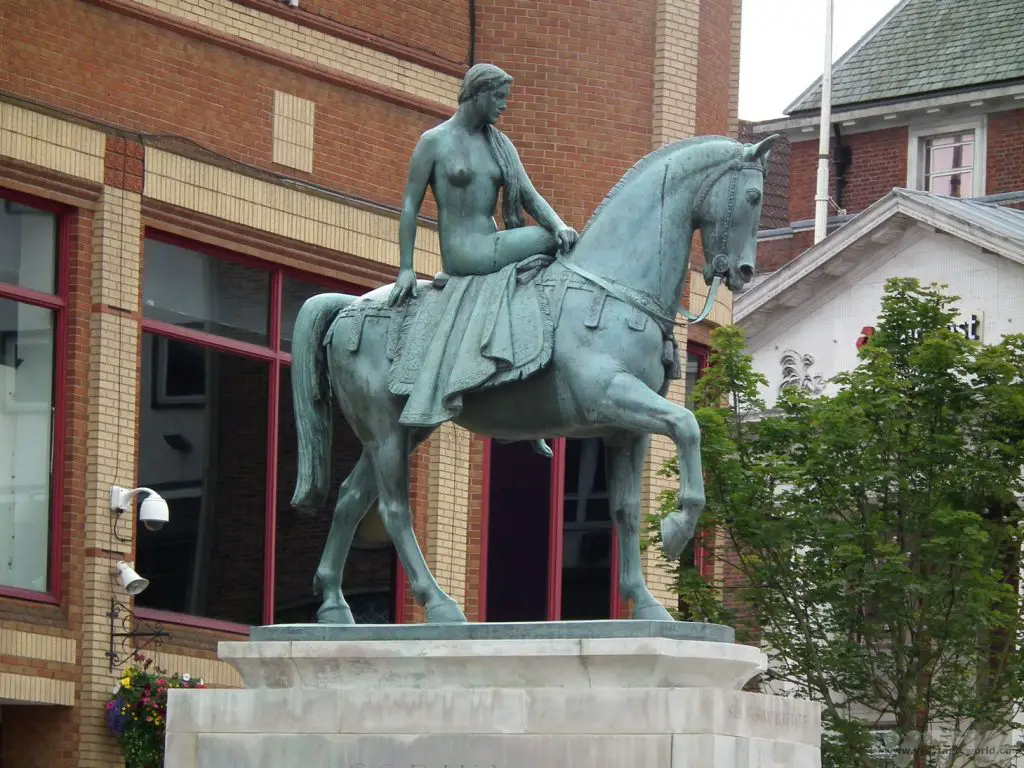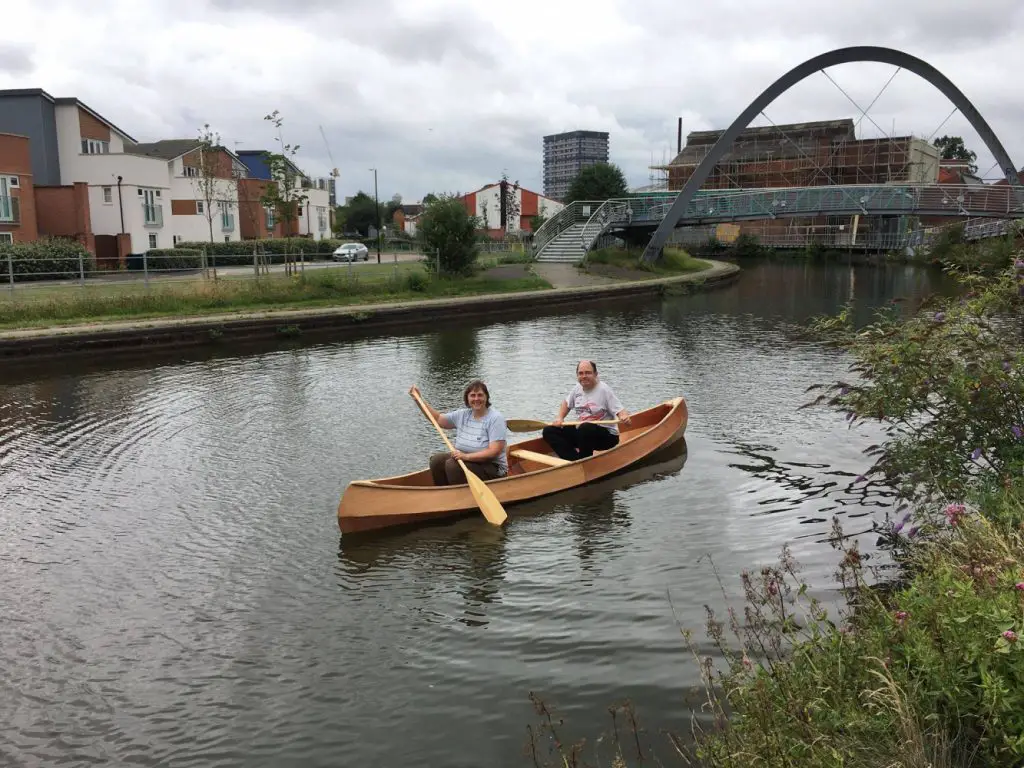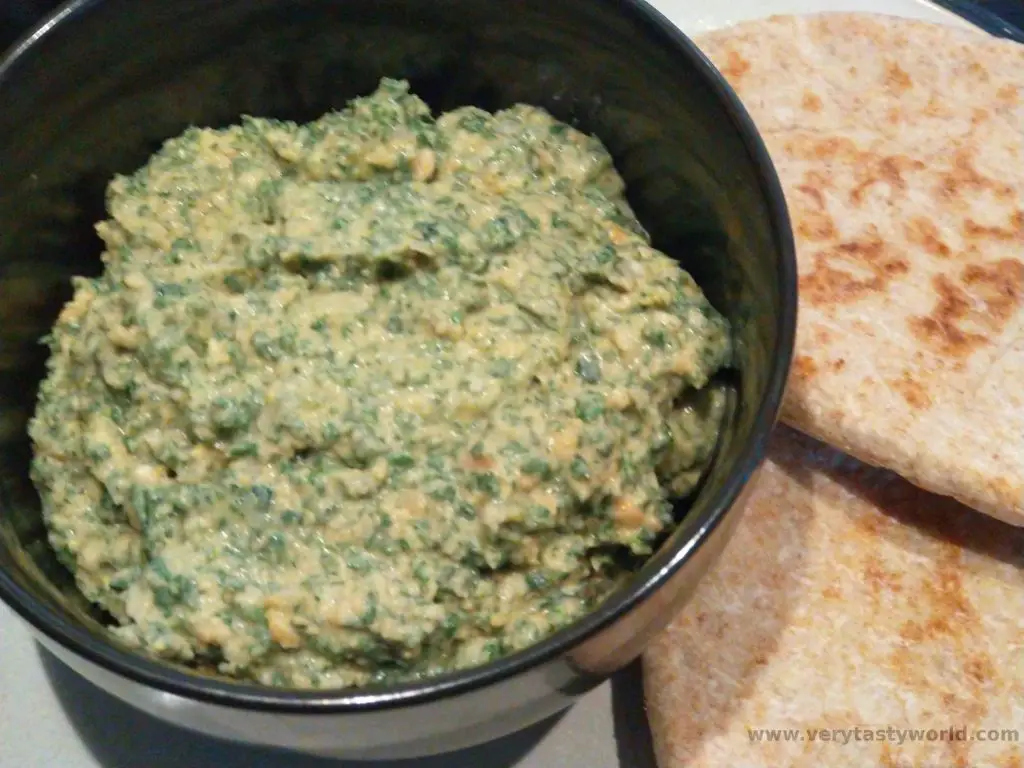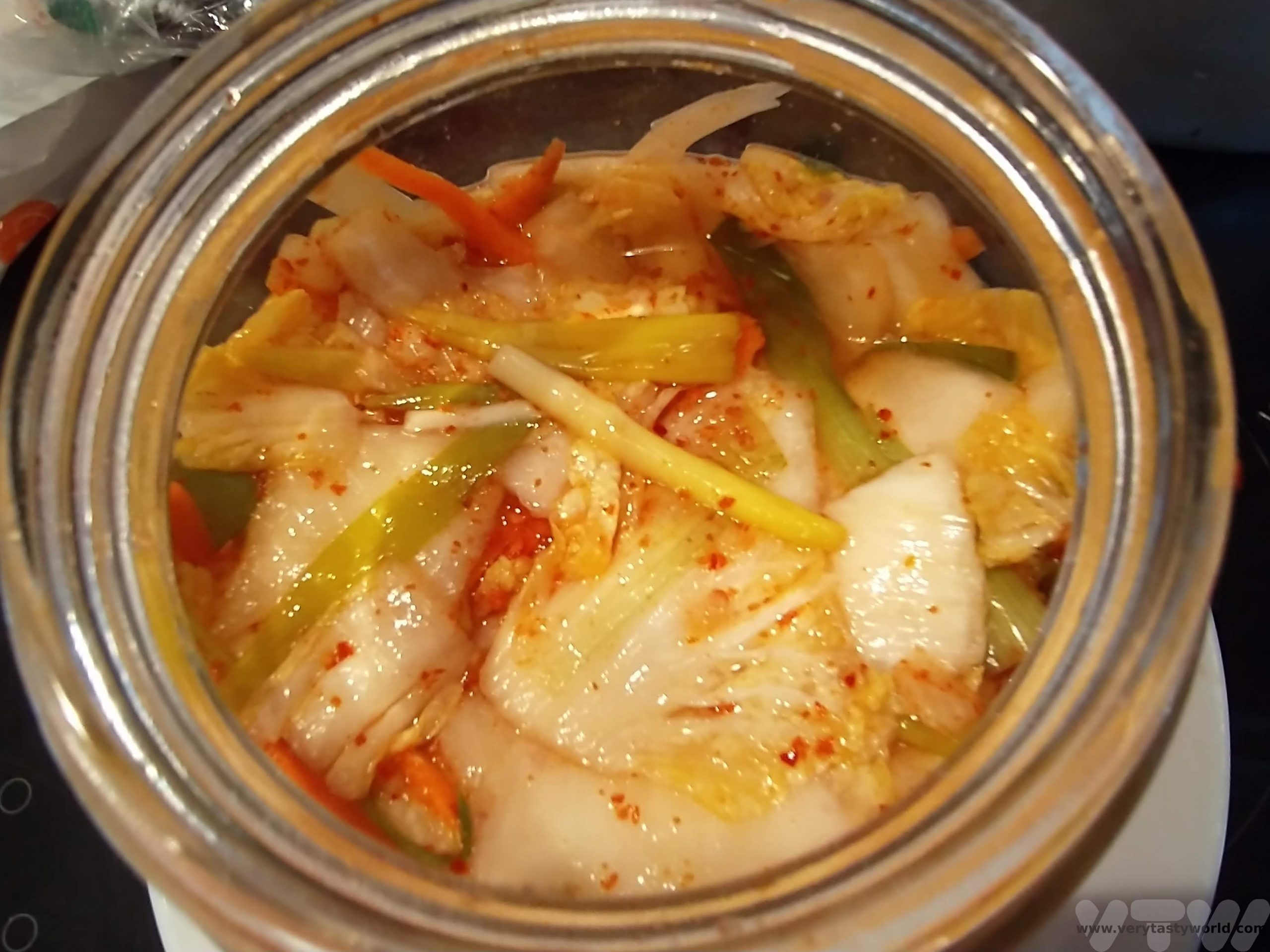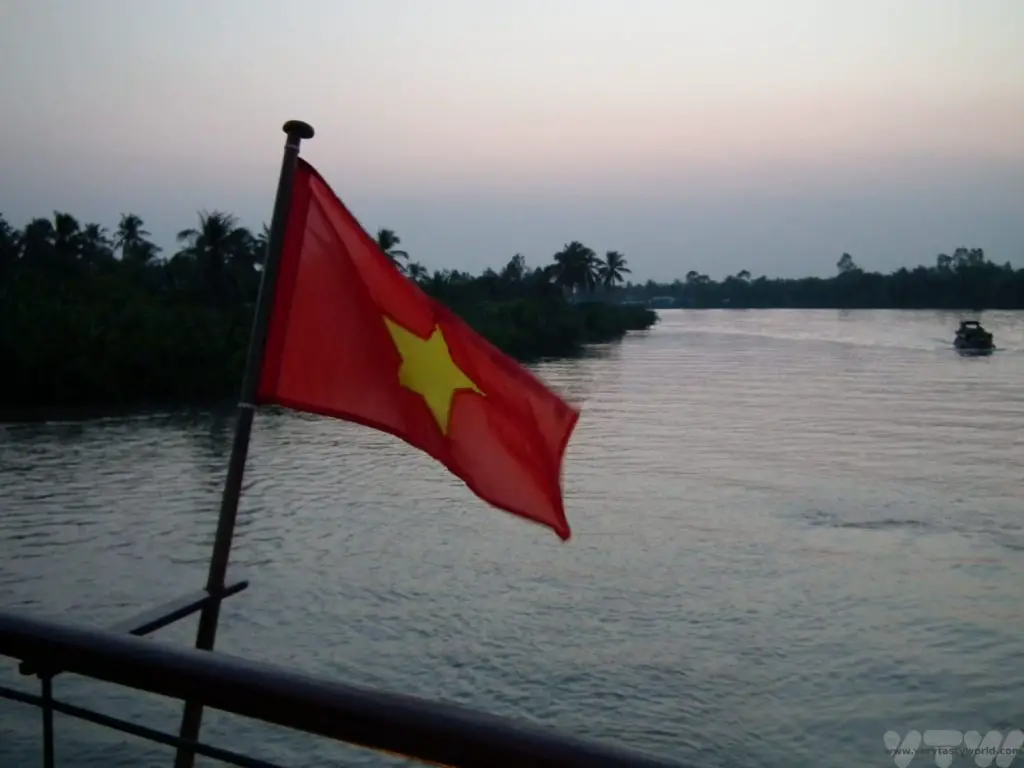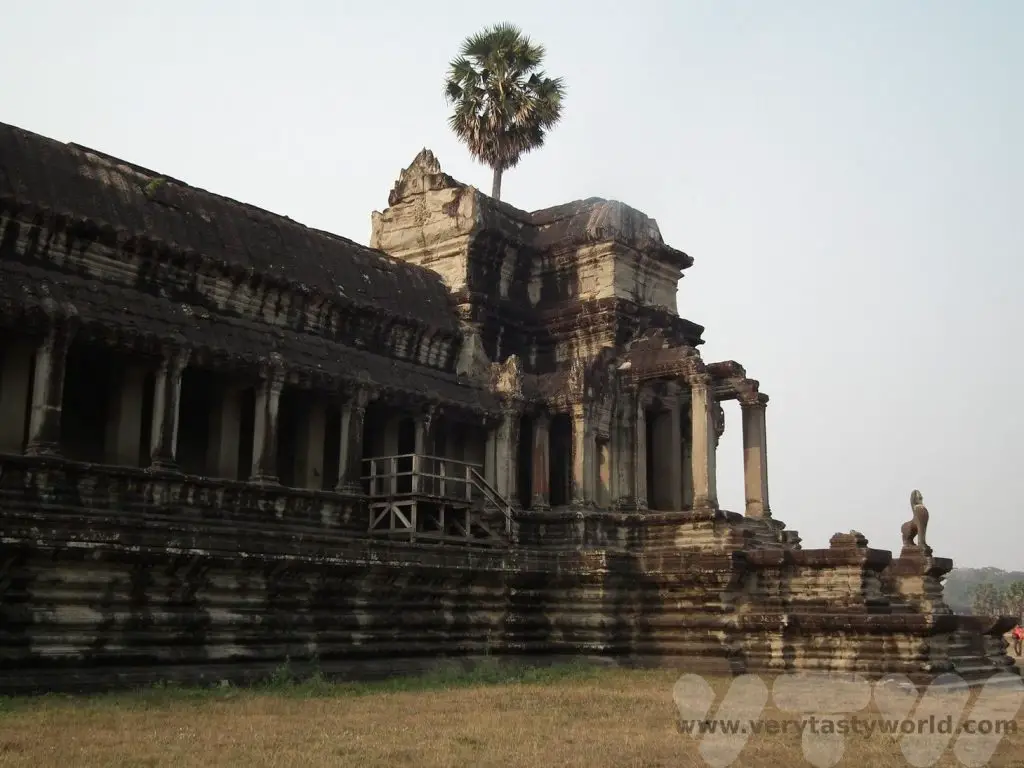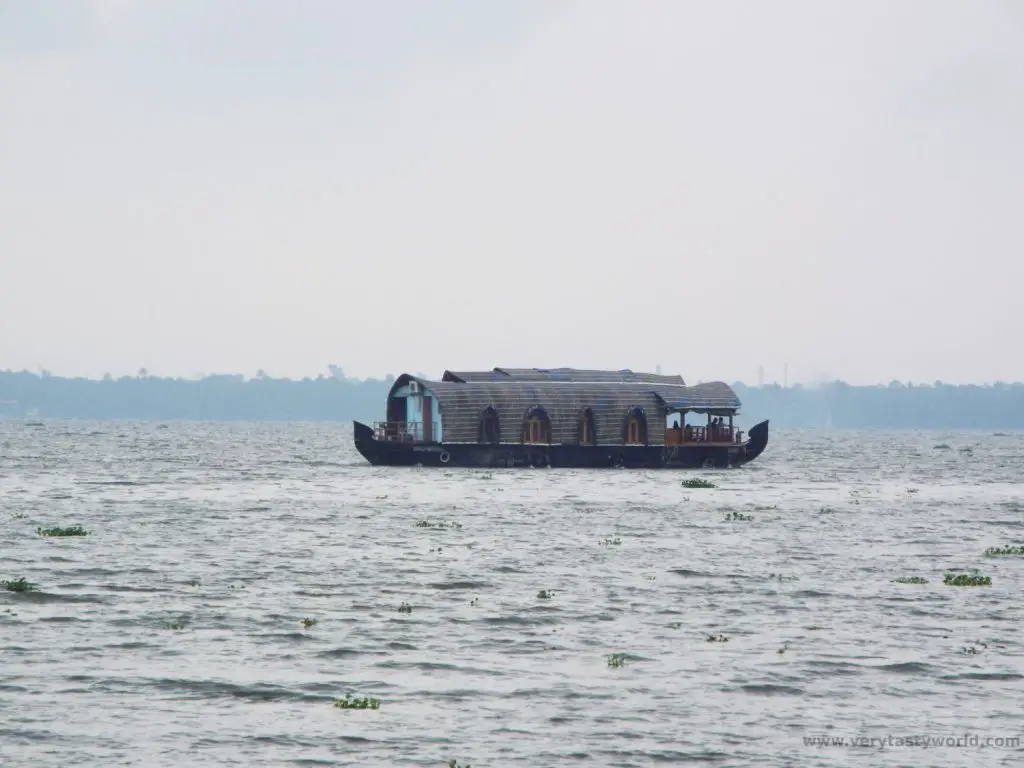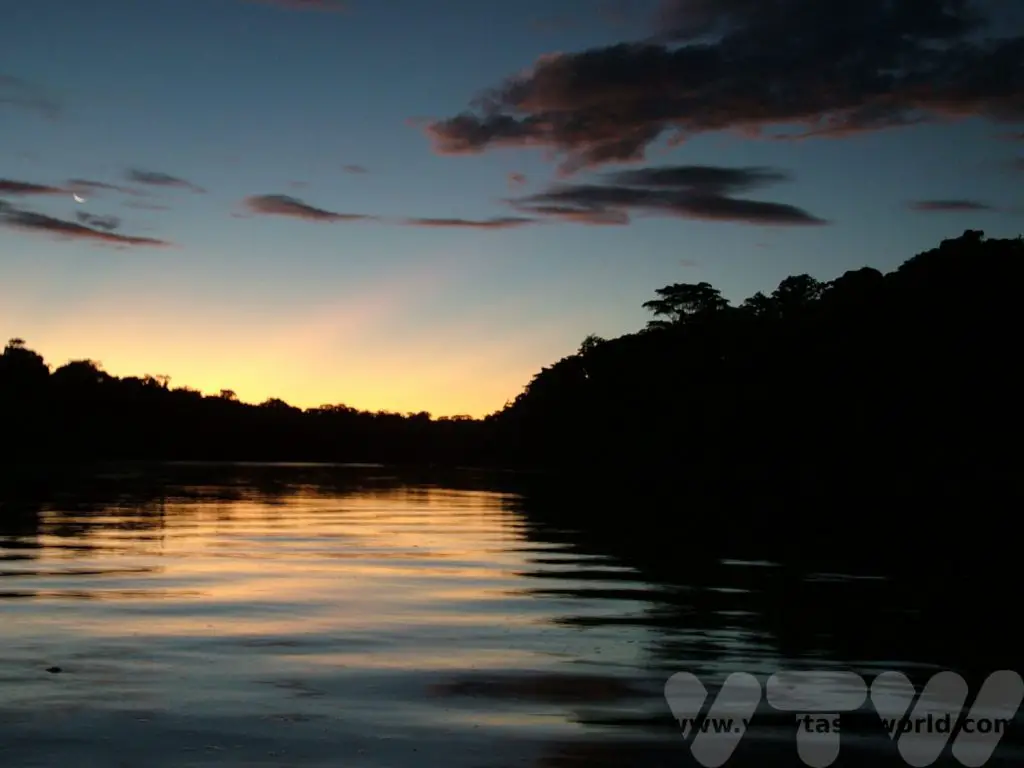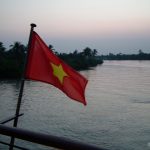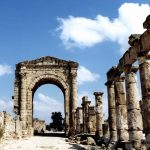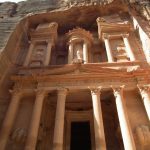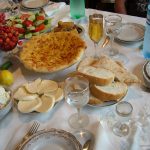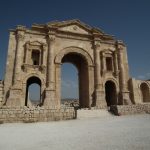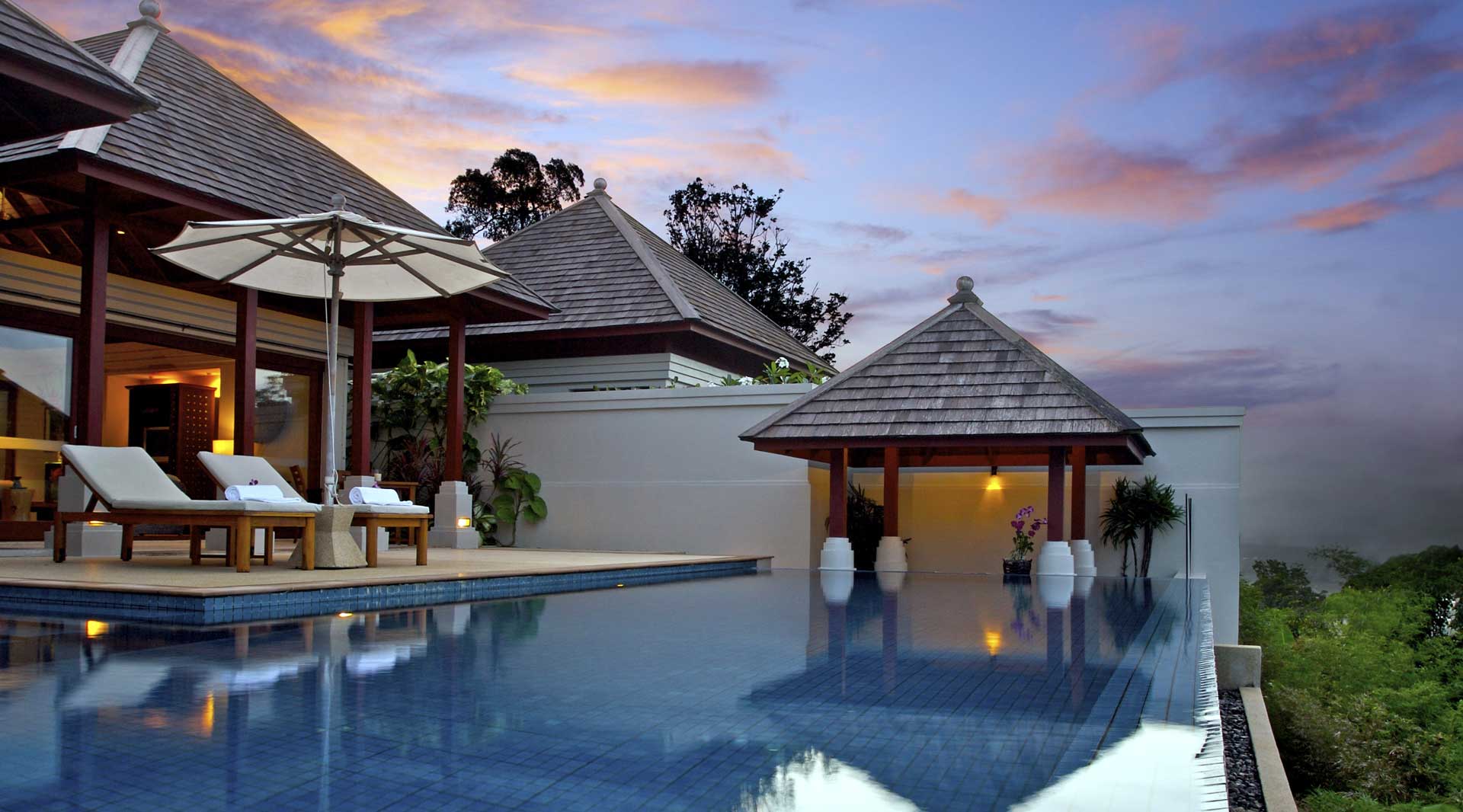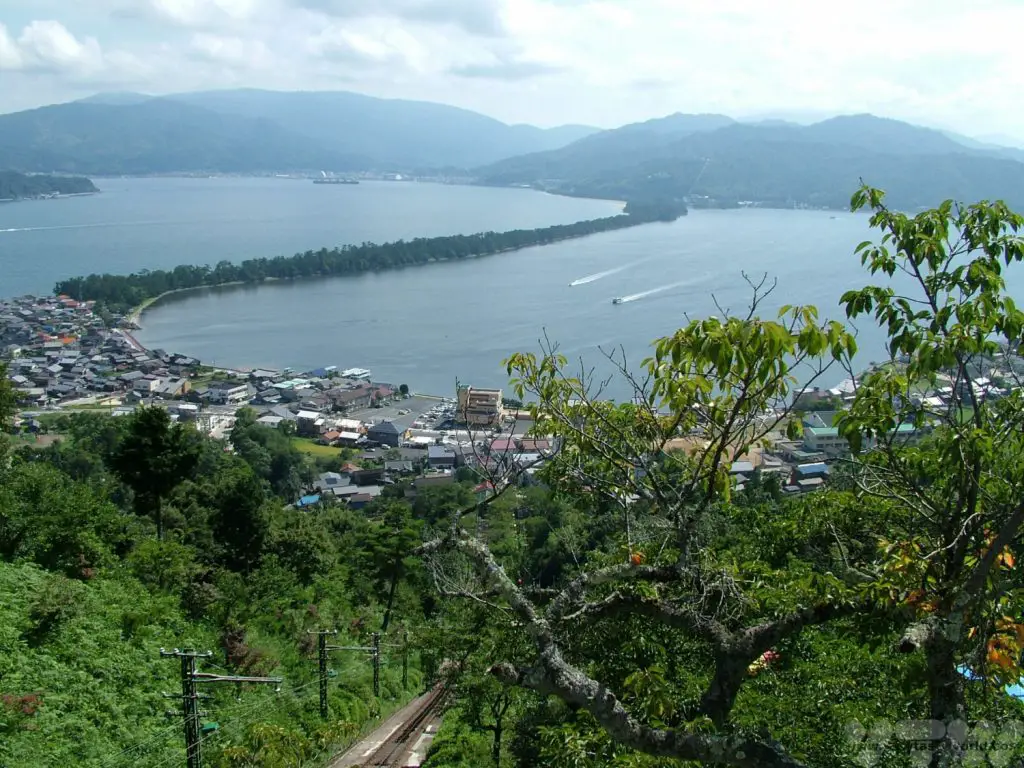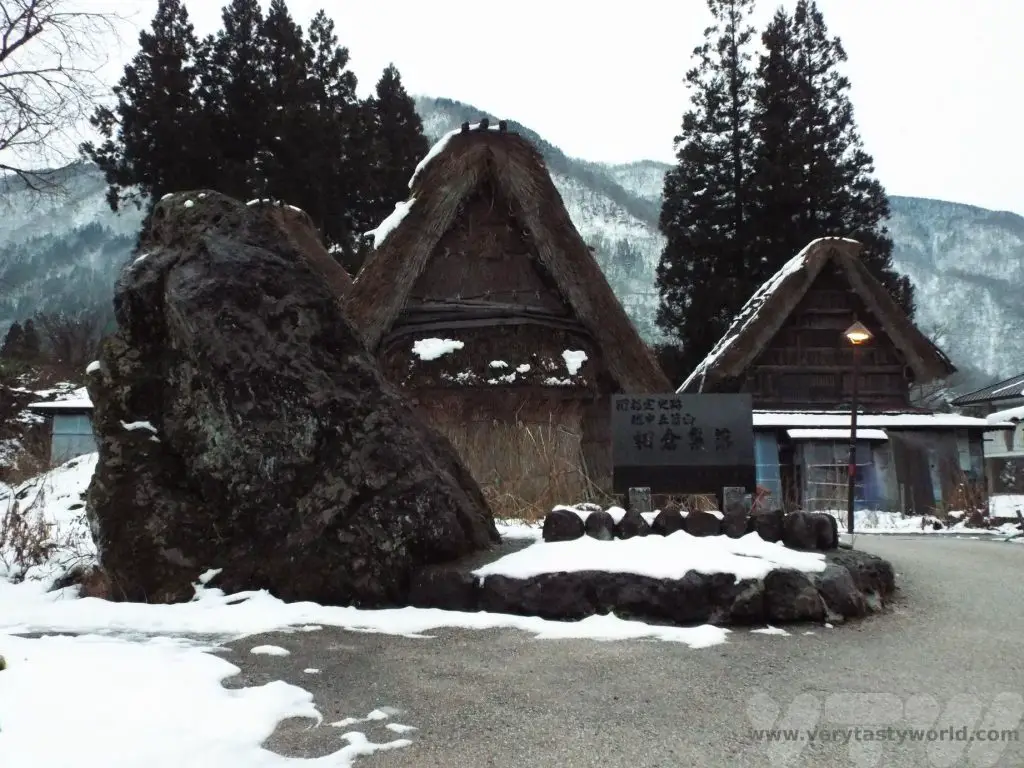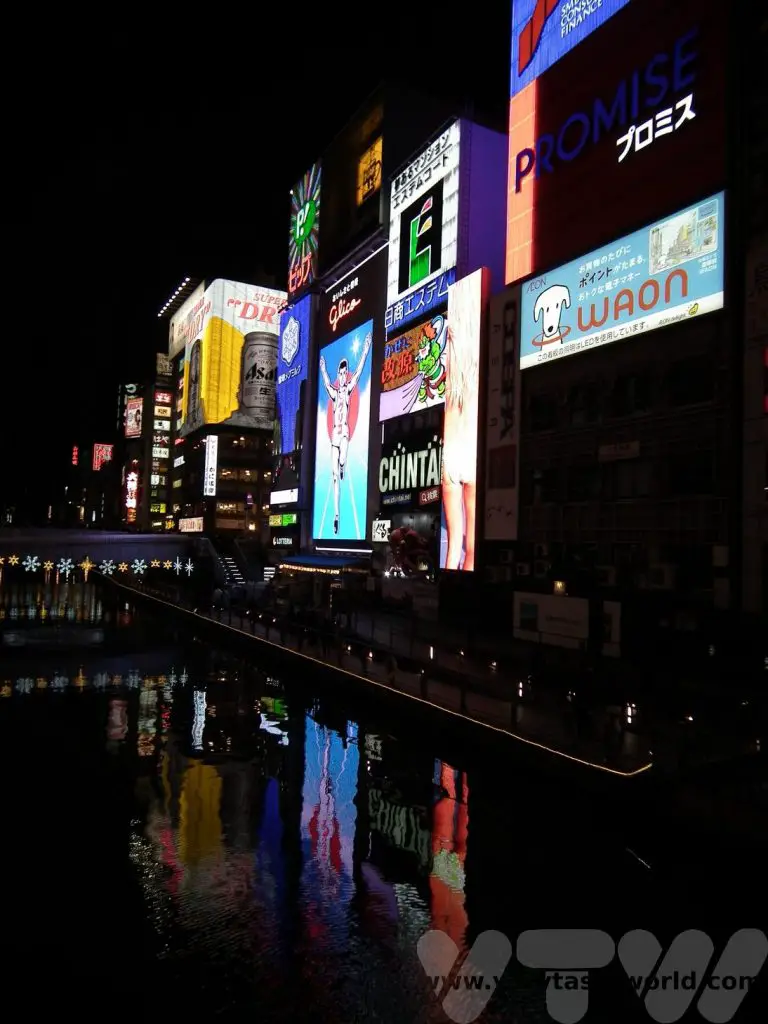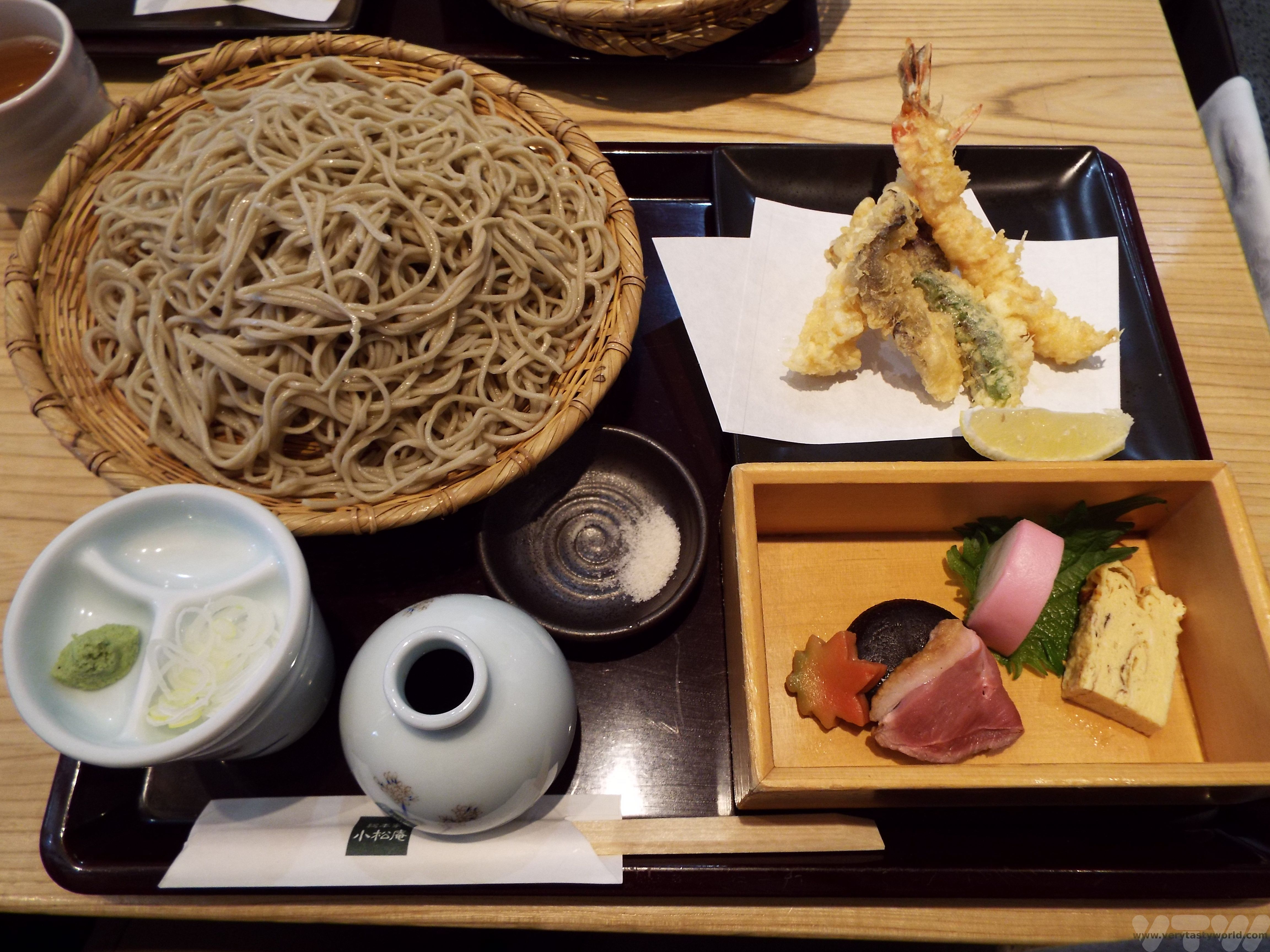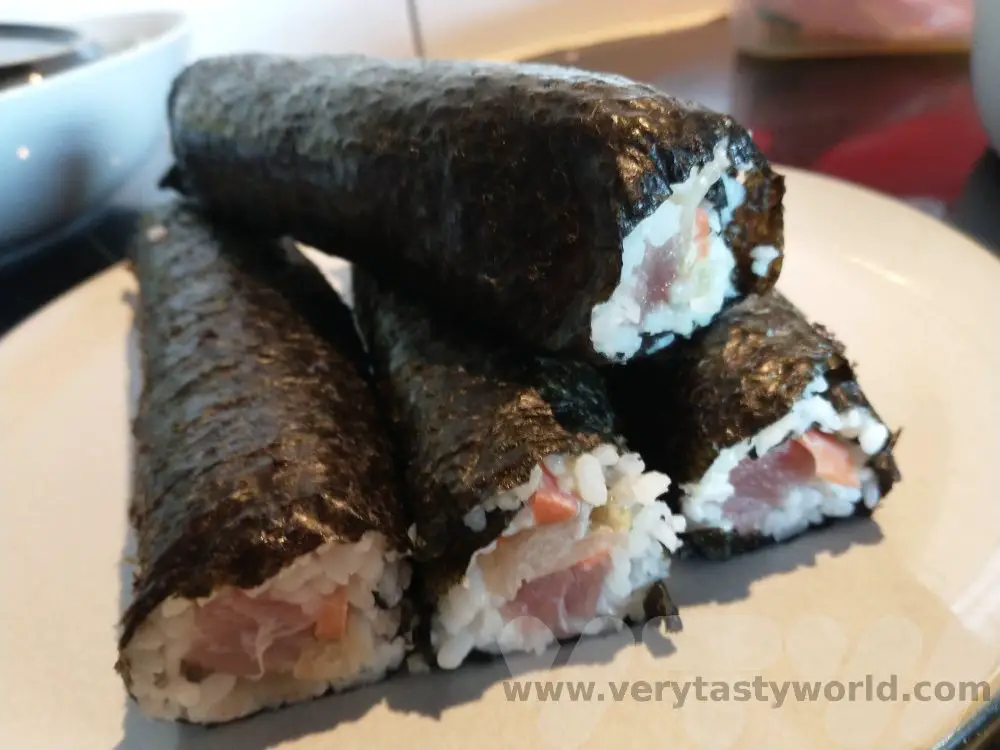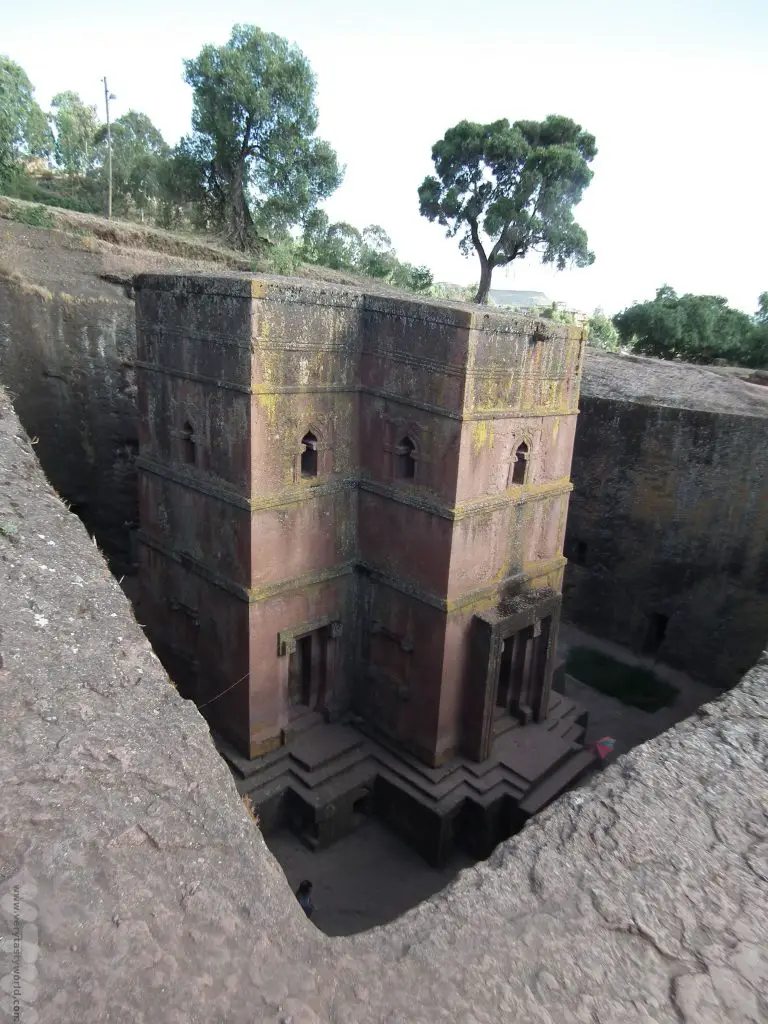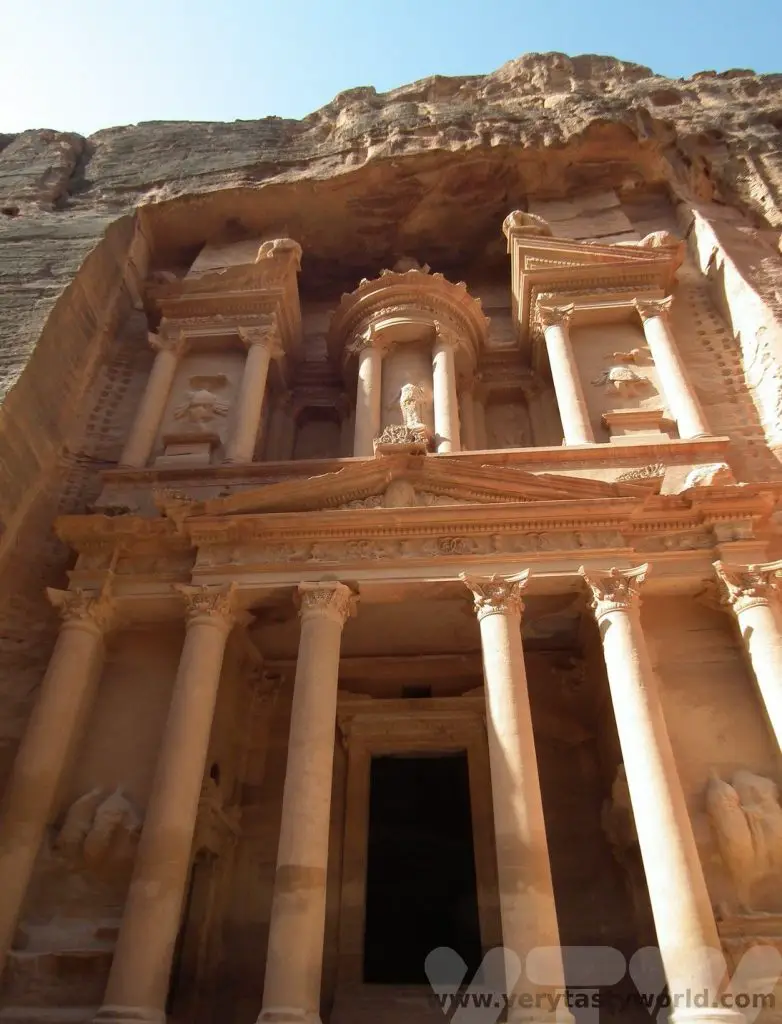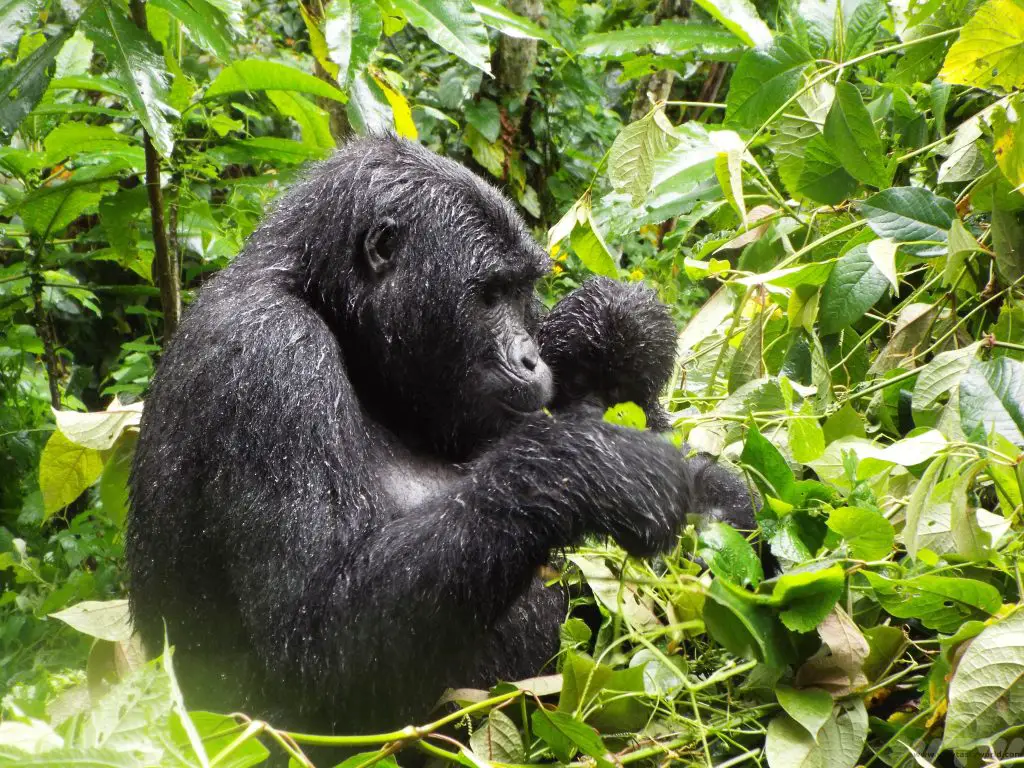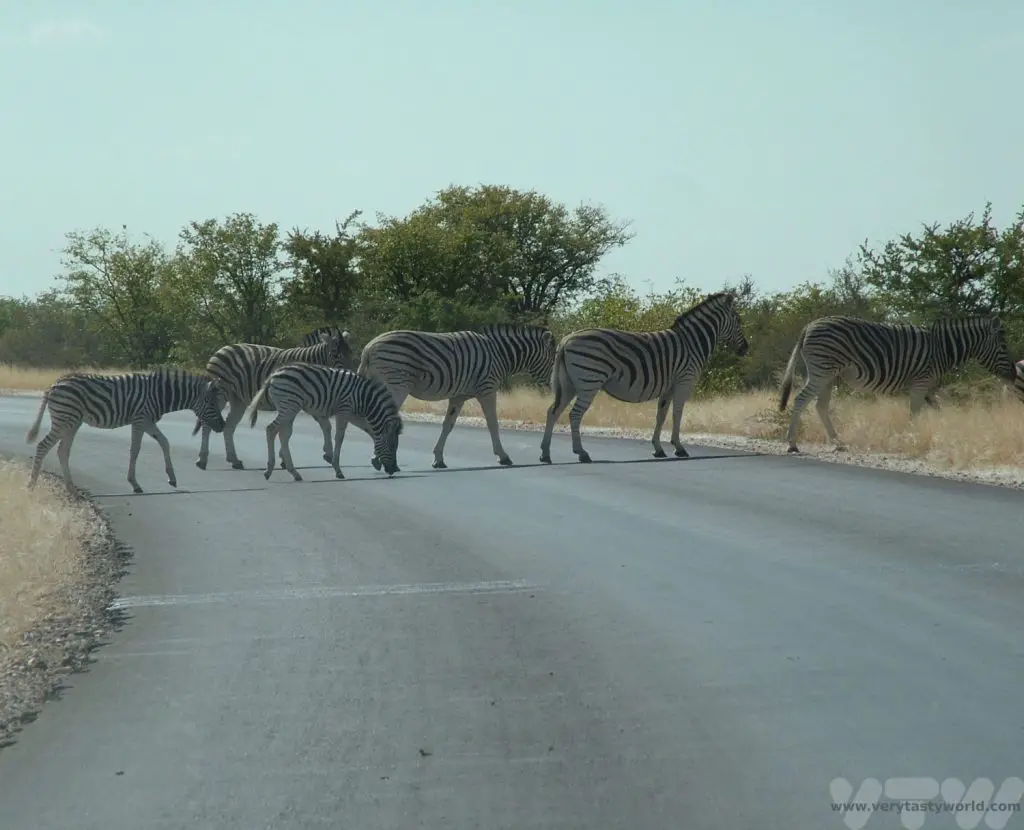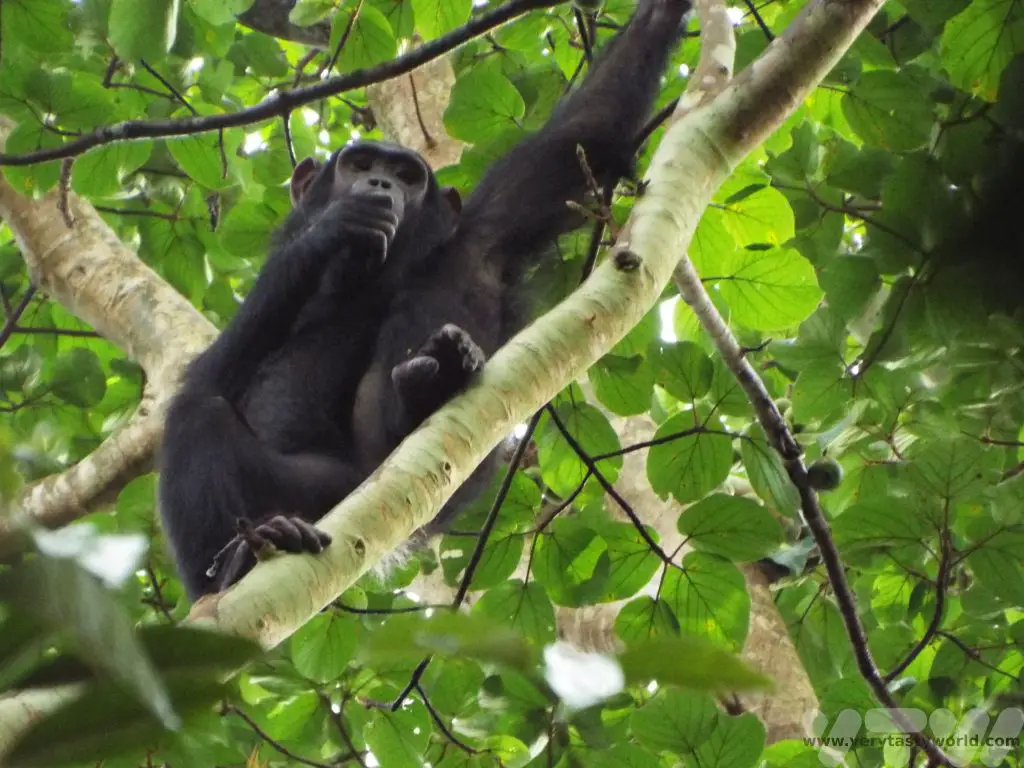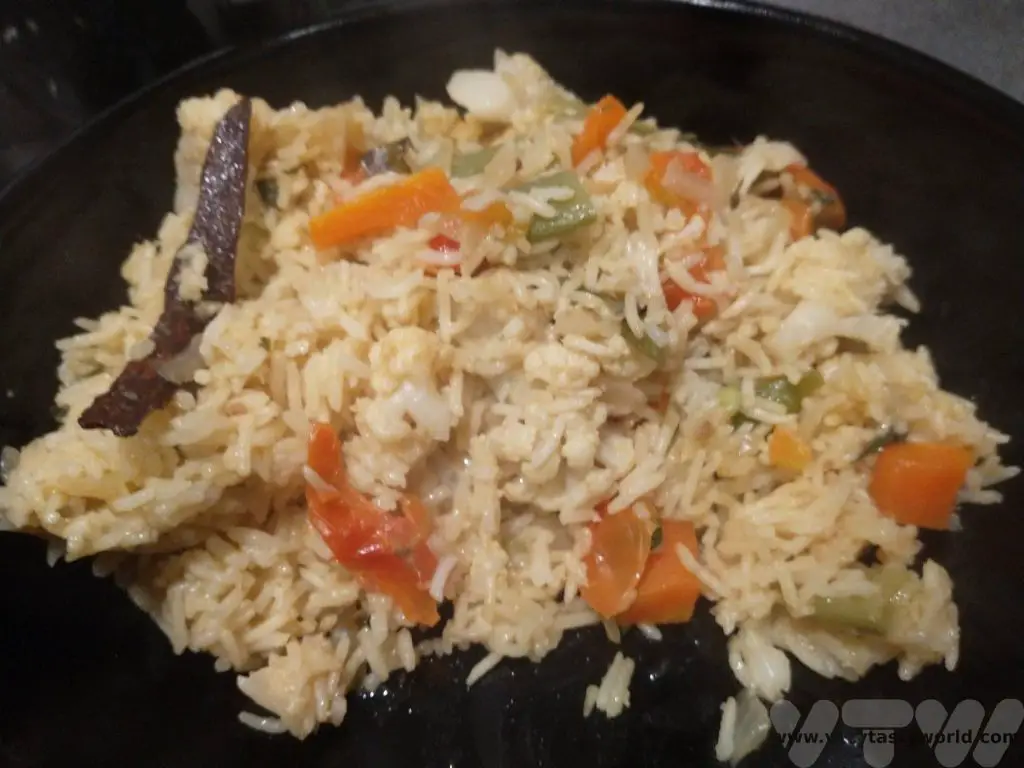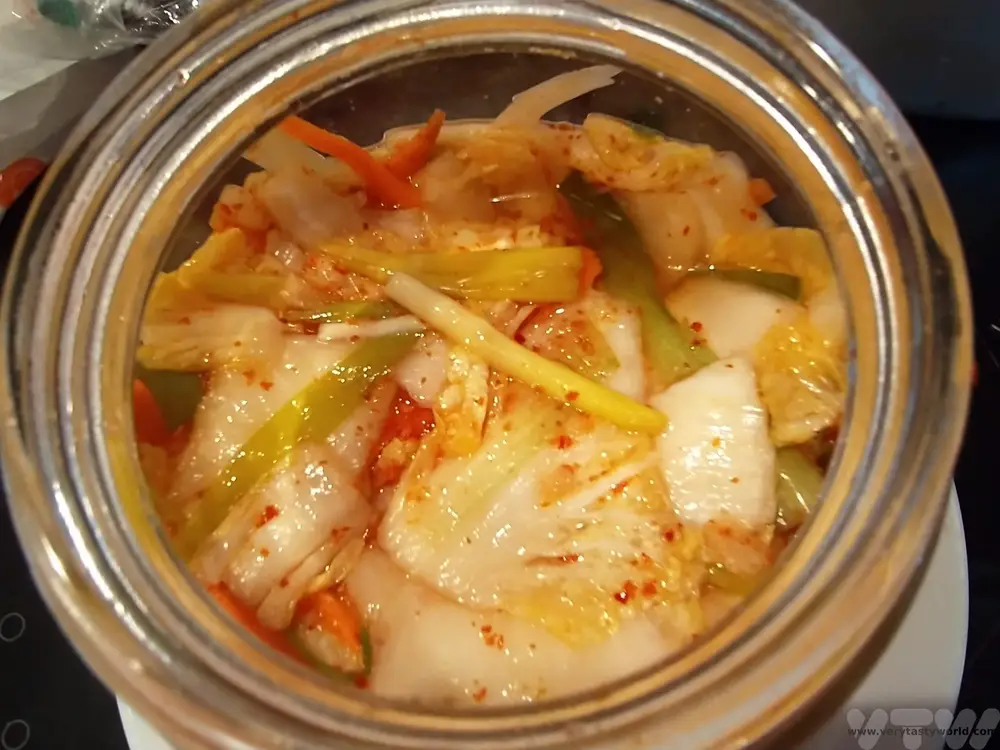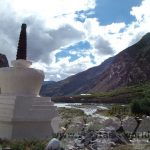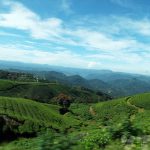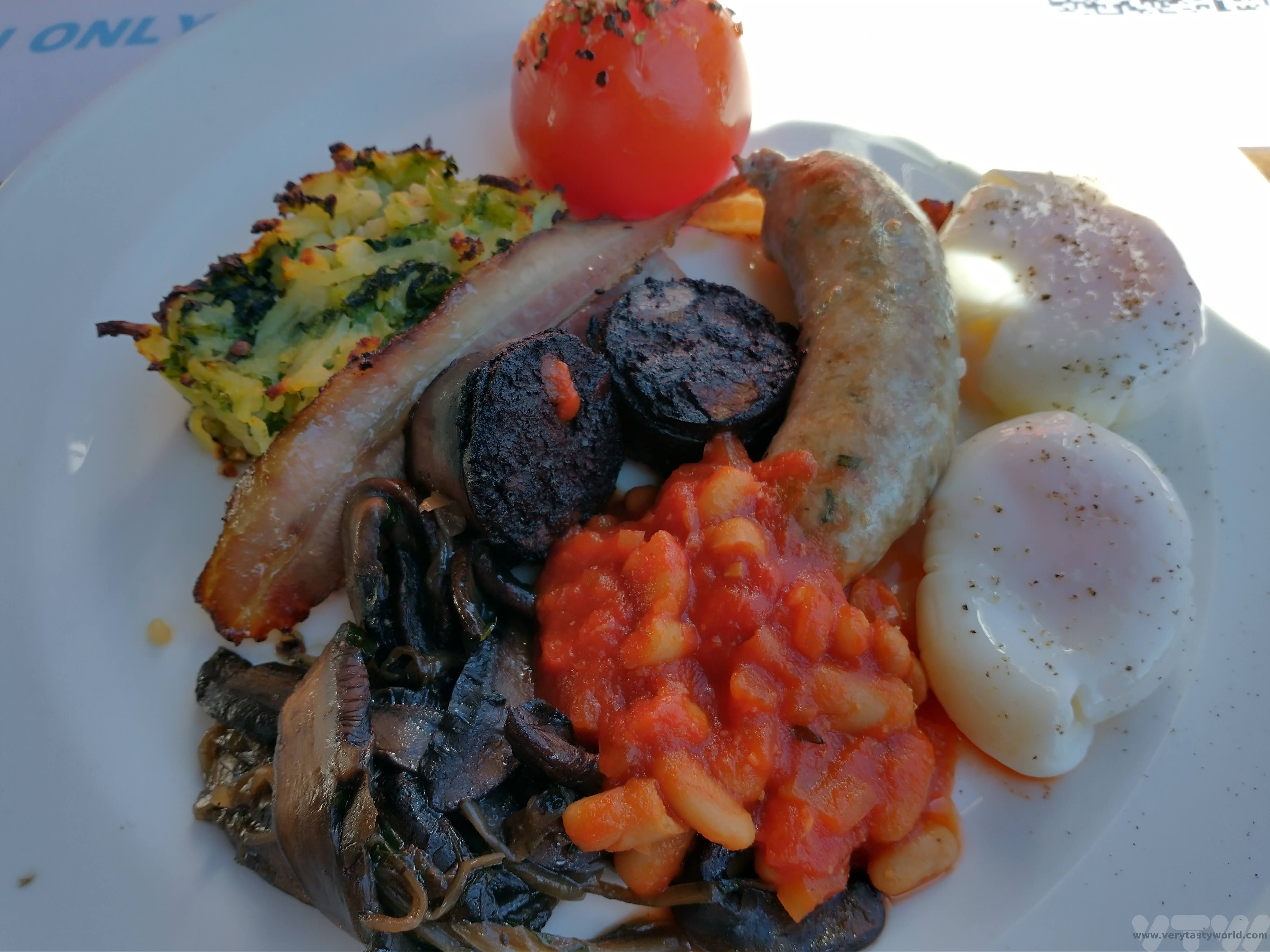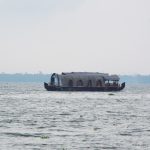Home » Countries (Page 3)
Category Archives: Countries
Afternoon Tea in Coventry
Everything Stops for Tea
Afternoon tea is a very British tradition. The British are, of course, well known for their love of tea.
Tea to the English is really a picnic indoors.
-Alice Walker
Afternoon tea originated in the early 19th Century. It was a time when tea drinking was becoming extremely popular amongst all classes but this was also a time when people tended only to have two meals a day: breakfast and supper. Supper was usually taken around 8pm in the evening which meant that there was an awfully long gap between meals.
Anna Russell, Duchess of Bedford and friend of Queen Victoria, invented the afternoon tea. She had decided that the gap between breakfast and supper was just too long (who can help but agree?) and she would start feeling peckish mid-afternoon. She solved this problem in around 1840 by indulging in a cup of tea and a snack at around 4pm. The tea was generally accompanied by bread and butter and some cake. She invited her friends to join her and soon enough afternoon tea became highly popular amongst high society.
The elements comprising afternoon tea evolved over the years. Fortunately sandwiches had already been invented by the Earl of Sandwich, who had discovered the joys of putting something delicious between two slices of bread in 1762, so afternoon tea could accommodate this as a menu item as well.
Scone? Or Scone?
Scones are also considered to be an essential element of afternoon tea these days. These are traditionally sweet scones, eaten with jam and clotted cream. The scones are presented whole: they should be cut in half and the jam/cream or cream/jam combination applied copiously. Never reveal whether you put the jam or the cream onto the scone first to anyone from the West Country. Devon and Cornish folk have very different ideas about the order in which the scone should be adorned. We politely suggest that they taste wonderful either way.
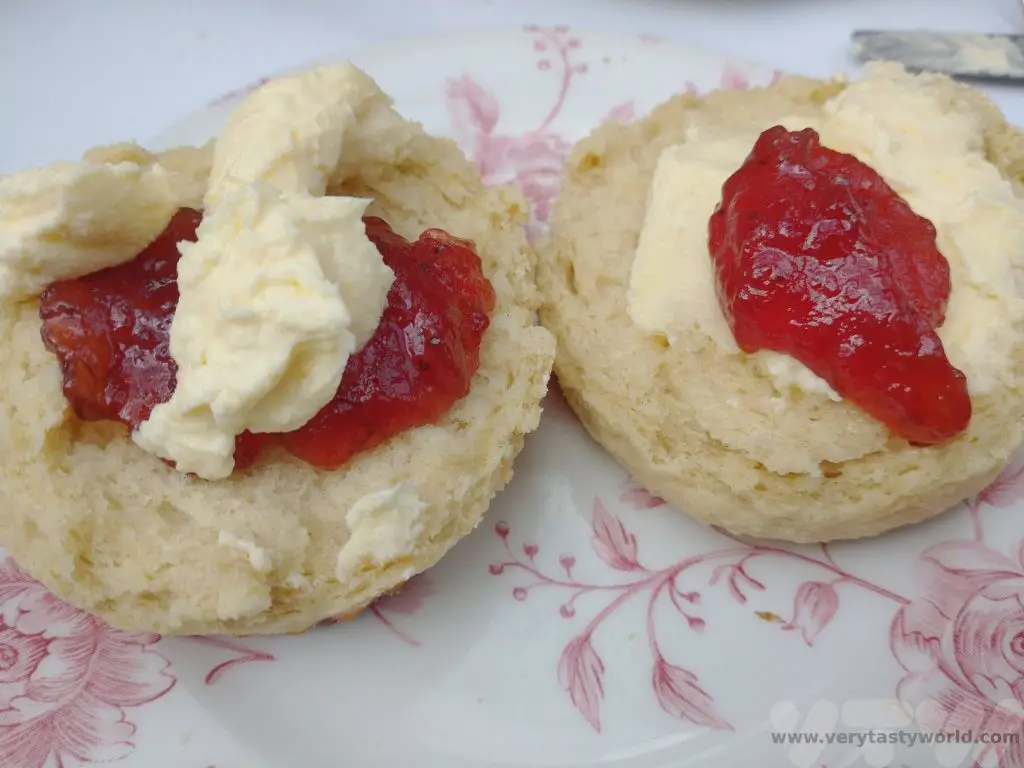
As well as disputes about how to eat scones the English also disagree on how to pronounce the word – is it scone to rhyme with ‘gone’ or scone to rhyme with ‘stone’? We’re originally from the south of England so both use the former but have regular arguments with friends about the true pronunciation.
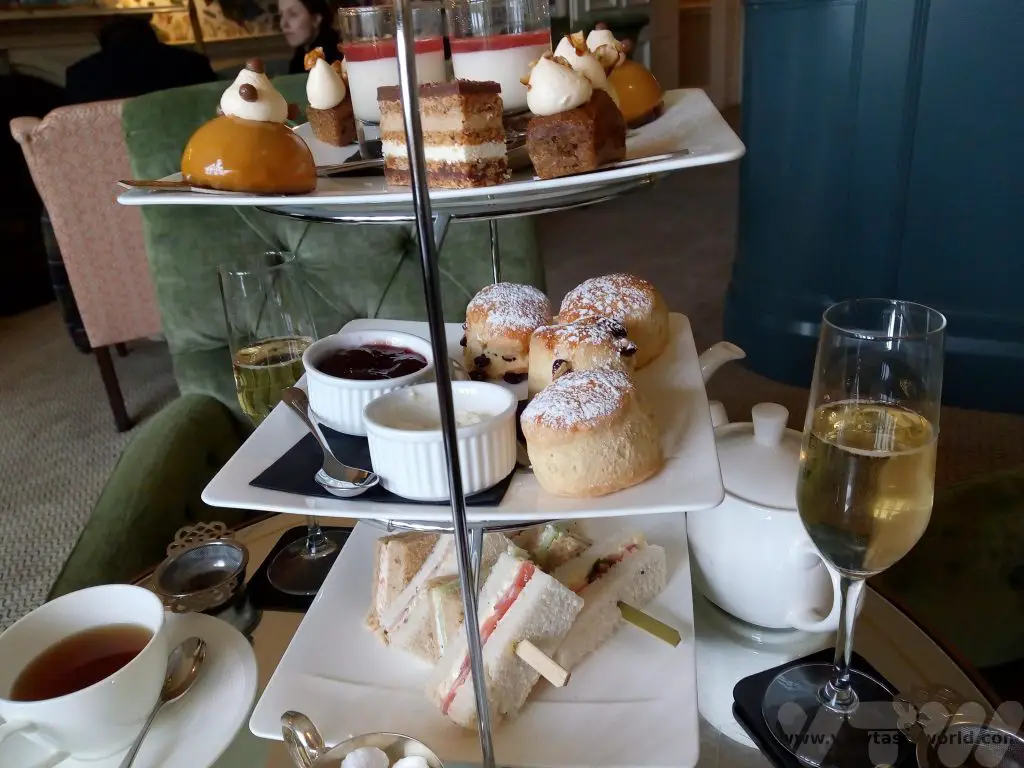
How To Enjoy Traditional Afternoon Tea
The quintessential afternoon tea comprises a selection of sandwiches, a couple of scones served with clotted cream and jam and a variety of miniature pastries, cakes or sweet treats. Served with a cup of tea. This might simply be an ordinary cuppa but it is more likely that you would be offered some speciality teas or herbal infusions. Coffee and hot chocolate are usually available for non-tea-drinkers. The more indulgent modern afternoon teas may also offer a tall glass of fizz; Champagne (preferably) or Prosecco to accompany the treats.
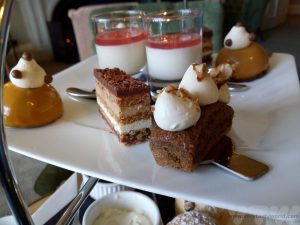
Etiquette suggests that you start with the savouries on the bottom tier. Scones should be eaten next, then finish with the sweet treats on the top tier.
This particular tea had four pastries each, including a fruity pannacotta and layered cake.
Almost a meal in itself, afternoon tea is refined and decadent.
Afternoon Tea in Coventry – Coombe Abbey Country Park
Coombe Abbey and Country Park is located a few kilometres outside Coventry city centre and is a delightful place to not only enjoy afternoon tea but also to spend time in the extensive 500 acre park, woodlands and gardens.
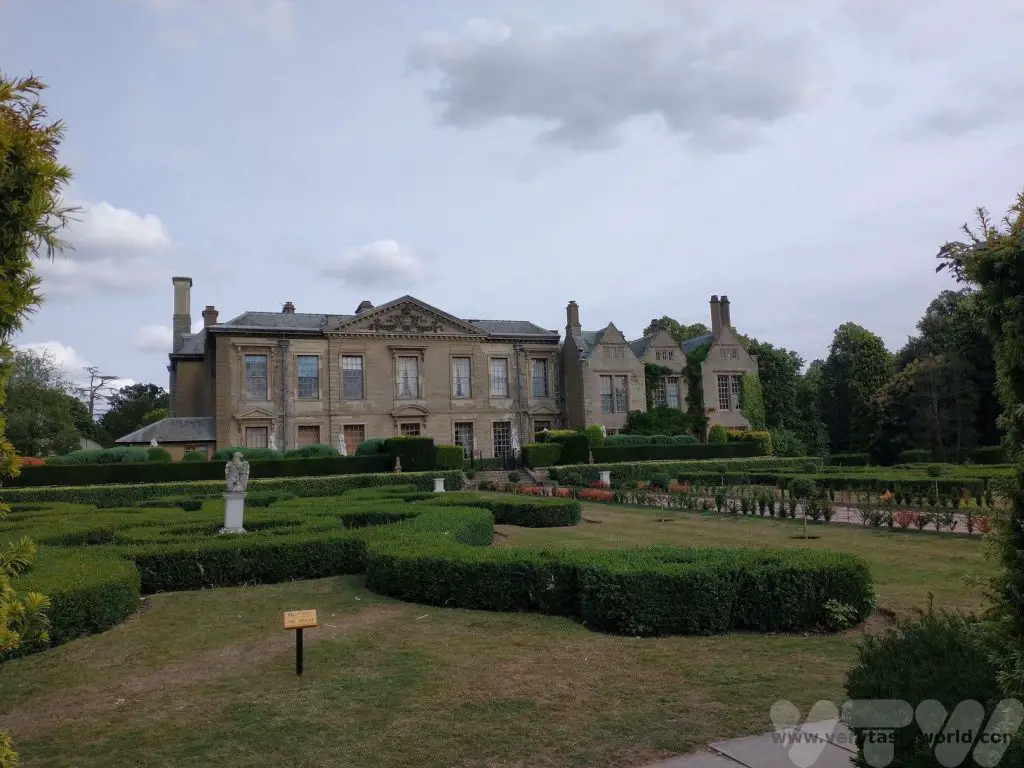
It’s possible to drive to Coombe Abbey. It takes around 15 minutes from Coventry city centre and parking fees are payable. It is a very popular place to visit at weekends and bank holidays, so sometimes the car park can be full. Alternatively you can catch the bus from Coventry’s central Pool Meadow bus station. The No 53 bus will get you there in about 40 minutes.
Coombe Abbey was originally a 12th-century Cistercian abbey that has now been converted into a hotel.
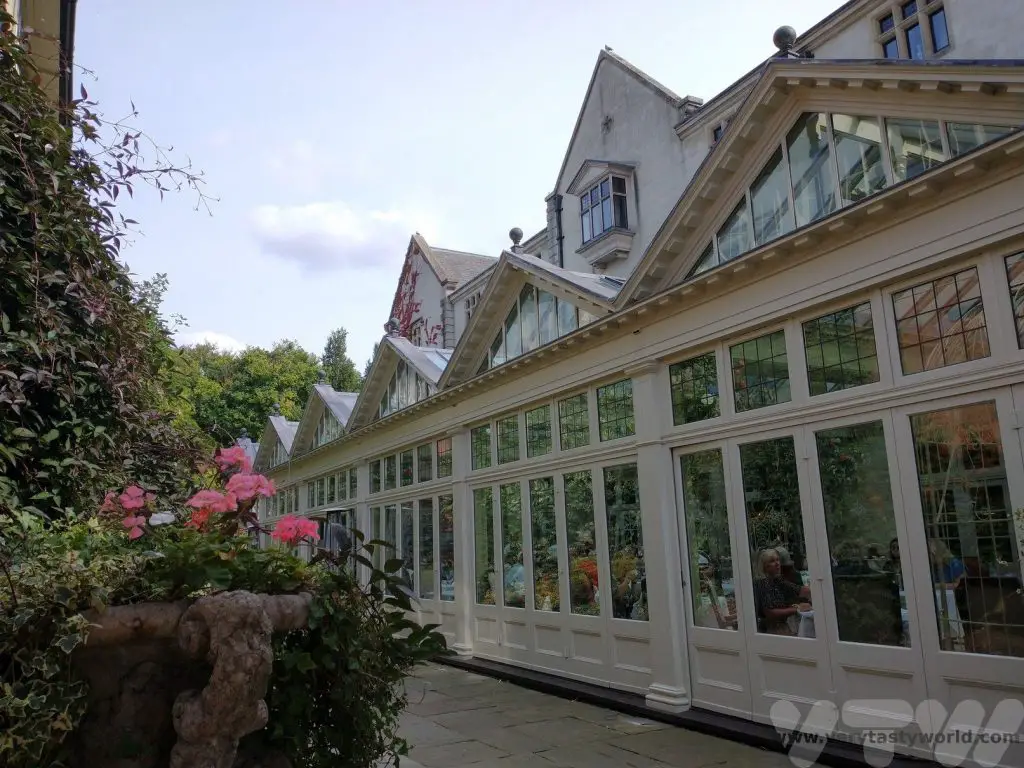
Afternoon tea is held in a lovely garden room, a light and airy space.
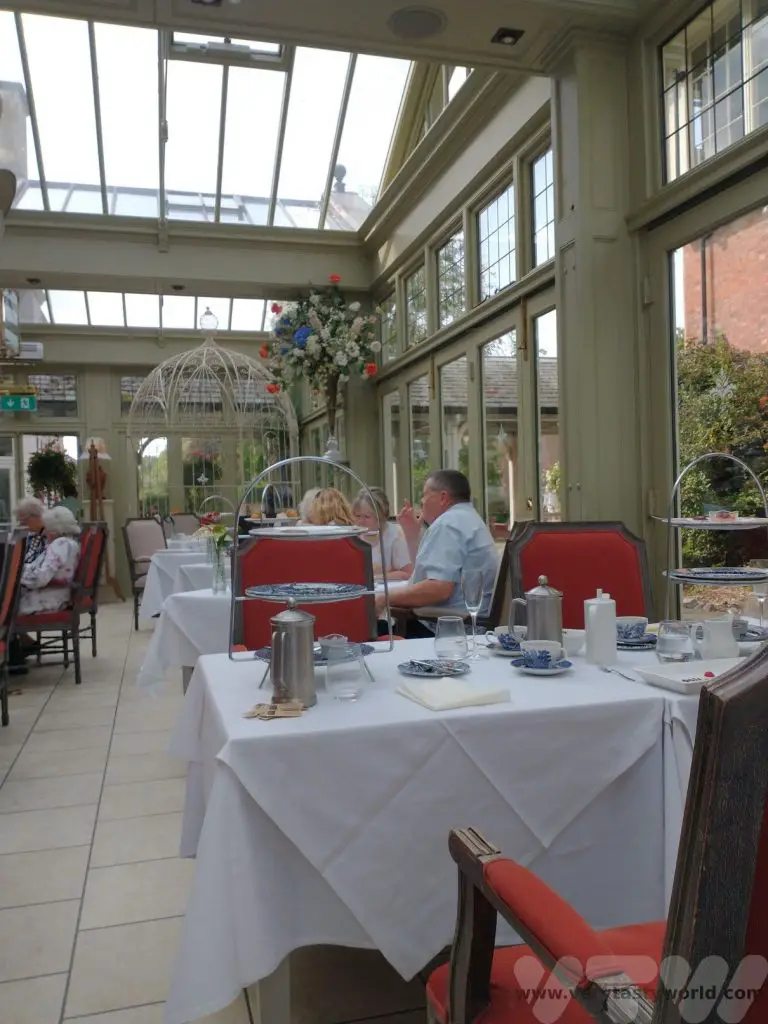
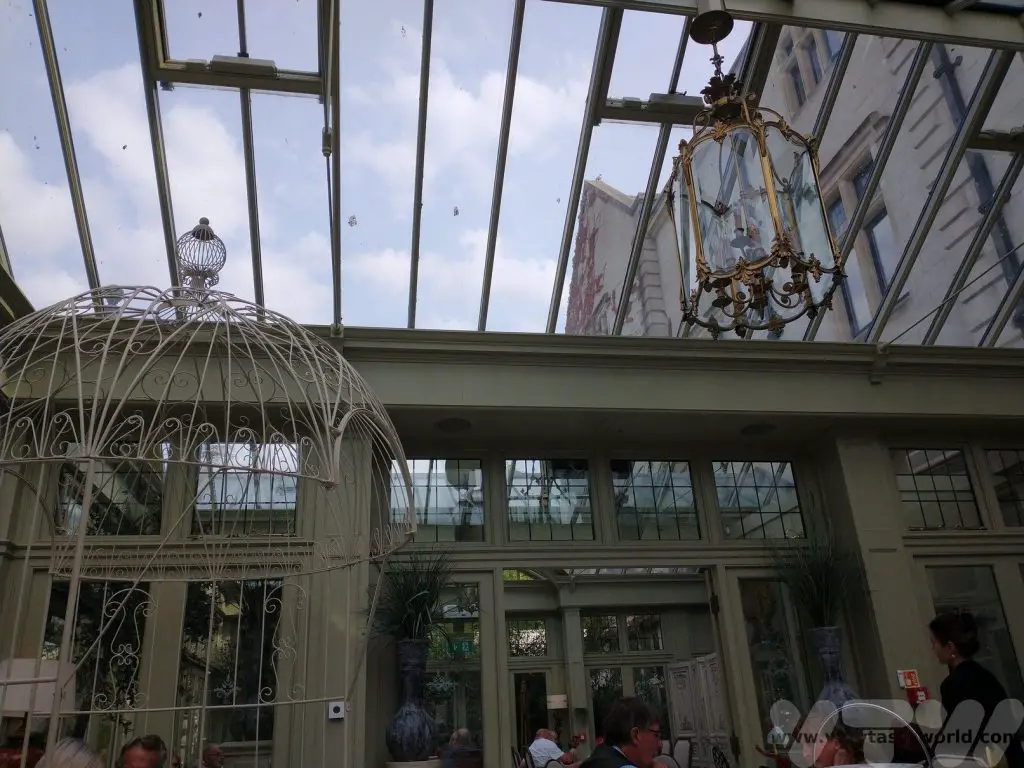
There are a variety of options available from traditional afternoon tea to savoury offerings. There is a wide variety of teas on offer – from great quality black tea to some more unusual options such as gin and tonic tea. If you’re feeling decadent, a glass of bubbly is also available.
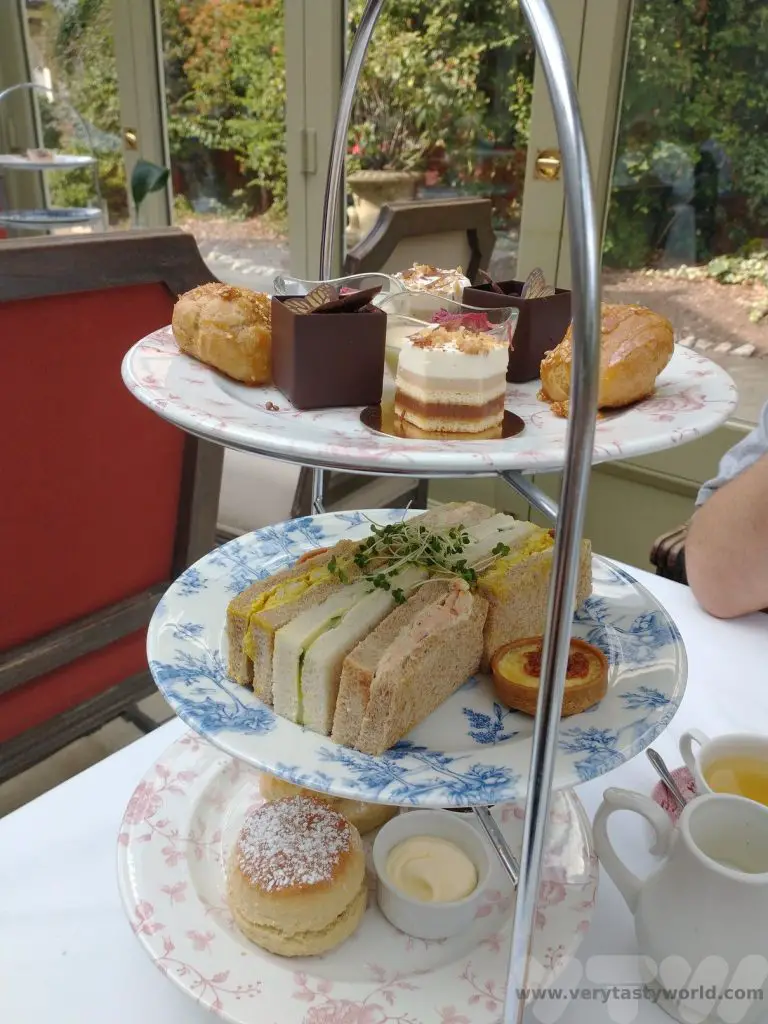
The petit fours are beautifully made.
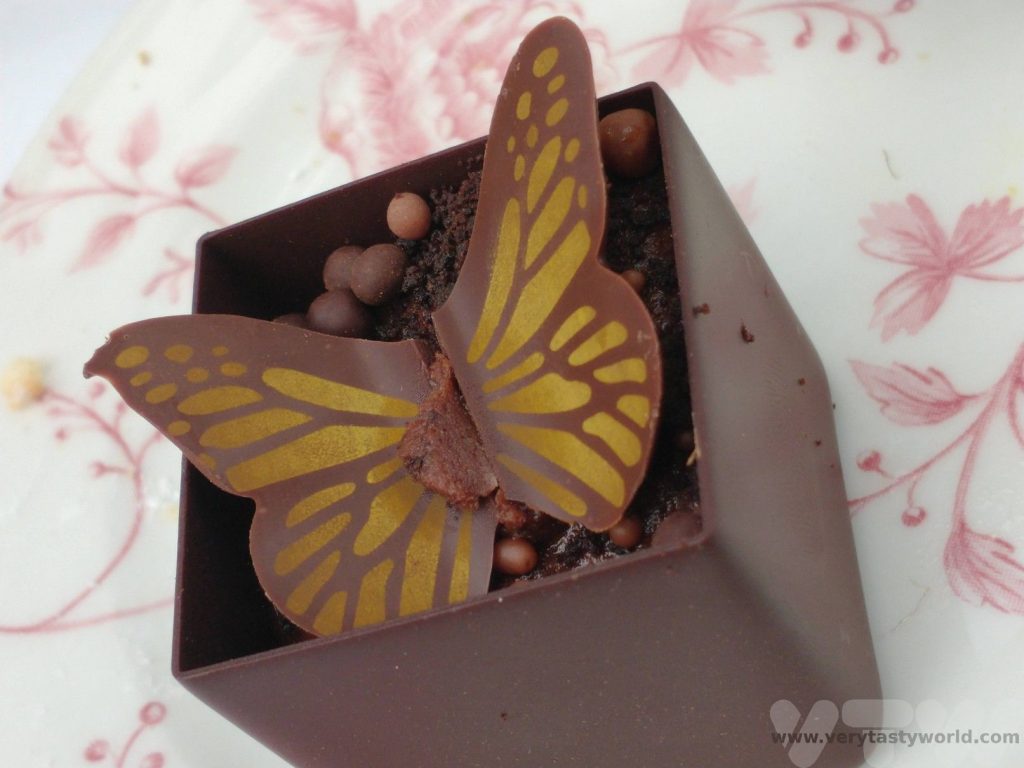
Prices range from £20 to £47 (July 2023) depending on the decadence of your choice of tea and whether you wish to indulge in fizz. The prices also vary depending on whether you are visiting during the week or at the weekend (weekend prices are higher). Afternoon teas at Coombe Abbey are very popular so booking is essential.
Other Things to Do In The Area
The grounds of the country park are delightful for walking in. There are several lakes and an extensive woodland to explore.
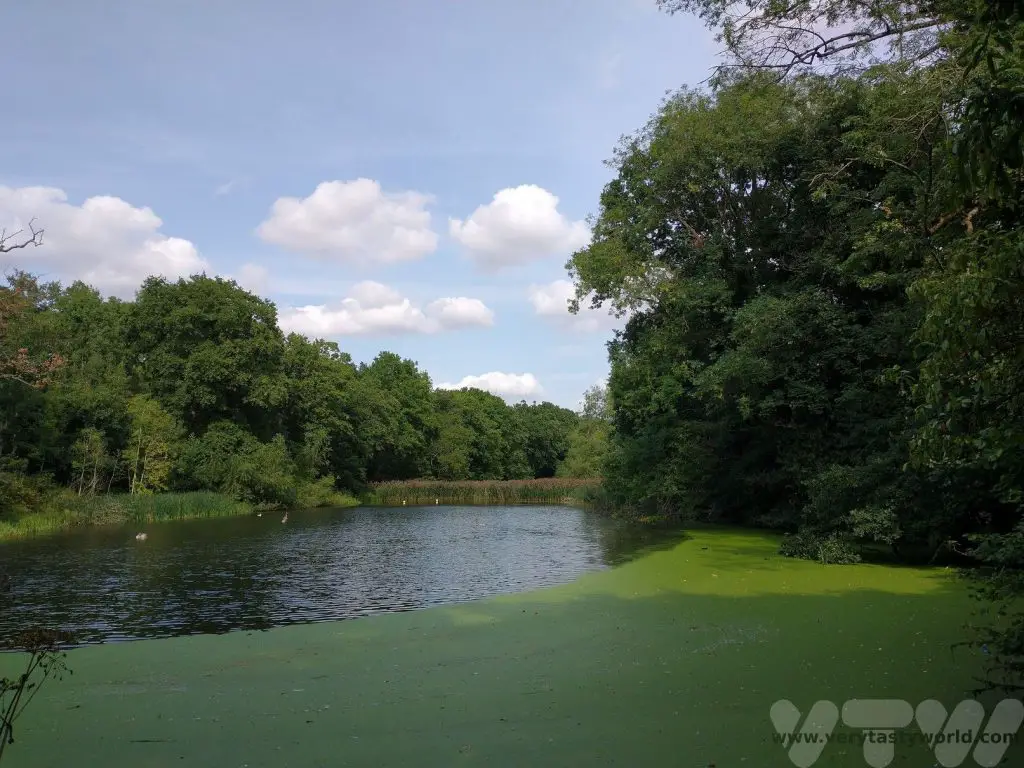
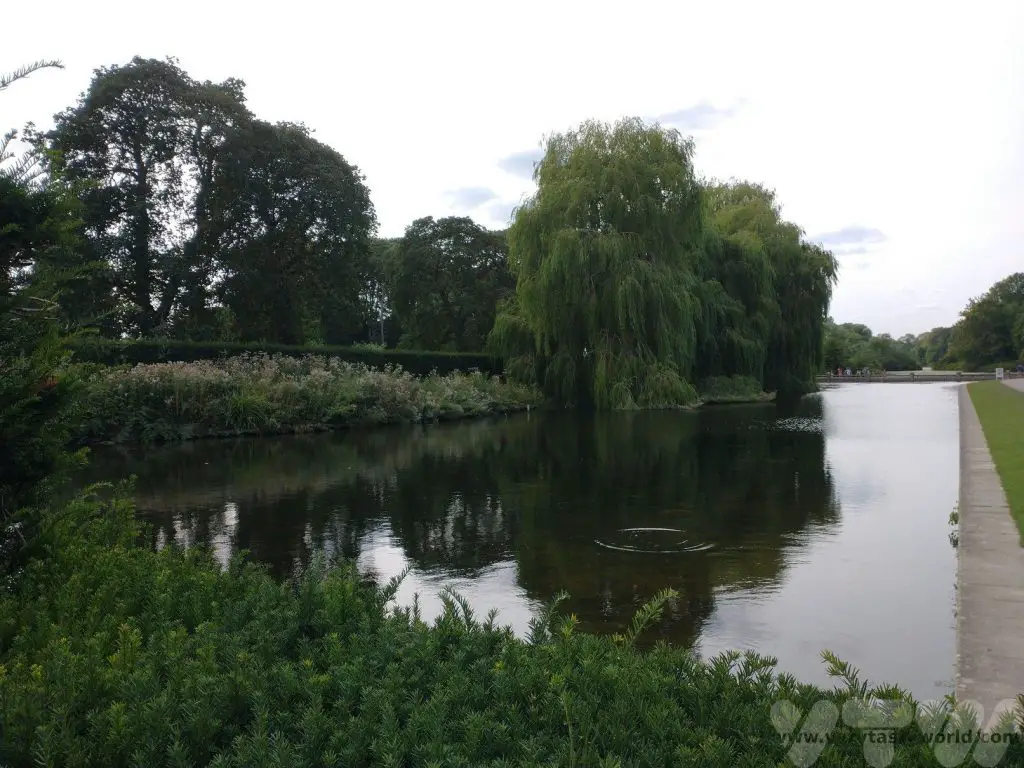
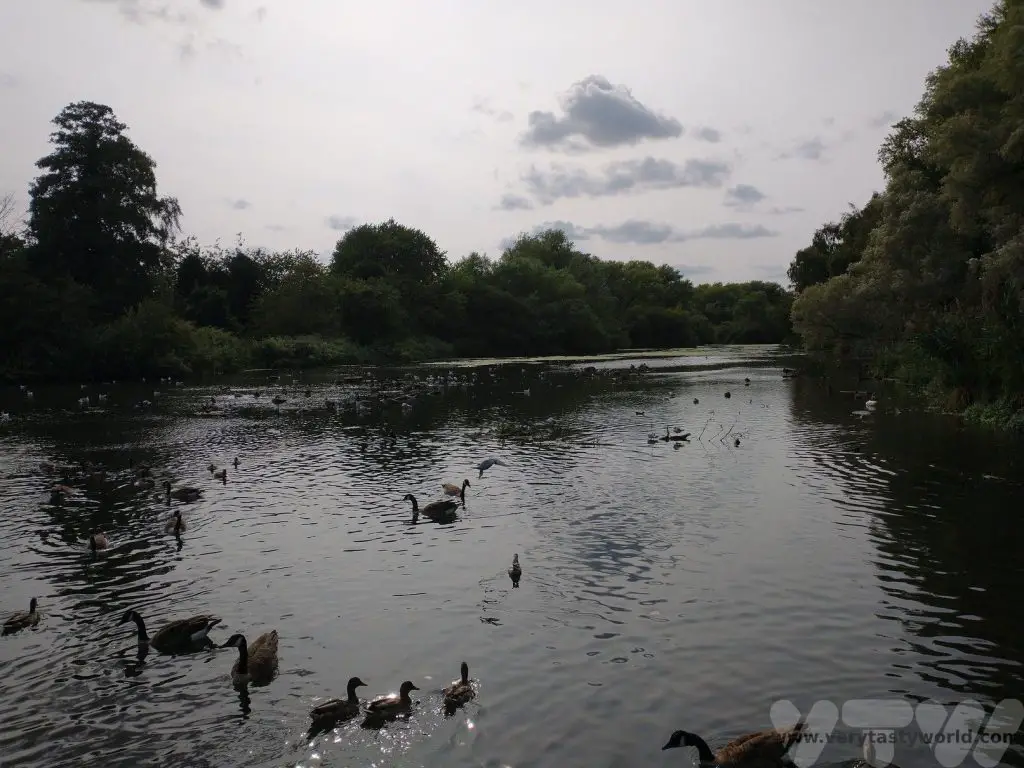
If you are feeling adventurous there is also a Go Ape facility where you can exercise your inner child and go climbing in the treetops and enjoy the exhilaration of zip wires and a tarzan swing! (Probably best to enjoy before taking afternoon tea!)
And if you’re still feeling hungry, Coombe Abbey offers mediaeval banquets in the evenings – great food and entertainment guaranteed.
Afternoon Tea in Coventry – Tales of Tea at St Mary’s Guildhall
Recently refurbished, St Mary’s Guildhall is one of the most important surviving guildhalls in the country, dating back to the 1340s.
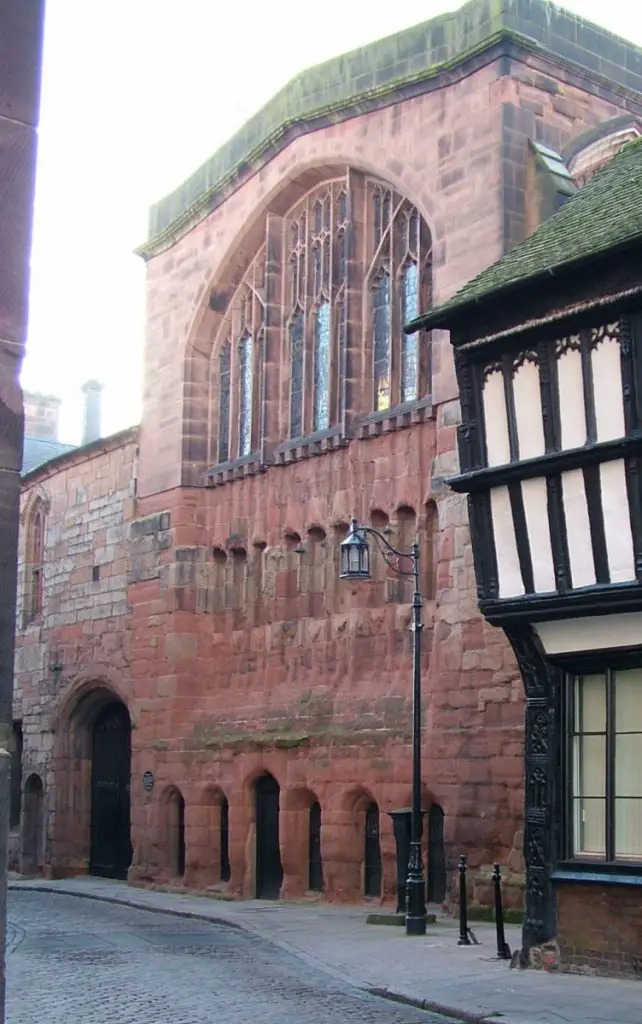
Afternoon tea at Tales of Tea is served daily in St Mary’s undercroft, a delightful and historic setting.
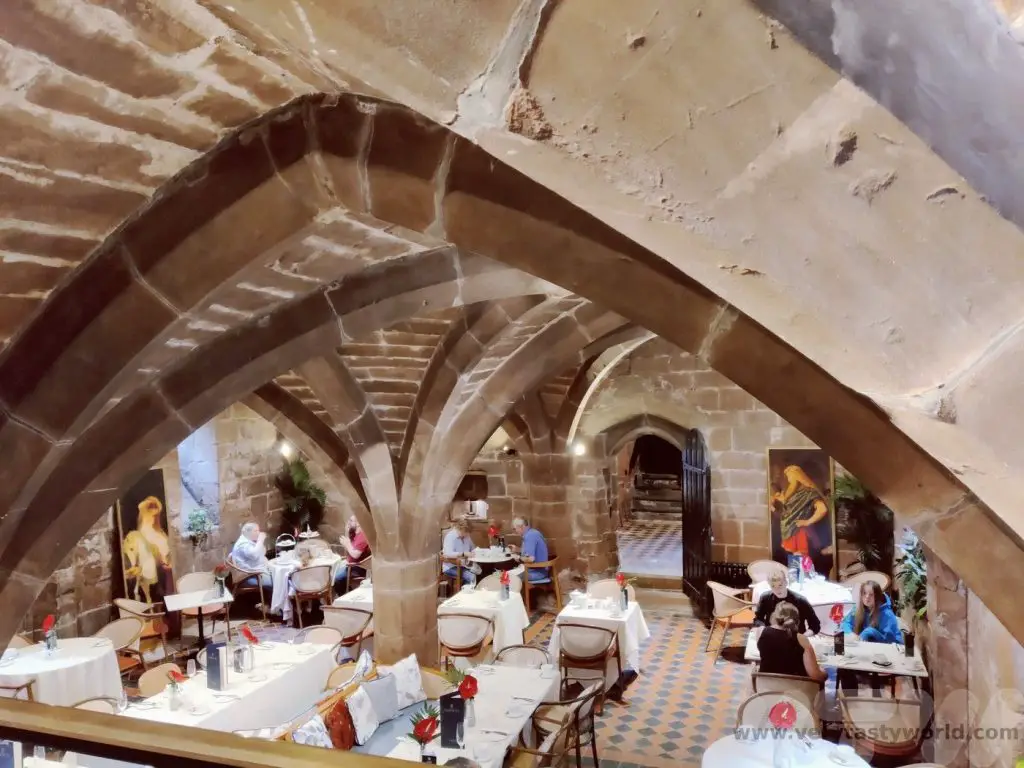
On this occasion we enjoyed a savoury tea. Although afternoon tea is delightful we do sometimes find that by the time you have eaten the scones and the first of the petit fours there is a bit of a sugar overload.
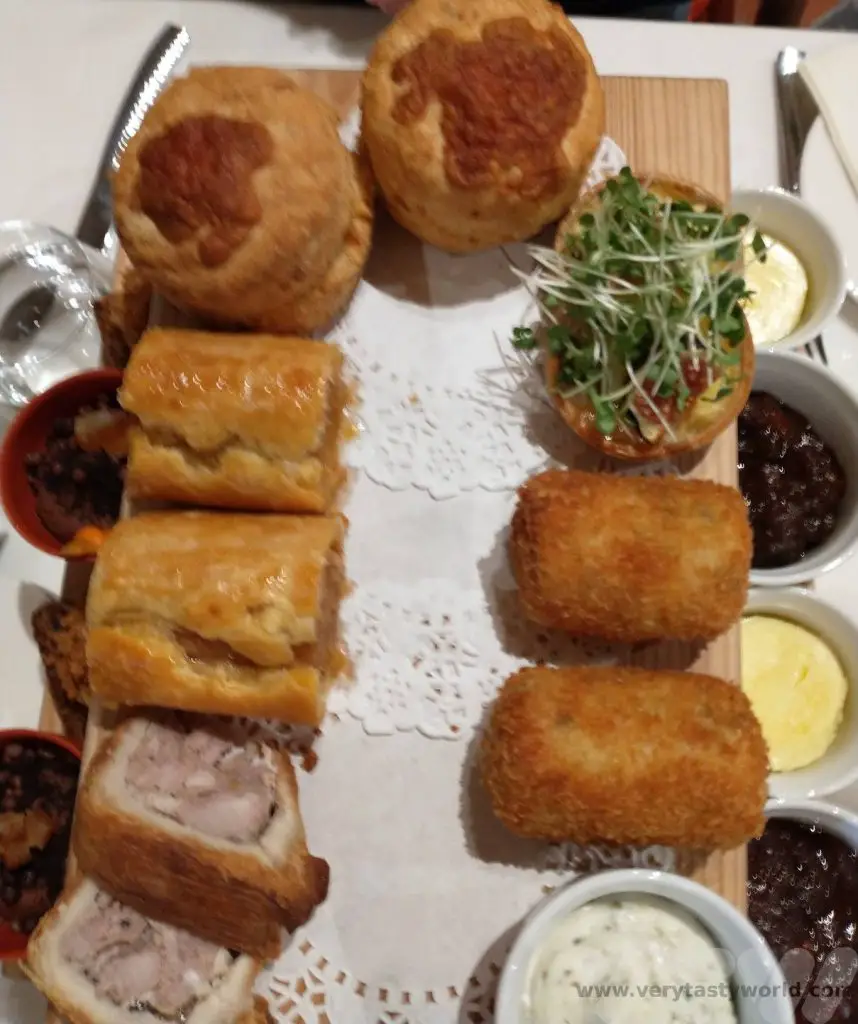
The menu does vary regularly but we enjoyed sausage rolls, pork pies, haddock croquettes, mini quiches and cheese scones amongst other savoury delights
And just a little sweetness with an edible flowerpot filled with mousse and dark chocolate ‘soil’.
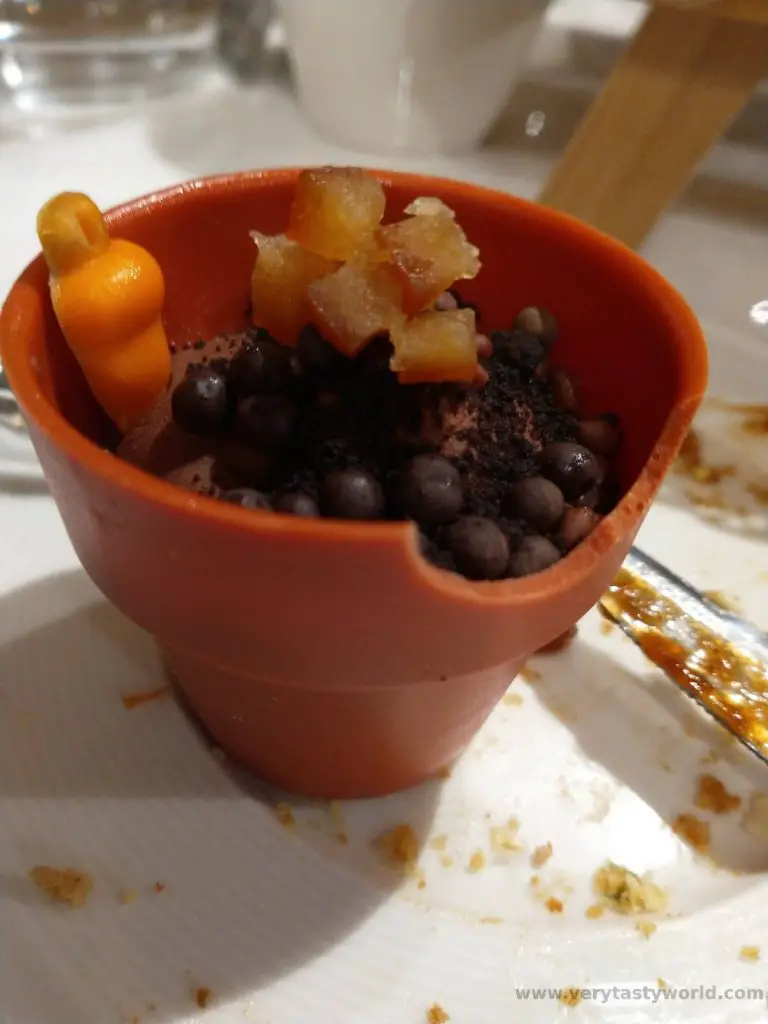
Tales of Tea is very popular so we recommend making a booking. Prices range from £25-£30 depending on whether you want a sweet or savoury tea. (July 2023) The undercroft becomes a fine dining restaurant in the evening.
Other Things to Do In The Area
St Mary’s Guildhall itself is definitely worth visiting so make sure you pop across the atrium from the undercroft.
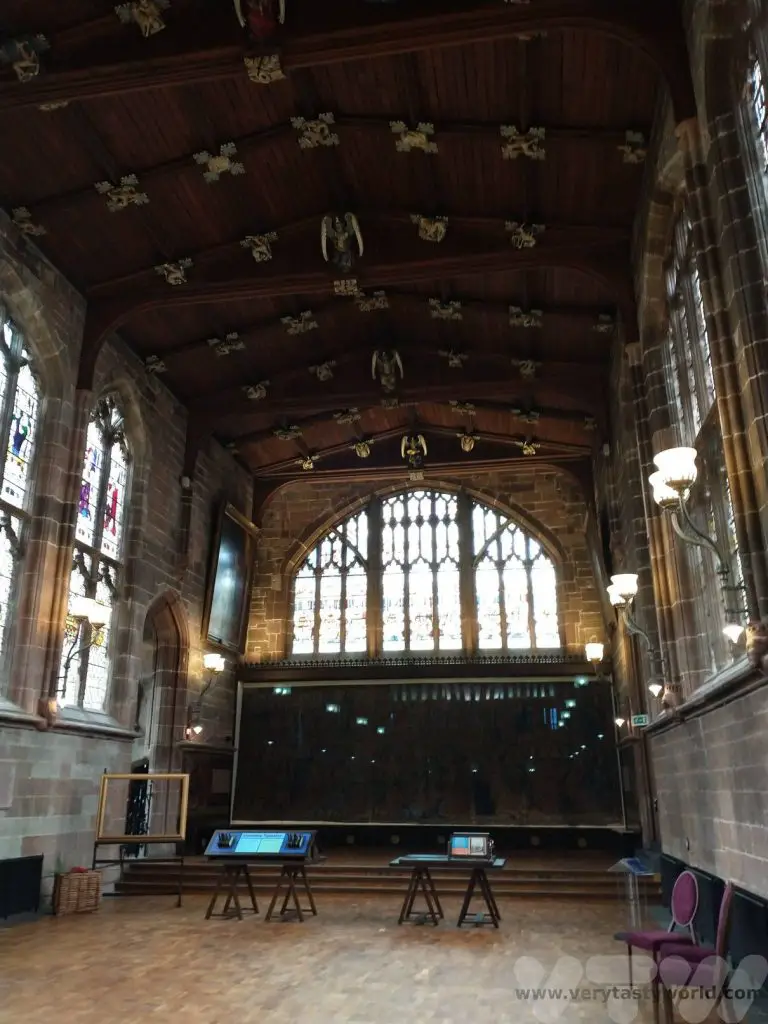
It boasts the England’s oldest mediaeval tapestry, a remarkable work that was woven in its original place – it is over 500 years old.
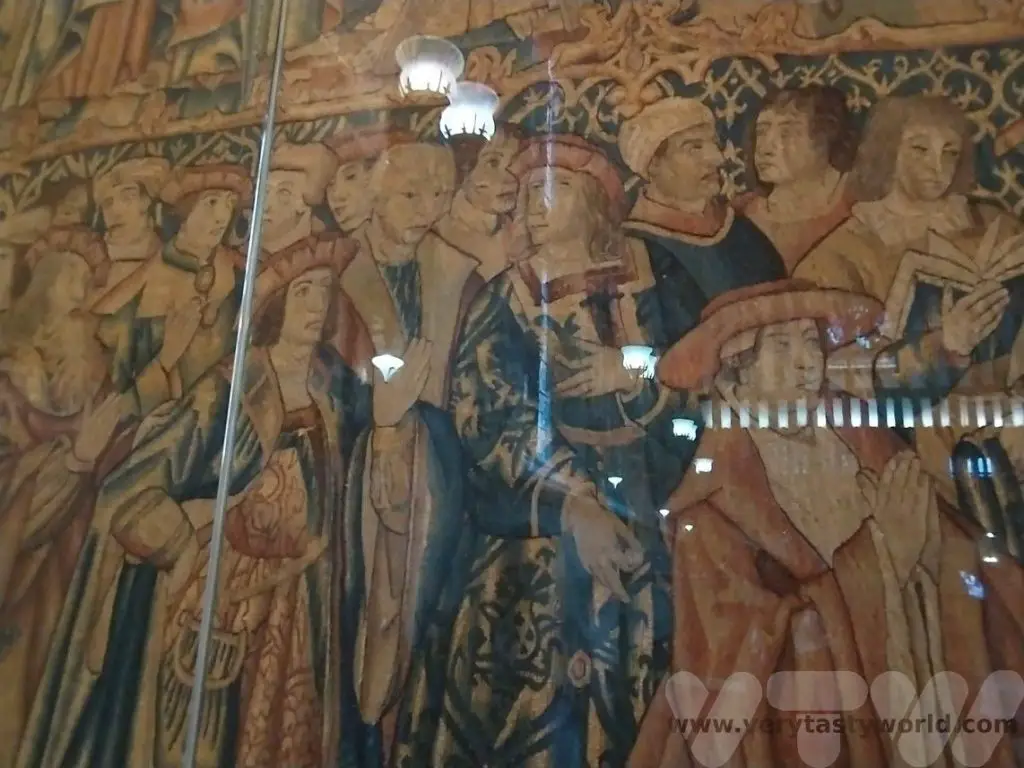
A recent refurbishment has revealed a mediaeval kitchen now restored to its former glory.
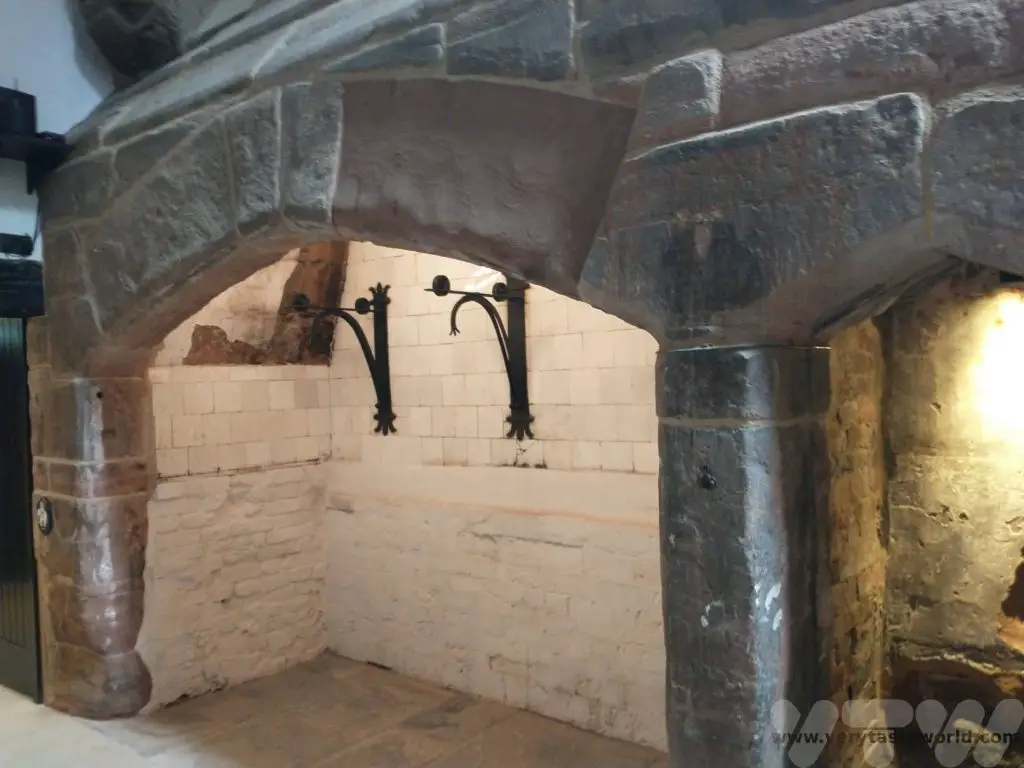
The Guildhall is located next to the ruins of Coventry’s cathedral which itself has a fascinating history. St Michael’s cathedral was constructed in the 15th Century but destroyed in 1941 during the Coventry Blitz in World War 2.

A new cathedral was built alongside the ruins of the old. Both are very much living spaces – both for worship as well as art, music and cultural events that are held throughout the year.
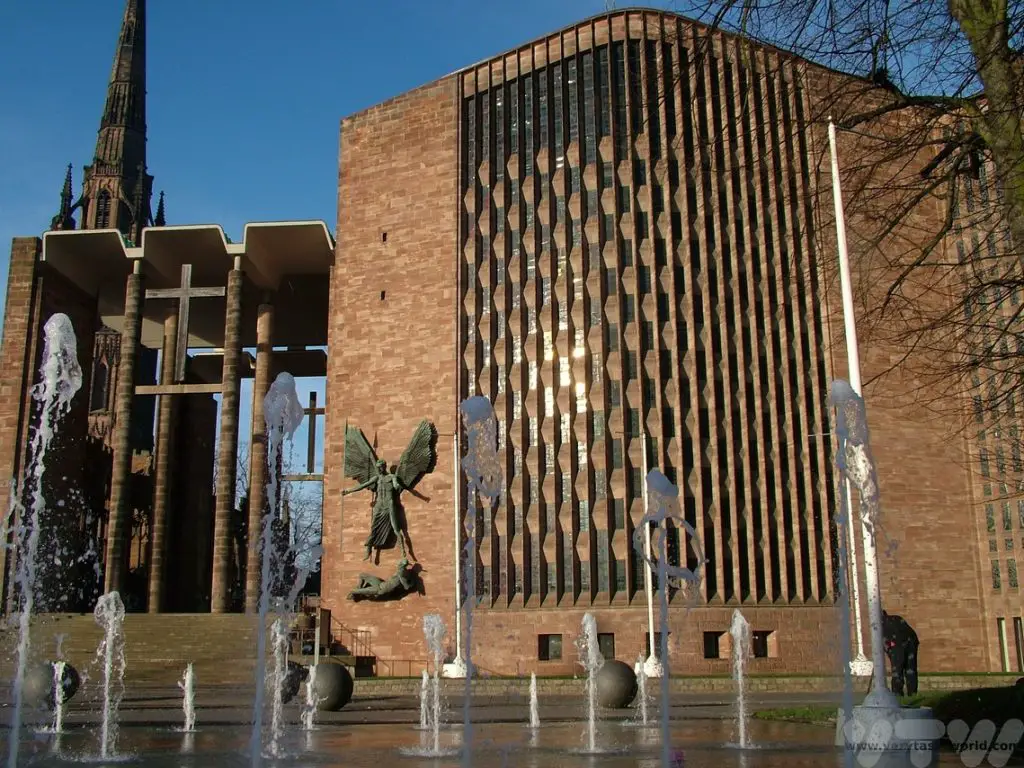
The Herbert Museum and Art Gallery is a 2 minute walk away. It hosts multiple free art exhibitions several times a year and has a permanent exhibition space on the ground floor showcasing Coventry’s history.
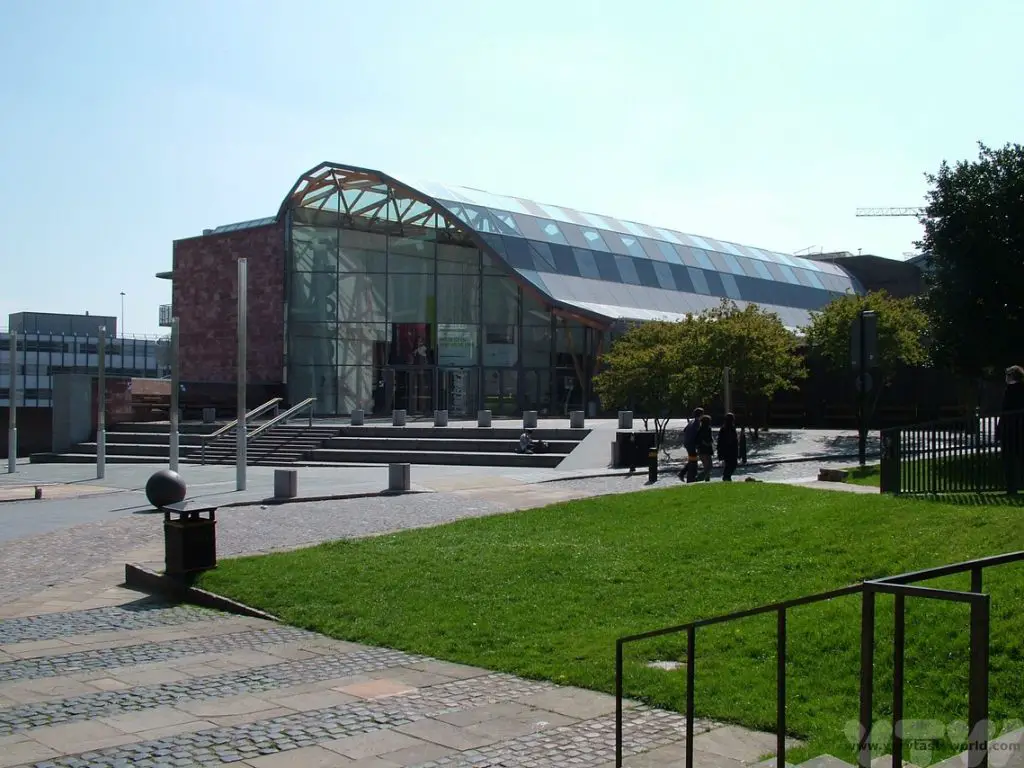
Afternoon Tea in Coventry – Telegraph Hotel
Founded in 1891 as The Midland Daily Telegraph, but with a name change in 1941, The Coventry Evening Telegraph was the city’s first daily newspaper. In times gone by it was a tabloid paper located in a large building in the city centre which housed enormous printing presses. But times have changed and the printing presses are no longer needed, so staff have relocated to the Canal Basin in Coventry. The site was opened up to the public in 2017 and temporarily hosted local art exhibitions.
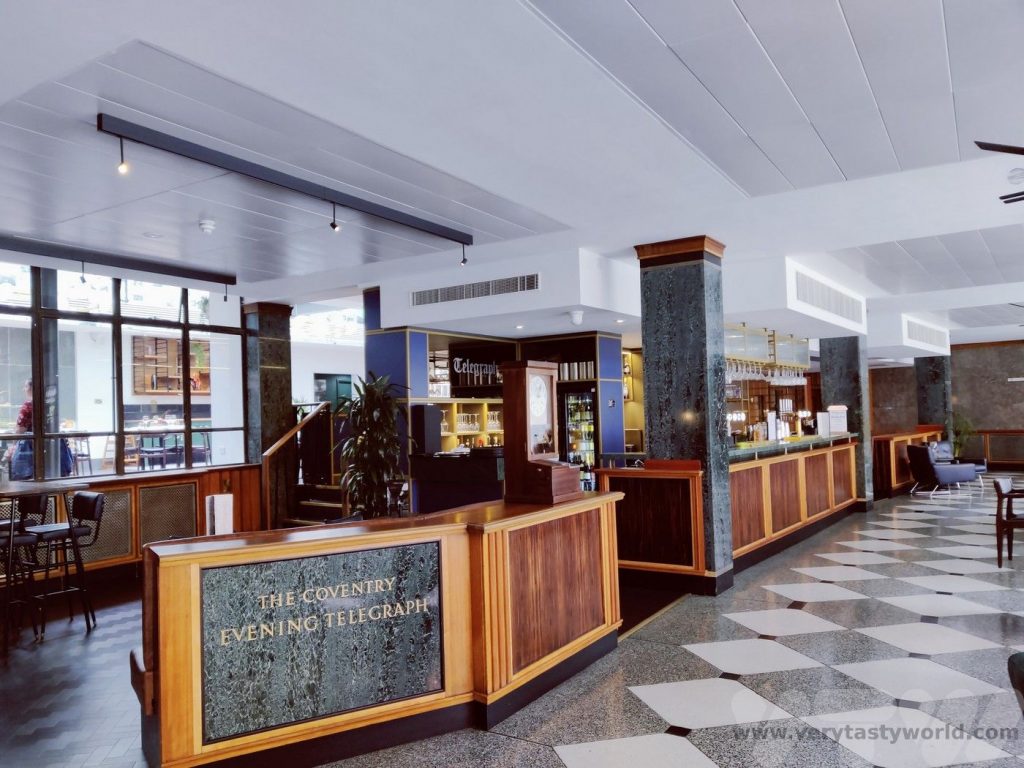
The building has now been converted into a hotel but the decor very much reflects its heritage. Afternoon tea is available. Currently on offer, afternoon tea for two people, with a glass of fizz costs £39.50 (July 2023).
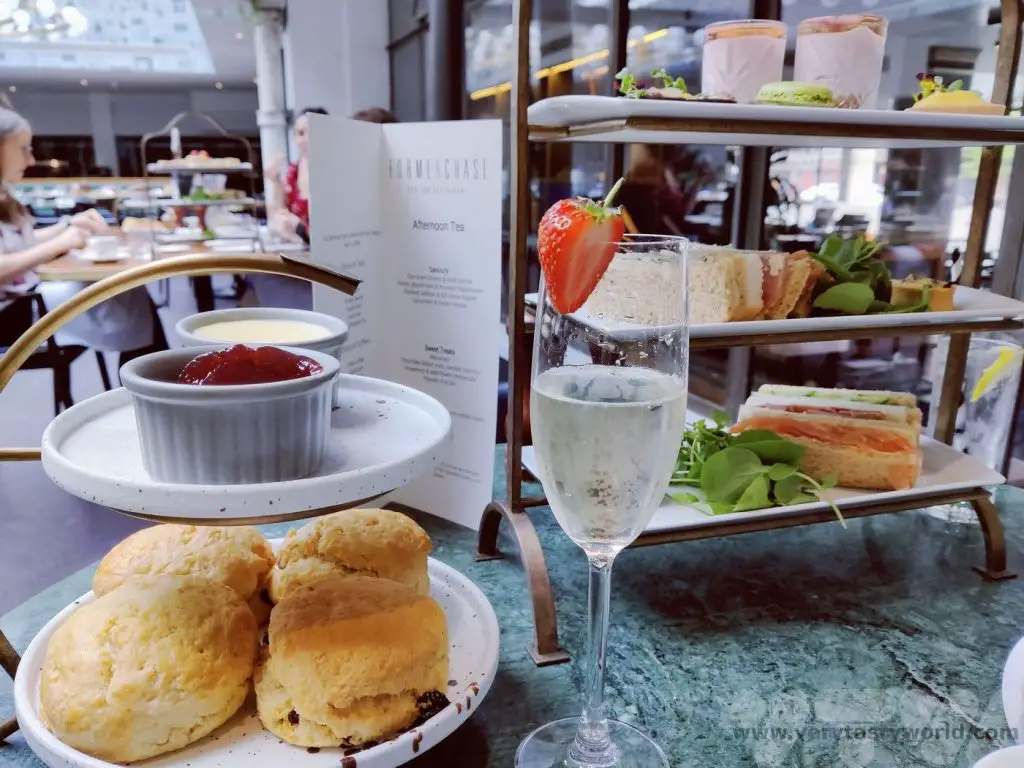
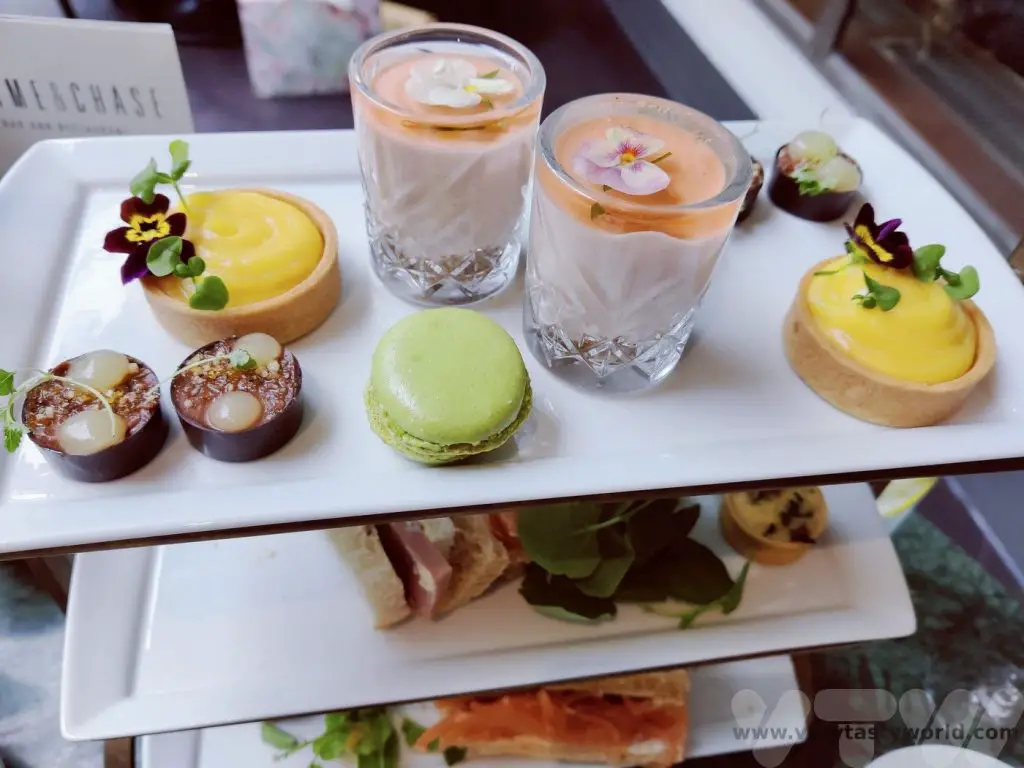
The afternoon tea is more traditional but generous and delicious. The sweet treats included pistachio macarons, chocolate delice with yuzu gel, passion fruit tarts and a strawberry and elderflower cheesecake. The tea was so filling we had to ask for a box to take some scones home with us.
Other Things To Do In The Area
Coventry Transport Museum is around a two minute walk away. It’s a great museum to visit, even if you’re not particularly interested in cars. Coventry was once the city of motor manufacturing and the museum houses a huge number of vehicles from some of the earliest vehicles to land-speed-record breakers.
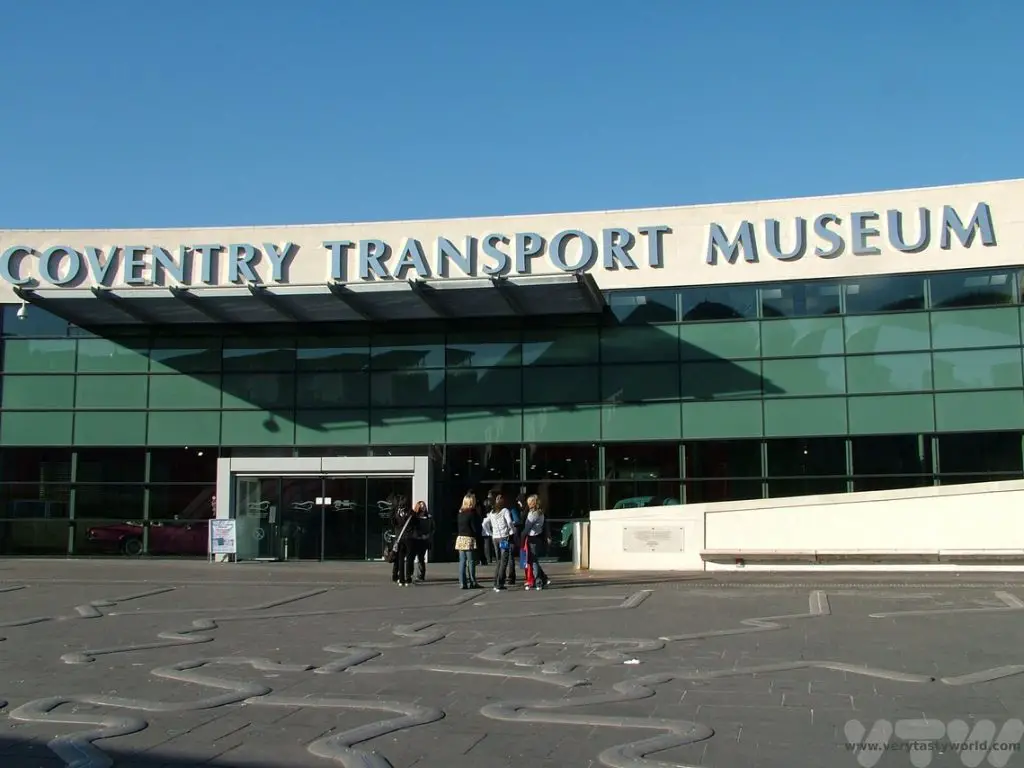
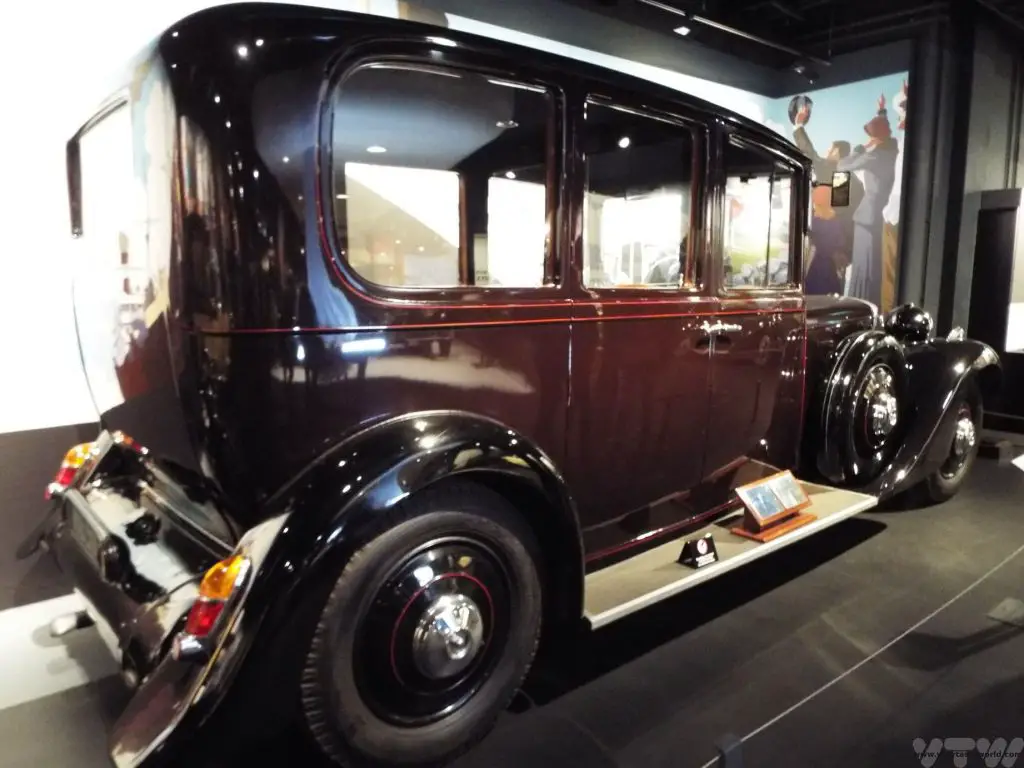
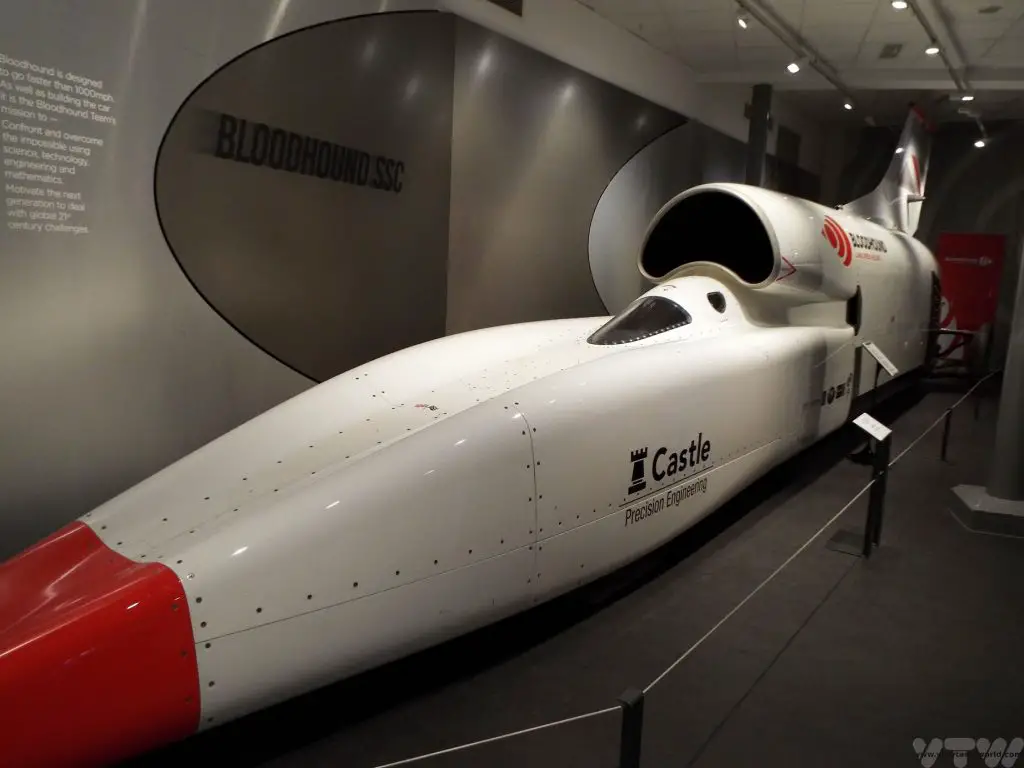
Related Posts You May Enjoy

RECIPE: Vegan Wild Garlic Pesto
Every spring we make the most of foraging for greens in the English countryside. Wild garlic is our absolute favourite and we have a fabulous recipe for wild garlic pesto. But pesto uses cheese! So we also have a recipe for vegan wild garlic pesto.
In the UK you can forage wild garlic for free as long as you just take the leaves, stems and flowers. All these parts are edible. We make it a rule never to take more food than we need as it’s nice to leave some for other people and also ensure that the plant will appear next year. We try to pick one leaf from each stem so as not to disturb the plant too much.
Foraging for Wild Garlic
Wild garlic is pretty easy to recognise and has a very definite garlicky smell. Pick a leaf and crush it in your hand – it has a wonderful scent.
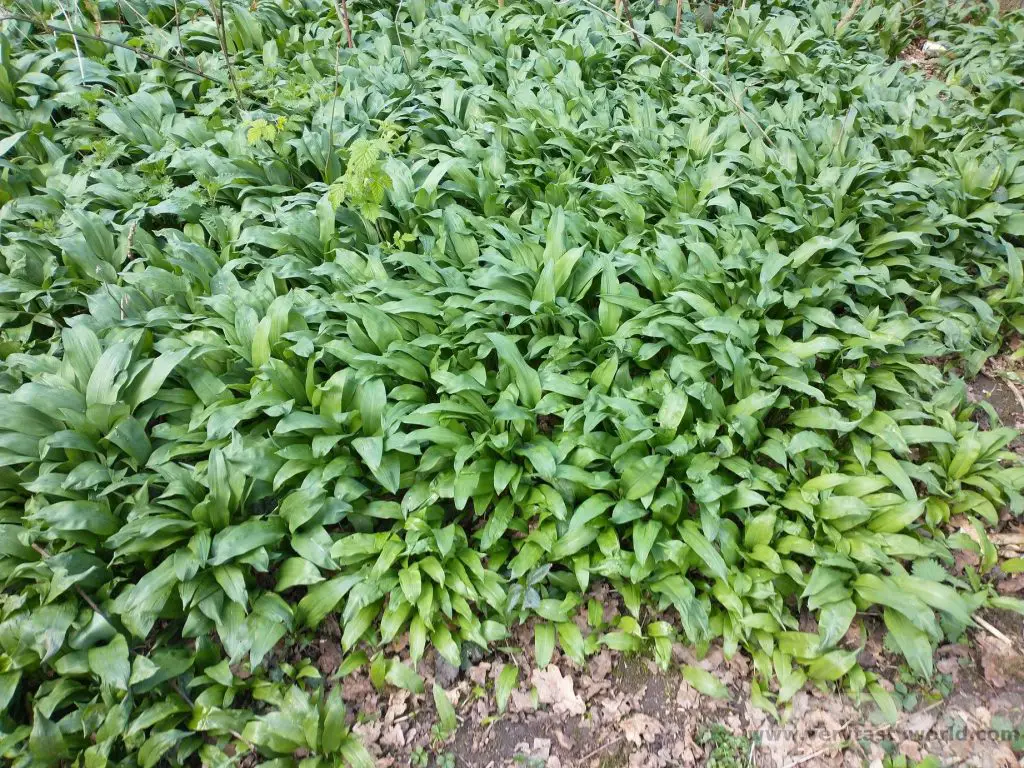
A little later into the season lovely white flowers appear. These have a very mild garlic flavour – we use them to garnish dishes.
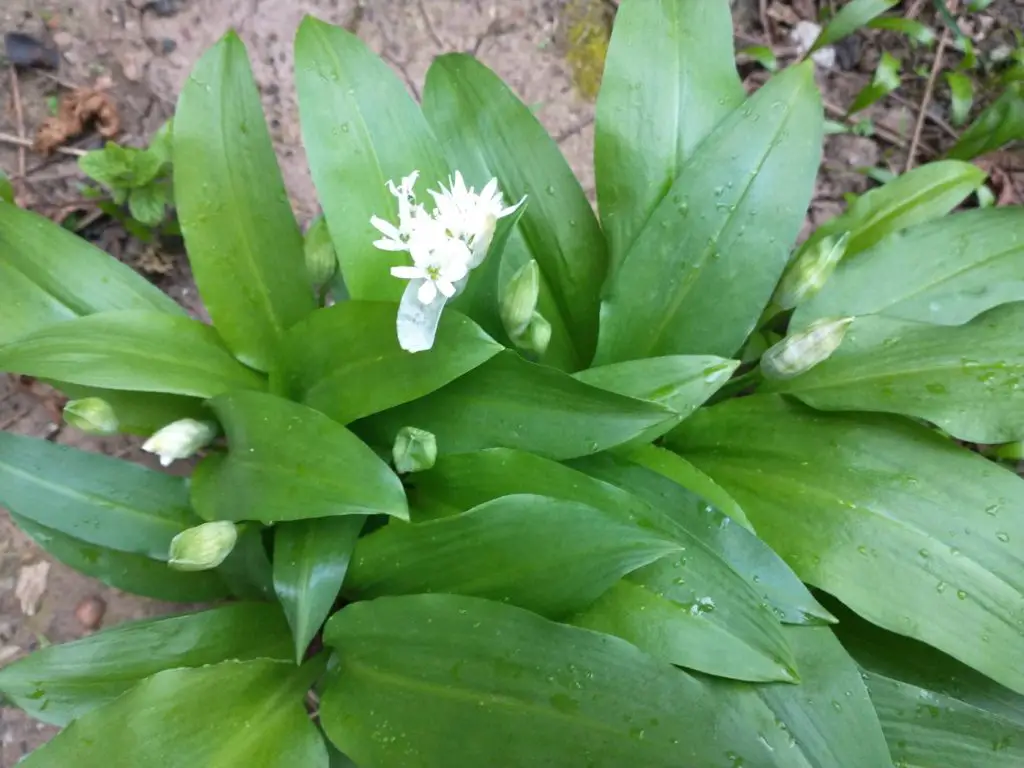
As with any foraging, you have to be 100% certain of what you are picking. Poisonous plants can grow near wild garlic. Arum maculatum, also known as Lords and Ladies, is very toxic. Apparently even putting the leaves into your mouth will result in an immediate burning sensation. It can grows worryingly close to the wild garlic. When it’s more mature it develops shiny arrow-head shaped leaves but when young, looks very similar to wild garlic.
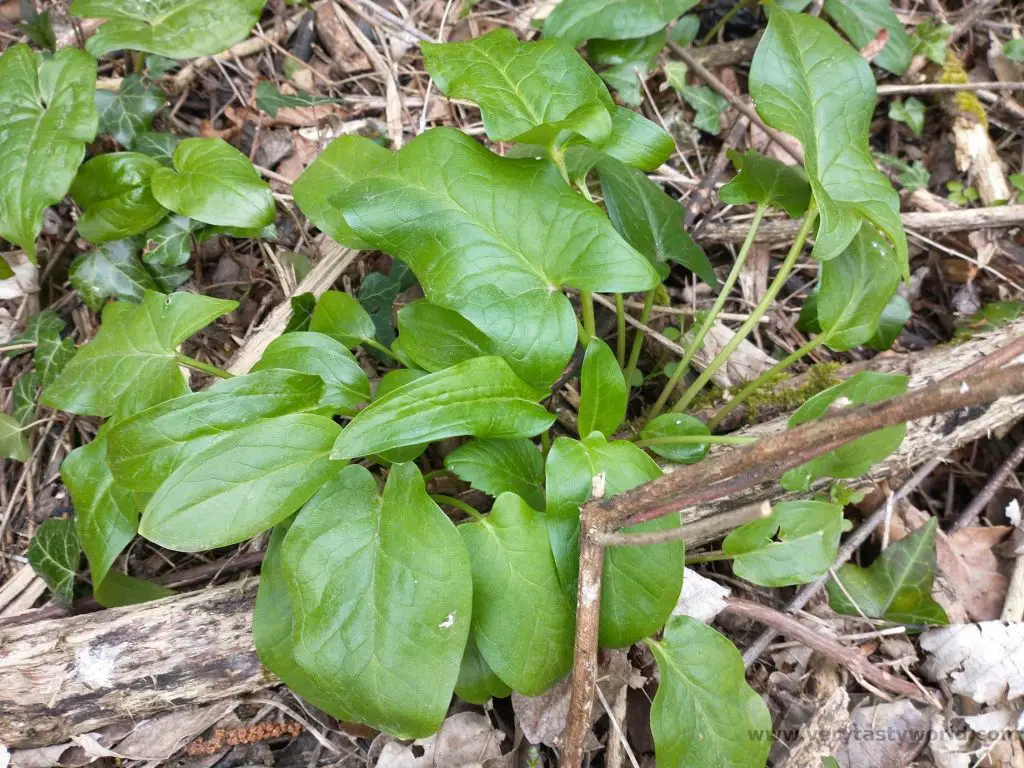
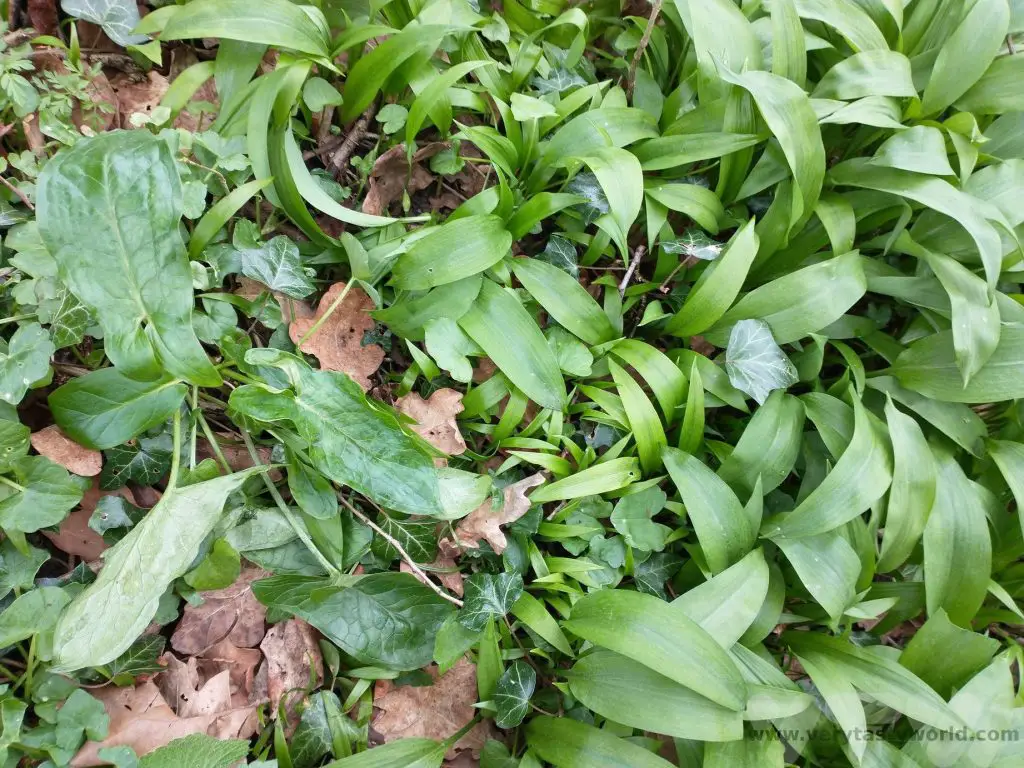
Bluebells, or their white-flowered counterparts, which can also easily be confused with wild garlic’s white flowers, can also grow nearby. Bluebells are extremely pretty but also poisonous.
If you are the slightest bit uncertain, DON’T eat it!
Vegan Wild Garlic Pesto Recipe
Just like our standard recipe our vegan wild garlic pesto isn’t precise. We use cashew nuts but you can also use pine nuts (and weep at the expense) or pistachios. You can use a blender to mix everything together but if you’re feeling hardcore you can use a pestle and mortar.
We use nutritional yeast as a substitute for the cheese. It’s a brilliant product that is really good for you – a great source of protein, fibre, vitamins and minerals. More importantly it has a cheesy flavour, perfect for adding that umami element to the pesto amidst the creamy cashew and heavenly garlicky scent.

Ingredients
Bunch of wild garlic leaves (around 150g)
Handful of cashew nuts (around 150g)
Generous sprinkle of nutritional yeast flakes (we recommend couple of tablespoons if you’re measuring)
Slosh of extra virgin olive oil
Squeeze of lemon
Pinch of salt
Method
Roughly chop the wild garlic leaves and place into a blender. Throw in the nuts and nutritional yeast flakes. We recommend adding the leaves first – to the bottom of the blender – so that the weight of the nuts helps with the grinding process.
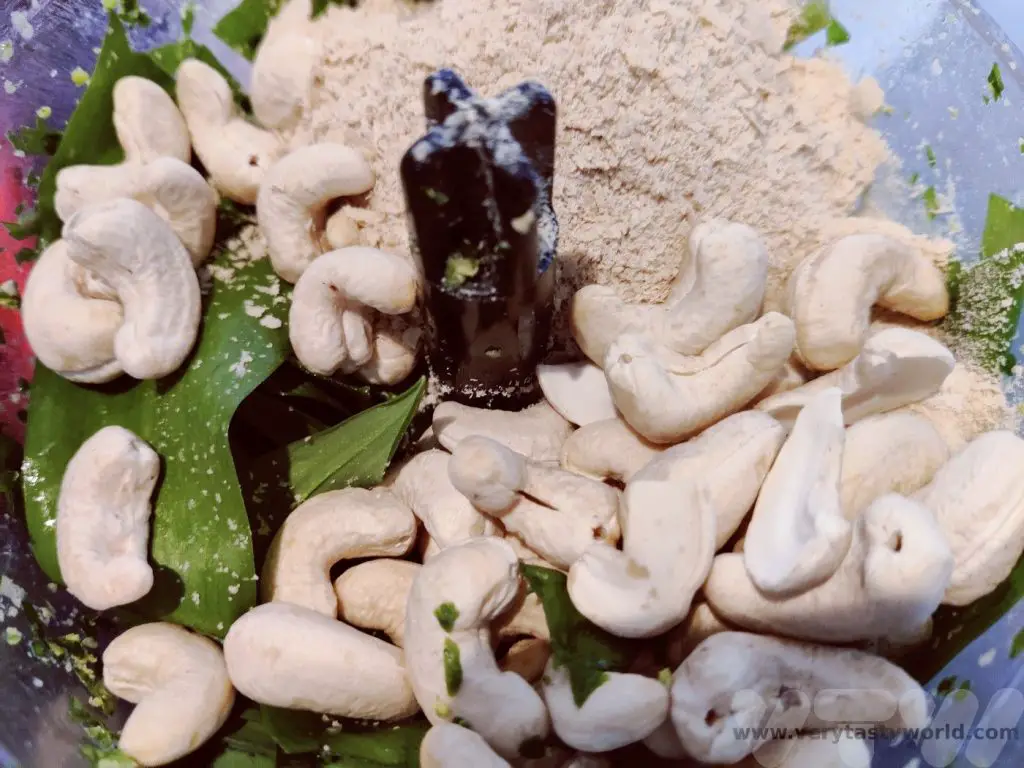
To take advantage of the season we make industrial quantities and freeze it, so we can enjoy the scented flavour of spring throughout the year. We don’t add the oil, lemon and salt before seasoning but stir it in after it has defrosted.
Blend together until you get the texture you like – smooth or nutty – both work well.
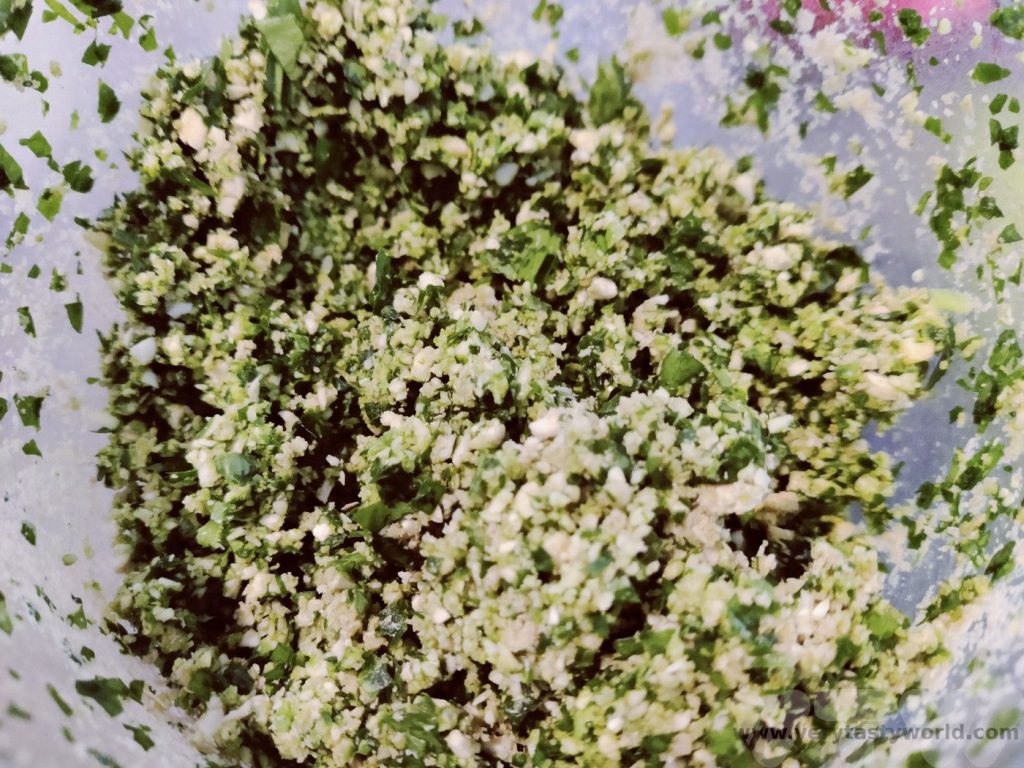
If you want to freeze the pesto, decant it into containers and put it into the freezer. It will freeze well and will last many months.
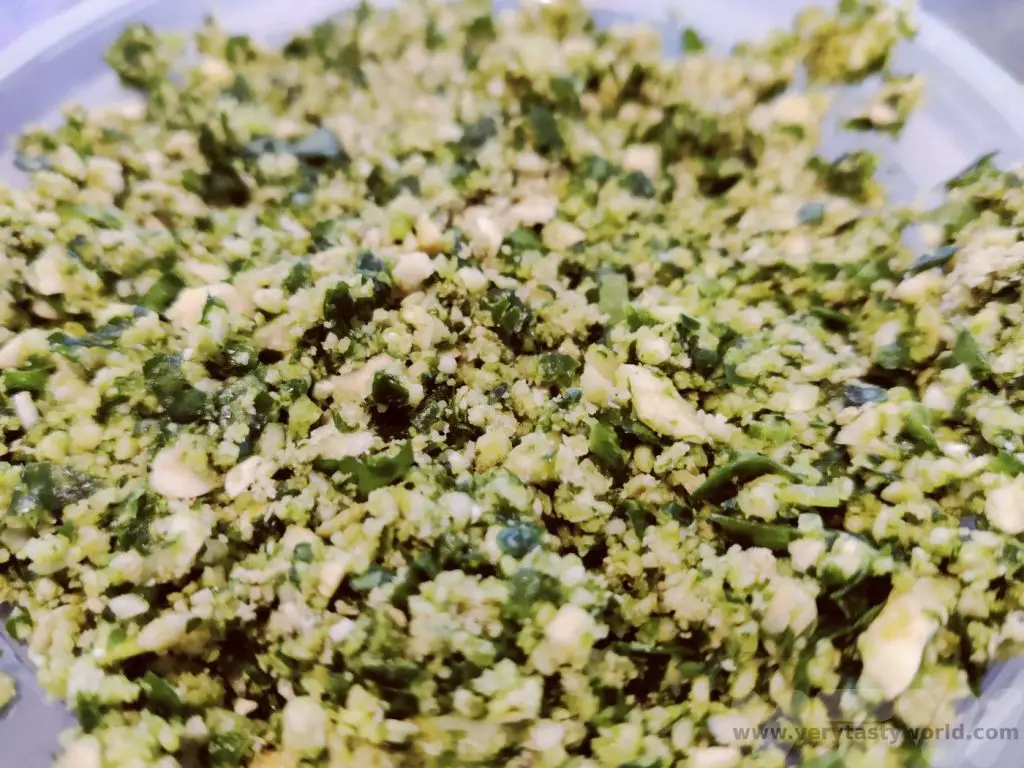
If you want to eat the pesto straight away (or store it in the fridge for a couple of days) add the oil, lemon juice and salt.
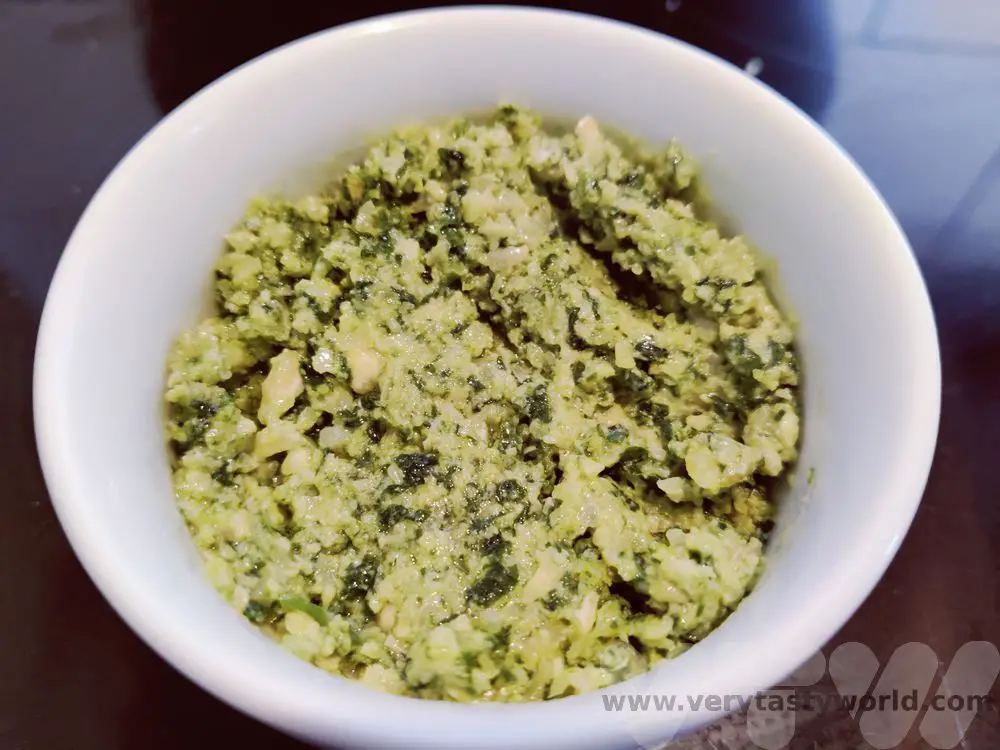
The great thing about this recipe is that is so easily adaptable – you can mix and match ingredients. It’s the underlying gentle garlicky flavour that the wild garlic leaves produce that make this such a brilliant pesto. We’ll be foraging and freezing for as long as the season lasts.
Related Posts You May Enjoy

- RECIPE Oyakodon Donburi
- Zero Waste Recipes Before Your Holiday
- RECIPE: Vegetable Biryani Tamil Nadu Style
- RECIPE: Vegan Wild Garlic Pesto
- Recipe: Venetian Pasta Sauce
- RECIPE: Biryani Raita Recipe
- RECIPE: How to Make Costa Rica’s Gallo Pinto
- Recipe: Japanese Simmered Pork Belly – Buta no Kakuni
- RECIPE: How to Make Umeboshi
Mekong Meanderings
The mighty Mekong river is the 12th longest river in the world. We have been lucky enough to have encountered it many times over the years as it has meandered through our journeys across South East Asia over the course of two trips in Lao PDR, Cambodia and Vietnam. And we learned some interesting facts about the Mekong river along with way.
The Mekong rises in Tibet and flows for nearly 5000km through China, Myanmar, Lao, Thailand, Cambodia and Vietnam, where it runs into the South China sea. It’s a river that clearly has an enormous impact on the people who live on and around it. From a geographical perspective it has some amazing features. And, if you’re lucky, you can get to see some really special wildlife, notably the Irrawaddy dolphins that live in the river. Many people’s livelihoods depend on it. It also provides a rich source of food for the local people that live along it whether that is bounty from the river itself or the irrigation it provides for the farmers who work the land alongside it.
Lao – Luang Prabang
Our northernmost encounter with the river was when we started our journey through Lao PDR. Luang Prabang is a lovely laid-back town at the confluence of the Mekong and the Nam Khan rivers. Each year, when the rivers flood, the bridge across the Nam Khan is washed away and it is reconstructed when the waters subside.
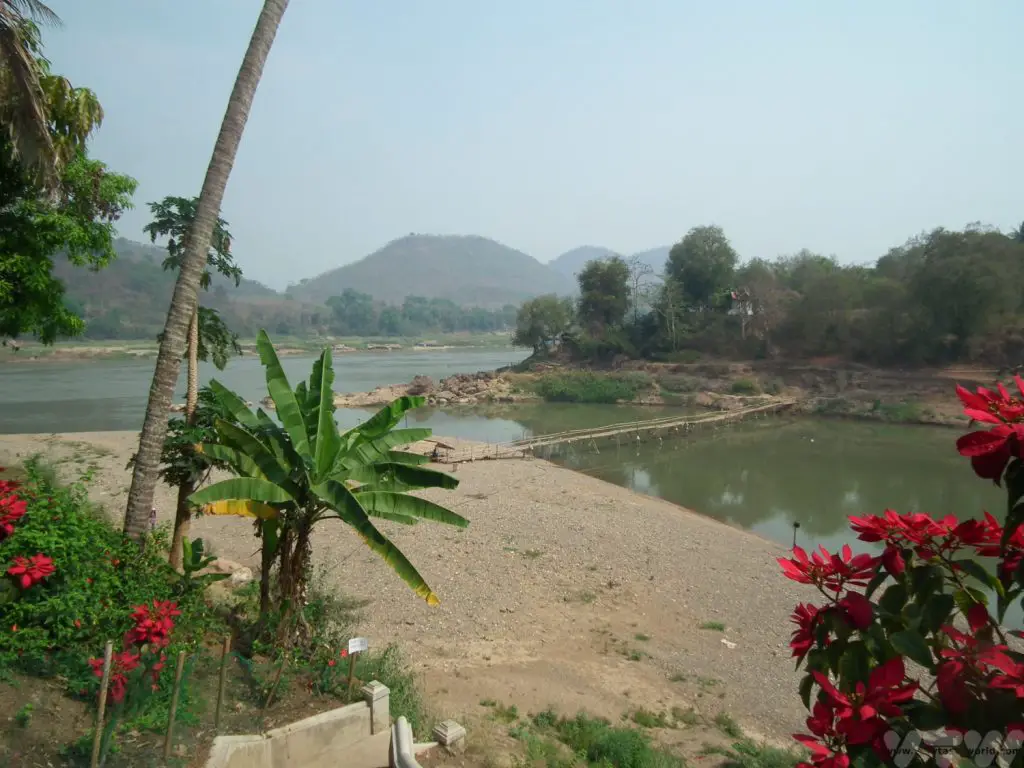
Luang Prabang is the former capital of Lao and has plenty of places to see. There are lots of temples to visit as well as the royal palace which was built in 1904. When the monarchy was overthrown by the communists in 1975, the building converted into a museum and Lao’s capital was transferred to Vientiane.
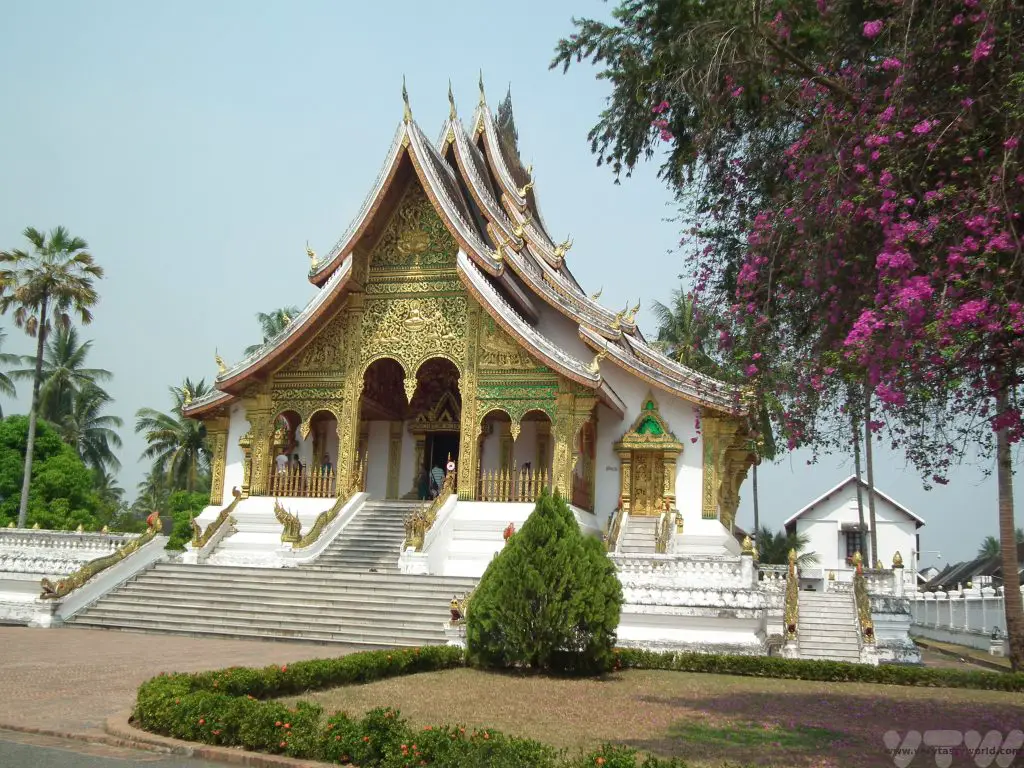
It’s possible to take an evening cruise on a longboat – motor upriver and then float downstream watching the sunset with a cool beer is a lovely and relaxing way to spend an evening.
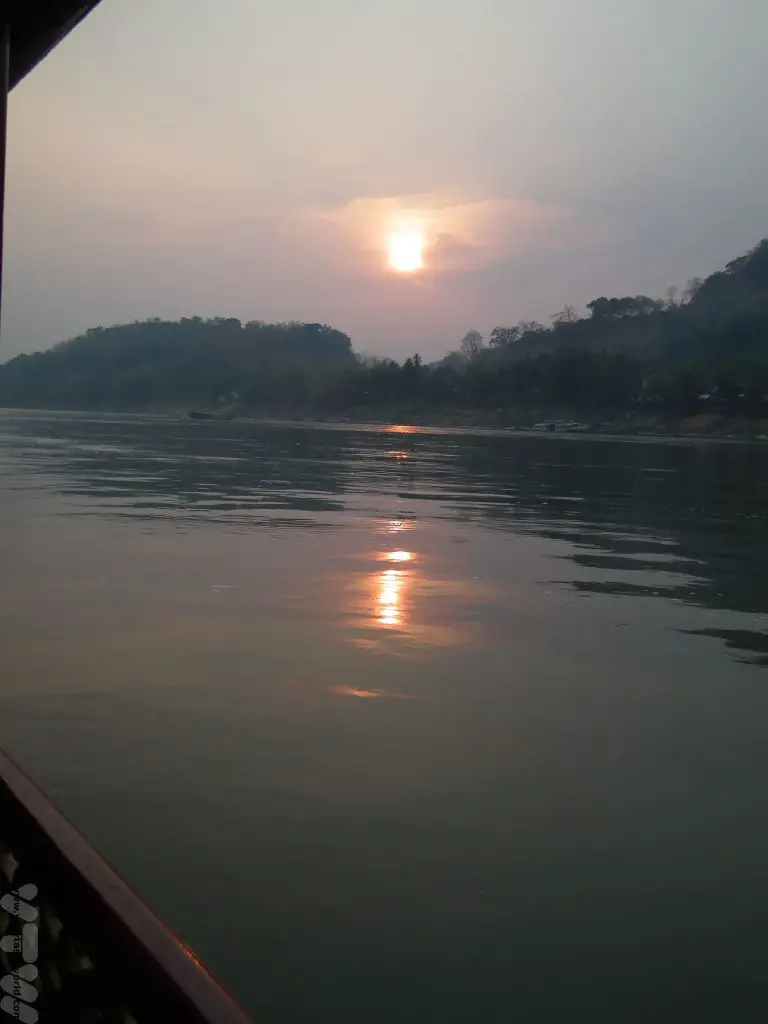
Luang Prabang was also where we first encountered Lao food. A lunch of typical Lao delicacies included local river weed which we had seen for sale in Phosi market.
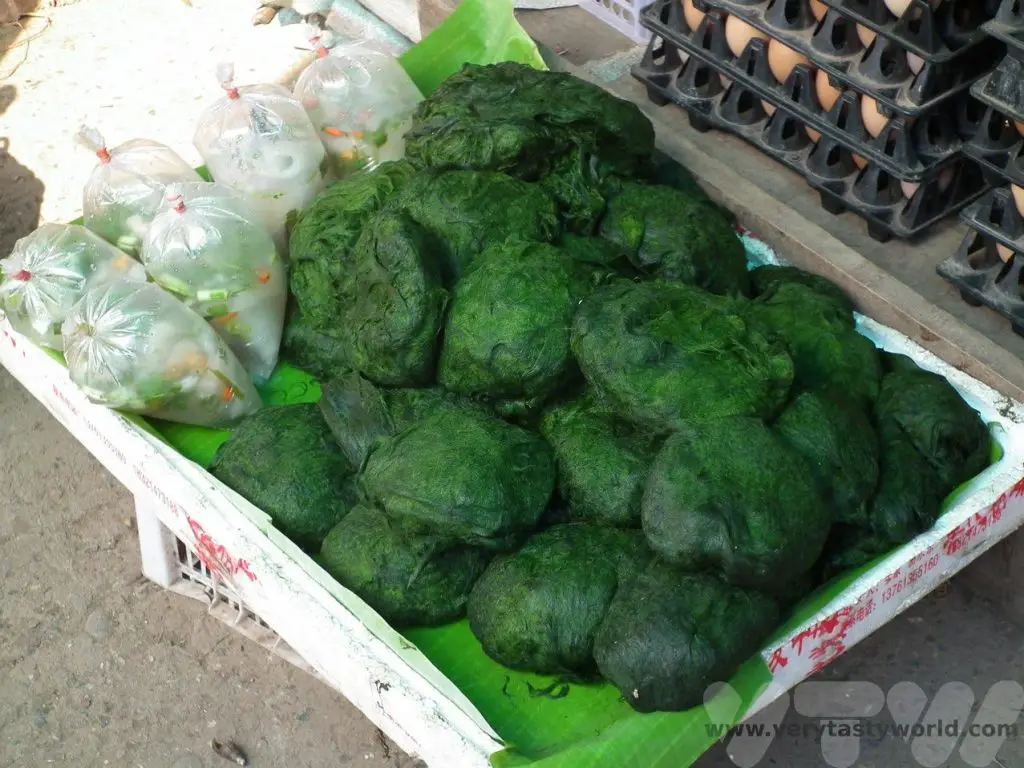
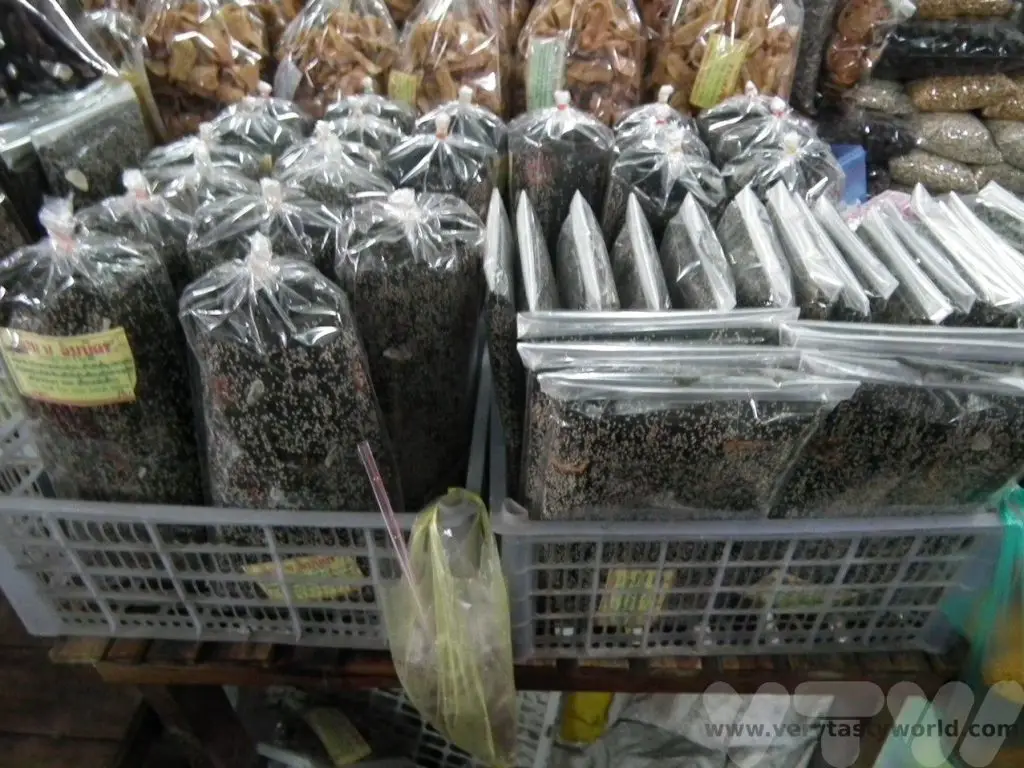
It is flavoured with seasonings and then dried in the sun. It makes for a delicious snack which is incredibly moreish, especially with beers. We enjoyed a lunch of typical Laotian specialties at Tamarind restaurant which included the dried river weed. While the ‘PDR’ of the country’s name means ‘People’s Democratic Republic’ many locals say it stands for ‘Please Don’t Rush’, an invitation to enjoy eating at a leisurely pace.
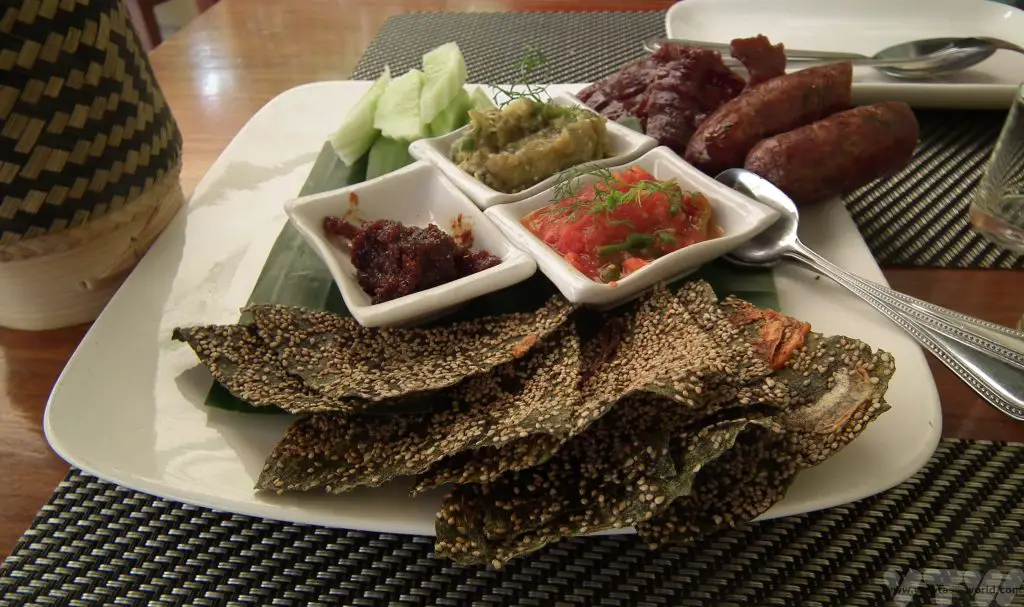
Lao – Vientiane
The Mekong traverses the border between Lao and Thailand before moving inland through Lao. Vientiane is the capital of Lao PDR and its largest city. Although it’s a city that is growing fast, it’s less hectic than the other capital cities in South East Asia.
The Mekong is broad and wide and Vientiane has a long promenade along its banks. You can see Thailand right on the other side of the river.
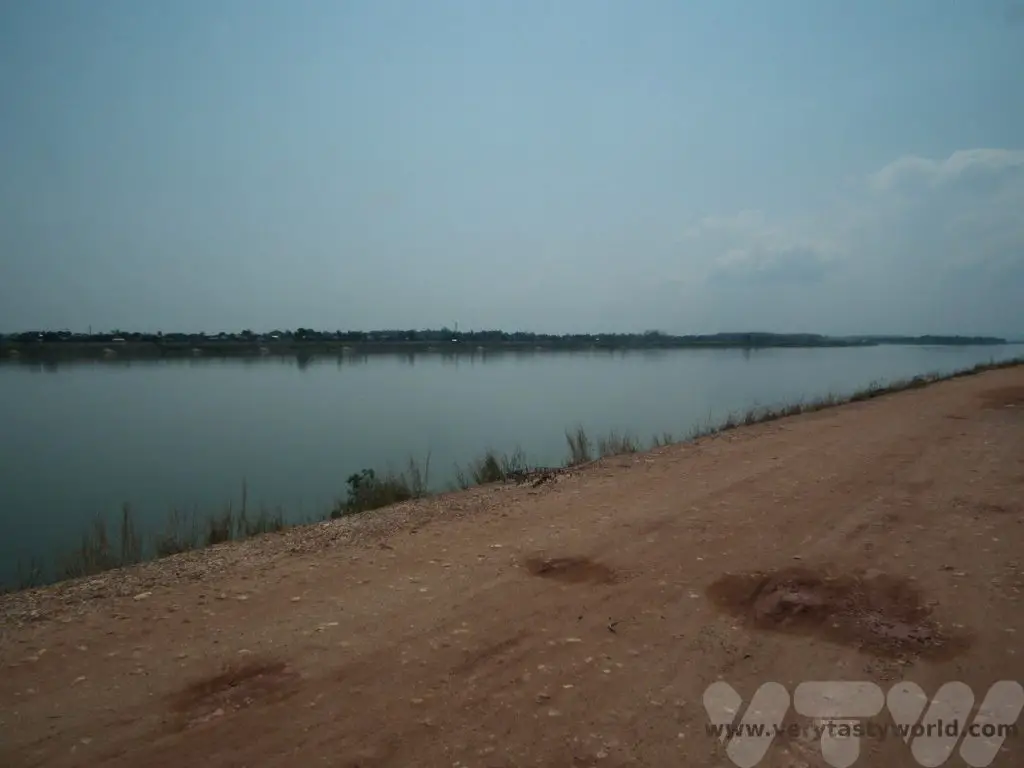
In the evenings a bustling night market opens up on the river’s promenade.
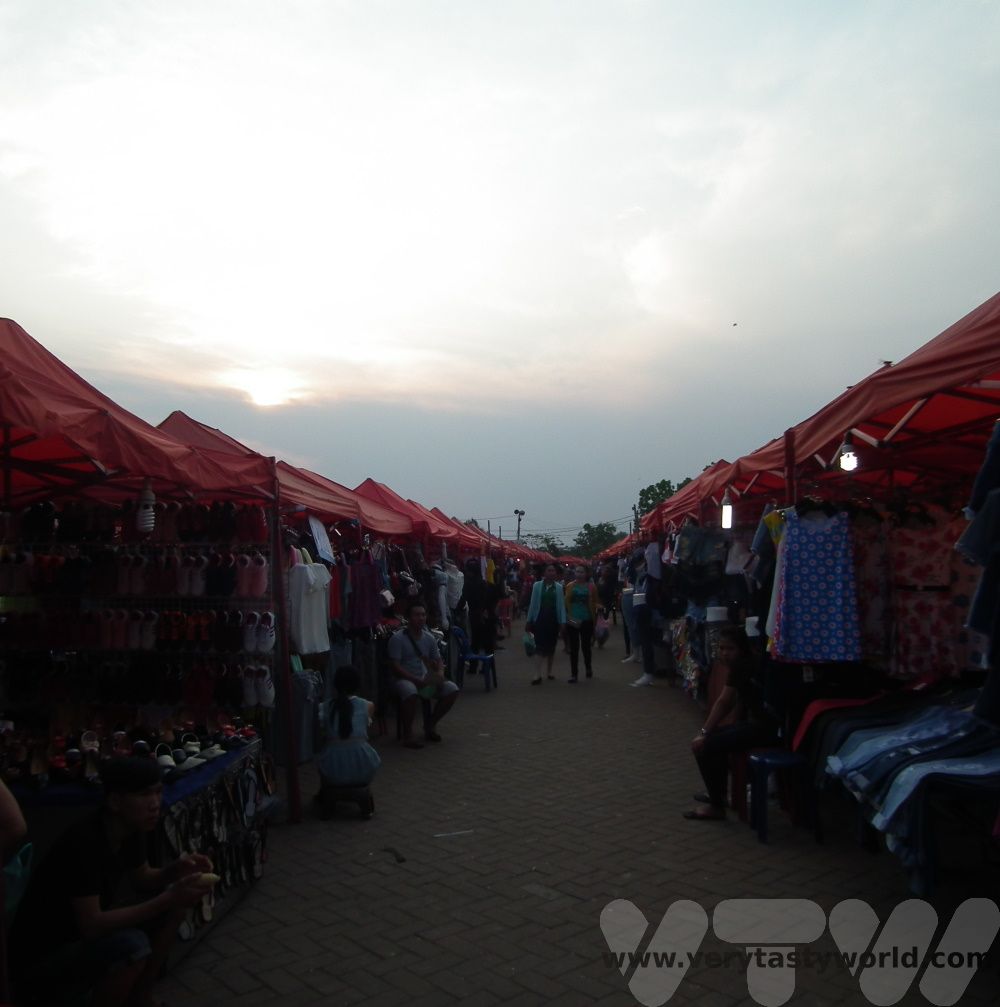
We left Vientiane to travel further south. Our next encounter with the Mekong offered a complete contrast to the serenity of its flow through Lao’s capital.
Lao – Siphandone
Siphandone is a delightful stopping point in the Champasak Province in South Lao, close to the Cambodian border. The river splits into multiple channels, leading to the formation of many islands – the name Siphandone means ‘4000 islands’.
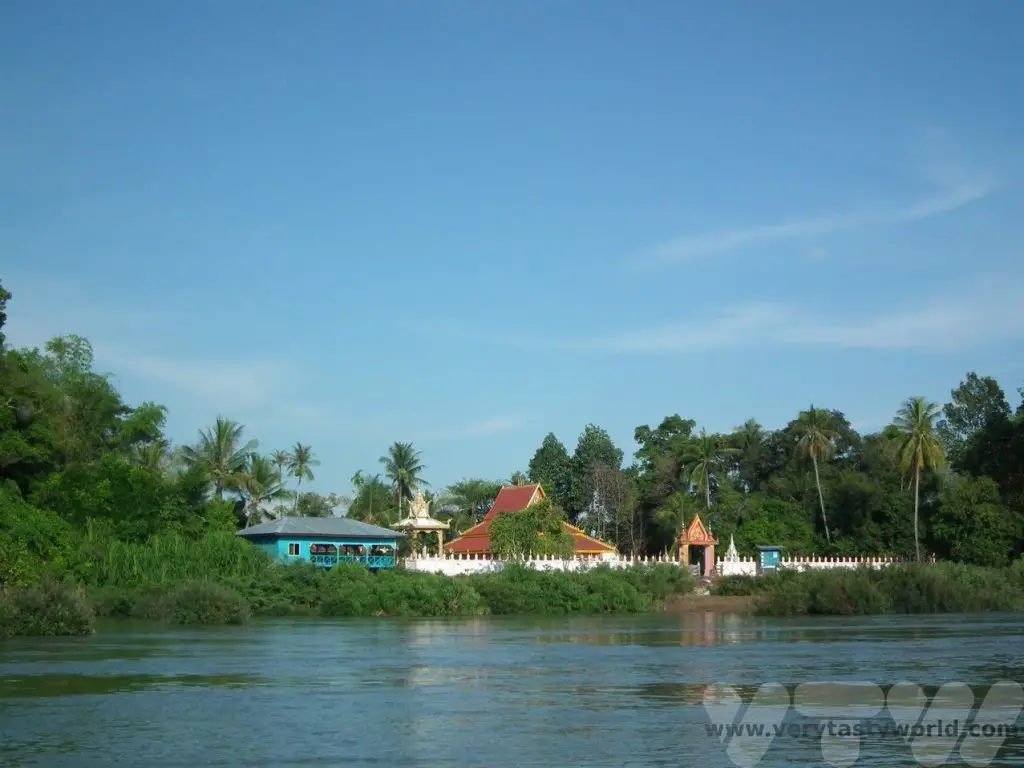
The area is very beautiful but parts of it are also ephemeral as some of the smaller islands disappear under the water when the river is in flood during the rainy season. We spent a couple of lovely, relaxing days exploring Don Khong, the largest island. There are some nice walks and some interesting things to see, including the remnants of a railway, an initiative by the French colonial administration who wanted to make the Mekong navigable to China – Siphandone and the waterfalls just to the south proving to be the geographical blockers.
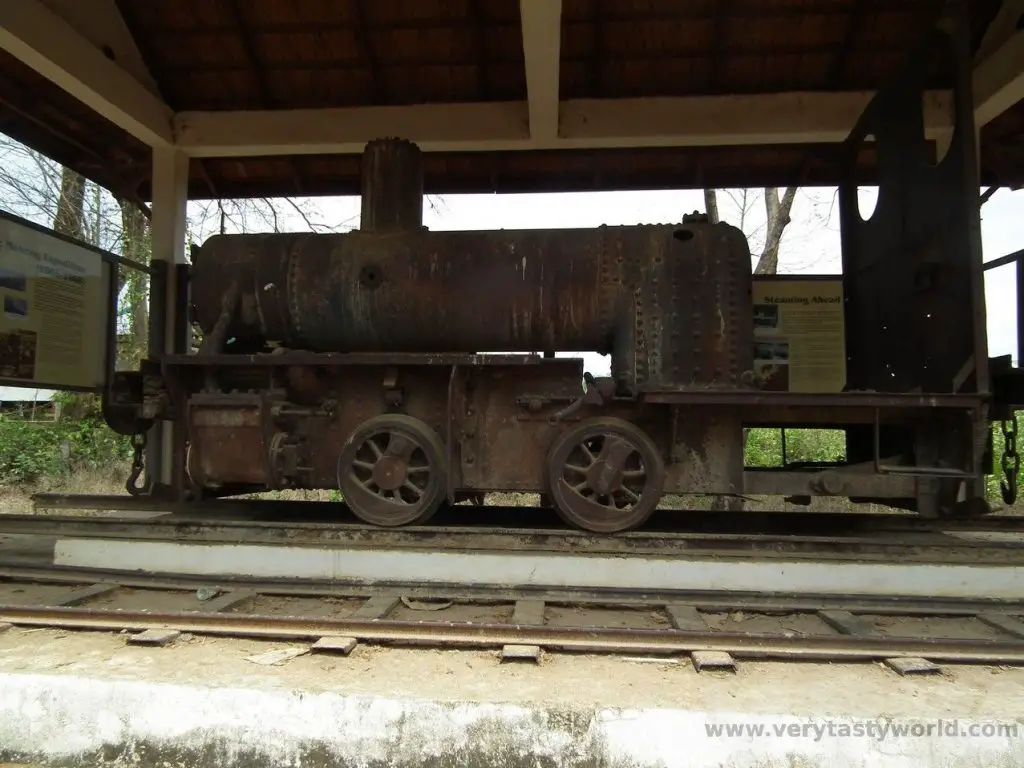
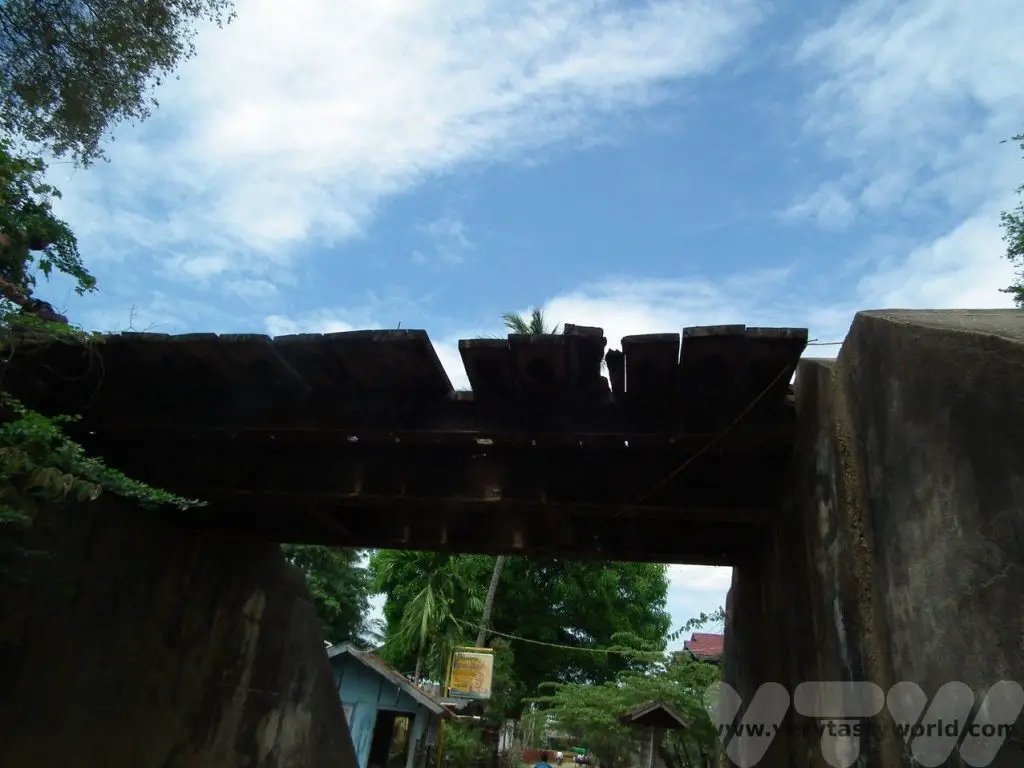
It may be possible to find local people who can take you out for a boat trip on the river in search of the rare and highly endangered Irrawaddy dolphins. These lovely creatures inhabit just a very small length of the river between southern Lao and northern Cambodia. According to the World Wide Fund for nature there are less than 100 dolphins left in this area.
Irrawaddy are an unusual looking dolphin – they have a more pronounced forehead than their seafaring counterparts and a smaller, broader beak. If they are around and you want to see them just head for a beach to find a boat. You can pay for the trip in cash.
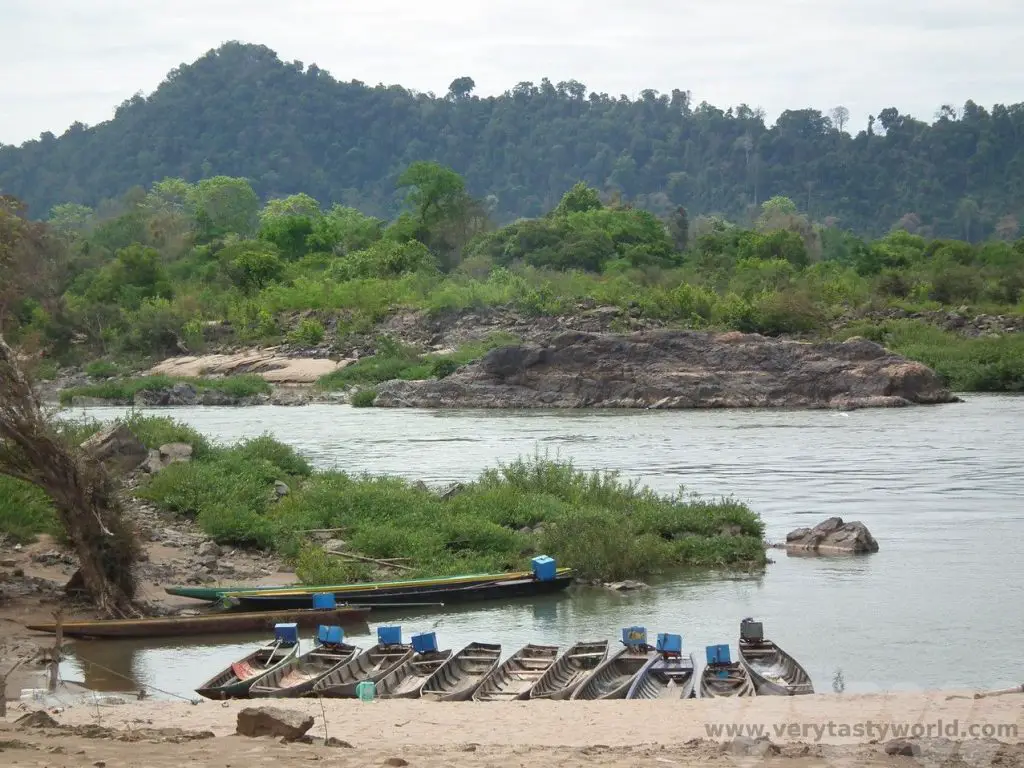
The dolphins are quite tricky to photograph as you only really see them as they pop above the surface for air, but it is magical catching sight of them.
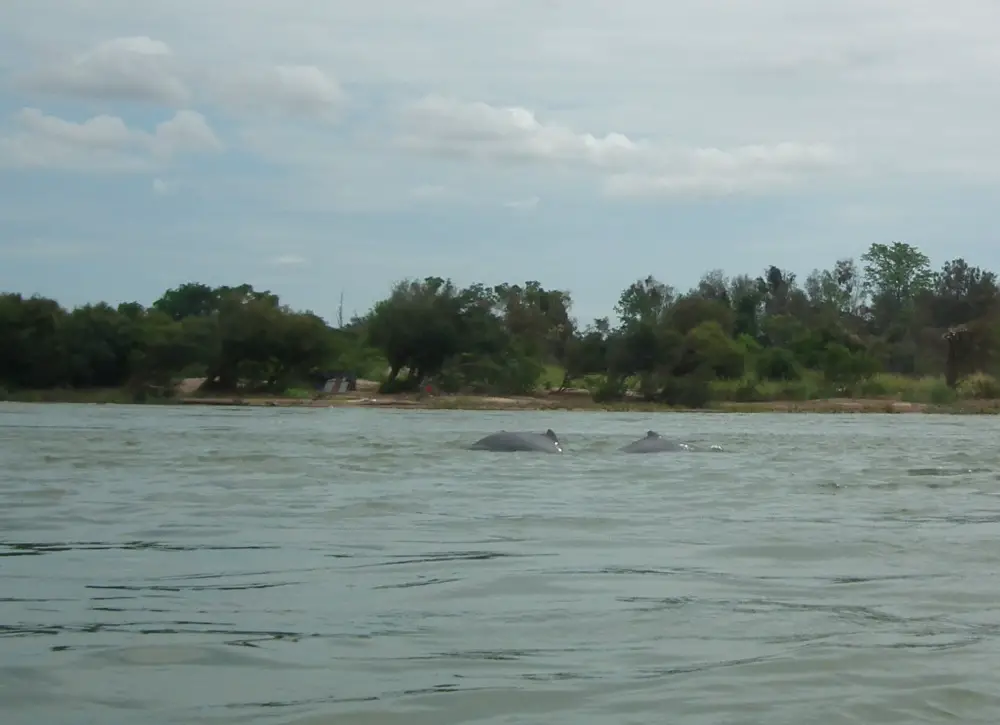
But mainly the area is a place to relax and explore at a sedate pace. It is very peaceful, especially in the evenings.
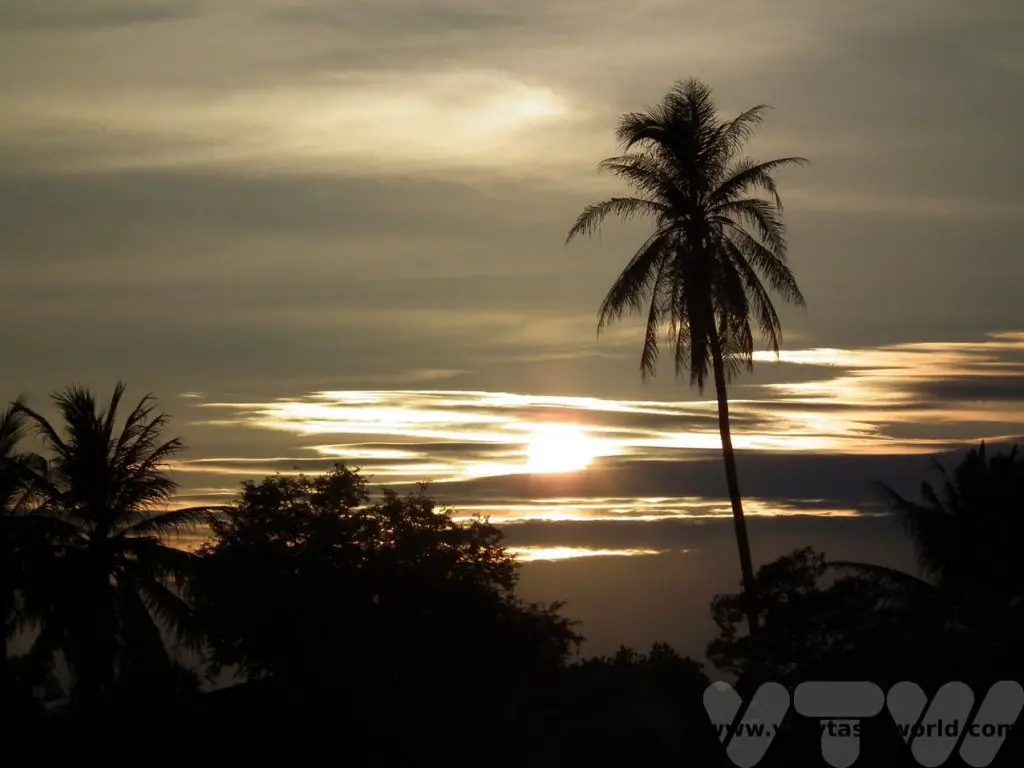
Lao – Khone Phapheng Waterfalls
Located just a few kilometres south of Siphandone are the Khone Phapheng falls. Due to the many, many channels that have formed at this point in the river these are the widest waterfalls in the world.
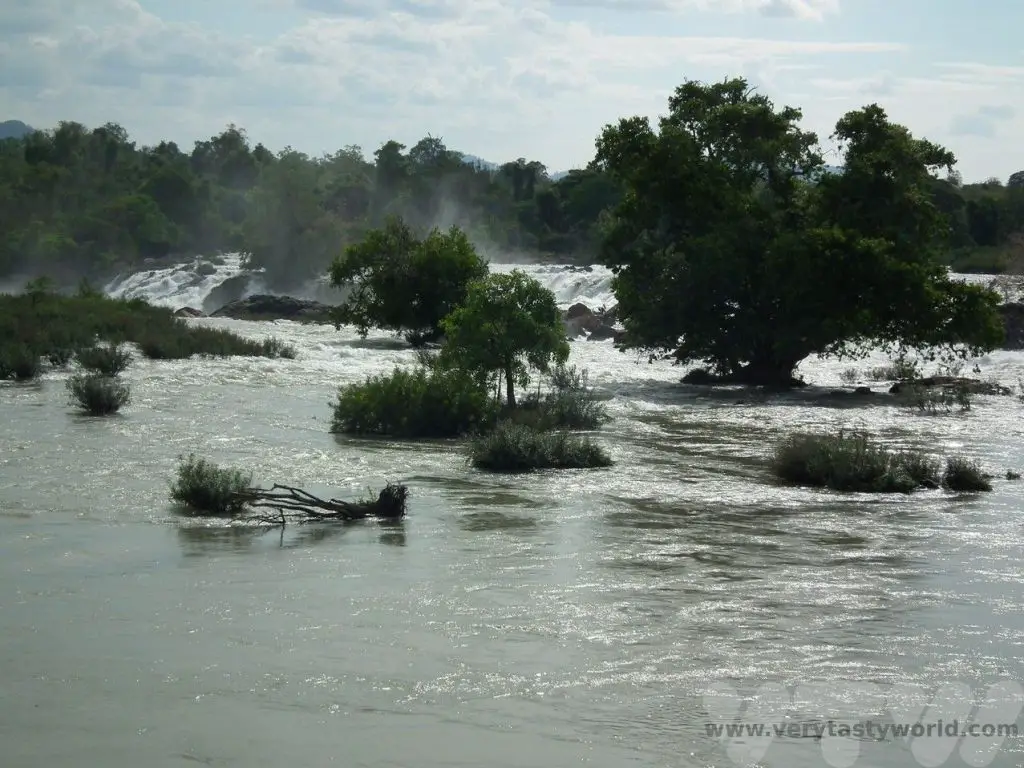
They are also the reason that the Mekong isn’t properly navigable from the South China Sea through to China. The rapids extend for a length of around 10km.
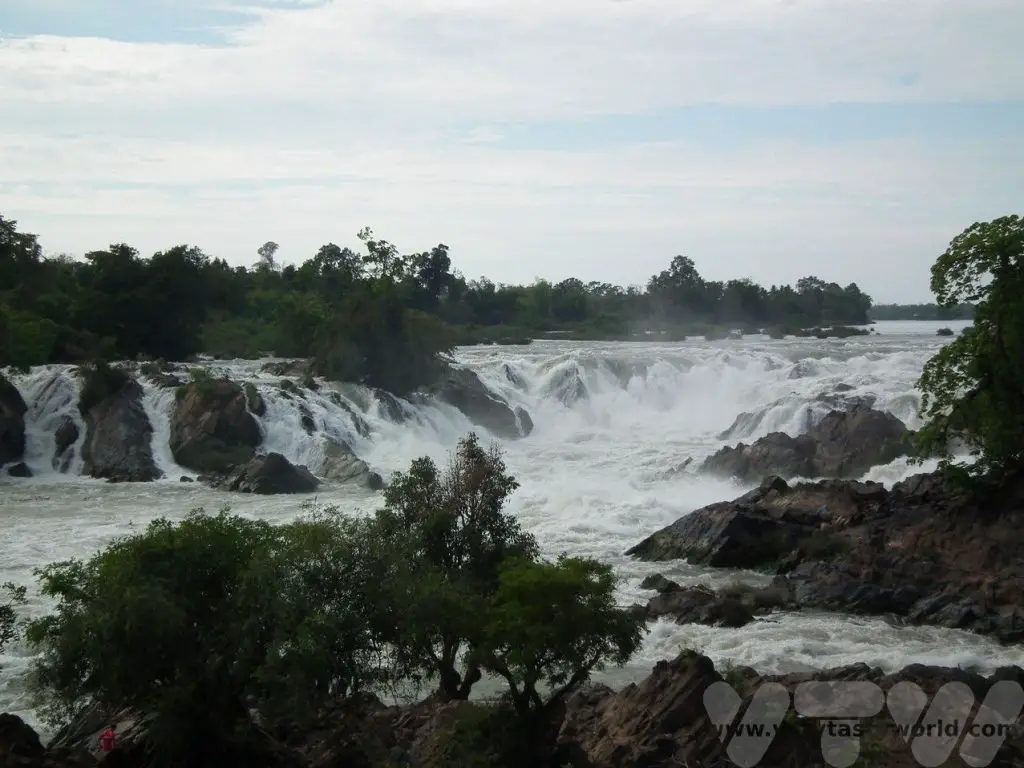
Several attempts were made to construct steamships that could scale the falls – with a lot of manual pulling – in the late 19th century. All of them failed. There were ideas to construct a canal with a series of locks around the falls but the expense was prohibitive so the railway was built – the idea being to deconstruct the boats, carry them on the trains via Siphandone and reassemble further upstream. Which sounds like a right faff, not an elegant engineering solution.
It is possible to walk along the banks of the falls and view the sheer might of the river at this section. There are restaurants and cafes in the area to enjoy a snack and a coffee while watching the falls.
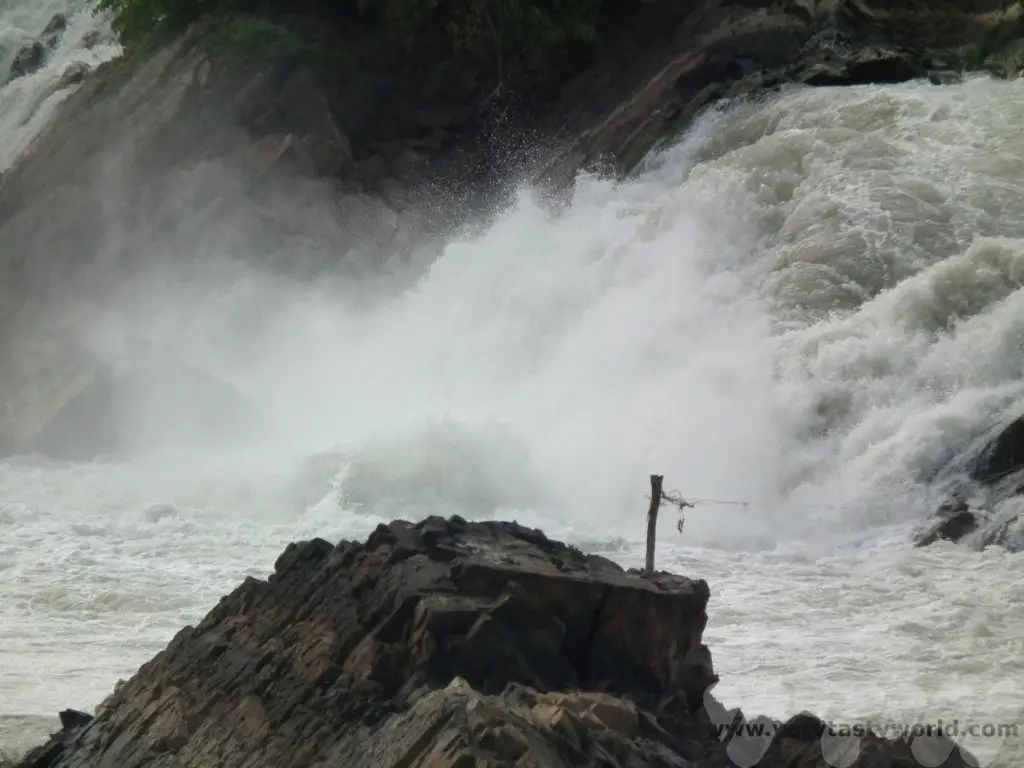
There is a tree – the Manikhoth – which is highly revered by local people. It stood for centuries in the middle of the river, apparently defying the flow and gravity – with roots facing the sky.
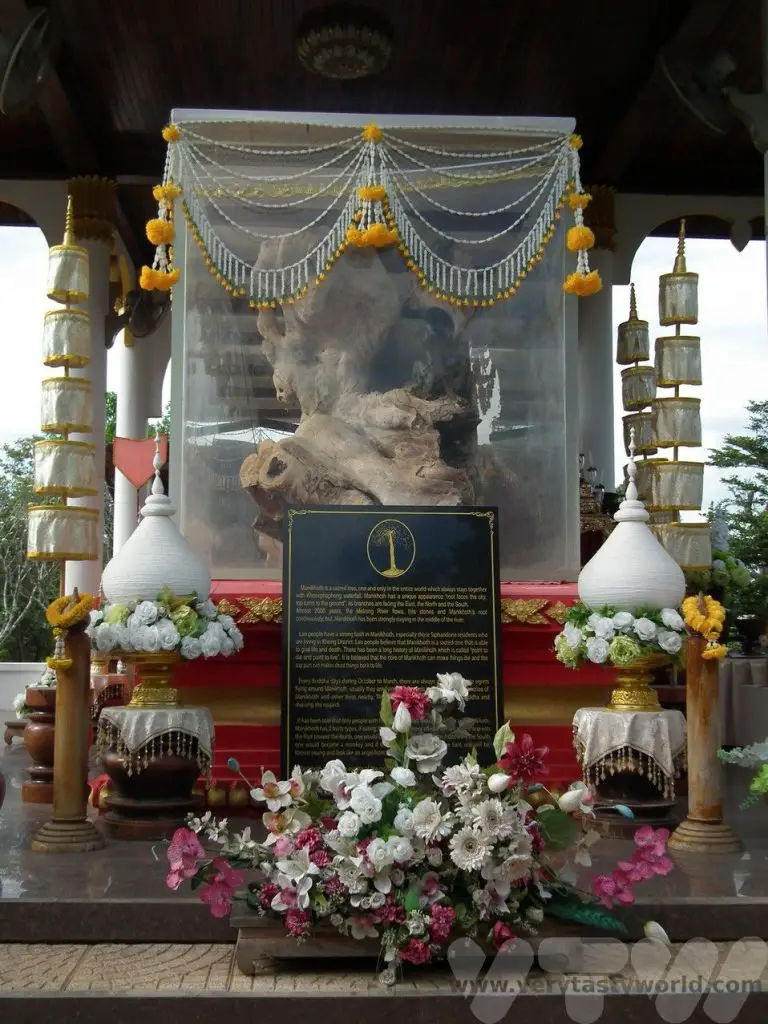
Sadly, it was washed away in 2012 but was later recovered and it now exhibited by the riverbank.
Crossing into Cambodia
Siphandone is very close to the Lao/Cambodian border so we got a lift to the border and walked across into Cambodia. It looks like a thin line on a map but leaving one country and entering another by crossing ‘no man’s land’ is actually a walk of several hundred metres.
A word of warning: We got stung for extra cash by the border guards who issued our visas at the crossing. At the time a Cambodian visa cost $30US but, after the border guard had taken our passports, he demanded $35. We queried this but he was insistent. We didn’t have a signal on our phones to be able to confirm the cost. What were we going to do? He had our passports and we wanted to get into Cambodia. So we paid. Humph.
Chatting with ordinary Cambodian people later in our trip we learned that civil servants were not respected at all… and also understood the reason why they drive around in flashy cars. The guy pocketed $10 in 5 minutes. In Cambodia that’s a lot of money. In future we will check the costs beforehand and produce evidence from the official website. We will be polite but insistent.
Cambodia – Longboat to Stung Treng
Still, all those irritations melted away when we headed to the river again, picked up a long boat just a couple of kilometres from the border and embarked on a delightful journey along the Mekong.
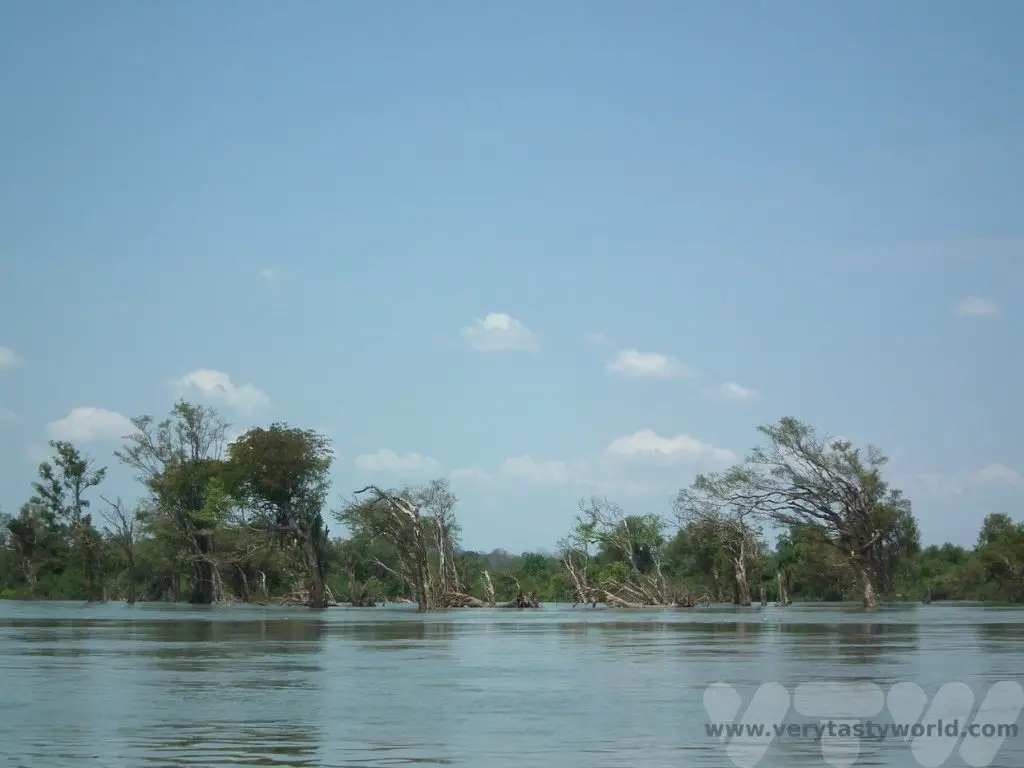
It was a glorious three hours travelling along the most beautiful stretch of pristine river.
You can really understand how the flow of the river Mekong has shaped its environment and the flora that grows alongside it.
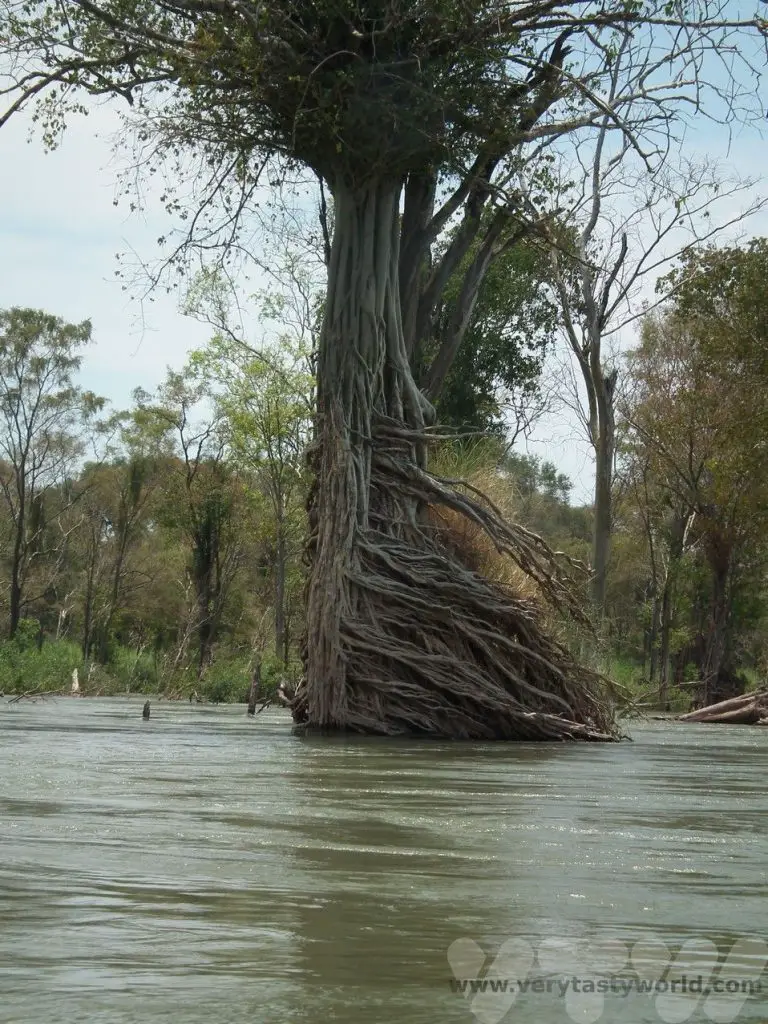
The roots of the trees cannot help but comply with the relentless force of the water’s flow.
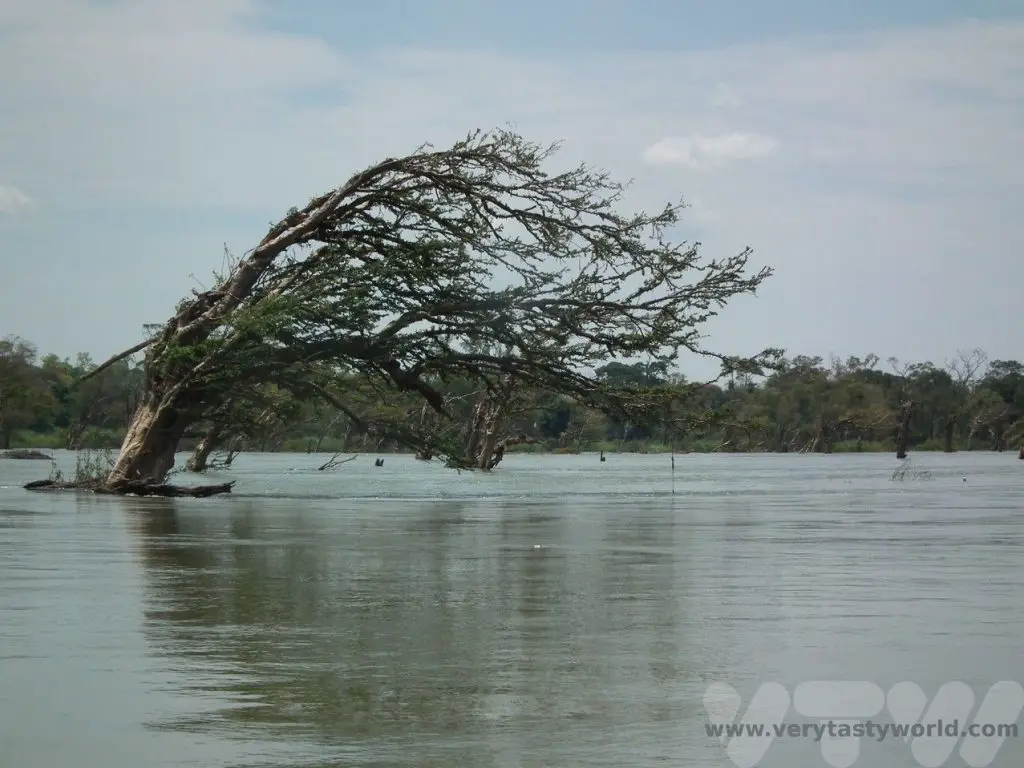
We arrived in the northern Cambodian town of Steung Treng. There’s not a huge amount to see when you get there but the journey was simply sublime. Just out of town we visited a local women’s development centre, an initiative where women and offered the chance to learn how to weave silk. Accommodation is available and there is a primary school where the children can receive an education while their mums are learning new skills. Their beautiful products are available to buy and are both good quality and incredible value. It’s a great opportunity to contribute to the local community.
Cambodia – Kratie
We then made our way by road to Kratie, a much larger town with a very laid-back vibe. It lies right on the Mekong and the river is calm and broad. It has a pod of Irrawaddy dolphins that live nearby and it’s easy to pick up a tuk-tuk to reach their location a few kilometres outside of town and upriver. There are plenty of boats that offer trips to see them.
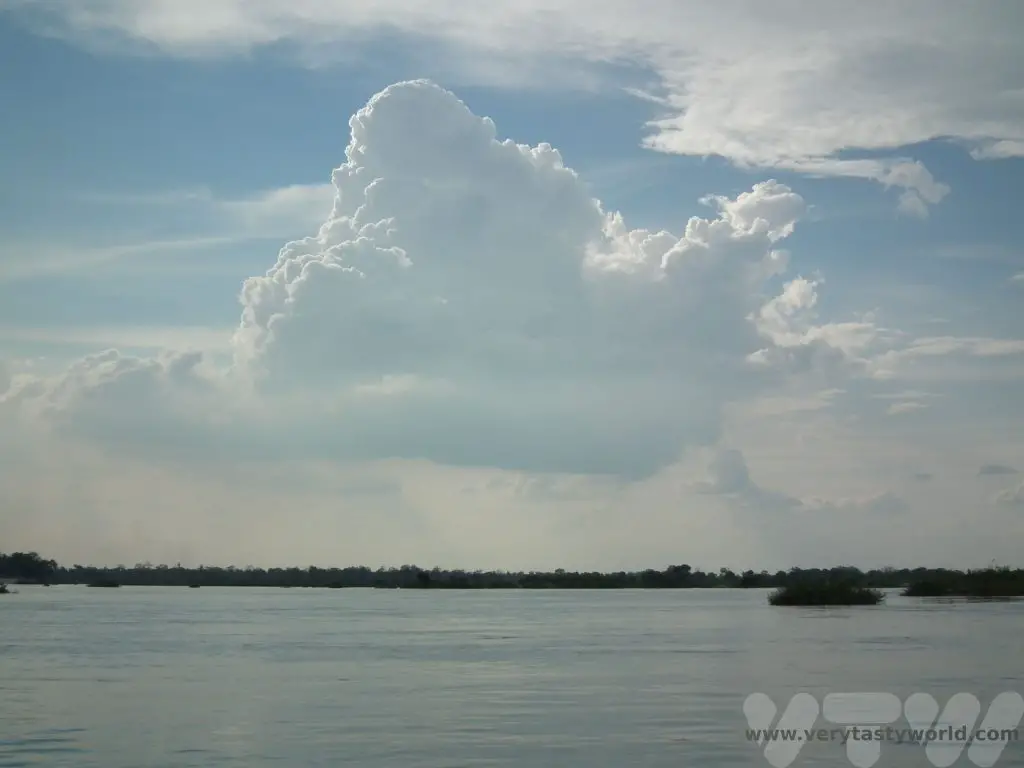
The water is somewhat murky and the dolphins here were also a touch elusive so getting a photo of them as they come up for air was quite tricky. So it was fun to sit back in the boat and enjoy watching them.
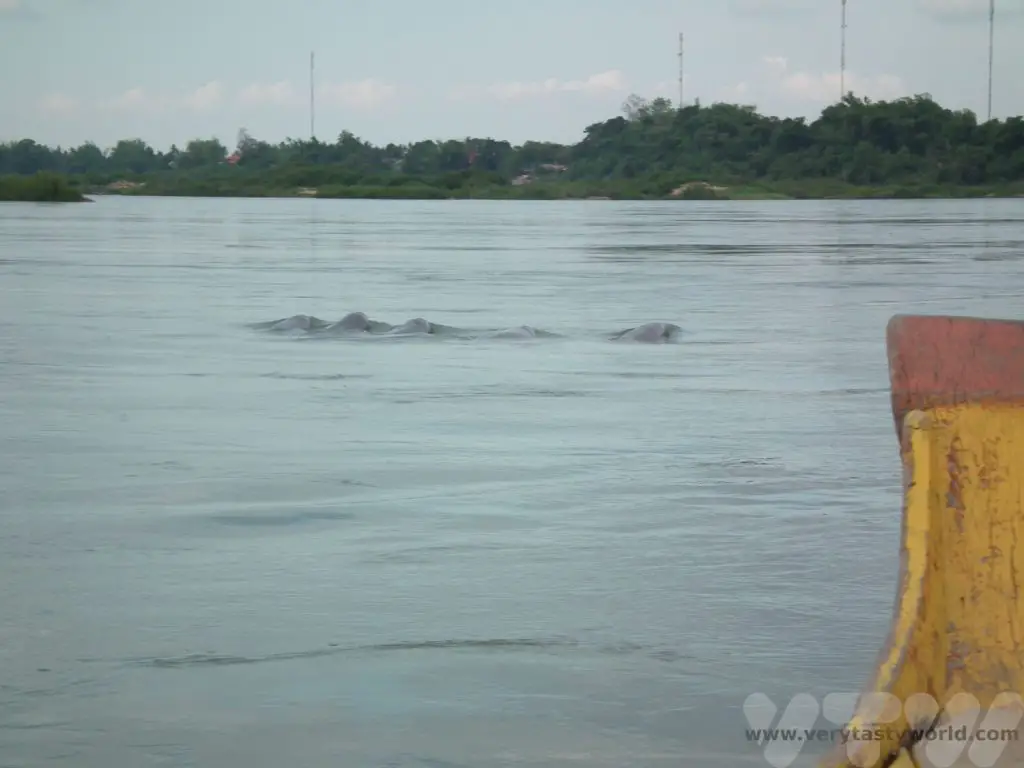
Back in town, Koh Trong island is one of the larger islands on the Mekong. You can pick up a ferry across to the island from the centre of Kratie and it takes a few minutes to make the crossing.
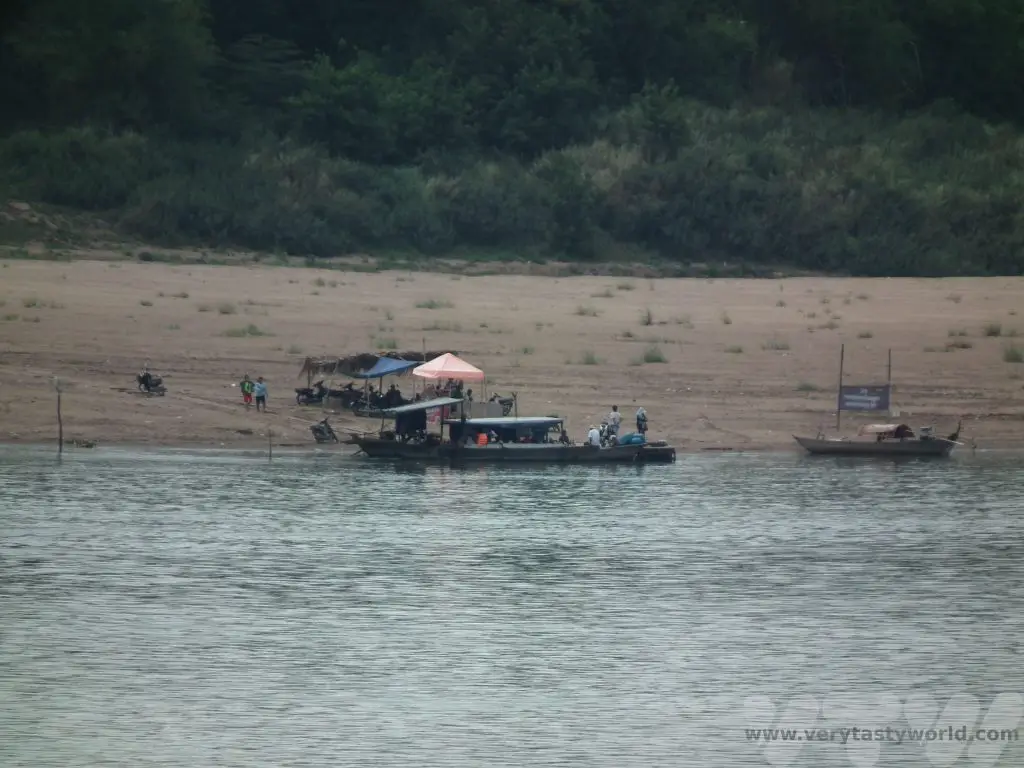
It’s possible to hire a scooter or a bicycle for just a few dollars and circumnavigate the island. It’s a really pleasant way to spend a morning or afternoon. Everyone was very friendly and waved to us as we cycled on the roads.
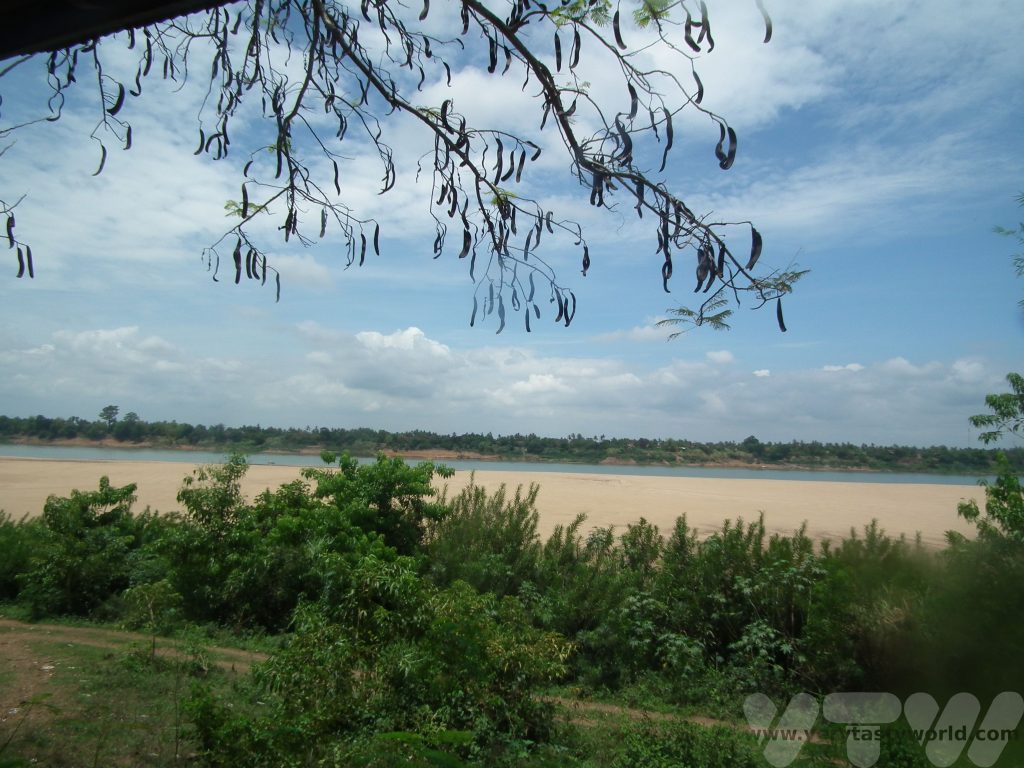
Cambodia – Lake Tonle Sap
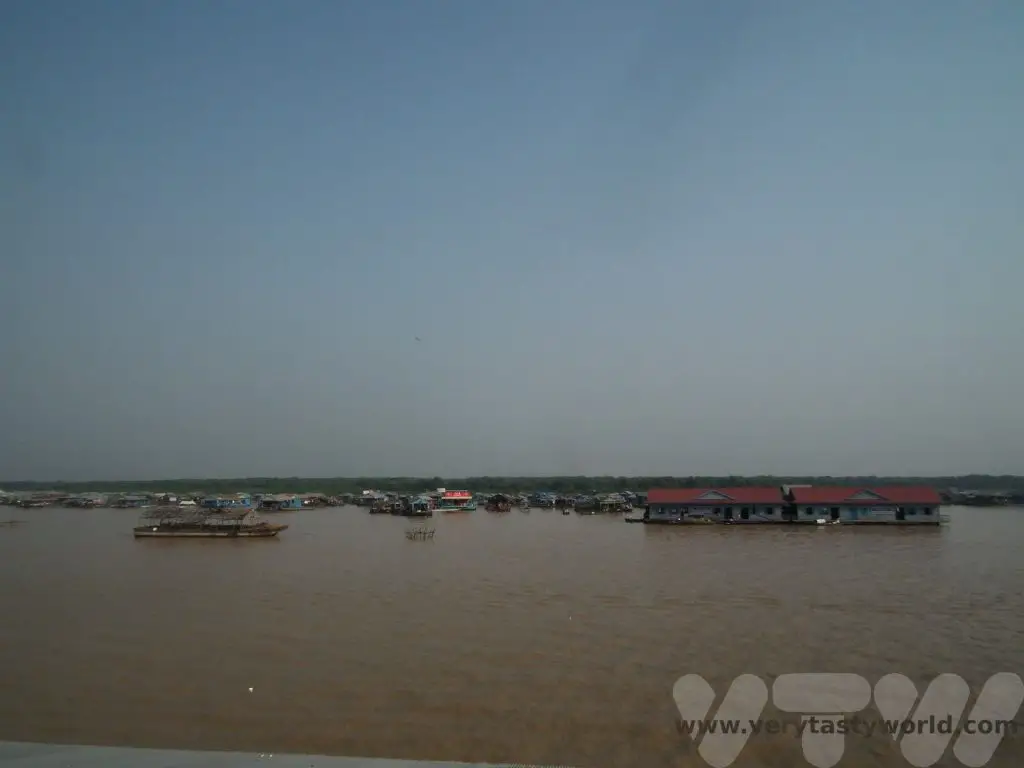
Tonle Sap has fascinating geographical features. It is located within a depression and as such its water levels are highly influenced by the flow of the Mekong; at certain times of the year the lake is fed by the river, at other times the flow reverses and flows into the Mekong along the Tonle Sap river. The river starts flowing into the lake during spring and the volume of water increases due to the monsoon during the rainy season which takes place between May and October. The rains can bring up to 4000mm of water.
The lake reaches its maximum area around November time and the water level will have risen by up to 10 metres. As the monsoon ends, lake Tonle Sap starts draining back into the Mekong via the Tonle Sap river, a journey of 120km. We visited in February when water levels were low – the lake’s depth can be as shallow as one metre – and you can see how the vegetation has adapted to this amazing natural cycle.
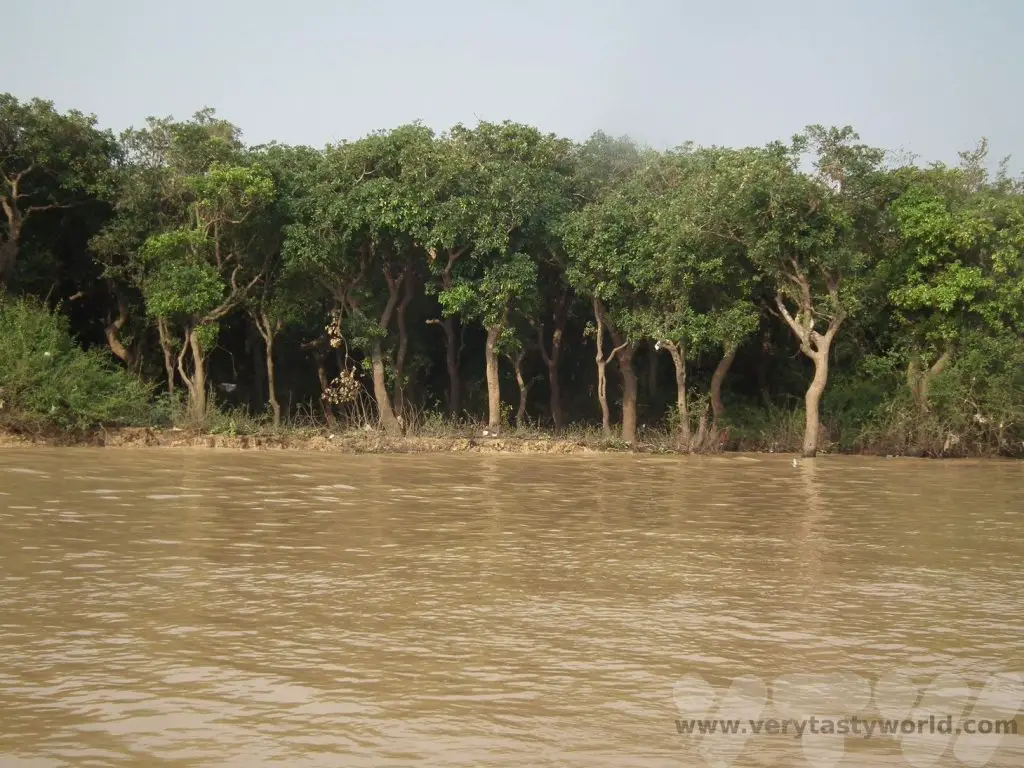
Tonle Sap is around an hour’s drive from Siem Reap and Angkor Wat and it’s possible to enjoy a boat ride to visit some of the floating shops.
Cambodia – Phnom Penh
Cambodia’s capital city is the location of the confluence between the Tonle Sap and Mekong rivers. There is a legend that in the 14th century a widow named Penh discovered a tree which contained four statues of Buddha and one of Vishnu floating down the Tonle Sap river. She asked local villagers to increase the height of a nearby hill and established a temple there. The name Phnom Penh translates as ‘Penh’s hill’.
The centre of the Khmer empire moved to Phnom Penh after Angkor Thom was sacked sometime in the 17th century, although it formally became established as the capital in 1865 by King Norodom. It is a lively city. The river Mekong is broad and serene and there are plenty of walkways along its banks. The royal palace is located by the riverside.
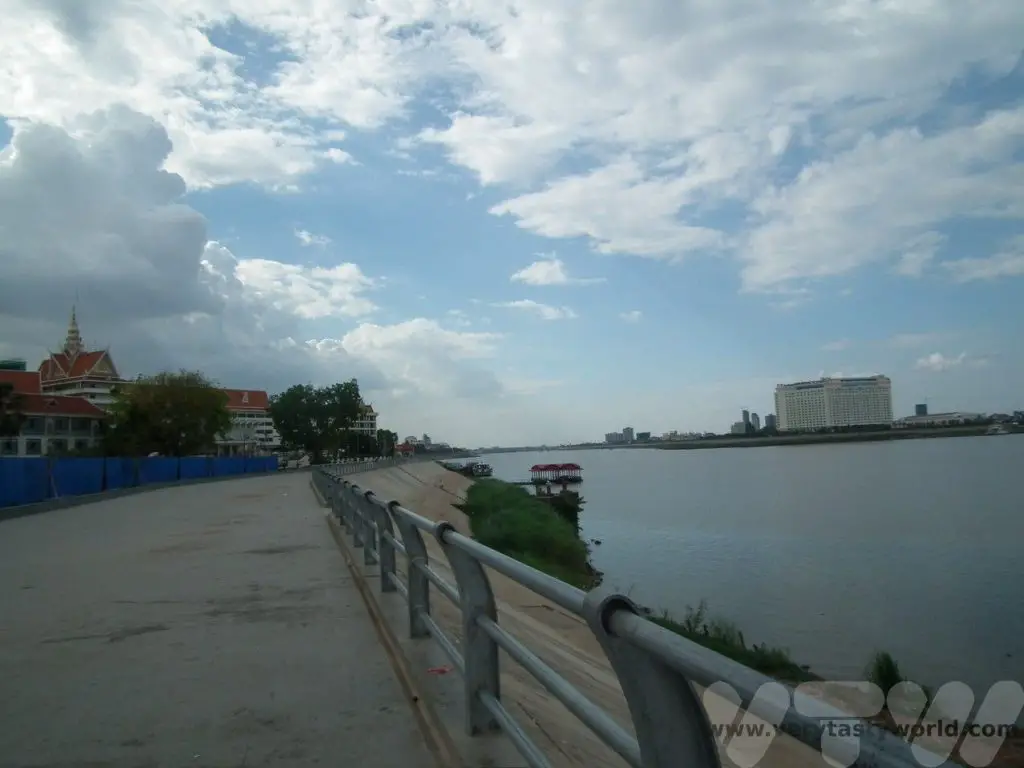
Vietnam – Mekong Delta into the South China Sea
The river then leaves Cambodia and flows into Vietnam. As it approaches the South China Sea it splits into what is known as Cuu Long, which translates as ‘Nine Dragons’, representing each of the channels that the river divides into.
The Mekong delta is vast and covers an area of about 40,5000 square kilometres. It is the rice basket of Vietnam, where two to three yields of rice can be grown each year.
It is possible to enjoy a cruise on the river. There are lots of options from a day trip to overnight stays. The easiest way to reach the Mekong Delta is to get transportation from Ho Chi Minh City – a 3-4 hour drive.
We enjoyed a leisurely two day cruise traditional style Bassac boat along the Sông Hậu branch of the river from Cần Thơ to Cái Bè.
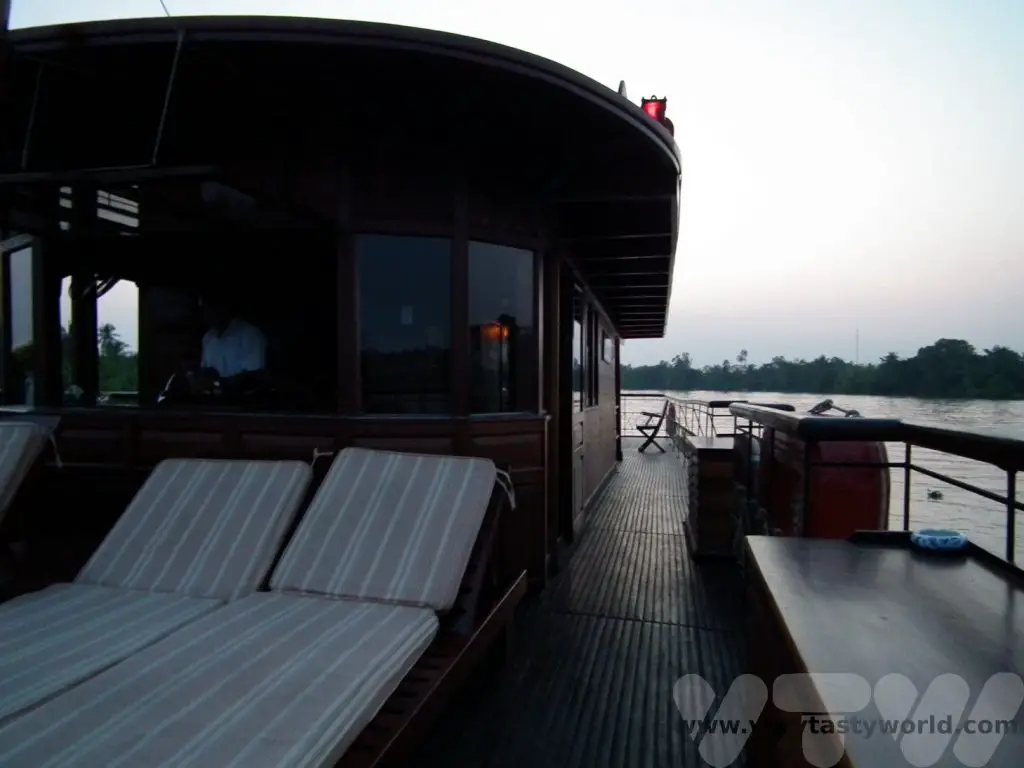
It’s a lovely way of seeing the river and many boat trips offer land excursions where it’s possible to visit local villages which grow rice and fruit.
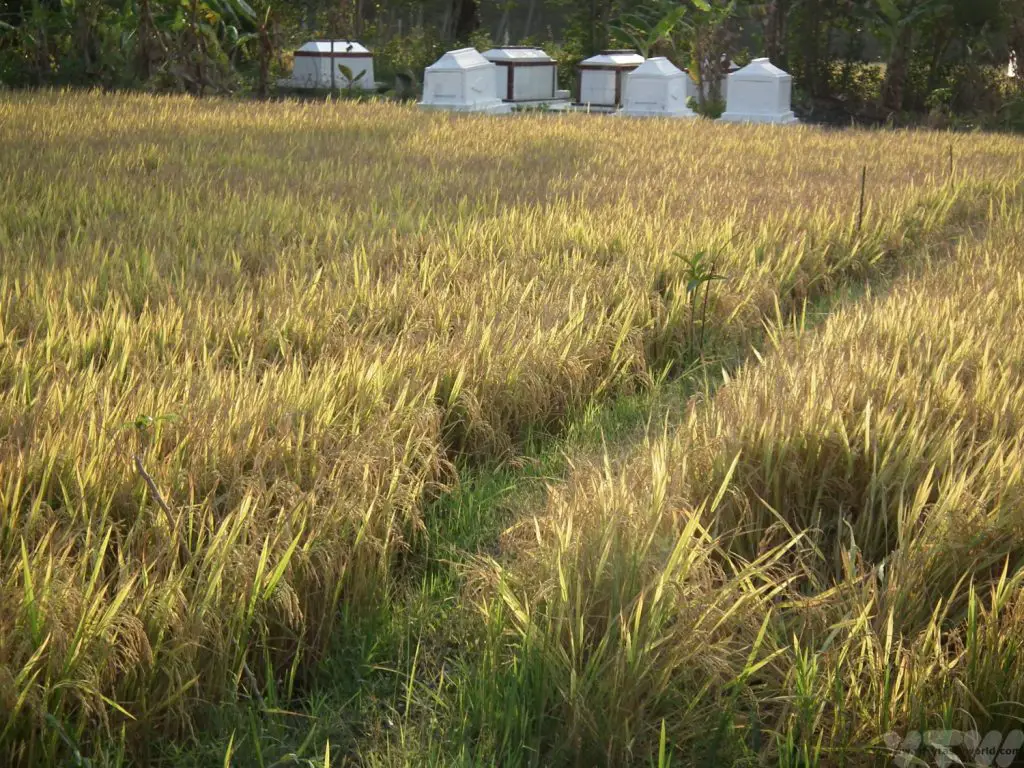
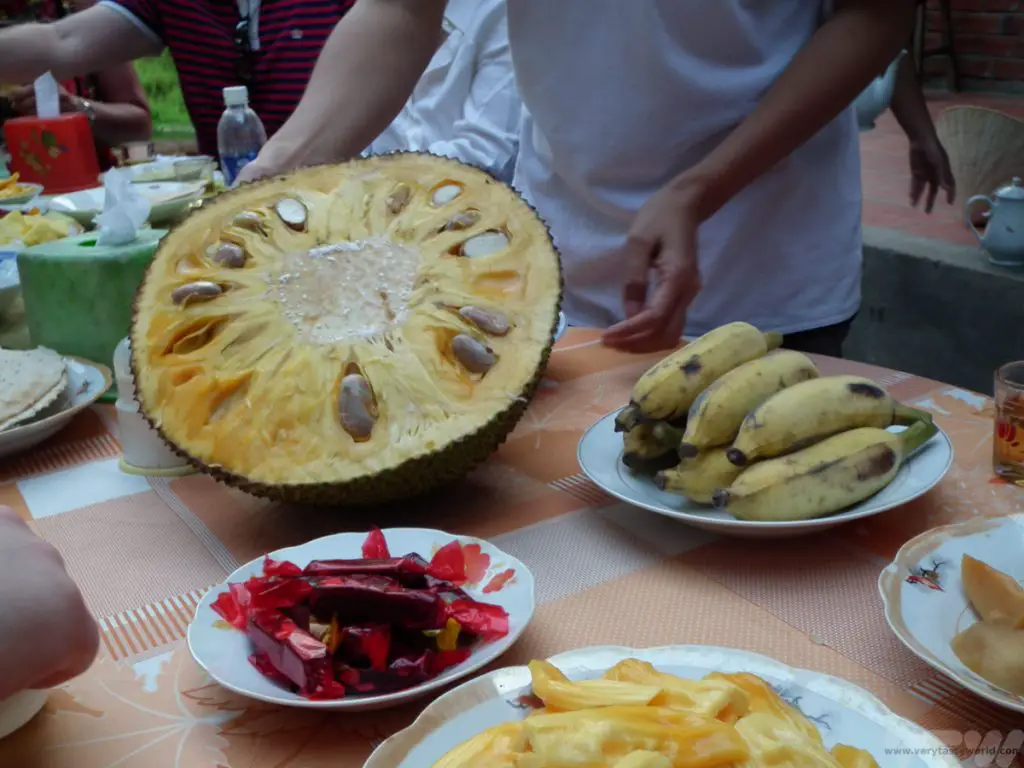
There are also onshore factories which manufacture sweets such as coconut candy, and rice paper.
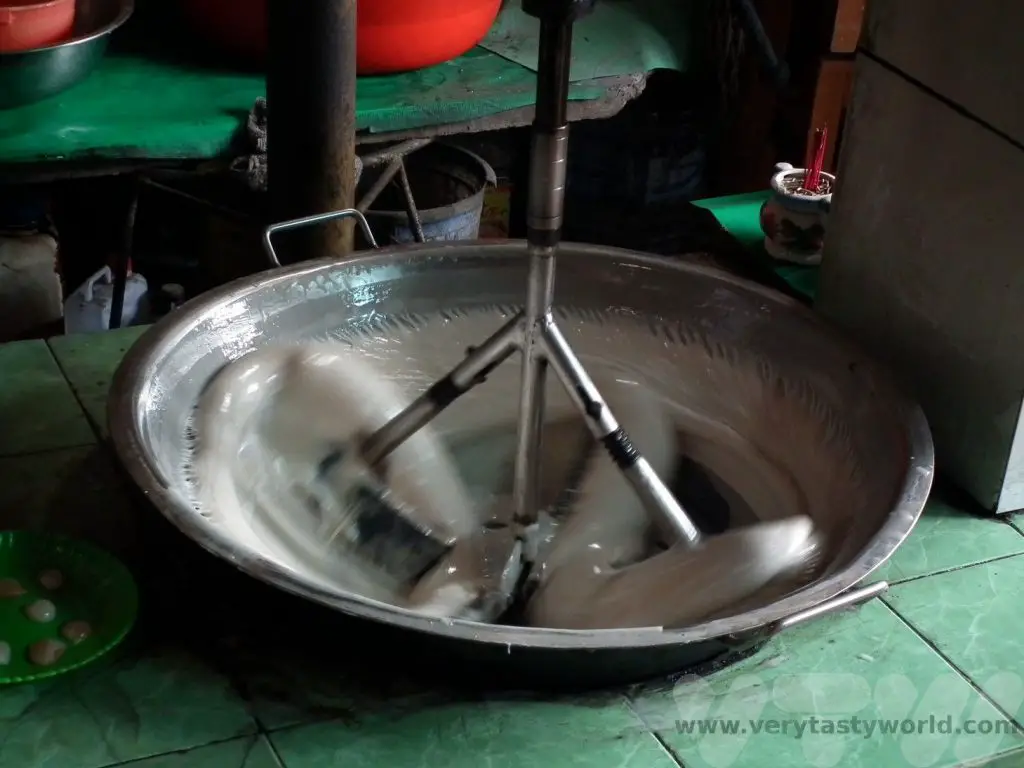
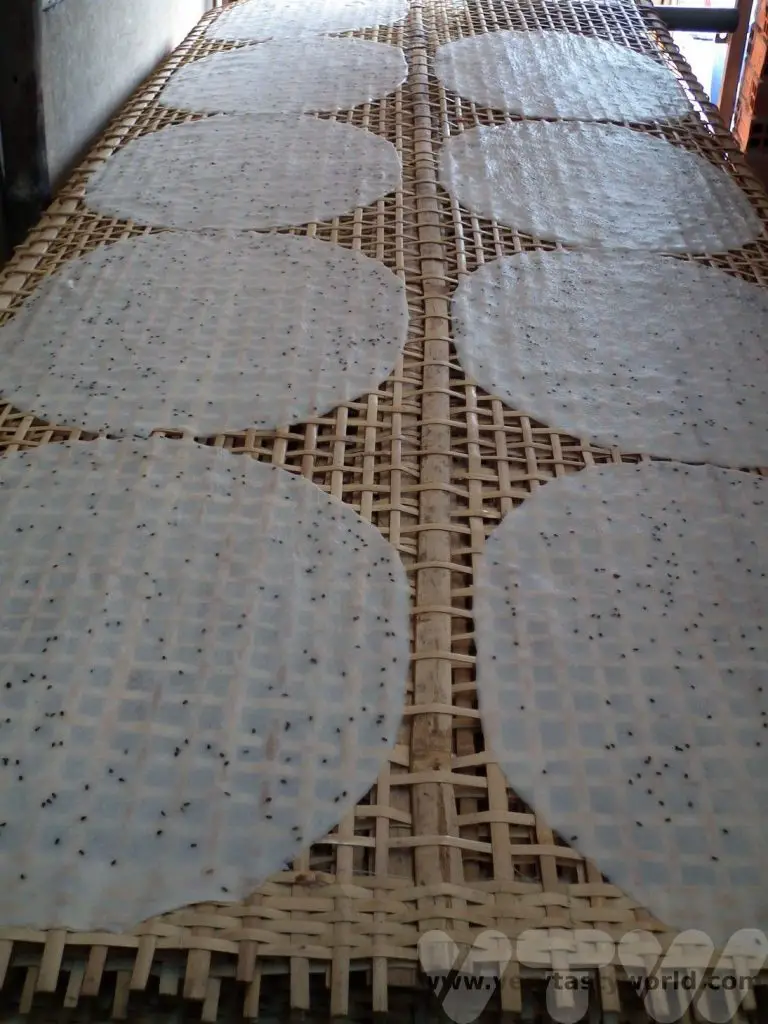
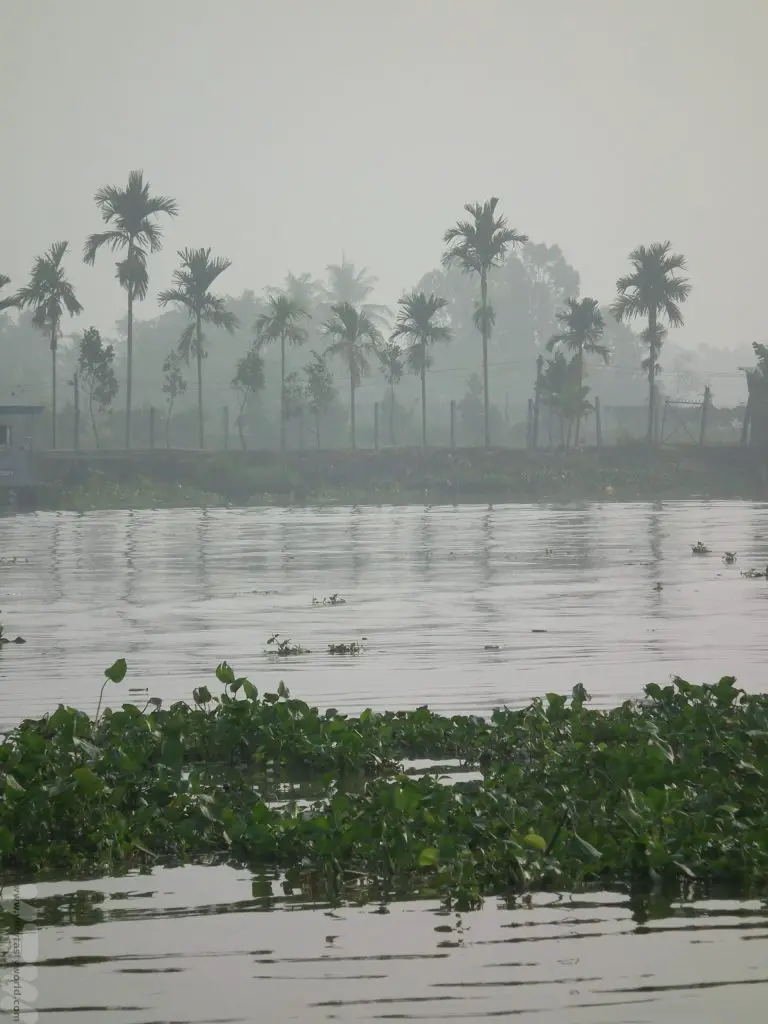
While we didn’t follow the river all the way from Lao to the South China Sea, the Mekong has meandered its way through many of our travels throughout South East Asia. It has provided diverse points of interest from the beautiful landscapes it has shaped, the wildlife that live in and around it, and the bountiful food it supplies. It is clear to see how much it has influenced the lives and livelihoods of the people who live on and around it.
Related Posts You May Enjoy

- A One Day Hanoi Itinerary
- Mekong Meanderings
- A Chiang Rai Temple and A Country Retreat
- A Chiang Mai Tour in Northern Thailand
- Sunrise at Angkor Wat and Other Temples
- Mekong Delta River Cruise in Vietnam

- Recipe: Simmered Shiitake Mushrooms
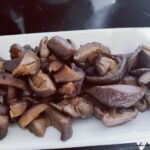
- How to Use Public Transport in Japan

- RECIPE Oyakodon Donburi

- Planning a Trip to Japan
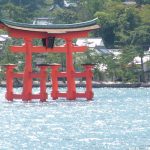
- The Makanai: Cooking for the Maiko House
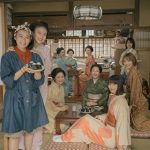
- Setsubun Food – Bean Throwing Day

- The Gassho Farmhouses of Rural Japan
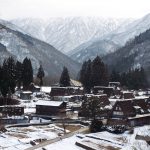
- Recipe: Japanese Simmered Pork Belly – Buta no Kakuni

- RECIPE: How to Make Umeboshi

Recipe: Venetian Pasta Sauce
When we visited Venice we were surprised to learn that the cuisine wasn’t all pasta pasta pasta – rice dishes such as risotto are more typical of the region. And of course there is lots of seafood on offer.
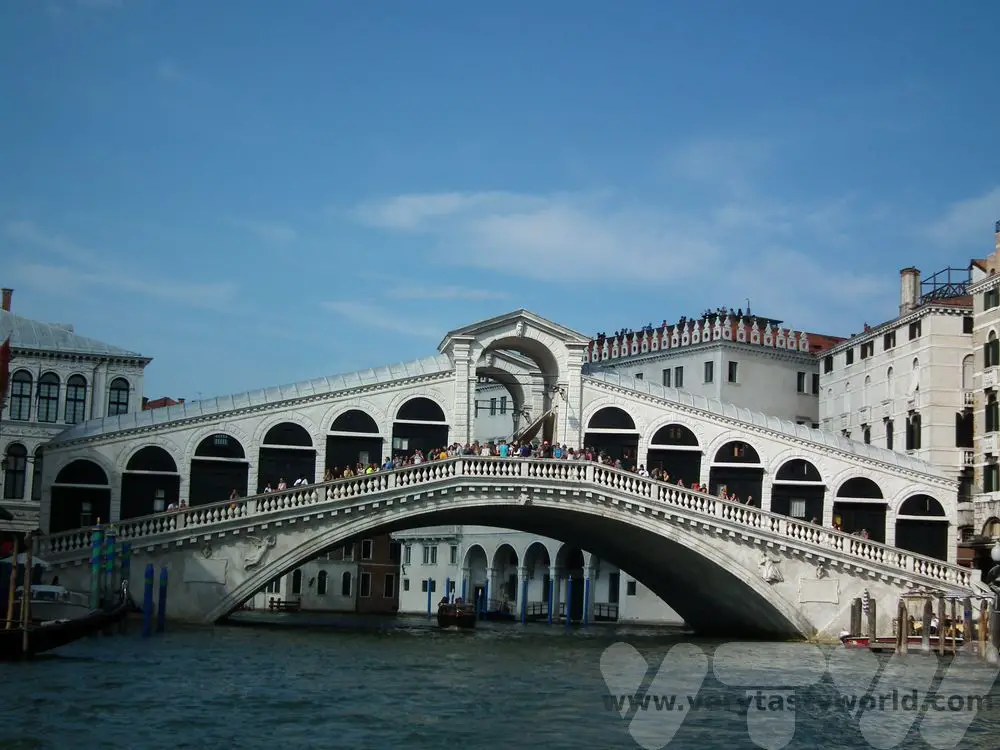
When we explored the Rialto market we fell for the touristy foodie goodies – from different types of pasta to various herb and spice mix condiments. All wrapped up very prettily and ideal as a souvenir.
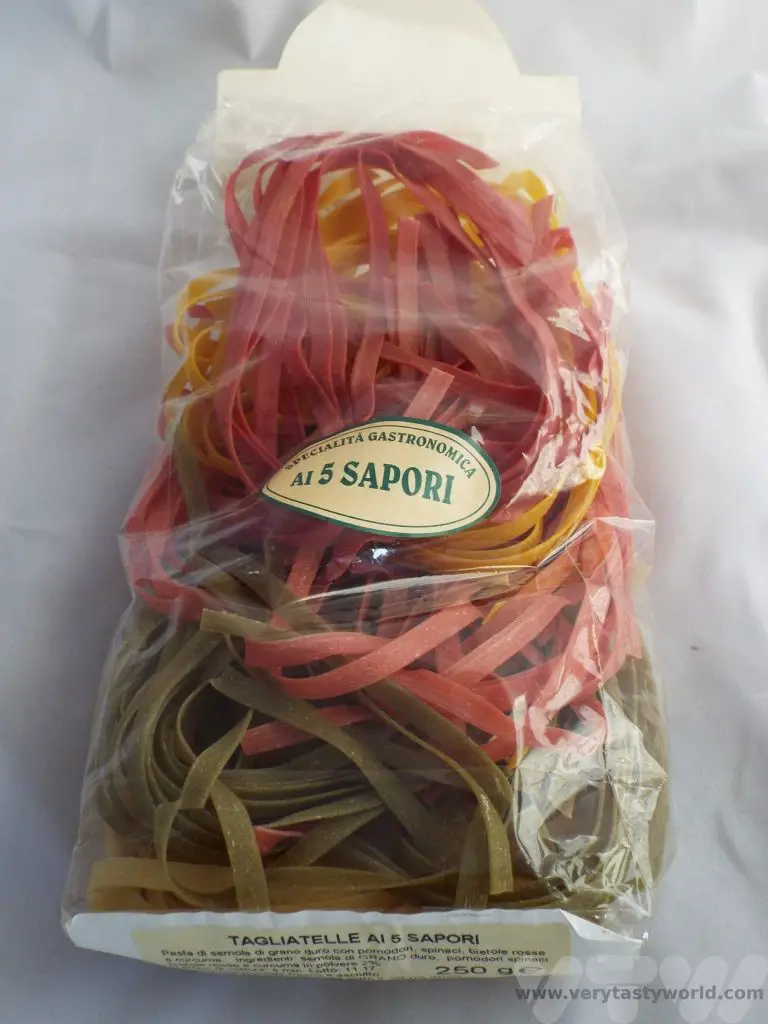
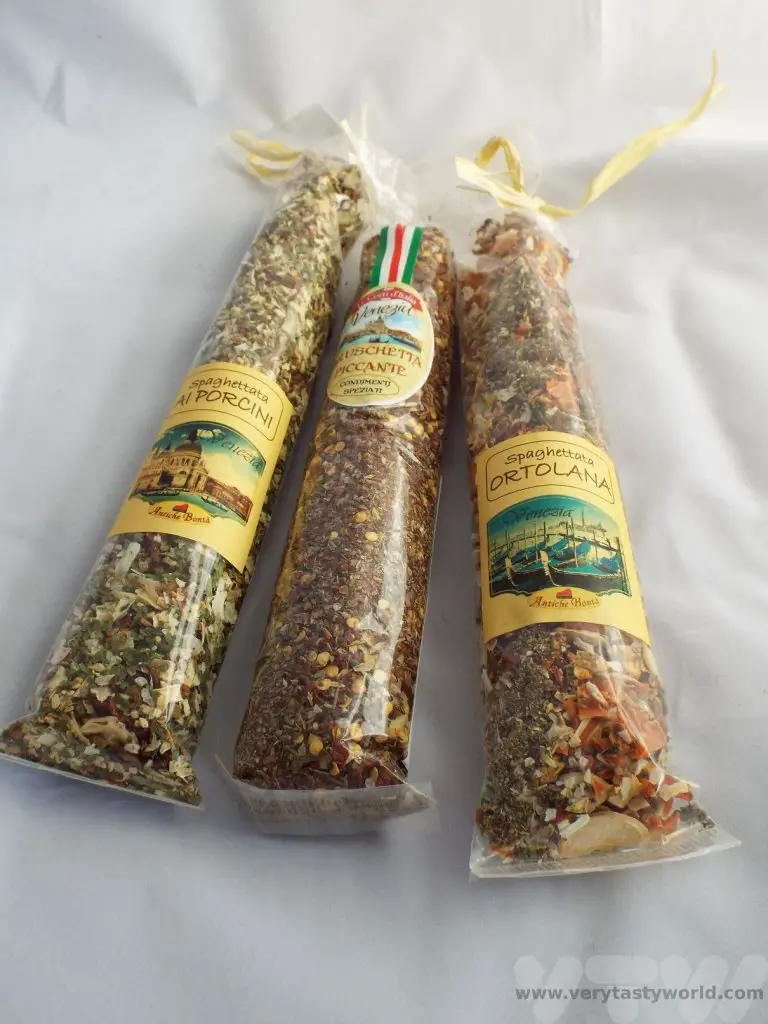
We wanted to try to make a sauce that was typically Venetian and came across salsa with bigoli.
This Venetian sauce is brilliant because it has a minimal number of ingredients, is really simple to cook, but packs a real punch in terms of flavour. The predominant flavours are sweet – from the onions which have a natural sweetness (any acrid onion flavour gets cooked away) – as well as salt and umami from the fish. It’s a fantastic combination.
Tinned fish is really popular these days and this recipe is great for using cheap ingredients – just onion and a couple of tins of fish. However, it does require quite a long cooking time, which uses energy, so we recommend making it in bulk and then freezing the leftovers. Then you can always have some to hand – just defrost and reheat.
Traditionally this sauce is served with bigoli, the pasta of choice in Venice. It’s like a big spaghetti, long and with a rough texture to soak up the sauce. We find it quite difficult to get bigoli in the UK, so spaghetti or tagliatelle work well as substitutes.
How to Make Venetian Pasta Sauce
Serves 4 people (or 2 and you can freeze any leftovers). Or double up and make a large quantity to freeze.
Ingredients
2 large onions
1 tin of anchovies in oil
1 tin of sardines in oil
Water
Black pepper to taste and green herb such as parsley to garnish
Pasta of your choice to serve it with (bigoli is traditional)
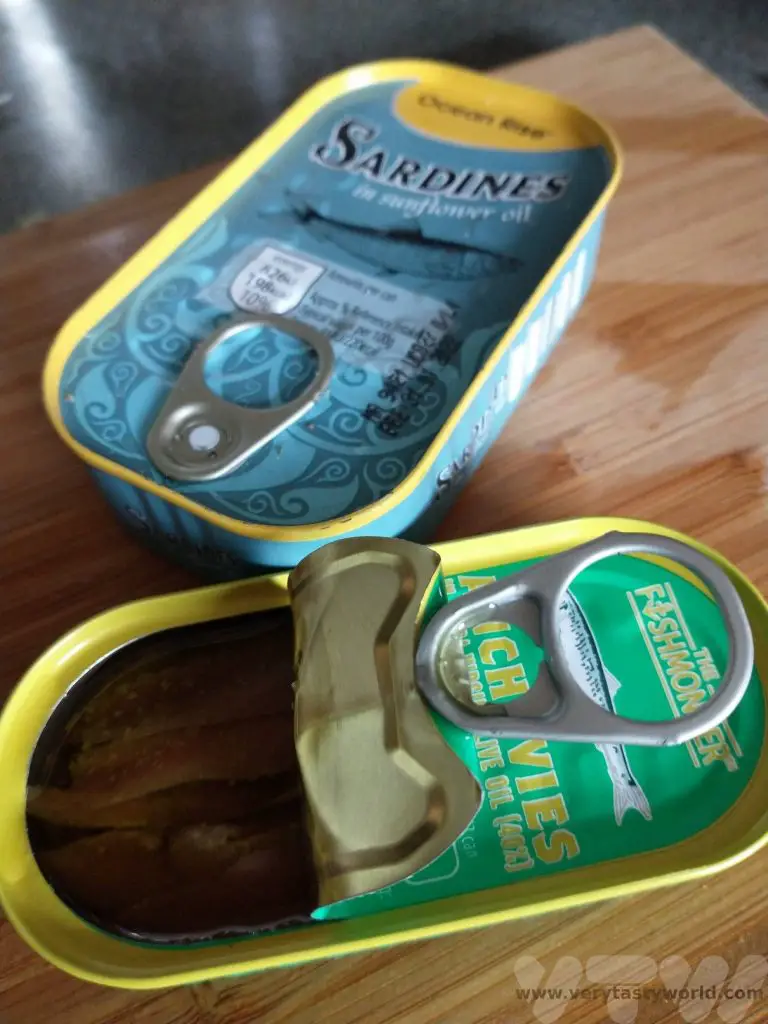
Method
Chop the onions very finely. When you think you’ve chopped them finely enough, chop them some more. The aim is to cook them to a mush.
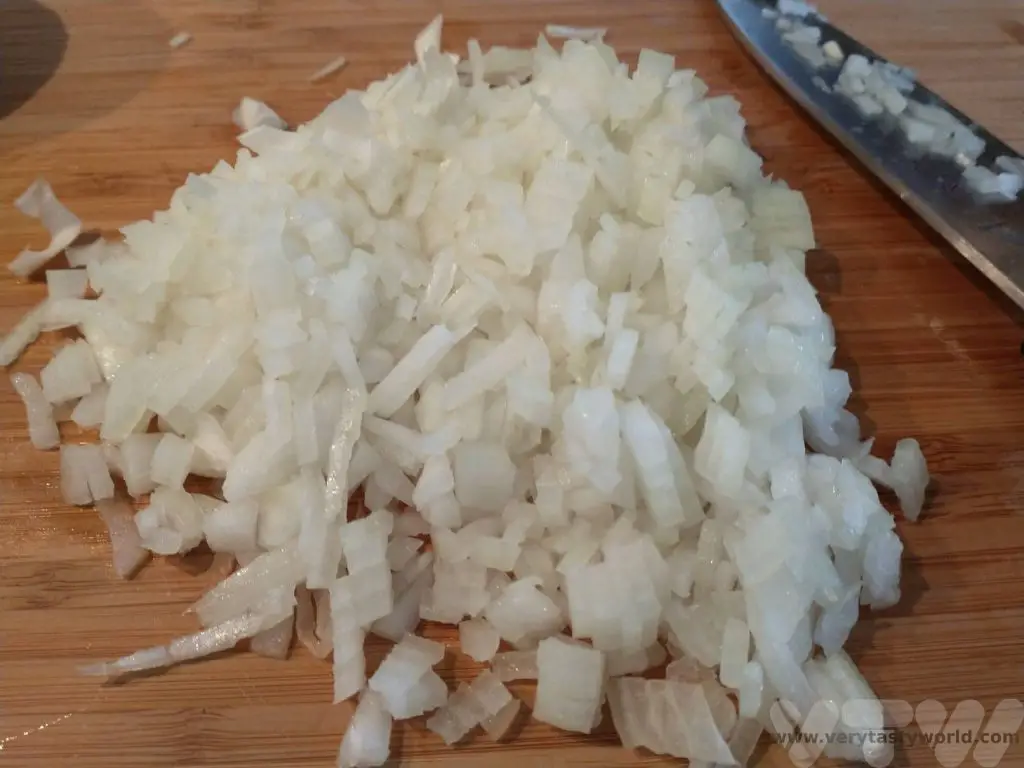
Put the very finely chopped onions into a pan and add water – just to the level of the onions. Use a low heat to cook them. Keep an eye on the water and top up a little if it evaporates.
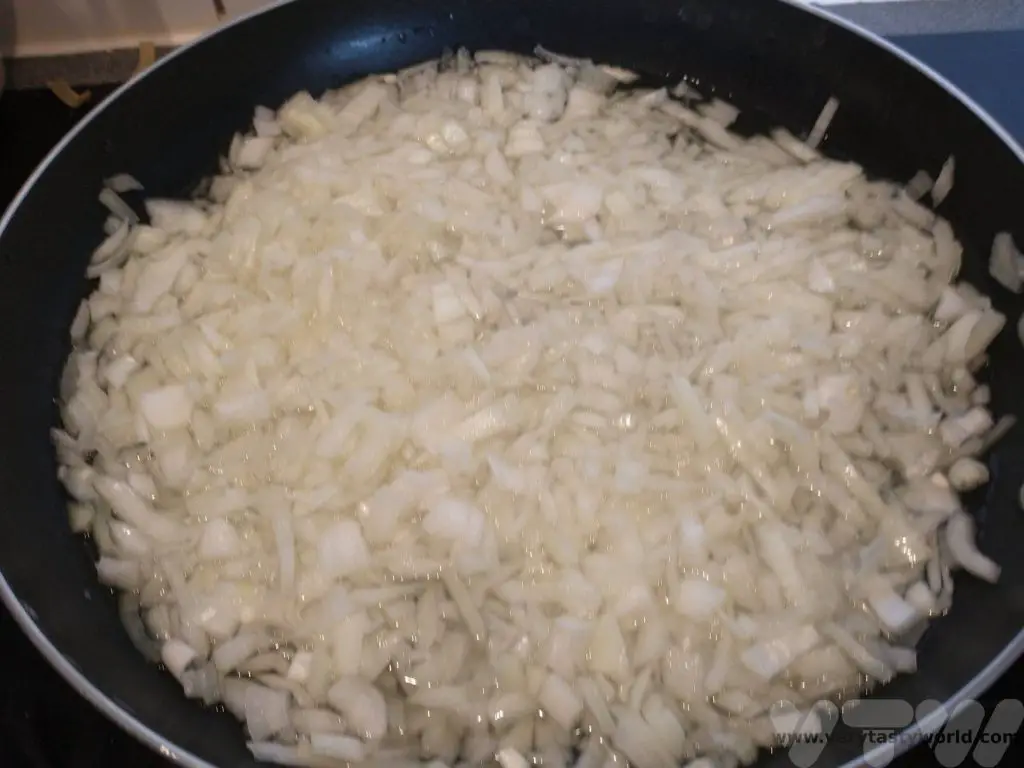
After around 35-45 minutes the onions should be nicely mushy. If there is still water in the pan, turn up the heat briefly to let it evaporate off. Otherwise use a potato masher or a wooden spoon to mash them if needed.

Open the sardine and anchovy tins and chop the fish finely. Retain any oil that’s in the tin.
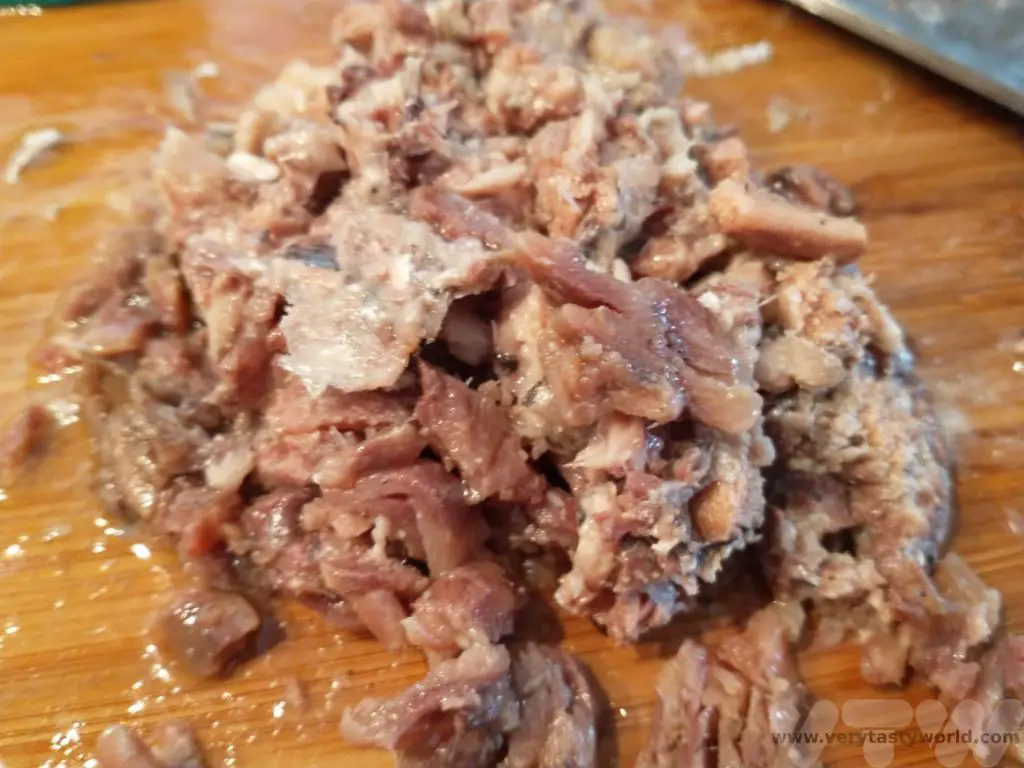
Add the chopped fish to the onions and stir. Let them dissolve into the mixture.
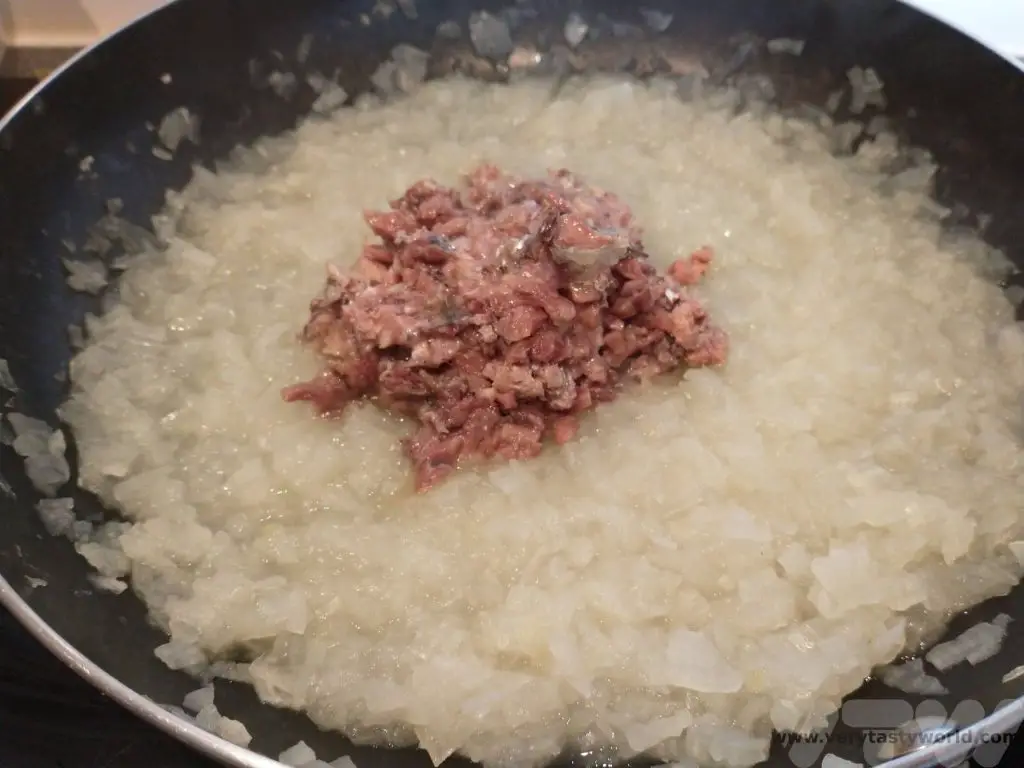
That’s it. The sauce is ready. Keep it warm on a low heat while you cook your pasta.
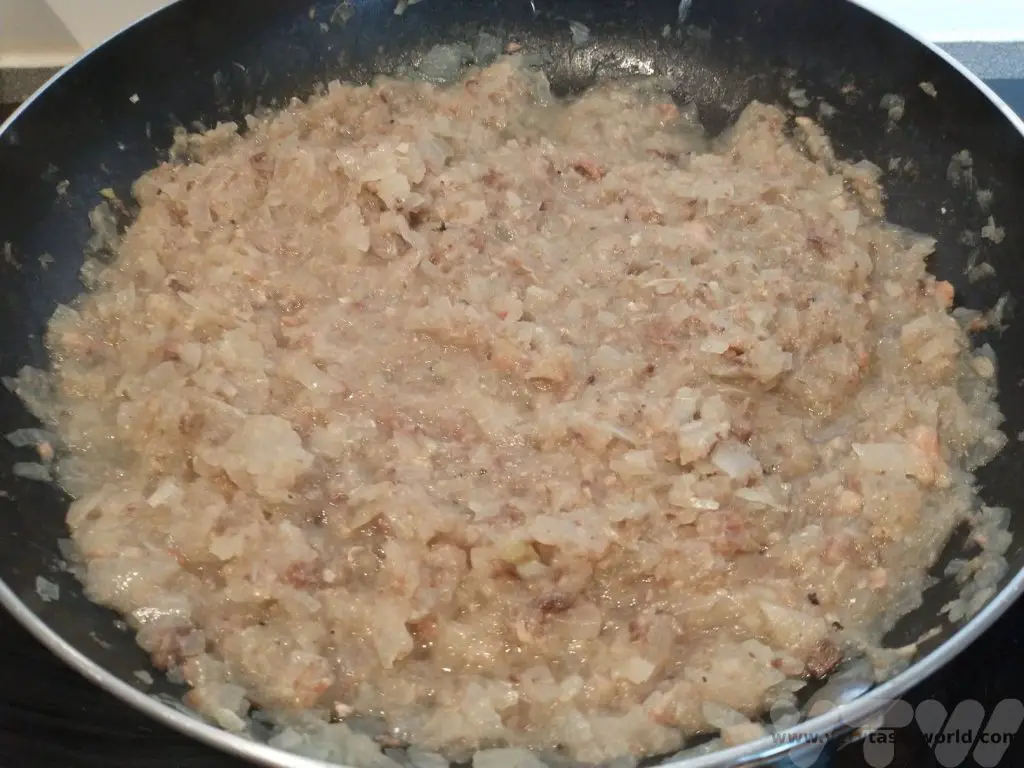
We didn’t have any bigoli on hand but we did have some tagliatelle, bought in Venice as a souvenir, in the colours of the Italian flag, which we felt was an appropriate pasta to use.
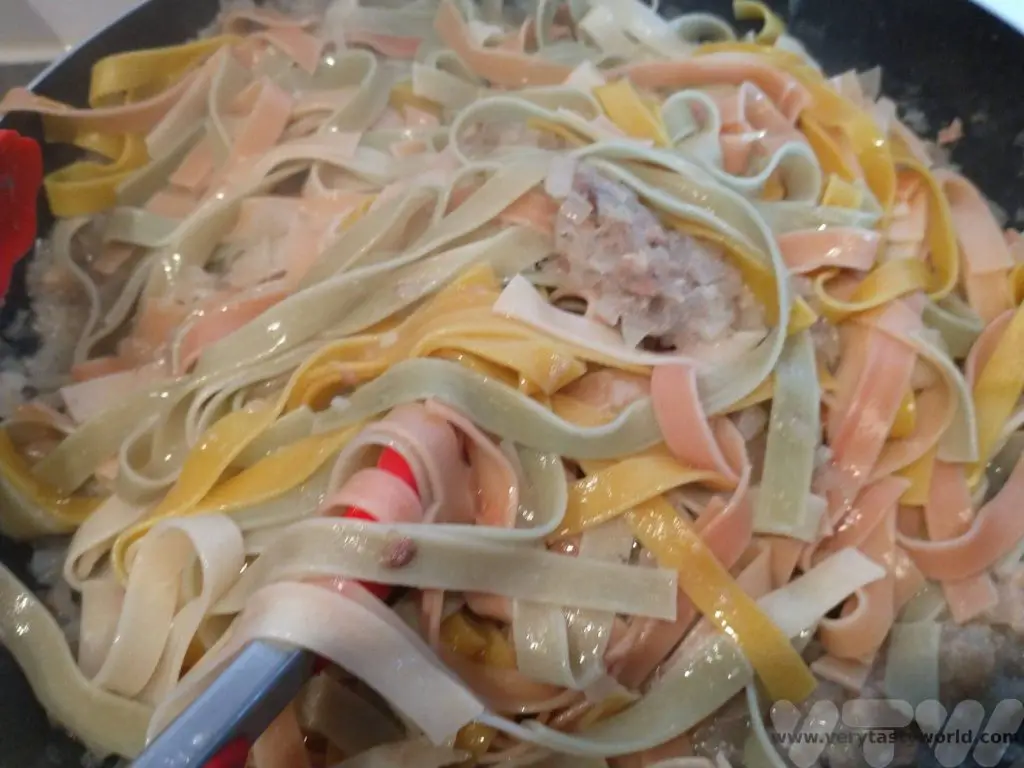
Cook the pasta. When we cooked the pasta we didn’t add salt to the water because the anchovies are pretty salty, but season to your taste if needed.
Add the pasta to the sauce and mix. We seasoned with freshly milled black pepper and our garnish was some foraged garlic mustard leaves but a green herb like parsley will be fine as well.
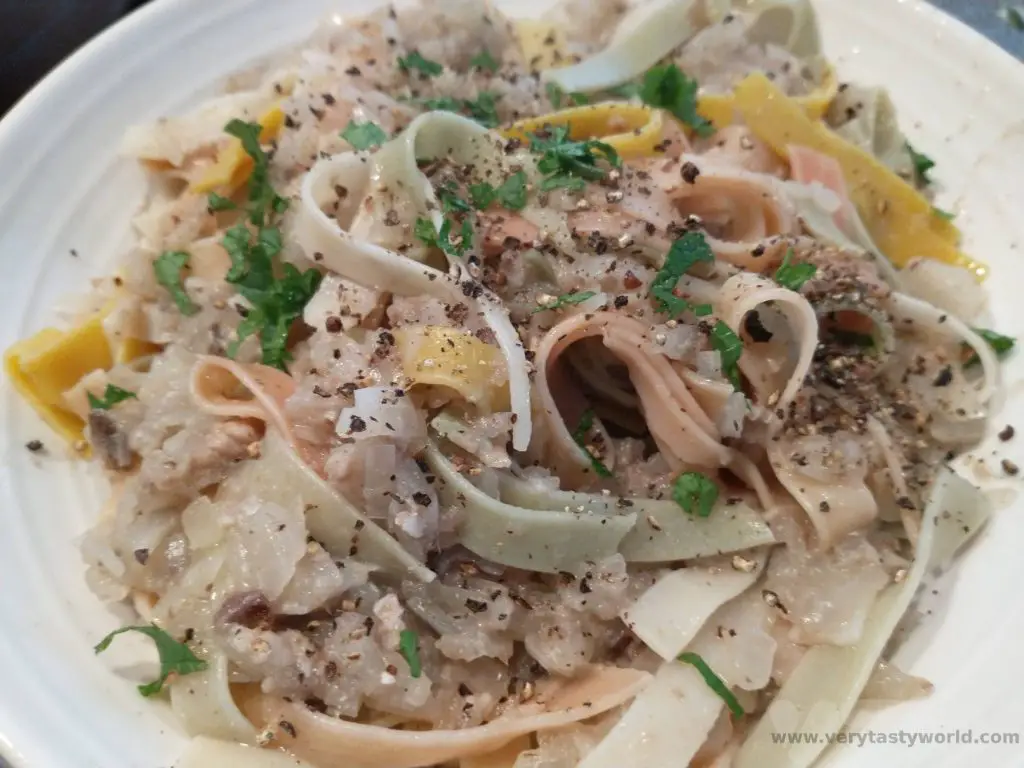

- RECIPE Oyakodon Donburi
- Zero Waste Recipes Before Your Holiday
- RECIPE: Vegetable Biryani Tamil Nadu Style
- RECIPE: Vegan Wild Garlic Pesto
- Recipe: Venetian Pasta Sauce
- RECIPE: Biryani Raita Recipe
- RECIPE: How to Make Costa Rica’s Gallo Pinto
- Recipe: Japanese Simmered Pork Belly – Buta no Kakuni
- RECIPE: How to Make Umeboshi
Where To Go In Lebanon – A Visitor’s Guide
Lebanon is a really compact country. It’s easy to get pretty much anywhere from its capital, Beirut, within a couple of hours. Lebanon is about half the size of Wales (the standard international unit for country size), has the most fantastic Mediterranean coastline and, moving inland, also boasts wonderful mountain ranges and beautiful valleys. It has a long and fascinating history and some spectacular sites to visit. Here are some ideas for where to go in Lebanon.
The great thing about Lebanon is that it’s possible to visit most of the attractions from Beirut within a day so it is possible to stay there as a base. Another option would be to tour the country and stay in some of the locations that you visit. We would recommend the latter as some of the attractions are a couple of hours’ drive away which would leave less time to explore the sites.
There are good accommodation and restaurant options close to the popular attractions. And you can be assured of a very friendly welcome.
For full disclosure, it has been some years since we visited Lebanon. However, this post aims to show you some of the many places that visitors can enjoy.
Coastline
Many of Lebanon’s major towns and cities are located along its coastline. It has settlements dotted along it every 50km or so from north to south, or indeed from south to north; this distance apparently being about a day’s journey for sea traders in ancient times.
Beirut
Lebanon’s capital is the obvious place to start exploring this fascinating country. Beirut has a long and troubled history and is a city that is changing all the time. It was a prosperous trading city since the time of the Phoenicians and was the site of a famous law school in Roman times. Its location has ensured its position as a centre of commerce. Once dubbed the “Paris of the Middle East” in the middle of the 20th century, it gained a reputation as a place of glamour and decadence.
However, it suffered greatly during the Lebanese Civil War that took place between 1975 and 1990.
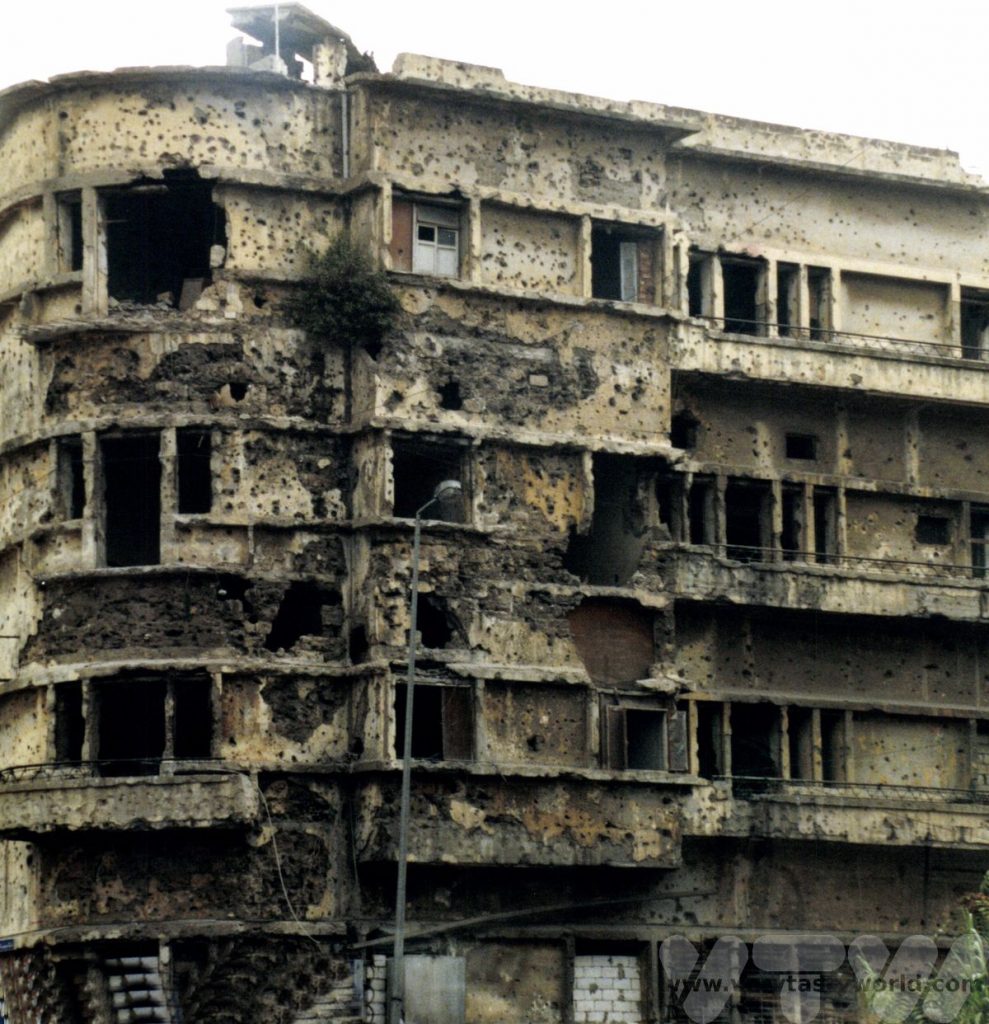
The city has a waterfront promenade called the Corniche, with two remarkable rock formations rising from the sea. They are called Pigeons’ Rock, which seems wildly inappropriate given their splendour. Rock of Raouché, for the neighbourhood they are located near, feels like a more suitable moniker.
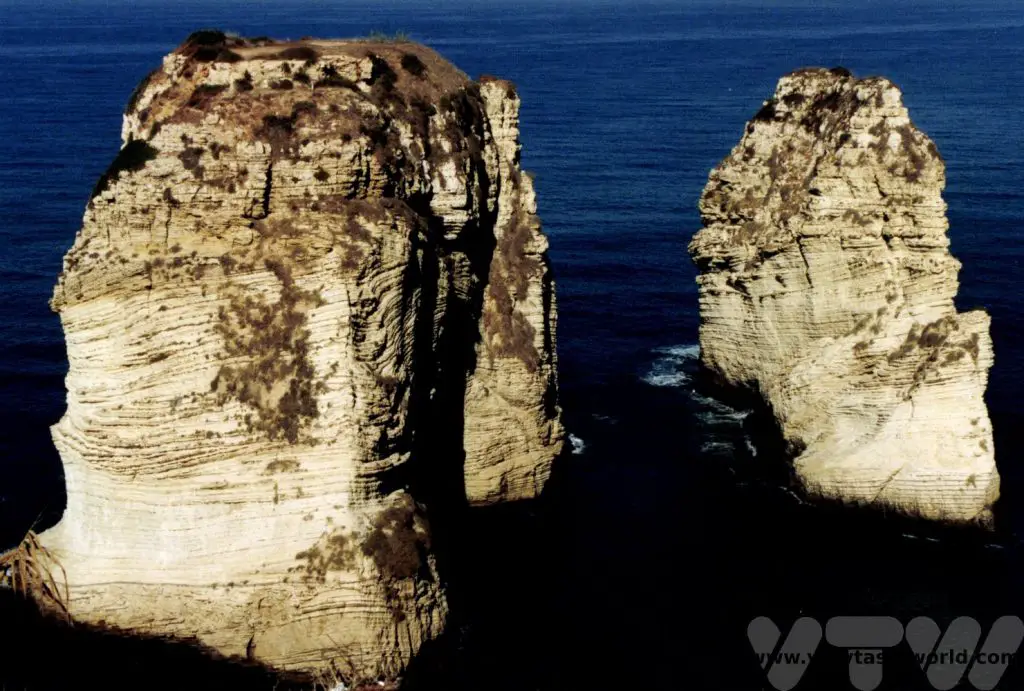
The National Museum is definitely worth setting time aside for. It is located on what was the Green Line during the Lebanese civil war and was significantly damaged as a result. However, it was renovated and restored to its former glory – a grand and imposing building. These days it hosts fascinating displays that exhibit Lebanon’s long and rich history.
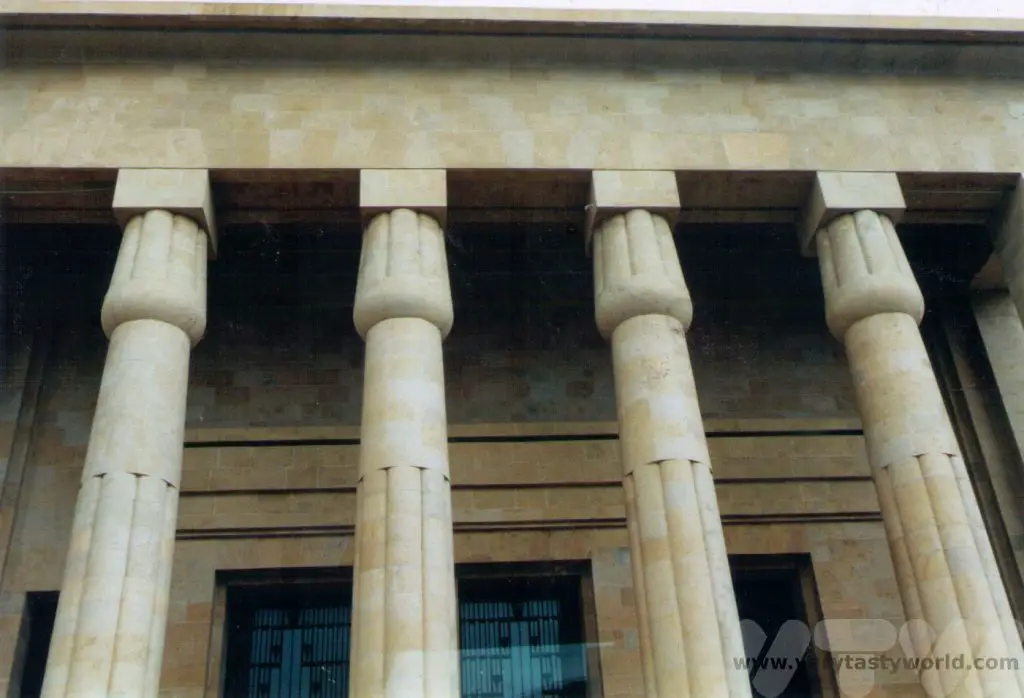
The Beirut Art Centre hosts regular exhibitions of Lebanese and international art.
Beirut has changed dramatically in the days since the war. The scarred buildings have been replaced with modern constructions. Sadly, a huge explosion at the Port of Beirut in 2020 damaged a significant part of the city. The Lebanese economy was in crisis at the time, and the blast has exacerbated this. But we have no doubt that this resilient city will rebuild once again one day.
Tyre
One of the oldest continuously inhabited cites in the world Tyre was founded in about 2750 BCE. The centre of the Phoenician civilisation, it was later conquered by the Greek, Roman, Byzantine, Muslims, Christian Crusaders and Mamluk civilisations. It is located around 85km south of Beirut, around 20km from the Lebanese border with Israel.
Many cities have thrived on their ability to produce a highly desired commodity and Tyre became famous for the Tyrian purple dye, derived from a type of mollusc, that was so expensive and exclusive that only royalty could use it. (Our own city of Coventry became famous for its blue dye – known as Coventry Blue which held fast and coined the phrase, ‘true blue’.)
There are extensive Roman ruins to explore in Tyre – the UNESCO heritage sites of Al Mina and Al Bass.
At Al Bass the hippodrome is enormous in its scale, and considered to be one of the largest and best preserved in the world. It was primarily used for chariot races – you can imagine the excitement of the crowds cheering the horse and carriages thundering round the track.
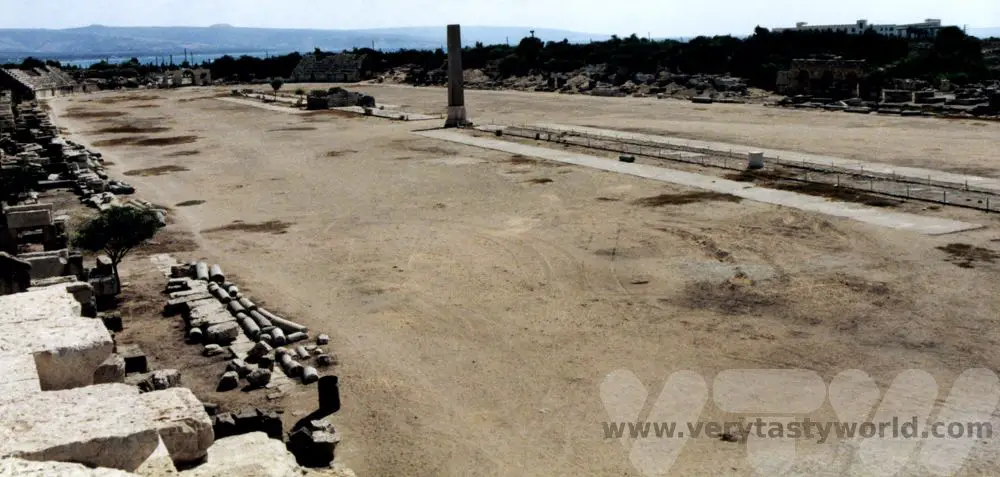
Al Bass also boasts a triumphal arch and necropolis.
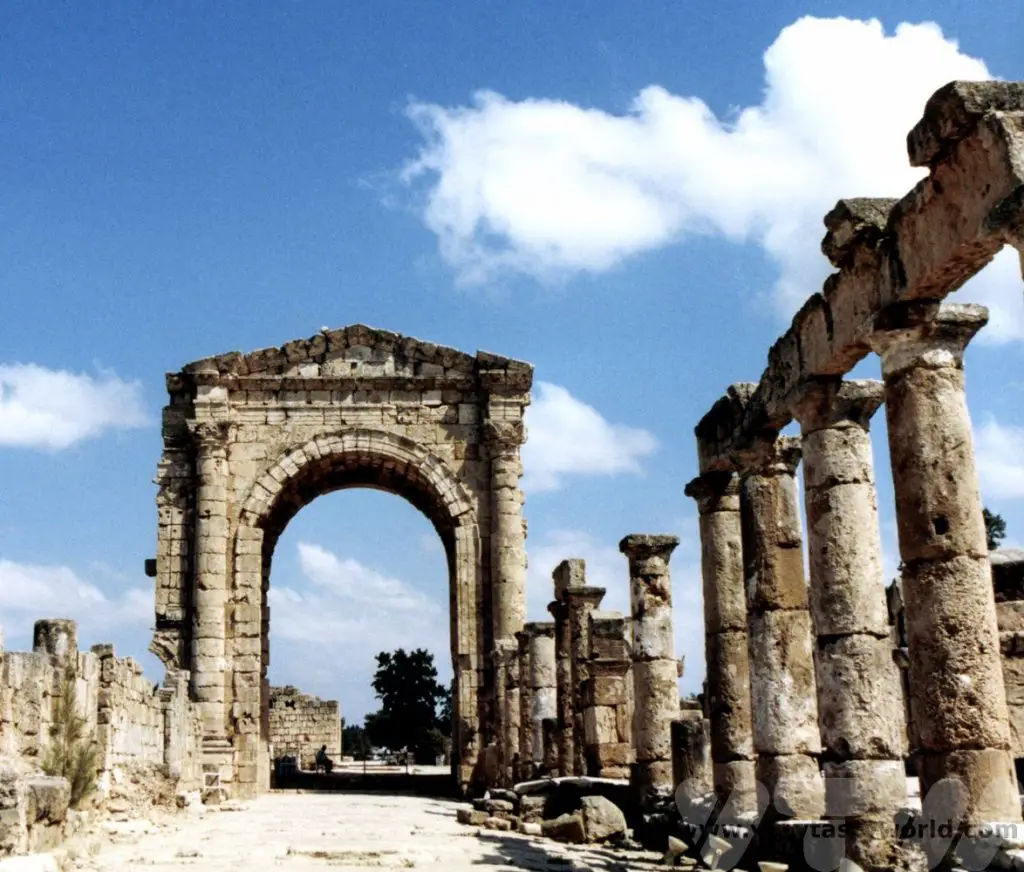
Al Mina is located close to the sea and you can walk along the colonnaded street.
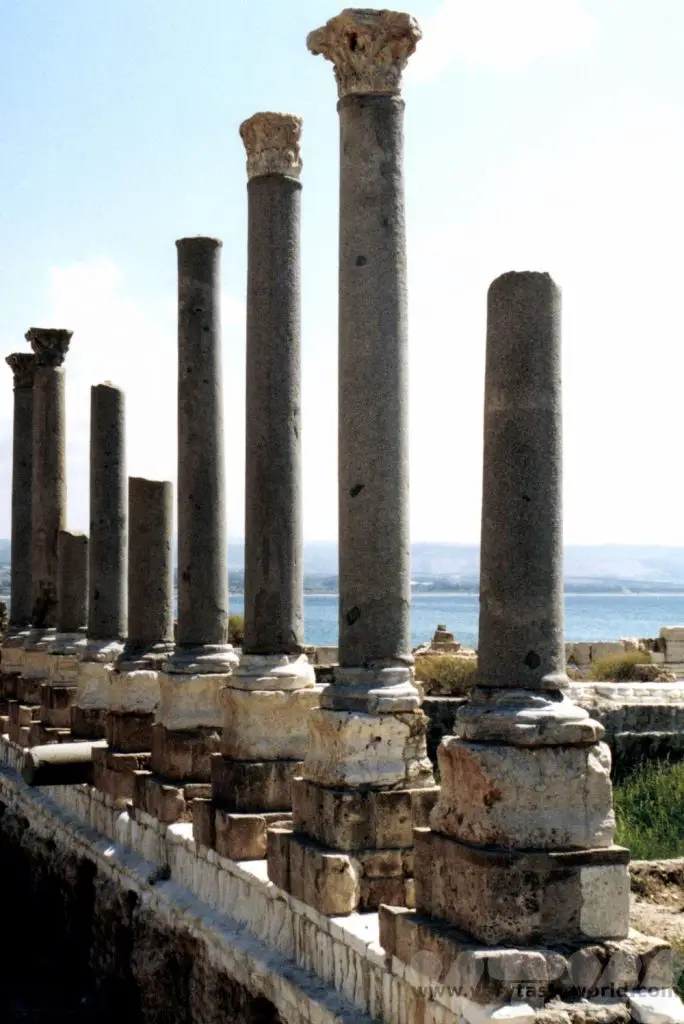
It is interesting to see the ruins continue into the Mediterranean, a legacy from when sea levels were lower.
Sidon
Another city with a long history, Sidon is located around half-way between Tyre and Beirut. It is thought to have been inhabited as early as 4000 BCE.
Its main attraction is the sea castle, built in 1228 by Christian crusaders, on a small island which is connected to the mainland via a bridge. It is thought that it was built upon a Phoenician temple – there is evidence of a Phonecian settlement under the sea nearby. It has been partially destroyed and renovated over the years. There is a small domed mosque, built during the Ottoman era, that sits atop the castle.
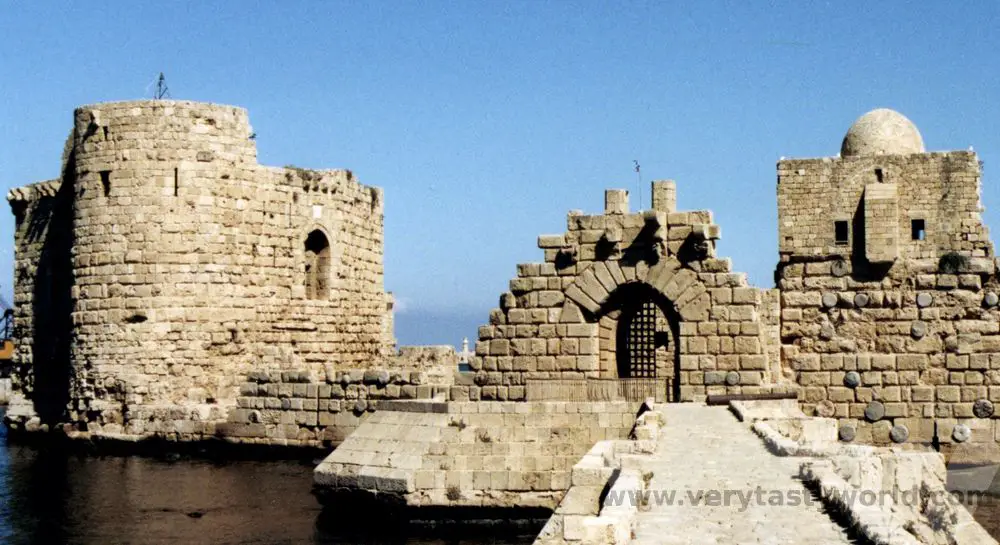
The medina is another essential place to visit – a labyrinth of alleyways in the old stone city, it’s perfect for exploring and getting lost in. There is a soap museum which was originally a factory. You can see the ingredients and understand the techniques used to make soap. And, of course, buy a bar or two.
Beiteddine
Beiteddine is located south-east of Beirut and is easy to visit as a side trip when seeing Sidon. It is an Ottoman palace built between 1788 and 1818 and set in a lovely valley close to Deir el Qamar. The palace itself is a place of very great beauty – with gorgeous architecture throughout it is adorned with mosaics and has serene courtyards and fountains.
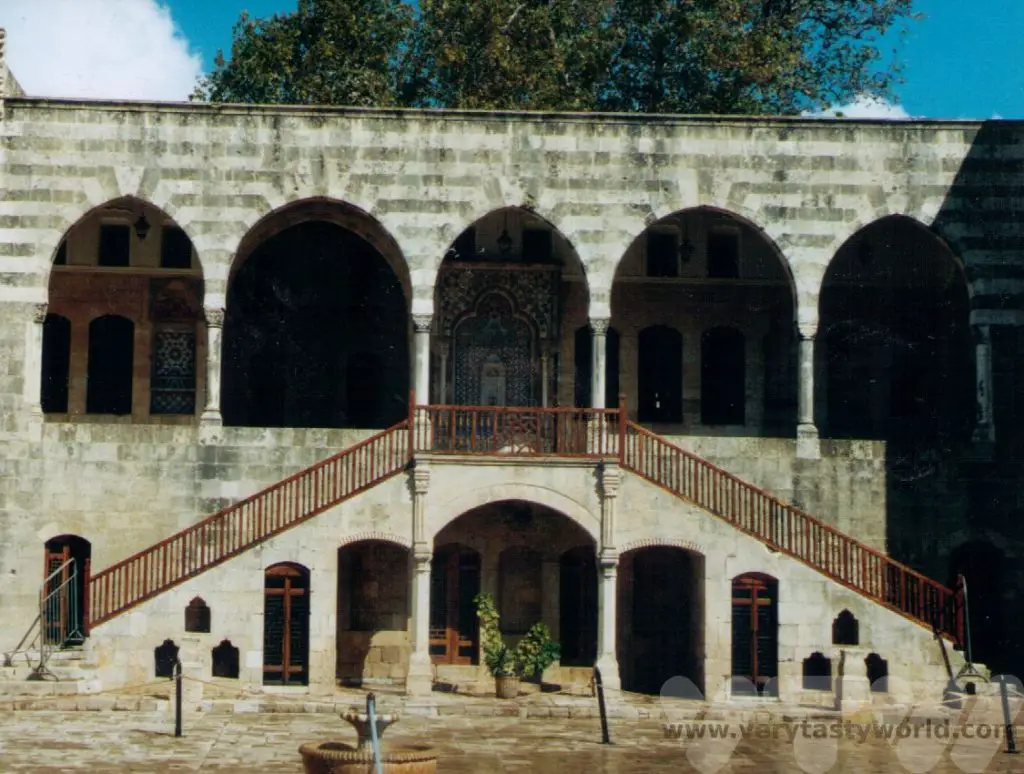
Many of the interiors are carved with cedar wood. It is also the location of the Beiteddine Art Festival which is held every year and showcases the work of local and international artists.
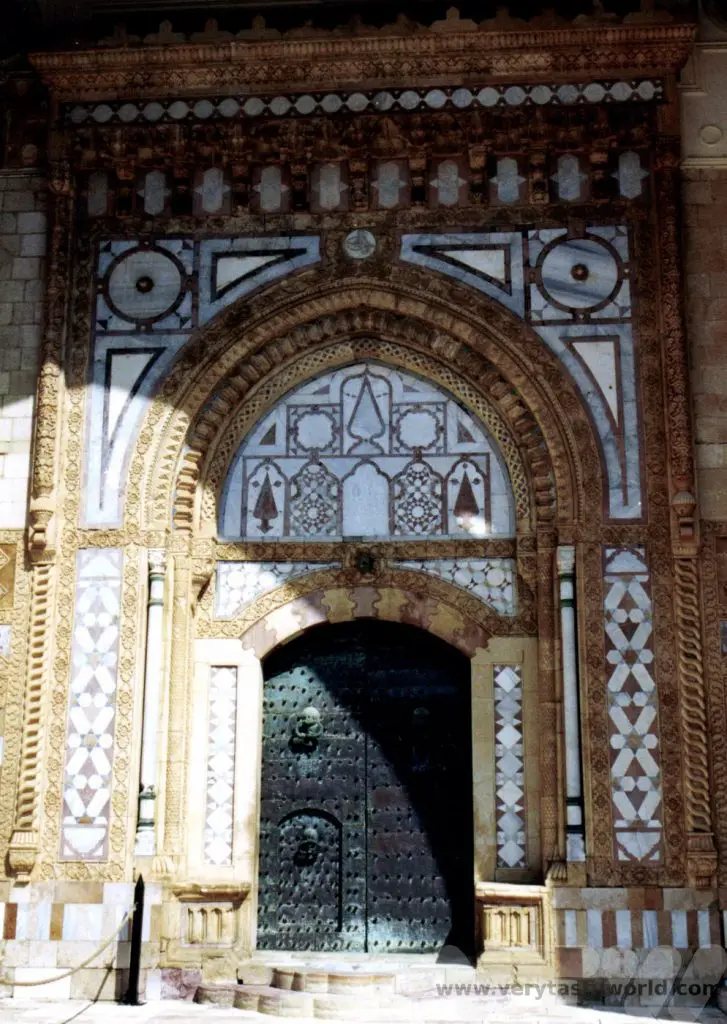
Byblos
North of Beirut, Byblos also has a claim to being the world’s oldest continuously inhabited town. The Phoenicians developed their alphabet there and it is thought that the word ‘bible’ is derived from Byblos. It is a fascinating town to explore with its castle and museums.
The Crusaders arrived in 1103. They called the town Gibelet, after the Lords of Gibelet, members of the Embriaco family from Genoa. They built a castle which was sacked when Saladin attacked the town in 1188 and parts of the walls were taken down.
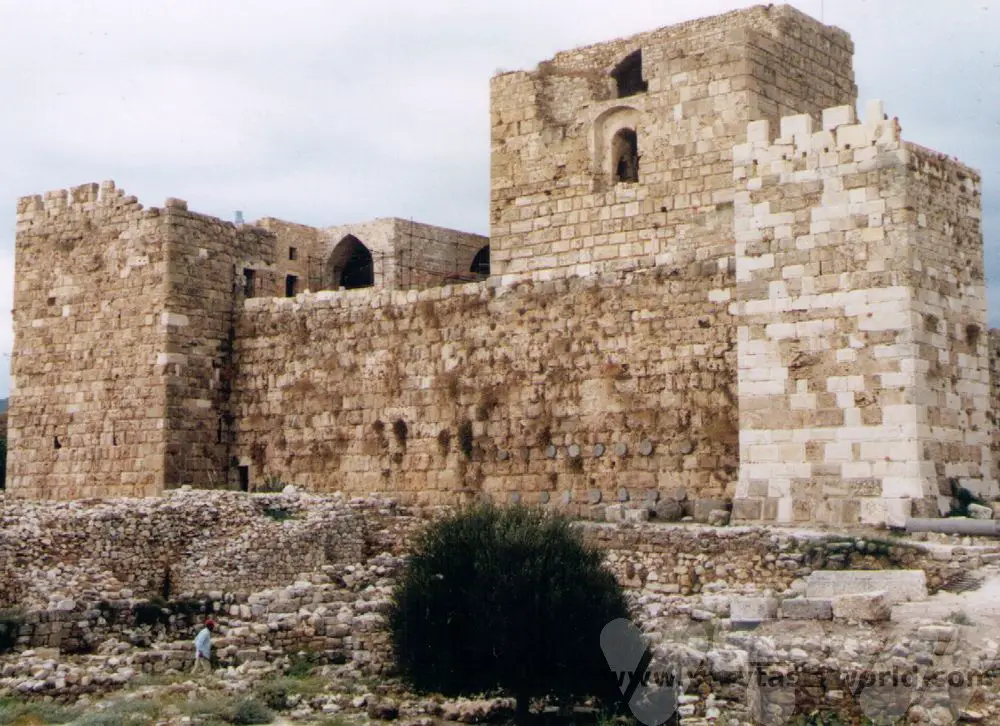
The town was then recaptured in 1197 by the Crusaders and the castle’s fortifications reinforced. They remained in power until the 13th century.
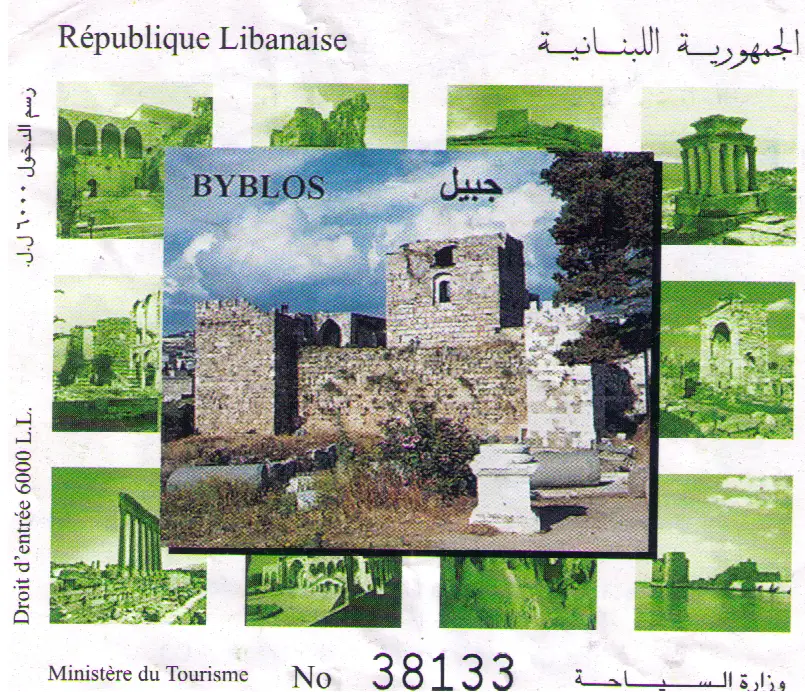
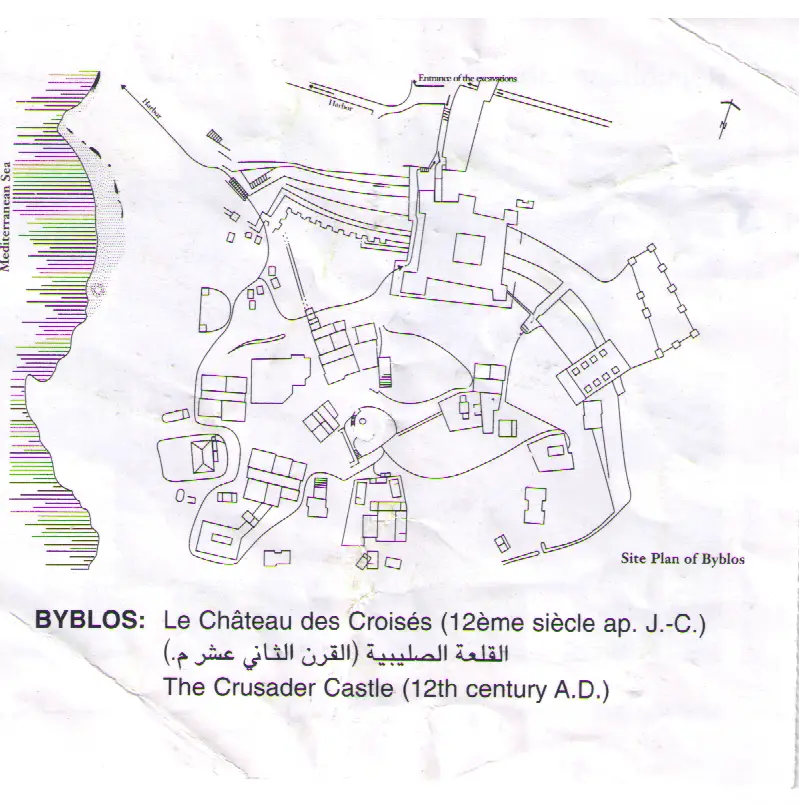
Byblos boasts an excellent beach and also has number of bars and restaurants by the harbour area where you can enjoy a drink or mezze watching the sun set over the sea.
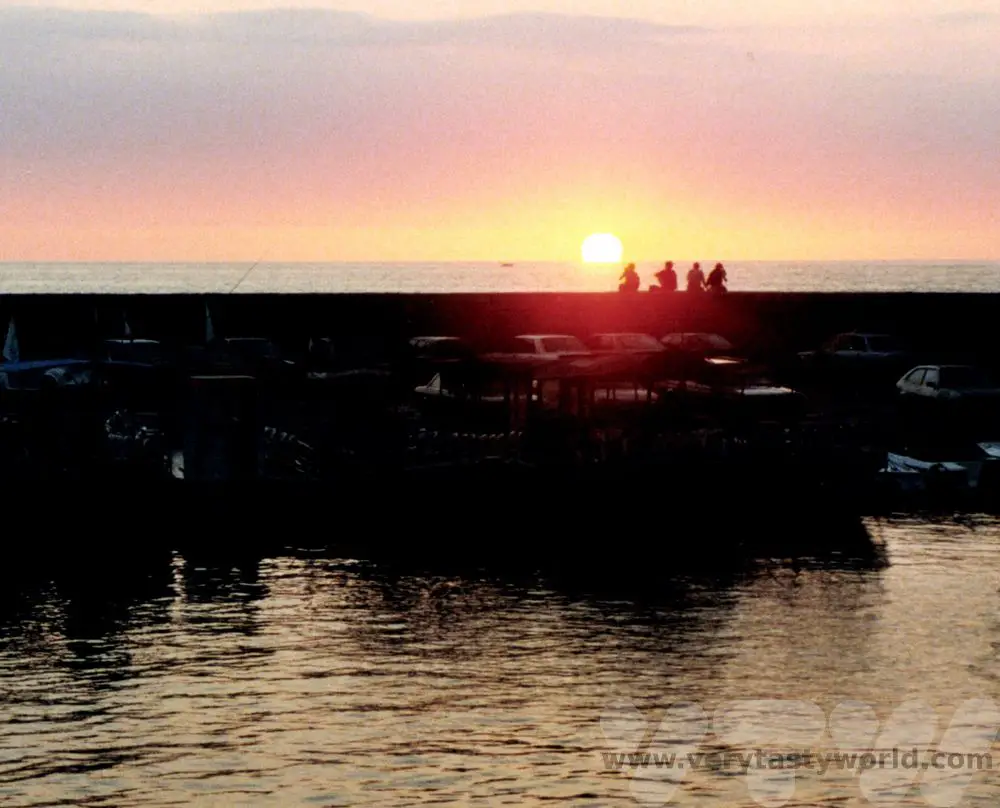
Tripoli
Further north up the coast Tripoli was a town where we particularly enjoyed exploring the souks. Everywhere we went we were welcomed warmly. One of Tripoli’s main attractions is the Citadel of Raymond de Saint-Gilles, a crusader fortress originally constructed in 1103 which has been rebuilt over the centuries.
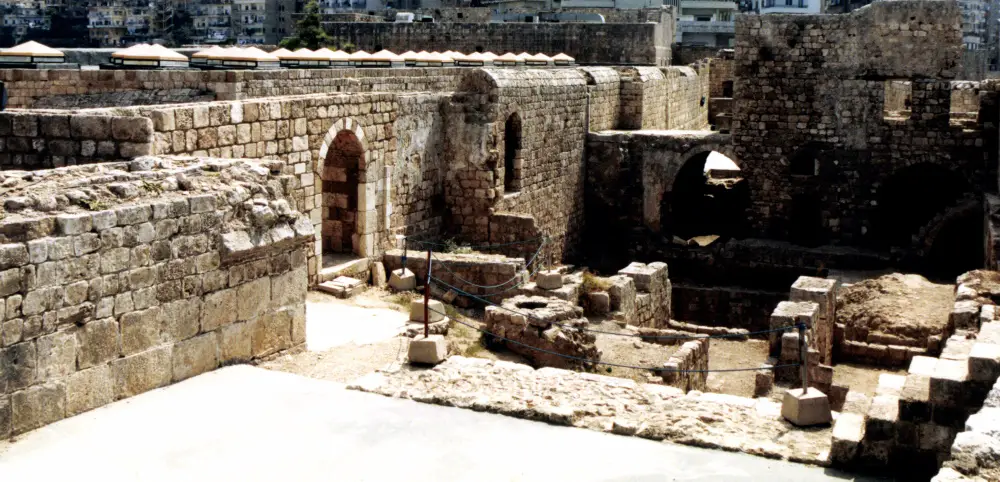
It’s a great place to explore and you can climb onto the walls to get spectacular views of the city.
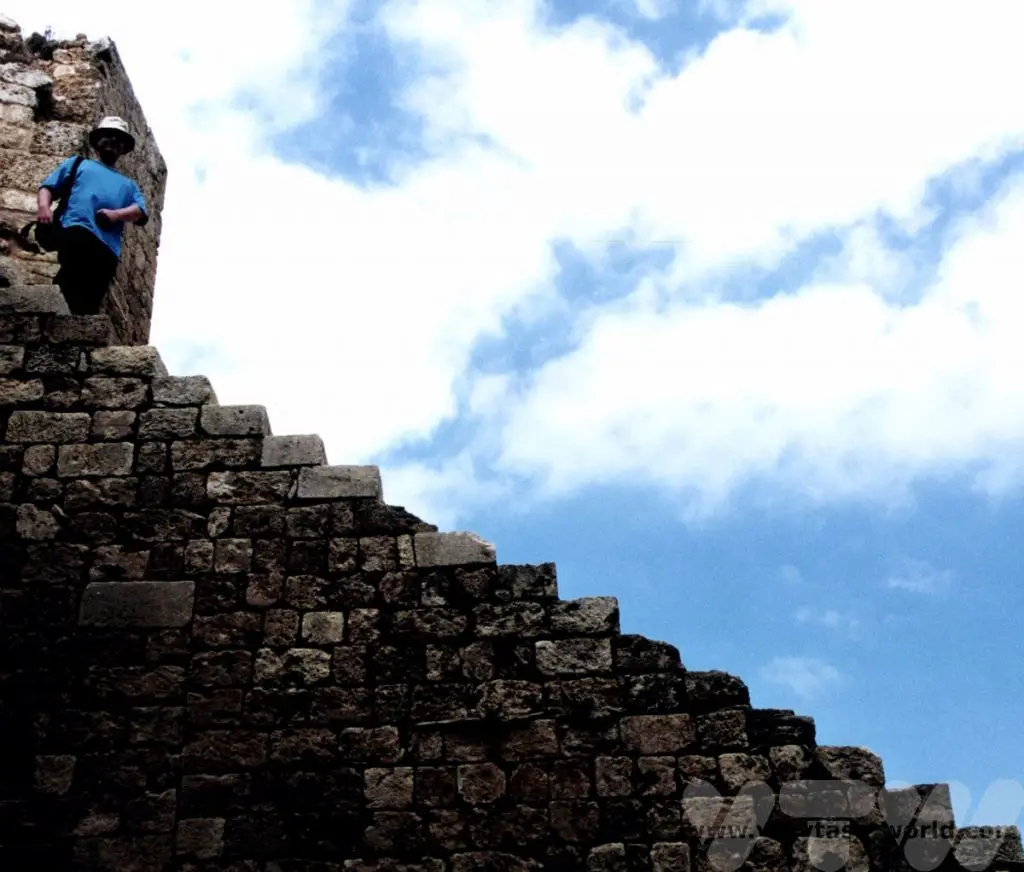
Going Inland
Qadisha Valley and Bcharre
The Qadisha valley is a beautiful area at the foot of Mount al-Makmal and is home to a number of Christian monasteries. Qadisha means ‘holy’ in Aramaic and the river, Nahr Qadisha, flows through the valley. There are some lovely walks in the area.
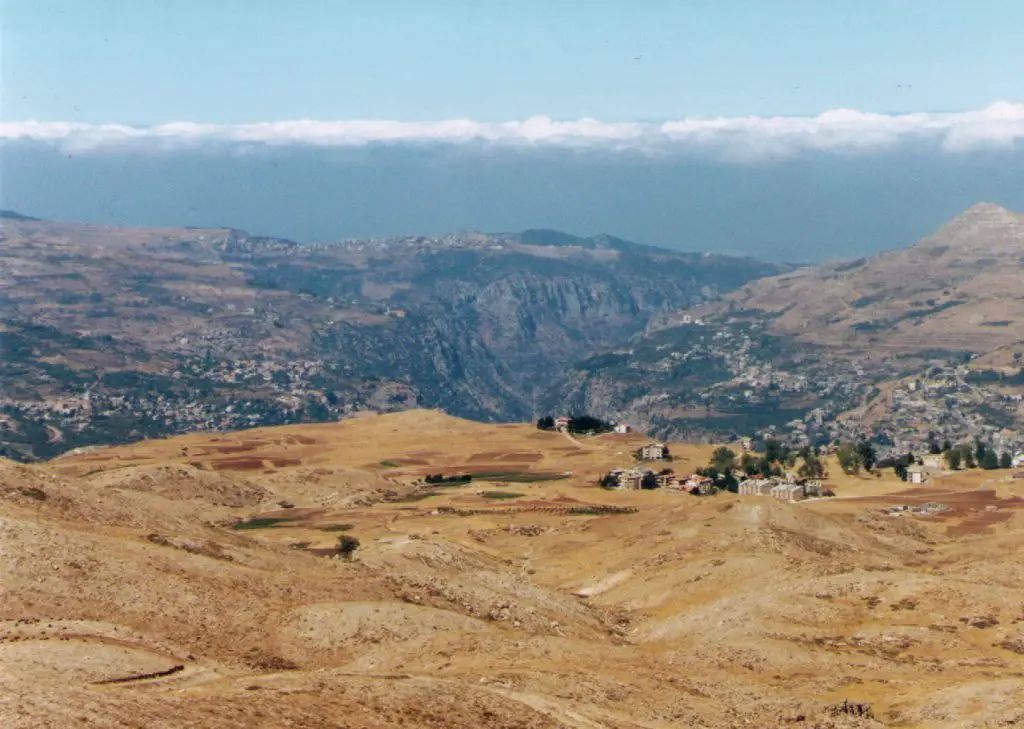
It was here that we discovered Kahlil Ghibran, a Lebanese poet, artist and philosopher, who was born in Bcharre. There is a fascinating museum dedicated to his life and works in the former monastery of Mar Sarkis. His book, The Prophet, a series of 26 fables in the form of poems, is one of the most translated books in history and has never been out of print since its publication in 1923.
The source of the Nahr Qadisha lies in a cave and is located very close to the Cedars of Lebanon. These are known as the Cedars of God and comprise hundreds of trees, some of which are thought to be over 1000 years old.
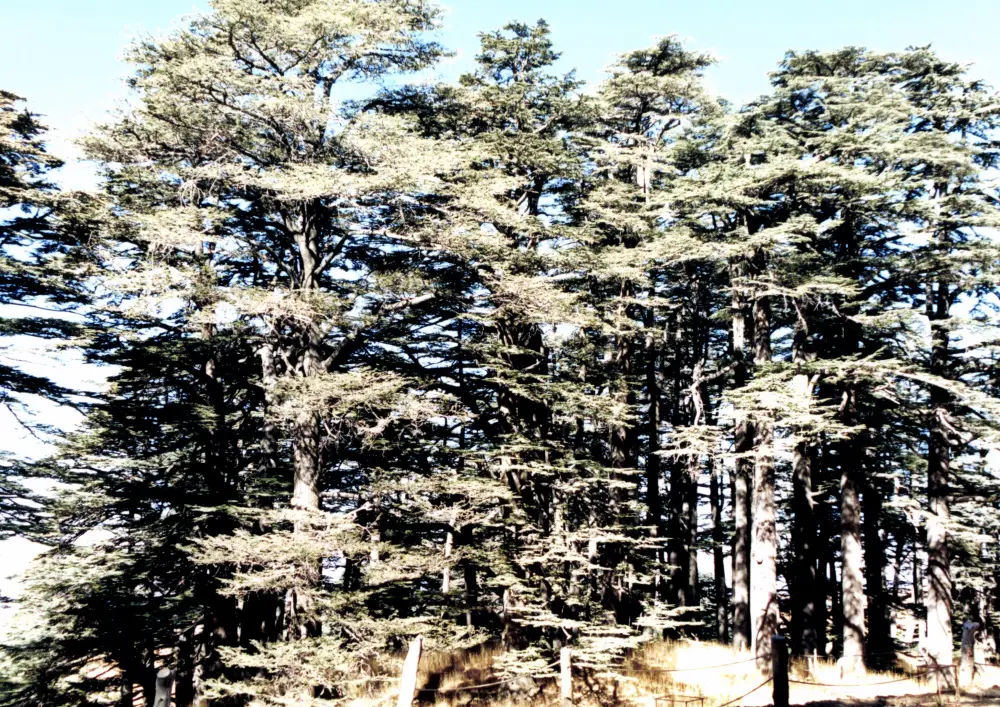
These trees are so important to the country’s heritage and culture, Lebanon’s flag features the cedar at its emblem.
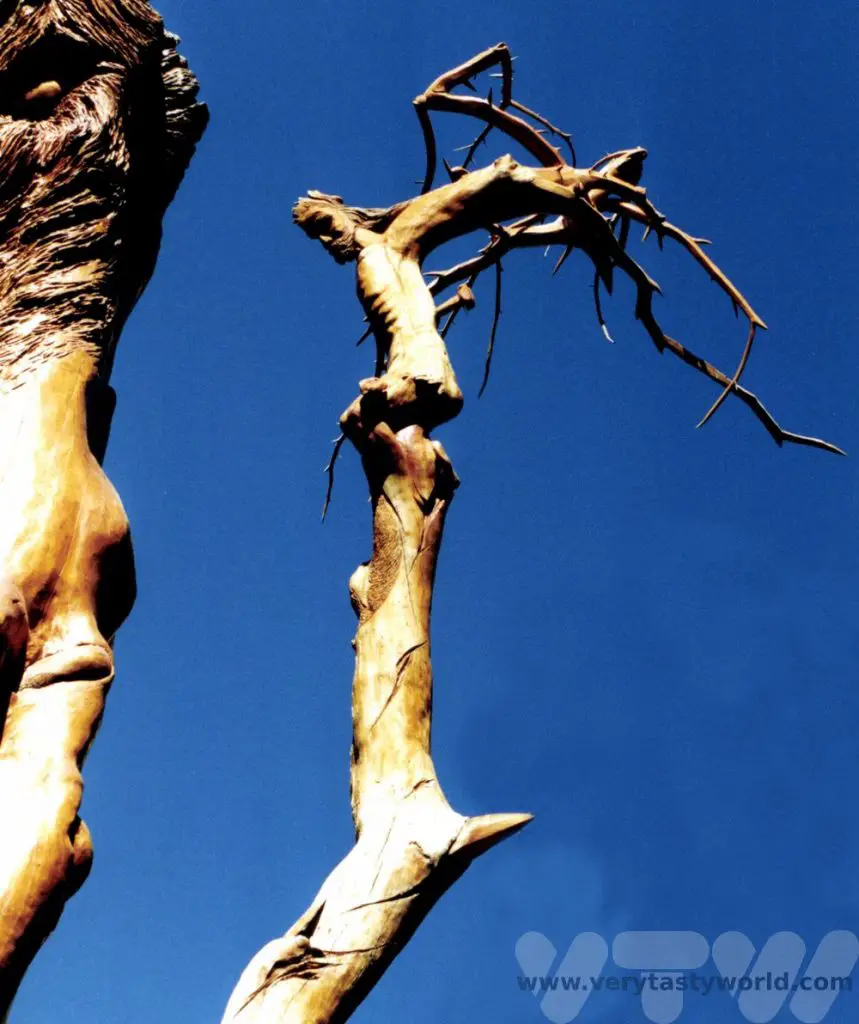
Crossing the Lebanon mountain range into the Beqaa Valley we arrived at Baalbek.
Baalbek
There are many spectacular ruins throughout the Middle East, including in Lebanon and also the Roman city of Jerash in Jordan. But the ruins at Baalbek, a UNESCO site, are astonishing in their scale.
Baalbek was known by the Greeks as Heliopolis, which means ‘Sun City’, and was the place where the Phoenicians worshipped the sun god Baal.
The Temple of Jupiter is the largest complex and, even though it has suffered extensive damage over the years, is still hugely impressive. It is thought that construction started in around 16 BCE.
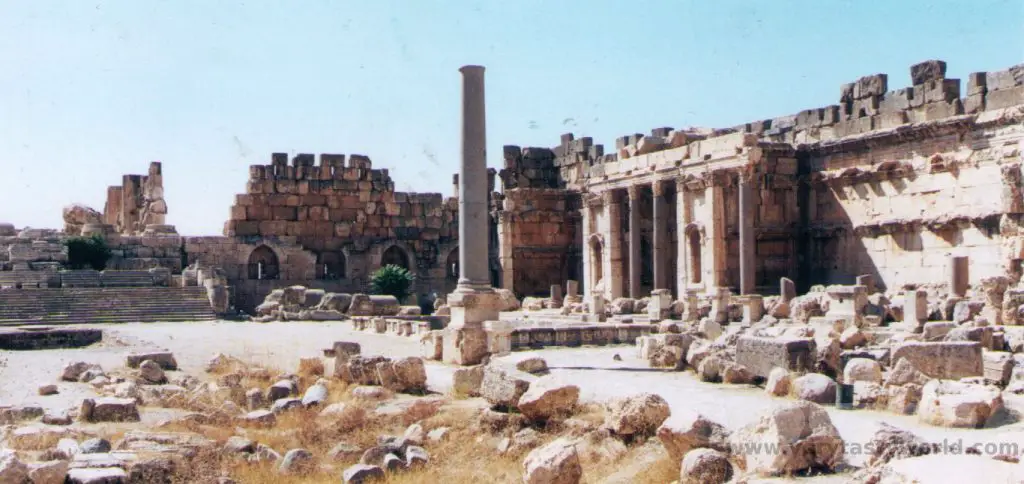
The temple comprises a main plaza set upon a large base comprising foundation walls and a podium. It holds many archaeological mysteries, notably the enormous monoliths from which the walls were constructed – they weigh between 300 and 1200 tonnes. The stones came from a nearby quarry but it is not fully understood how they were placed as it is believed that known Roman construction equipment of the time would not have had the capacity to move them. It’s possible that a bespoke crane was constructed for the purpose or the stones may have been rolled downhill from the quarry.
Originally the temple was encircled by 54 columns, but only 6 remain intact.
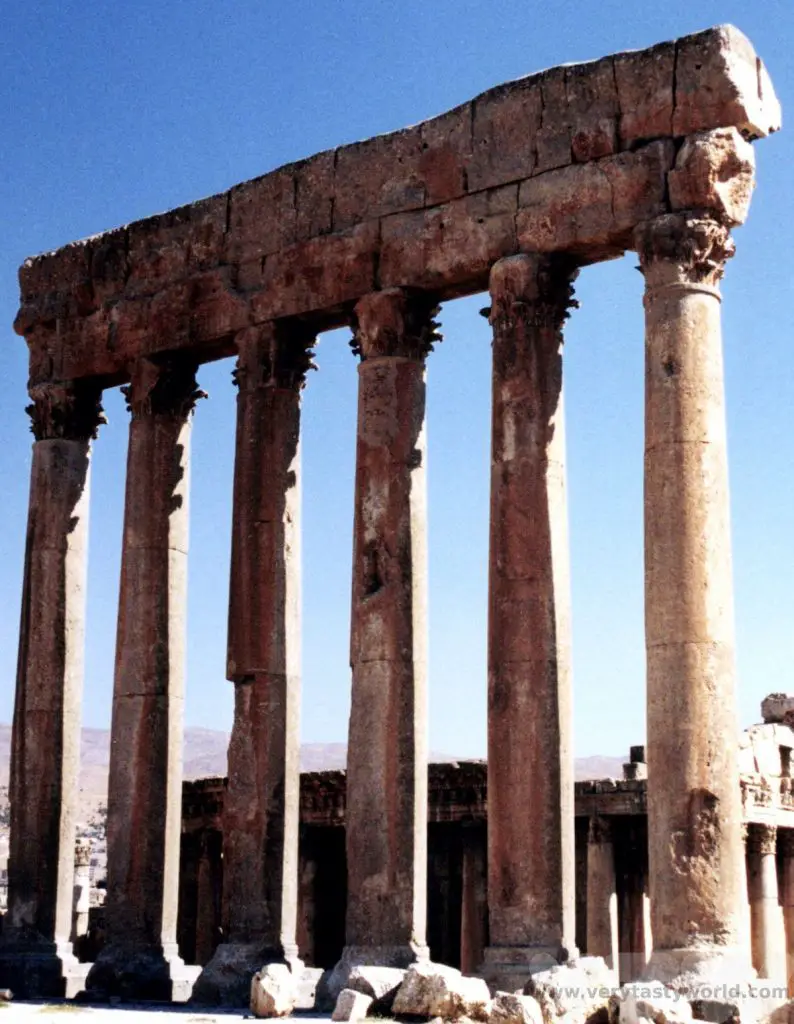
The Temple of Bacchus is the best preserved of all the temples as it had been partially buried and hence was protected from multiple earthquakes over the centuries. It was thought to have been completed in 190 CE by Septimius Severus.
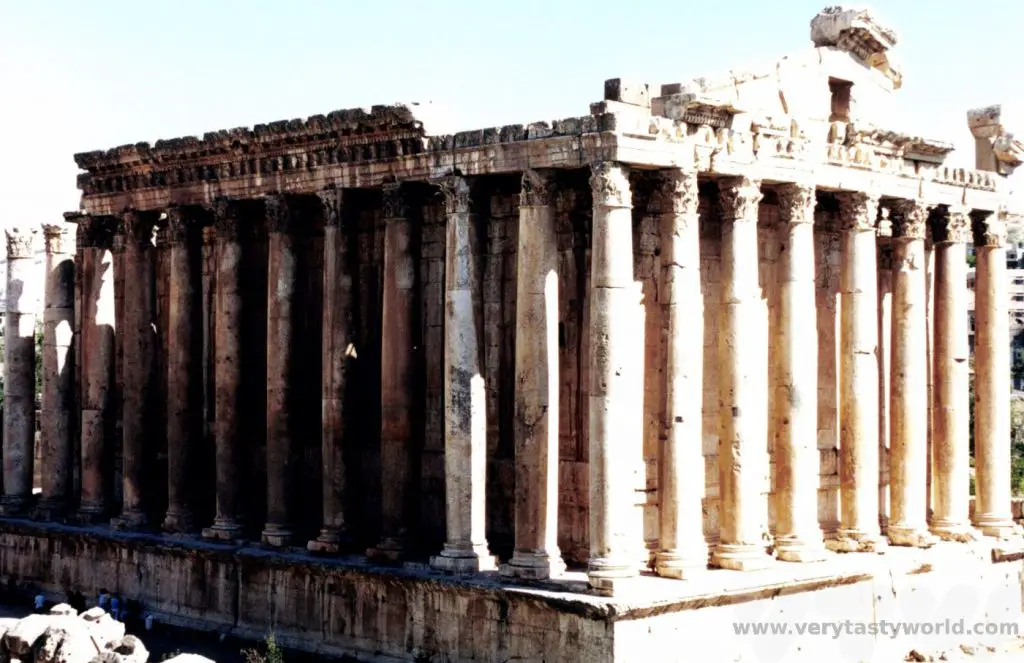
It’s a splendid structure with remarkable details in the stonework showing vines, poppies and wheat, symbols of Bacchus and highly appropriate for the god of wine and festivities. Sometimes you can get lucky and have the whole place to yourself!
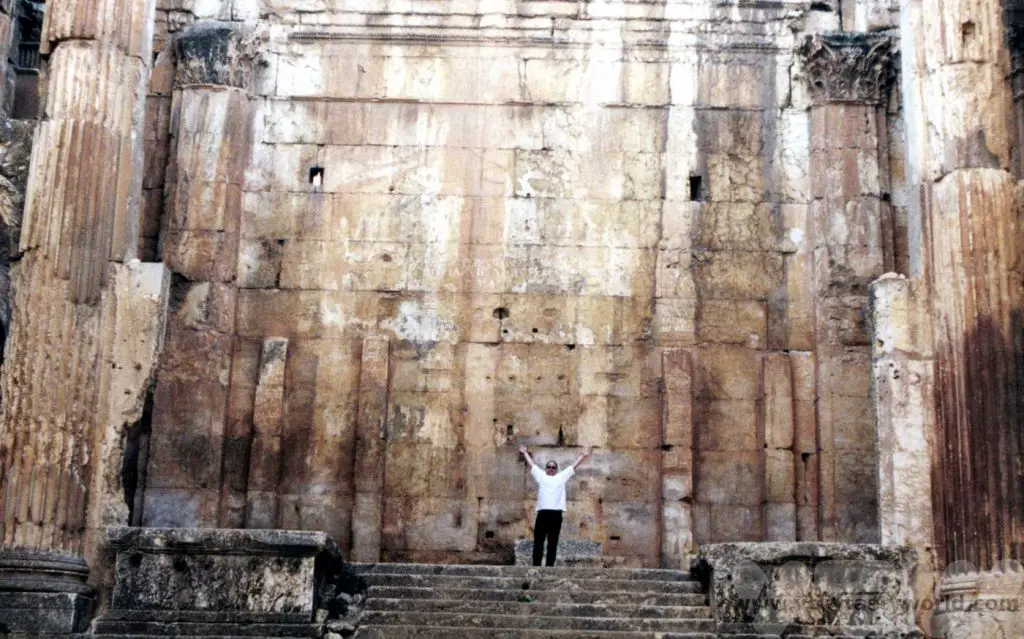
The final temple is the Temple of Venus, also known as Nymphaeum.
A special mention has to go to the Palmyra Hotel in Baalbek, a glorious, decadent building that was built in 1874 and has remained open ever since. Filled with original Jean Cocteau paintings it has hosted artists, musicians, writers, celebrities and even royalty over the decades. It has most definitely seen better days but was a fabulous place to stay.
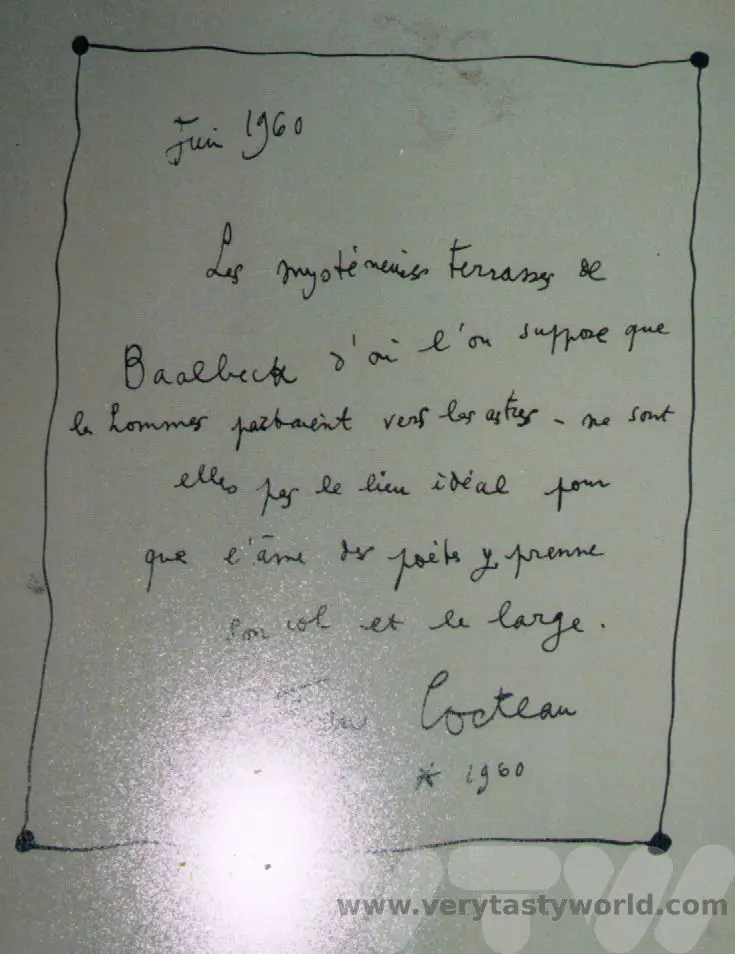
Anjar
Anjar is a fortified town that is completely different to other sites in the country. It was a city developed during the early 8th century CE and is the best example of an inland centre of commerce in the region. The Umayyads, the first hereditary dynasty of Islam, created an empire from around 660 to 750 CE. They were highly skilled in planning and development and the empire prospered until they were defeated by the Abbasids.
It’s a fascinating site to explore. Umayyad Caliph Walid I commenced construction in 714. Based on a Roman layout , Anjar had over multiple shops, a Grand Palace, a mosque and thermal baths. However, the site was later abandoned.
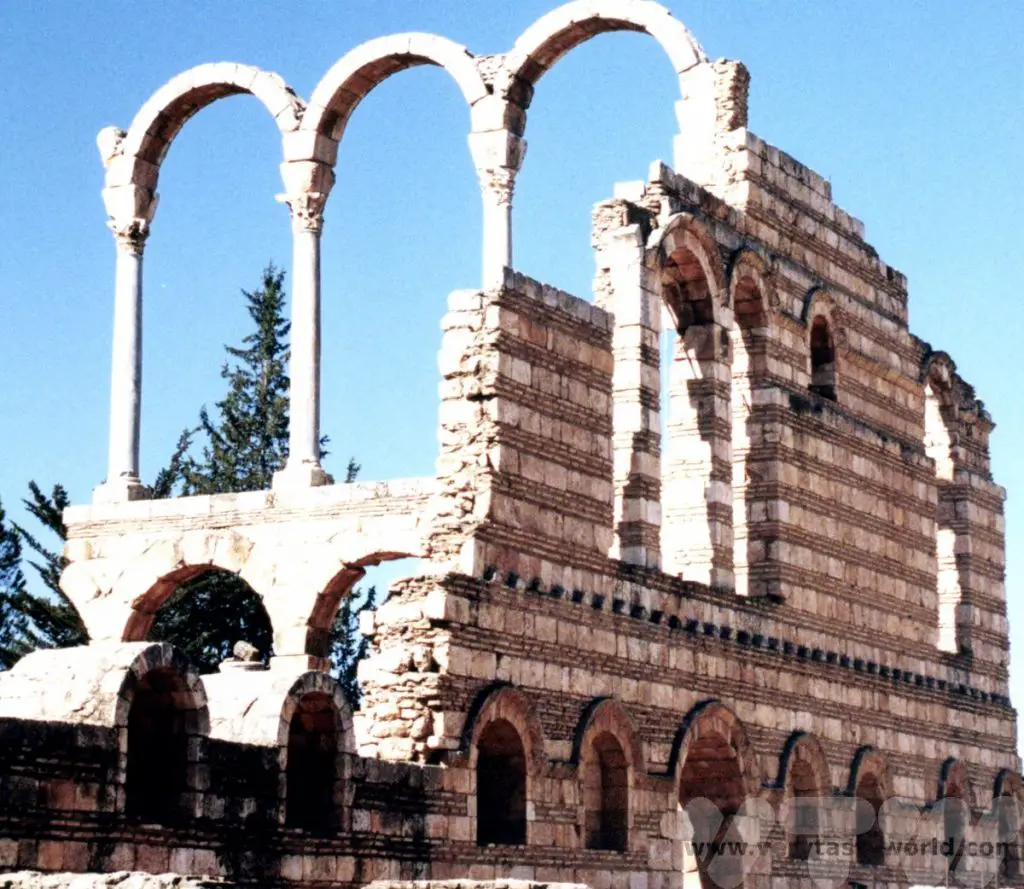
The Grand Palace is one of the best preserved ruins. It has an impressive courtyard that is heralded by magnificent arches.
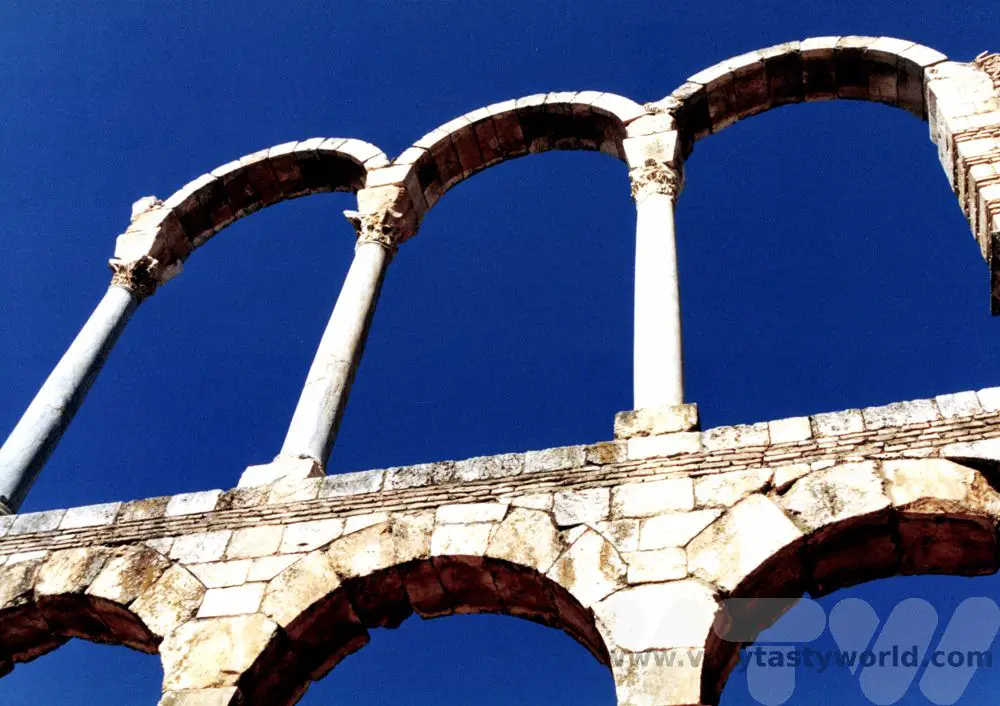
Lebanese Food and Drink
A trip to the Middle East wouldn’t be complete without a mezze. Mezze is often described as middle-eastern tapas – a selection of small dishes shared by everyone at the table. It’s a lovely, sociable way of eating and you can get to try a variety of dishes.
Amongst the many dishes on offer we had creamy hummus heavily laced with tahini and drizzled with olive oil, smoky baba ganoush (aubergine dip), crispy falafel (deep fried chickpea fritters), foul (bean stew, pronounced ‘full’, not ‘fowl’!), spicy, herby kibbe (small meatballs of lamb mince and cracked wheat), cauliflower tarata (a sauce of tahini sesame paste, lemon juice, garlic, and parsley), multiple salads, including fattoush, which has lots of bread to soak up the lemony olive oil dressing. All enjoyed with delicious flatbreads and sometimes chips.
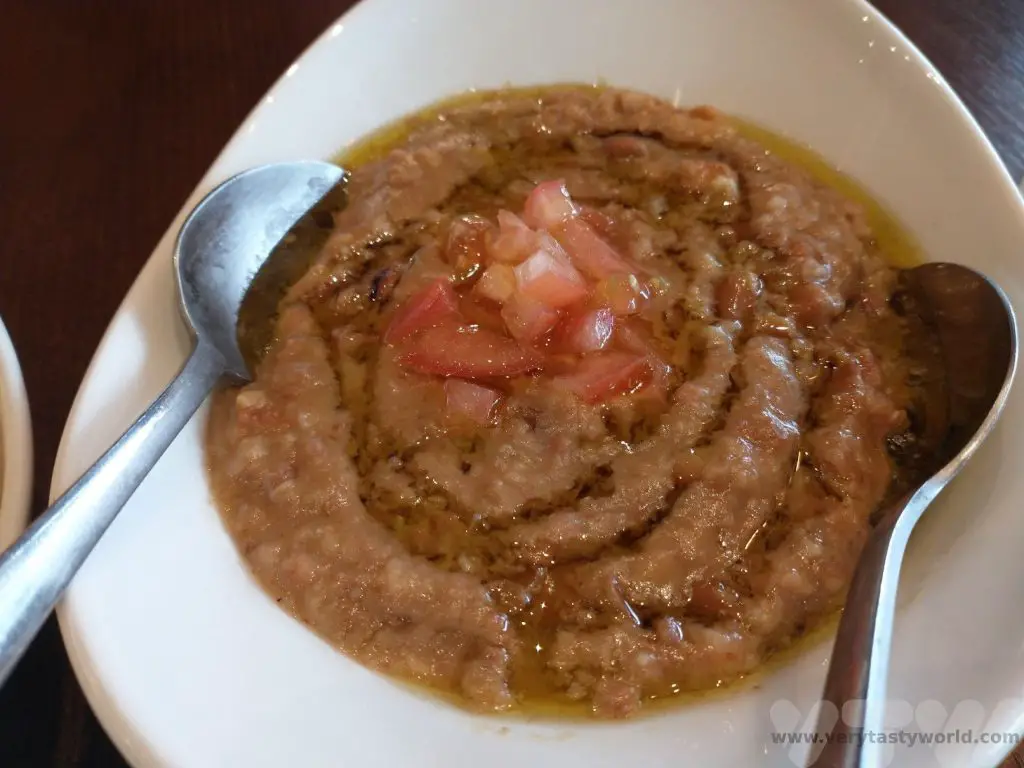
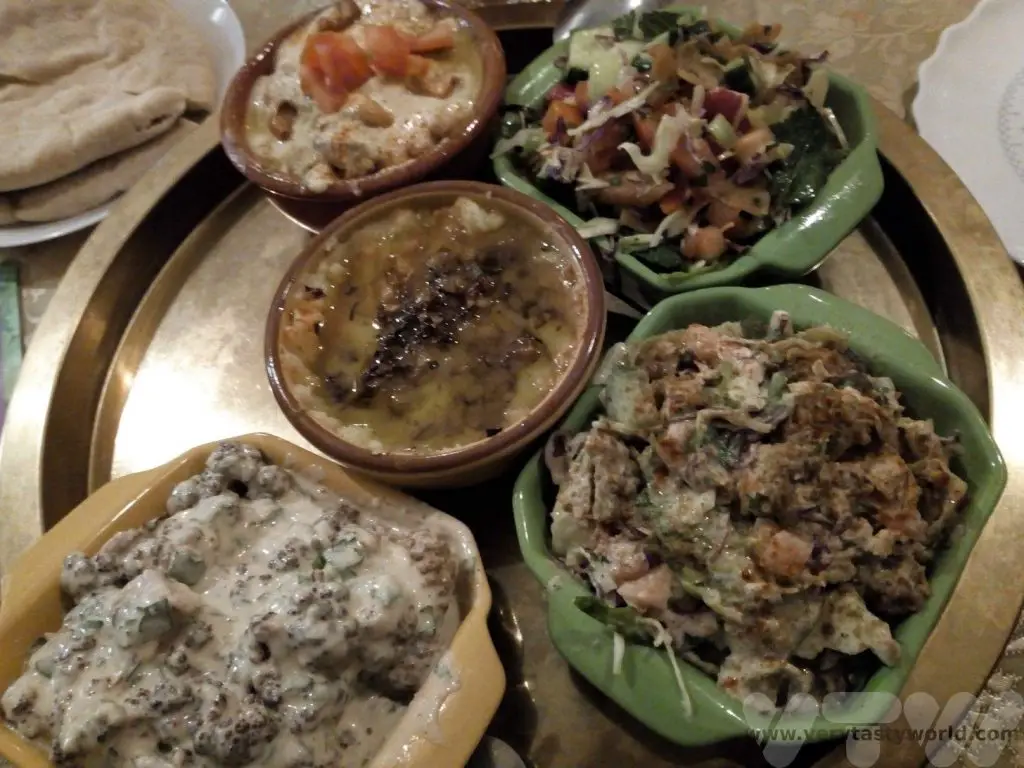
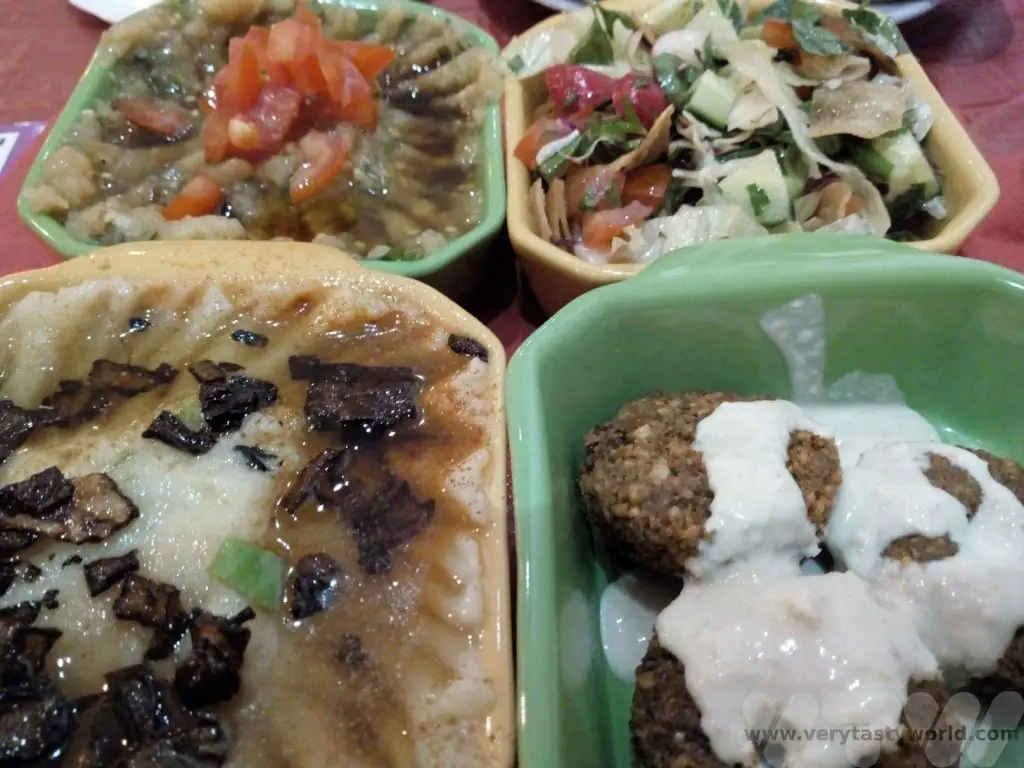
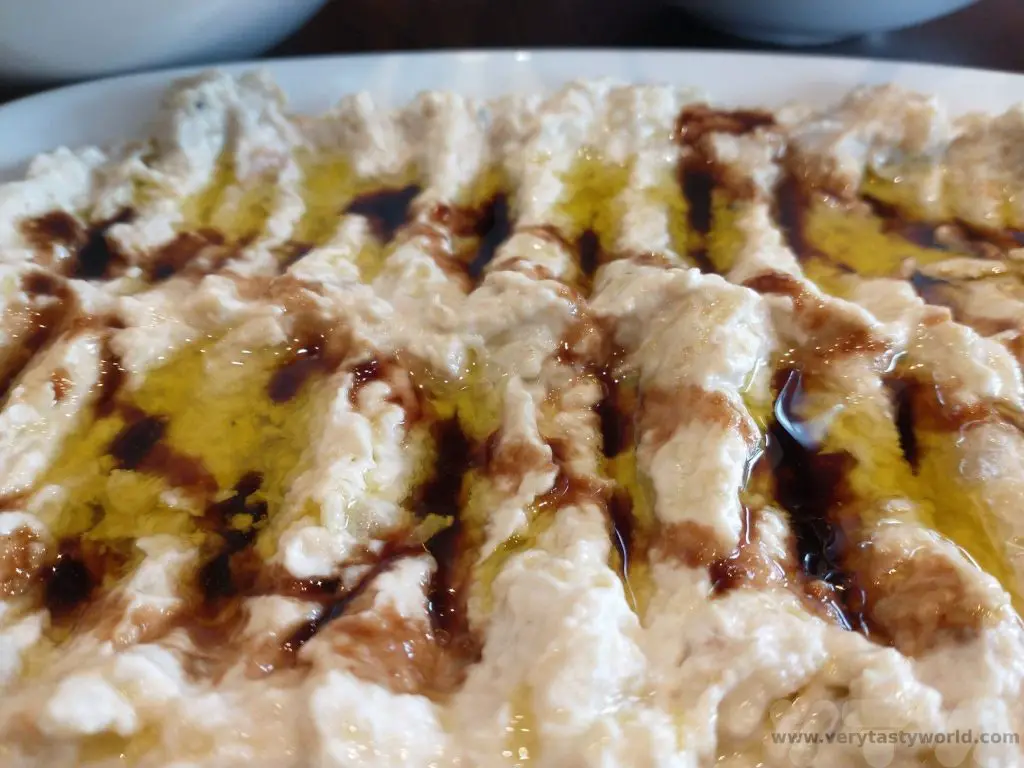
Grilled meats are popular for main courses – they are delicately spiced and very juicy. Lamb and chicken are likely to be the meats on offer.
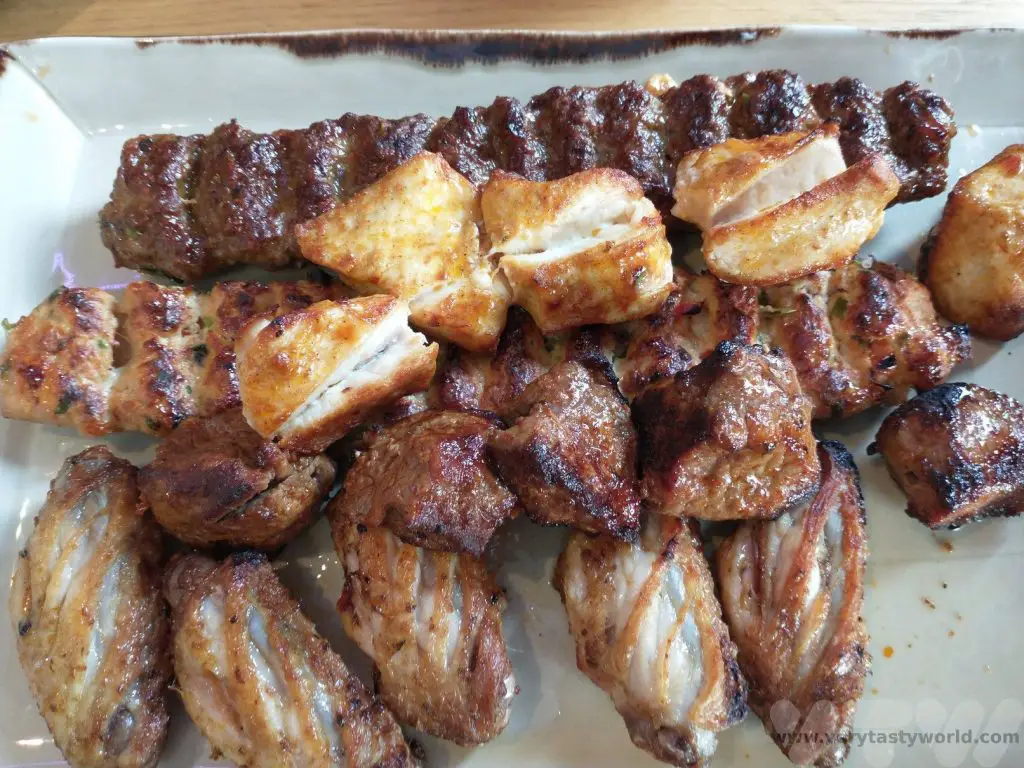
And you can’t go to Lebanon and not try the street food. Shawarma is a flat bread filled with grilled meats and chips!
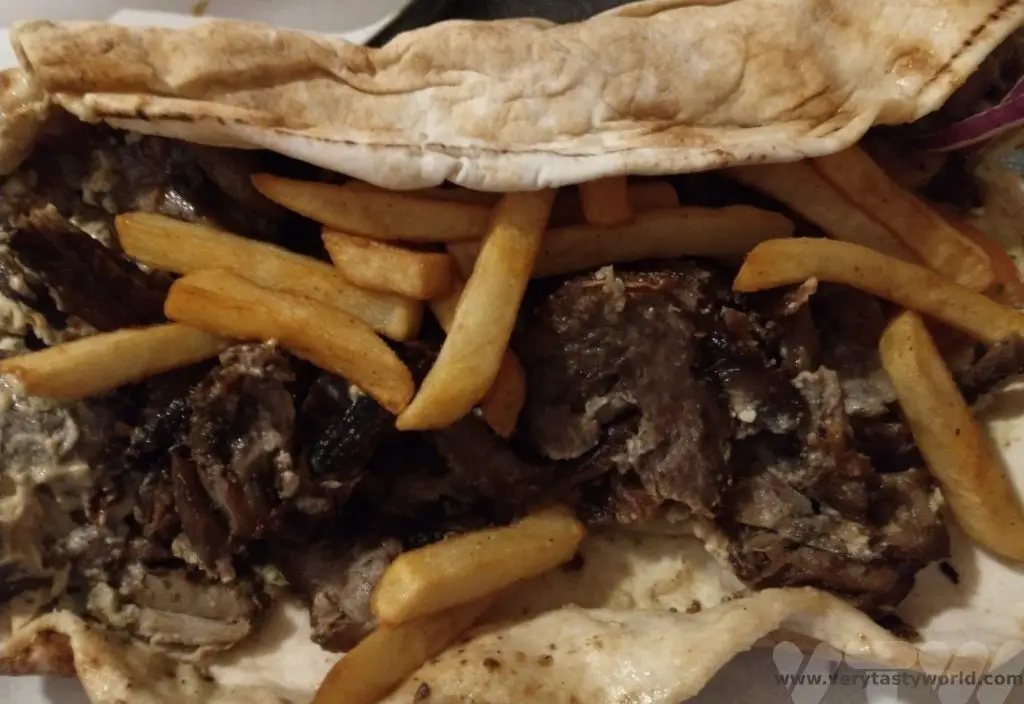
Alcohol is freely available in Lebanon. The spirit of choice is Arak – a distilled aniseed flavoured drink. It’s a bit of a love-hate thing, Colin loves the flavour and could easily drink it all day, Mitch really can’t bear aniseed and shivers at the thought of it.
It’s a little known fact that Lebanese wine is absolutely awesome. Lebanon is one of the oldest wine-producing countries in the world (along with Georgia and the Caucasus region in general). Vineyards are mainly located in the southern part of the Beqaa Valley and they produce delicious and very quaffable fruity reds. Chateau Musar is one of the most famous wine producers.
Chateau Ksara is Lebanon’s oldest and largest winery and it is possible to visit the vineyards and winery. Dating from 1857, Jesuit monks planted French vines and stored their wine in local caves. Their wine is absolutely delicious. They do export it so try to get hold of a bottle or three if you can.
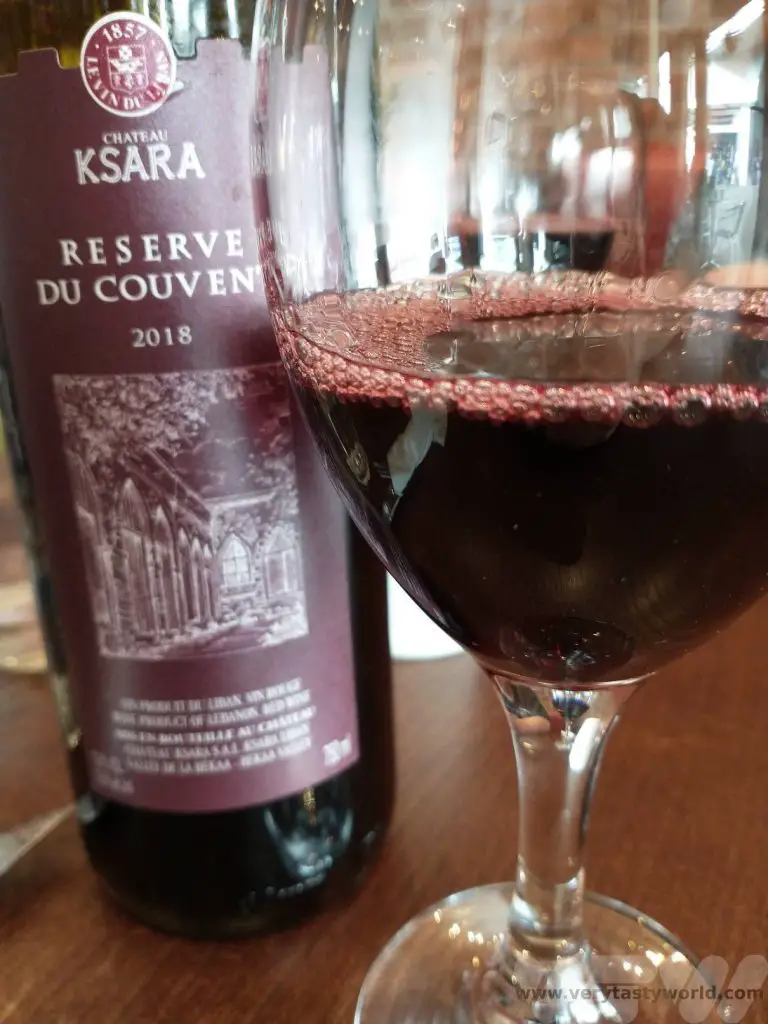
Related Posts You May Enjoy

- Where To Go In Lebanon – A Visitor’s Guide
- Visit Petra in Jordan
- Toasting Tradition in Georgia
- Visiting The Dead Sea In Jordan
- The Roman Ruins in Jerash, Jordan
- Who Ate All the Pies (Including the Georgian Cheese Boat)?

- RECIPE Oyakodon Donburi
- Zero Waste Recipes Before Your Holiday
- RECIPE: Vegetable Biryani Tamil Nadu Style
- RECIPE: Vegan Wild Garlic Pesto
- Recipe: Venetian Pasta Sauce
- RECIPE: Biryani Raita Recipe
- RECIPE: How to Make Costa Rica’s Gallo Pinto
- Recipe: Japanese Simmered Pork Belly – Buta no Kakuni
- RECIPE: How to Make Umeboshi
Planning a Trip to Japan
Regular readers of this blog will know that we are absolutely in love with Japan. The land of the rising sun is beguiling, fascinating and loads of fun. It is a country where bright, vibrant, blaring neon cities contrast with the elegance of traditional castles, temples, pagodas and exquisite gardens. We first visited Japan over twenty years ago and have returned many, many times. Here’s our guide to planning a trip to Japan.
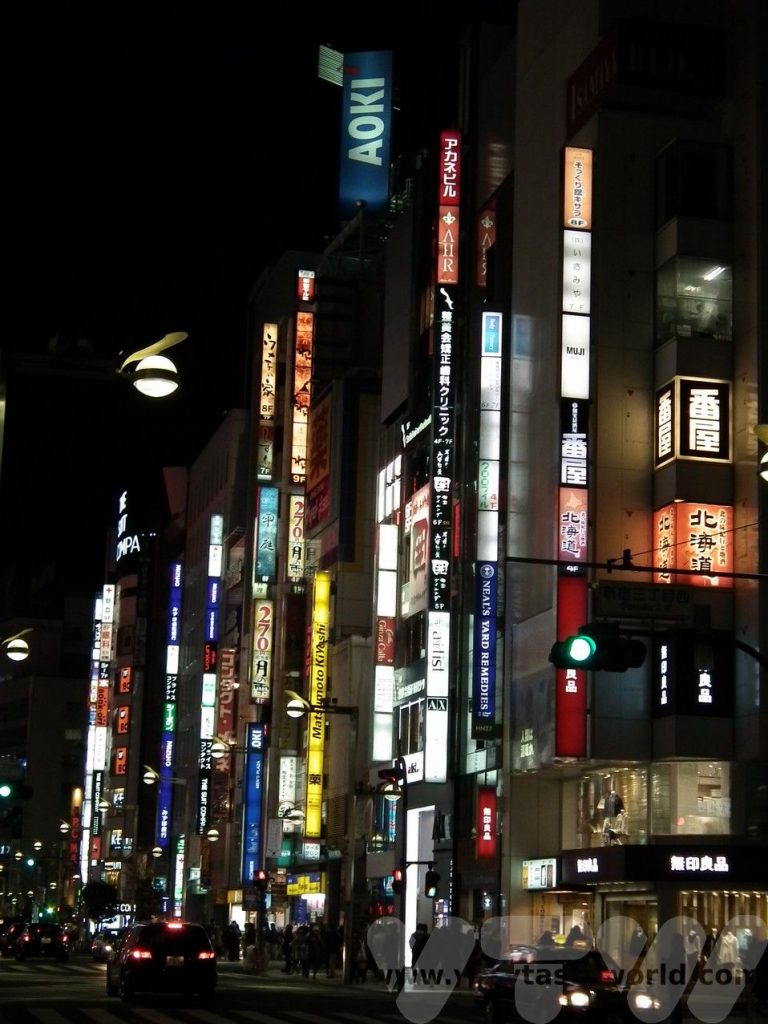
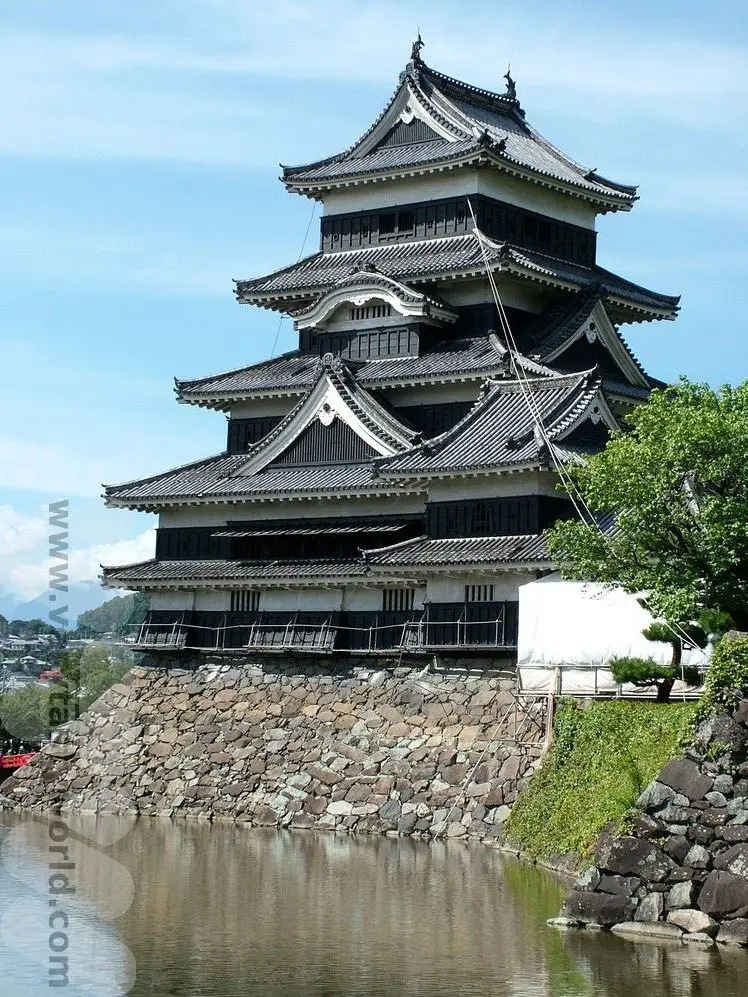
Getting There
Most people will fly into Japan either to Tokyo or Kansai (Osaka). Both airports are located a fair distance from the cities they serve but it’s easy to pick up public transport options to reach the metropolis. There are train services that run regularly and also limousine buses, which can get you to the city centres very easily.
Getting Around
Japan’s public transportation system is fully integrated and highly efficient. If you are travelling for any length of time and especially travelling between cities, we recommend the Japan Rail Pass.(It’s not recommended if you are only staying in one city as it wouldn’t be cost-effective.) The JR Pass is valid on all Japan Rail services, including the shinkansen bullet train, with the exception of the super-fast Nozomi service. Don’t worry, the other bullet trains are still pretty damned fast! And they are the most amazing way to travel.
You can buy a pass that is valid for 7, 14, or 21 days. Also, the JR Pass allows you to book seats on the shinkansen for free. Just book your seats at any JR office at any station.
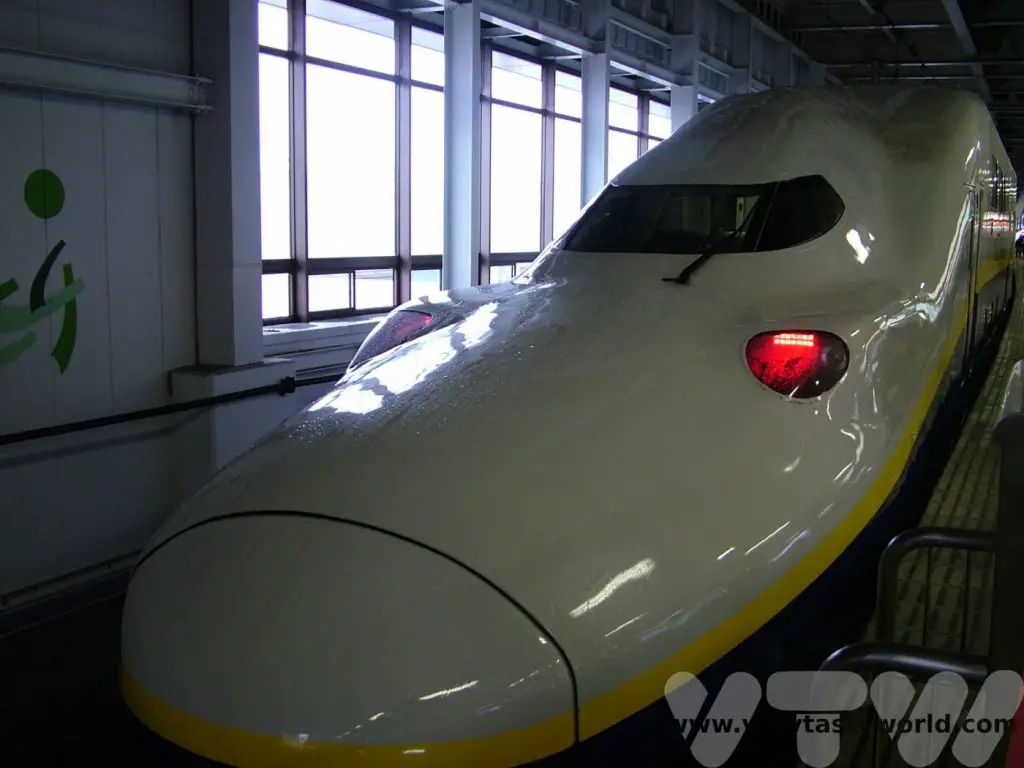
You need to order the pass before you travel. You will receive a voucher. This is then exchanged at a JR station for your pass. It is time-stamped and valid from the first day of use on the stamp. There is a ticket office at Narita airport where you can get your pass – just follow the signs for the trains. Be aware that there may be a queue as lots of other tourists will be wanting to do the same as soon as they get off the plane. If you don’t want to activate it straight away, that’s fine.
When using the pass you don’t need to go through the usual entry/exit barriers. Just show your pass to the station staff in the office located at one side of the barriers and they will wave you through.
If travelling by train you can plan your journey using the excellent hyperdia website. Note that there are some private railways in Japan, notably in more rural areas, and the JR Pass is not valid on these.
Bus services in Japan are reliable and reasonably comfortable. They are especially useful when travelling through the countryside.
Taxis are available in most cities but they are expensive. They all have automatic doors.
Car hire is also easy to arrange if you want to visit rural areas. There is really no need to hire a car if you are visiting cities.
Accommodation
There are a variety of options depending on your budget. You can book standard hotels via the usual booking sites.
We tend to stay in business hotels, especially in the cities, as they offer cheap accommodation, albeit in tiny rooms. You can see our post about business hotels. They are very small but they contain all the facilities you might need. And you’re in Japan – you don’t want to spend all your time in a hotel room!

However, it is also worth splurging for a night or two to stay in a ryokan – a traditional Japanese inn. These often comprise several rooms, all laid out with tatami (reed) mat flooring. Your bedding will be a futon laid out on the floor.
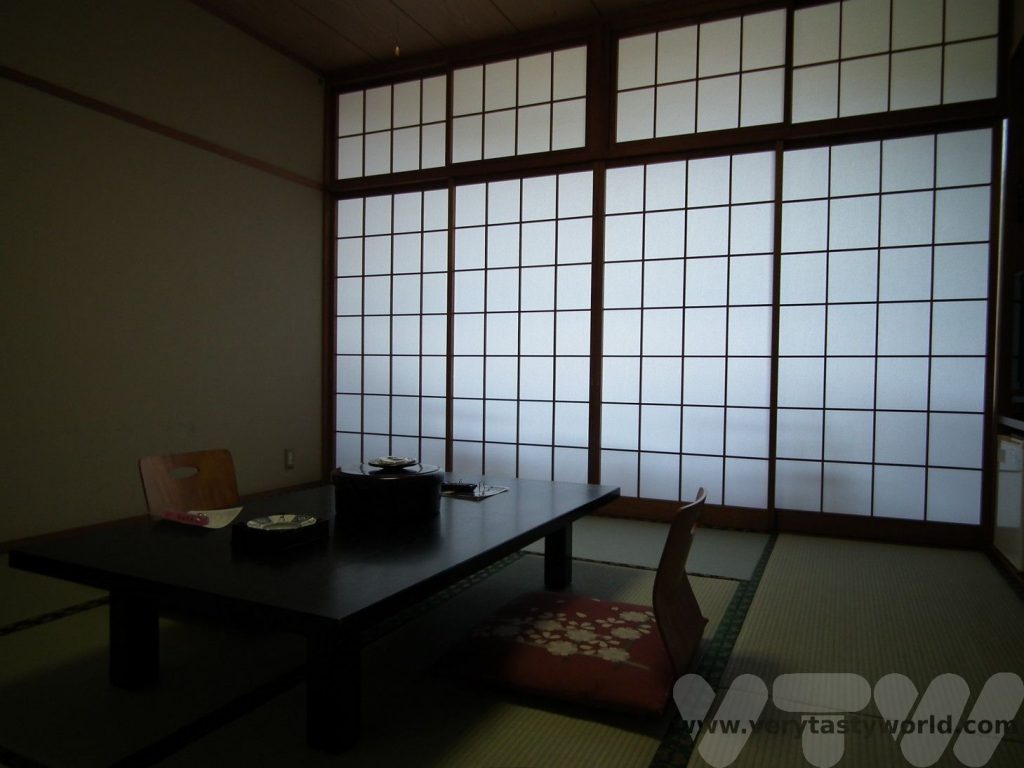
You may well be served your dinner in your room. At other establishments you will eat dinner in the restaurant and your futon will be laid out by the maid while you are dining.
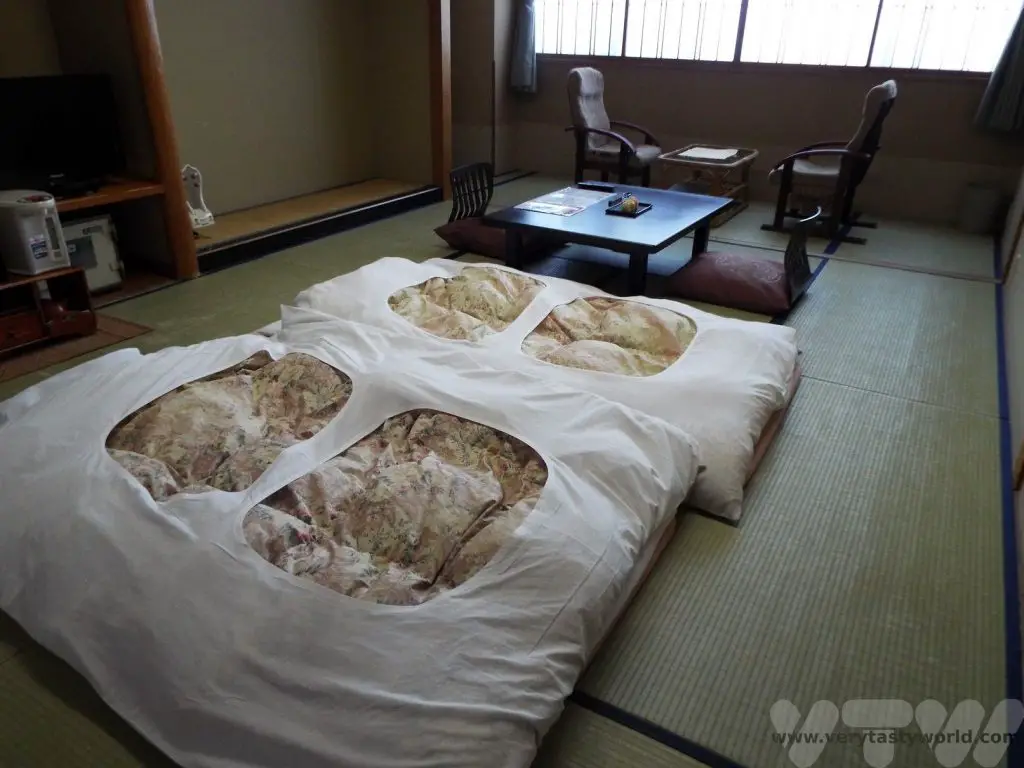
Ryokan may be ensuite although sometimes these establishments will have shared facilities. Some have lovely baths and you may be offered a time slot for bathing.
Money
Japan is still a largely cash-based society and, although ATMs have become more common over the years, are still not as widespread as you might think. We tend to take Japanese yen with us. And, while no destination is 100% safe, we have always felt comfortable carrying cash and have never had any problems while doing so.
Most hotels and increasing numbers of shops and restaurants accept credit cards these days.
You can also get IC cards – Passmo and Suica are popular ones in Tokyo – that you can all over the metropolitan area you are visiting. You can tap them to use public transport, such as the metro, and use them to buy some products as well. It is possible to charge them up by adding more cash at convenience stores (known as konbini), such as Family Mart, Lawson and 7-11, which can be found all over Japan.
Just be careful that they are valid within the area you are travelling. For example a card used in Tokyo and the surrounding area may not be accepted in the Kansai region.
Eating and Drinking
Dining when you can’t understand the writing on the menu can be a bit daunting. When we first visited Japan English menus didn’t exist but these days increasing numbers of restaurants offer menus in English, Chinese and Korean.
And many restaurants have picture menus or plastic models of the food in the window. They will also show the prices, sometimes in ordinary numerals but sometimes in Kanji (the Japanese writing system). If you get really stuck, take your server outside and point at what you want!
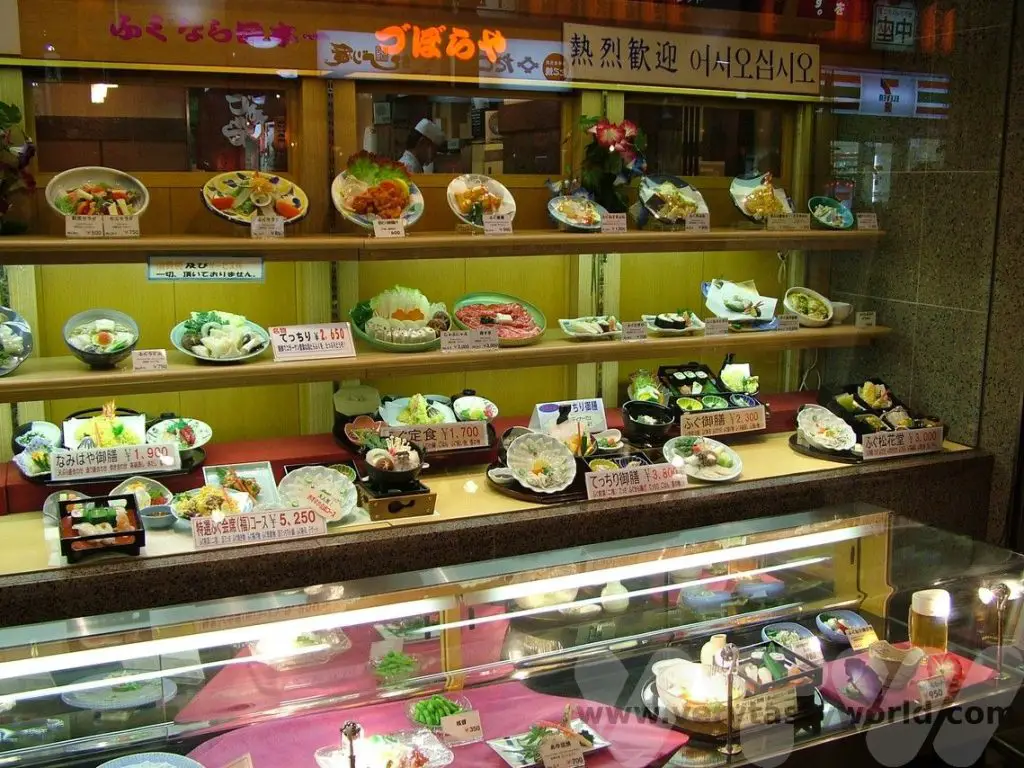
Food is eaten with chopsticks and occasionally a spoon. It is rare to find knives and forks, and restaurants are usually unable to supply them. Bring your own if needed, but, better, learn to use chopsticks – it isn’t that difficult!
Most people will know the Japanese foods sushi, sashimi and ramen noodles but the cuisine has so much for offer.
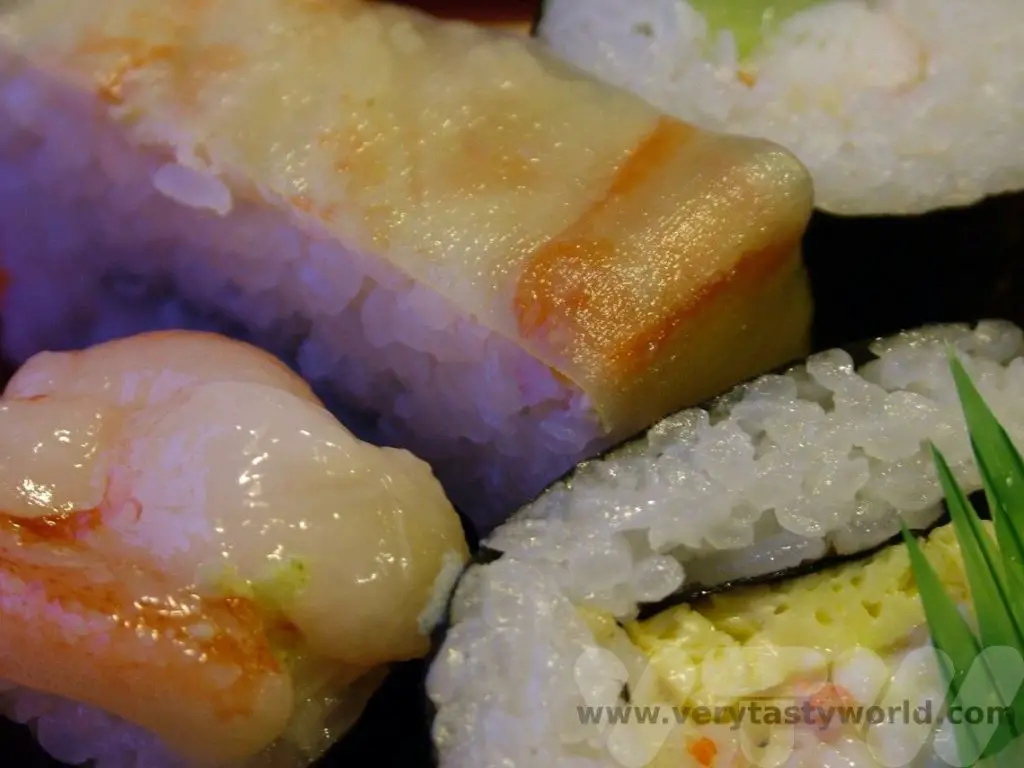
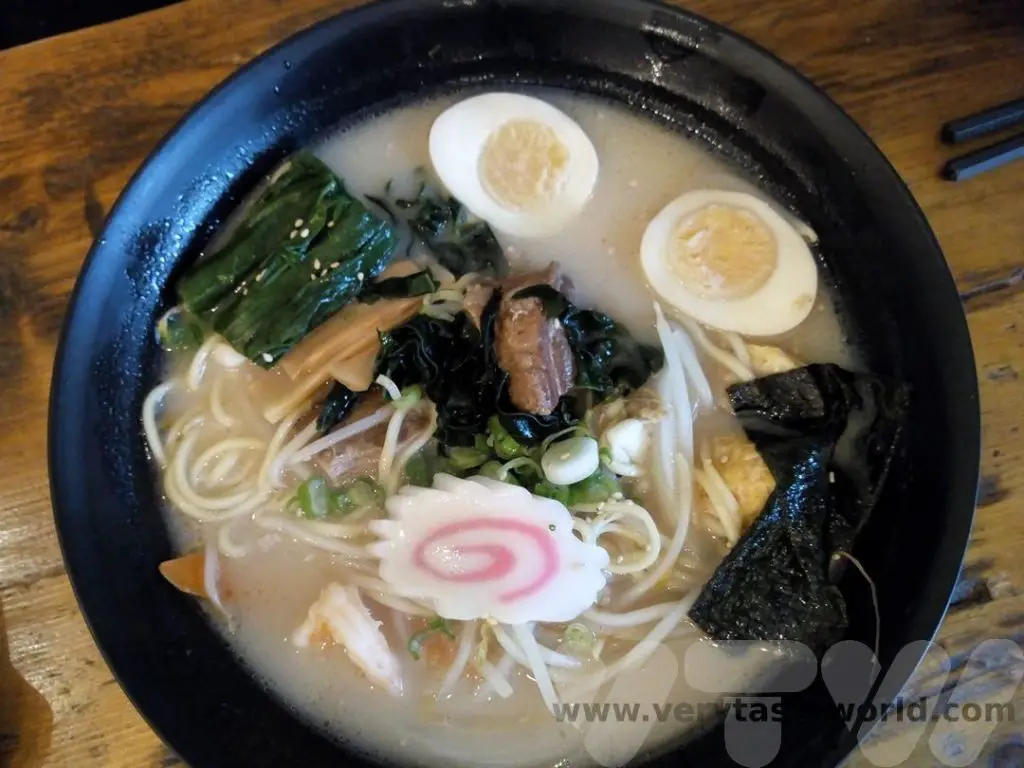
There are prices to suit all budgets, from noodles at a railway station stand, where you eat standing up, to the full-on kaiseki ryori, Japanese haute cuisine.
And, if you are travelling on the train, it’s essential to enjoy a bento box meal – a lunch box full of goodies. There are even regional variations of bento sold at railway stations, known as eki-ben.
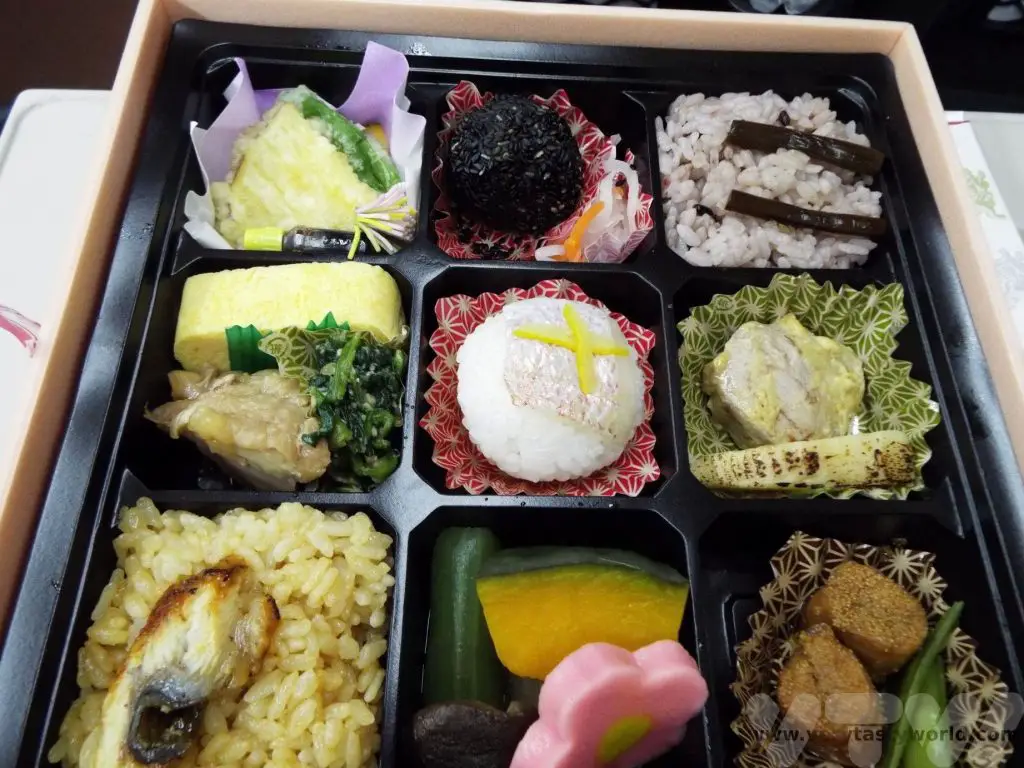
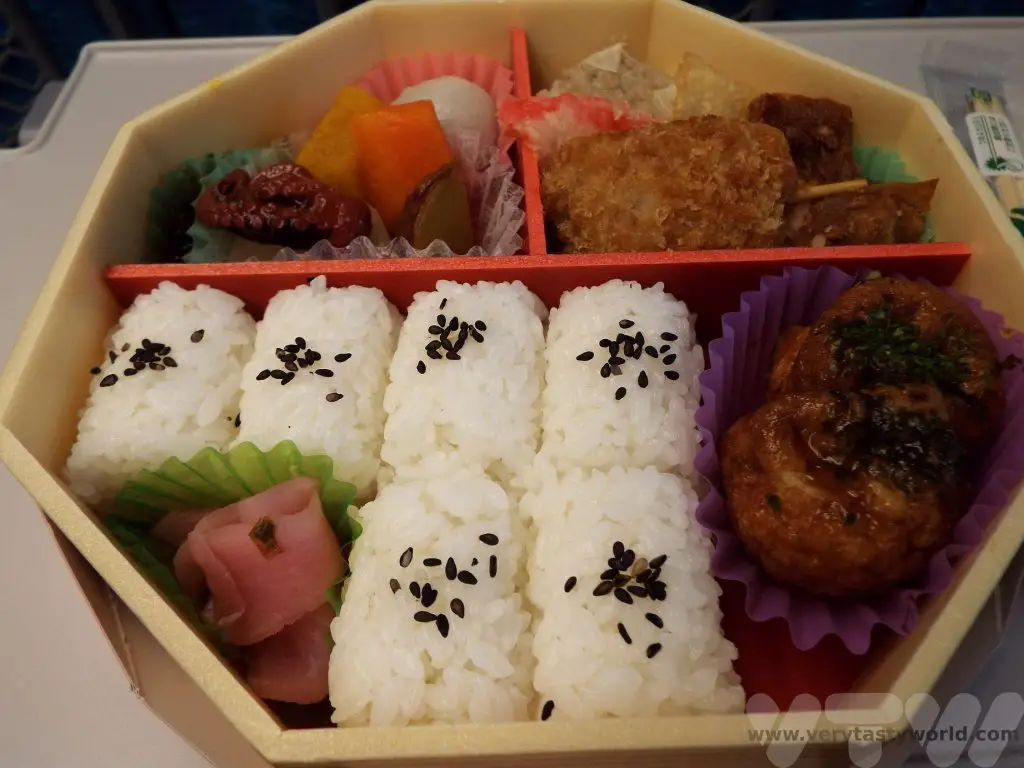
Izakaya are Japanese style pubs where you can enjoy drinks as well as order a variety of dishes.They are a great way to spend an evening.
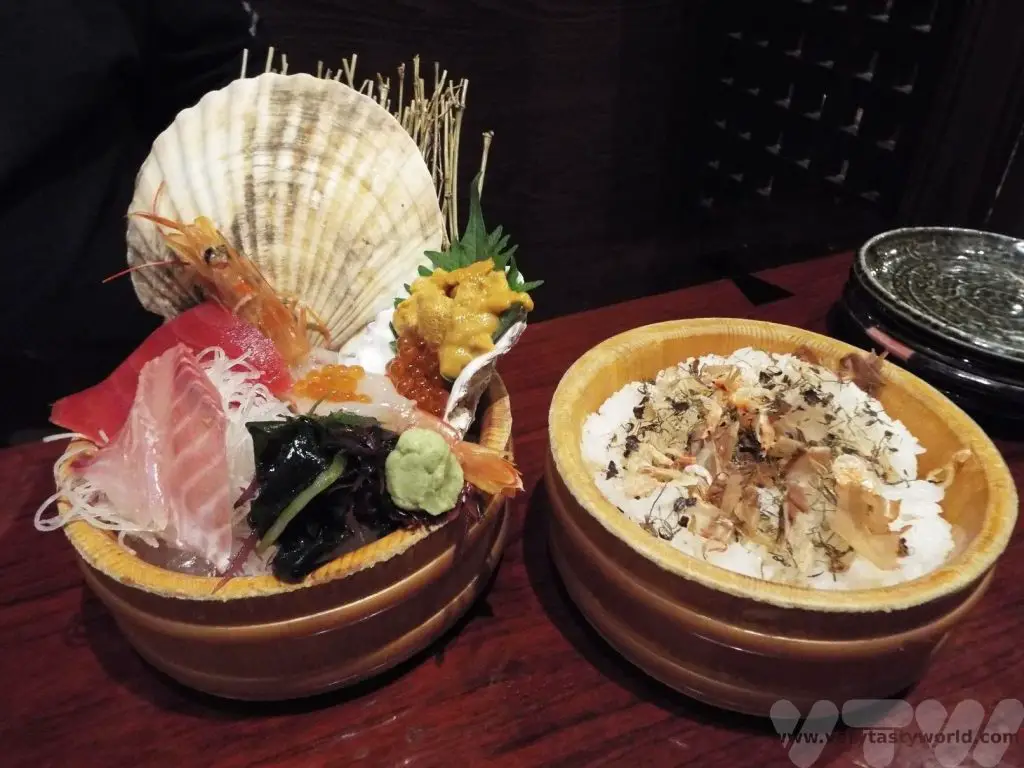
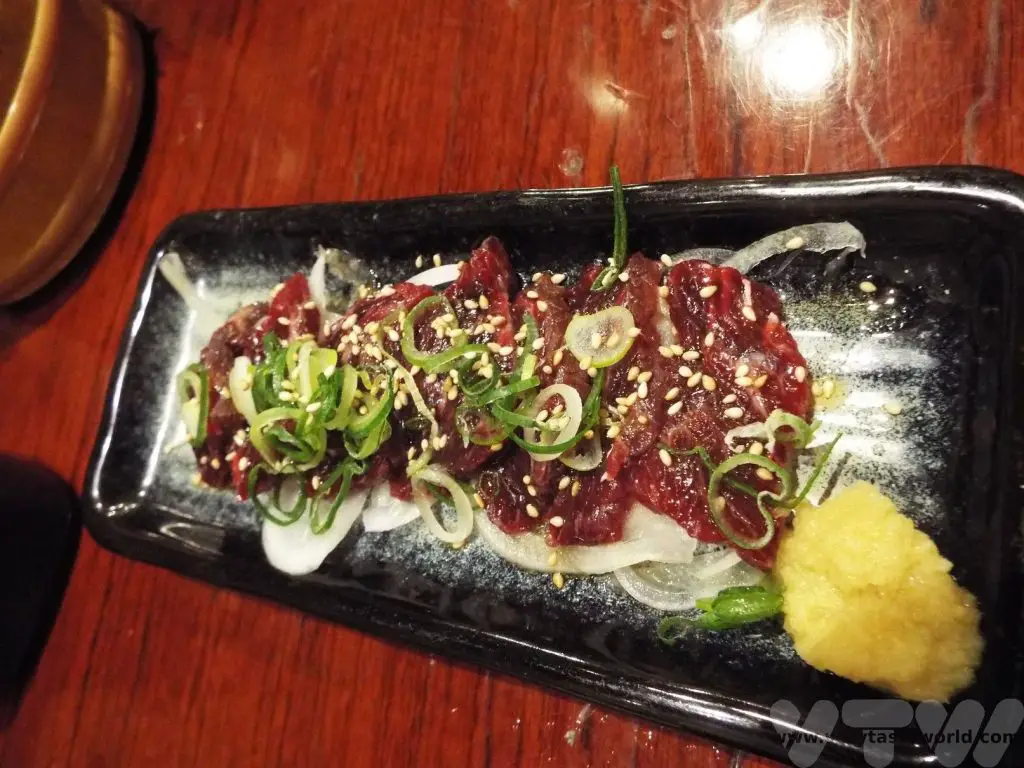
Beware the cover charge, known as otoshi or tsukidashi, which is basically a table charge. Some establishments will have a fixed charge for drinking and eating there. It’s usually a few hundred yen per person and its aim is to encourage you to stay at that establishment. If you get a small starter or plate of snacks just after you sit at your table, it’s not a freebie, you are likely to be charged for it. Some bars in Tokyo will indicate whether a cover charge applies but it’s not always clear.
Tipping is not expected nor required in Japanese restaurants or bars – which makes life very easy. Just pay the bill. We have had some instances where restaurant proprietors have run after us with 5 yen change!
Customs and Etiquette
When we first visited Japan we were worried that we would fail to follow etiquette and make terrible faux pas all the way around the country. In fact Japanese people are incredibly friendly and welcoming and would not ostracise a visitor. But if you get the etiquette correct, your efforts are really appreciated.
As with travelling anywhere, it goes without saying that you should be polite and respectful. ‘Arigato’ means ‘thank you’ and ‘sumimasen’ means ‘excuse me’.
Absolute no-nos are wearing outdoor shoes inside. Always remove them before entering a home. Some restaurants may also request shoe removal and provide a locker for your shoes and some slippers that you can wear inside.
If you are using a shared bathroom at your accommodation bear in mind that your room slippers need to be changed for bathroom slippers. (Don’t forget to change them back when leaving the bathroom!)
If using a shared bath, for example at an onsen (hot spring resort), you should wash before getting into the bath so that you are clean before you start bathing. The bath is all about having a lovely, relaxing soak at the end of a day’s sightseeing.
If you are wearing a yukata (a cotton kimono) make sure that the left side of the material overlaps the right side- right over left is for dressing the dead.
Tattoos are still taboo in Japan because they are associated with yakuza (gangsters). If you plan to spend time in an onsen it is worth covering small tattoos with a sticking plaster. Be aware of tattoo polices, some accept people with tattoos, others may turn you away.
As mentioned above, you don’t tip in Japan. Unless you are staying at a high-end ryokan, where it is polite to leave a few hundred yen for the maid who will have laid out your bedding, although this isn’t compulsory. It is considered rude to hand people cash, so leave any tip in an envelope.
Handy Travelling Tips
If you are travelling on public transport and have a lot of luggage, it’s not the most comfortable way to travel, especially if you are lugging unwieldy cases. Instead you could use the Takkyubin service – a courier delivery service that will transfer your luggage to your next location (or beyond, hotels are usually happy to store your bags for a few days). Just ask for ‘Takkyubin’ at a hotel. The staff will be able to arrange it for you and take payment on your behalf. It’s a pretty cheap service and is extremely efficient. Our bags have travelled from one end of the country to the other overnight and we’ve just swanned up at the hotel with a daysack the following day and our luggage arrived ahear of us.
Useful hint: it’s helpful to have the address of your destination hotel written in Japanese – hotel staff will be happy to fill in the form for you. If you are using a booking service such as Booking.com, you can obtain a printout or use the app to find the address in the original language.
Another thing that you will notice about Japan is the sheer number of vending machines. It feels as though there is one on every corner. You can buy pretty much anything. Most are snacks and drinks machines, some will be able to sell hot beverages as well, and you can even buy beer. (We couldn’t imagine a full and working vending machine selling beer in the UK – it would get trashed in seconds!)
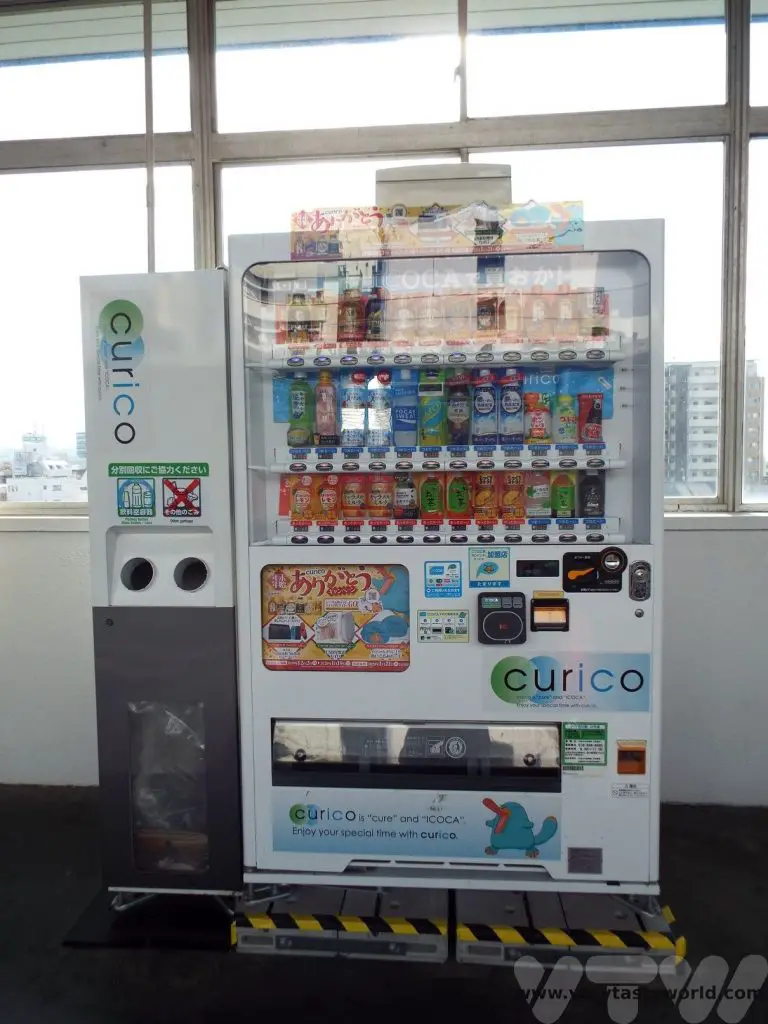
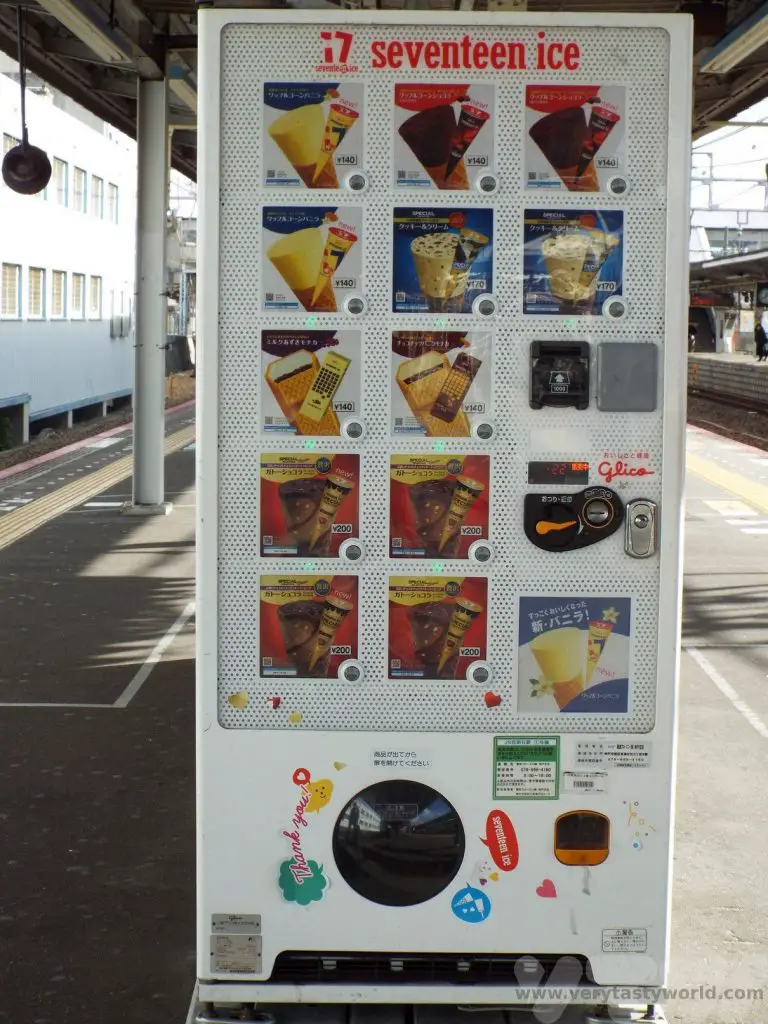
And you can drink the tap water in Japan, so make sure to bring a reusable water bottle with you.
Planning A Trip To Japan -Things to Do
Of course Japan offers all the usual attractions for tourists, such as museums, galleries, entertainment and shopping opportunities galore. But here are some quintessentially Japanese activities.
Kabuki
Kabuki is a form of Japanese highly stylised drama and it’s possible to visit the theatre in Ginza, Tokyo to see a play. When we visited we were given a leaflet which explained the plot for the play we were watching. The word kabuki is a combination of three characters which mean song (ka), dance (bu) and acting (ki) so you can expect all of these elements. All performers are male, even those playing female roles.
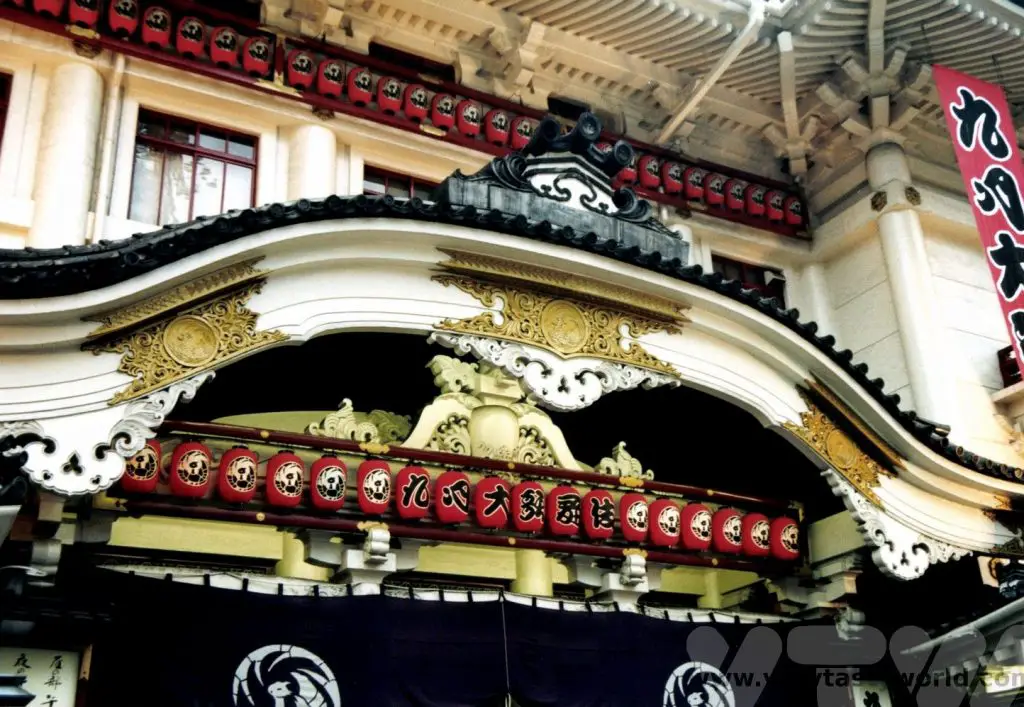
Another thing that surprised us is that there is an element of audience participation where viewers shout words of encouragement to their favourite actors. You can get tickets for a single act or a whole play.
Arcades
If you’re a big kid and enjoy playing video games you’ll love the arcades in Japan. They can be found in any city. We can’t resist them – you can play all sorts of games from musical (drumming or dancing) to driving to betting on horse races. There are some where you can stand alongside a mannequin comedian and attempt to perform as a manzai (straight man, funny man comedy).
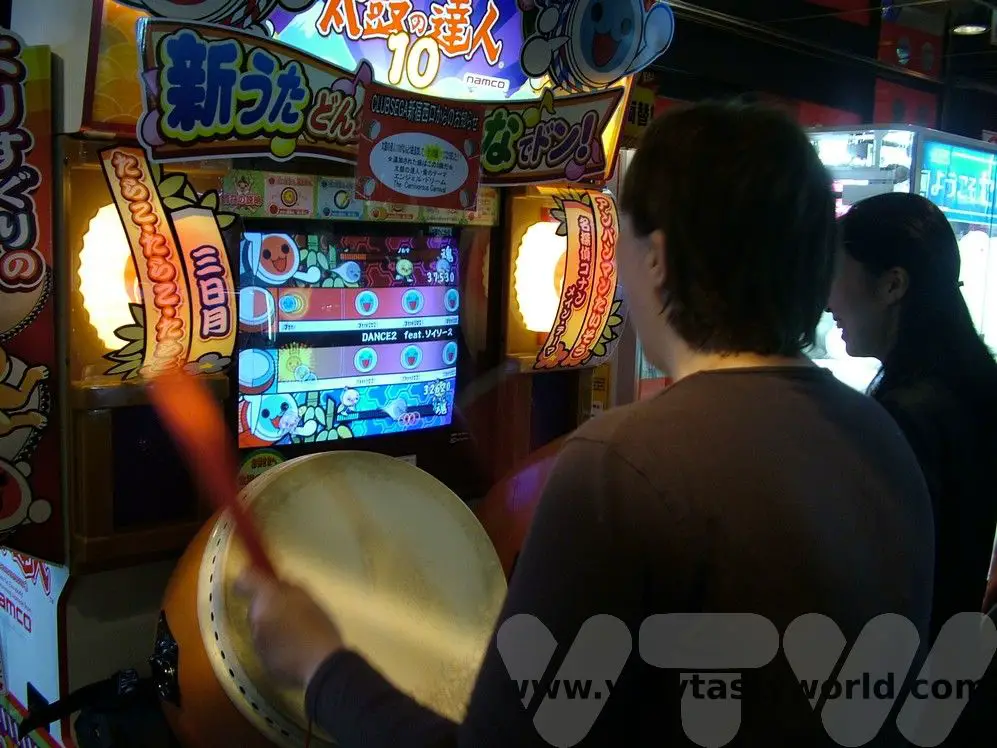
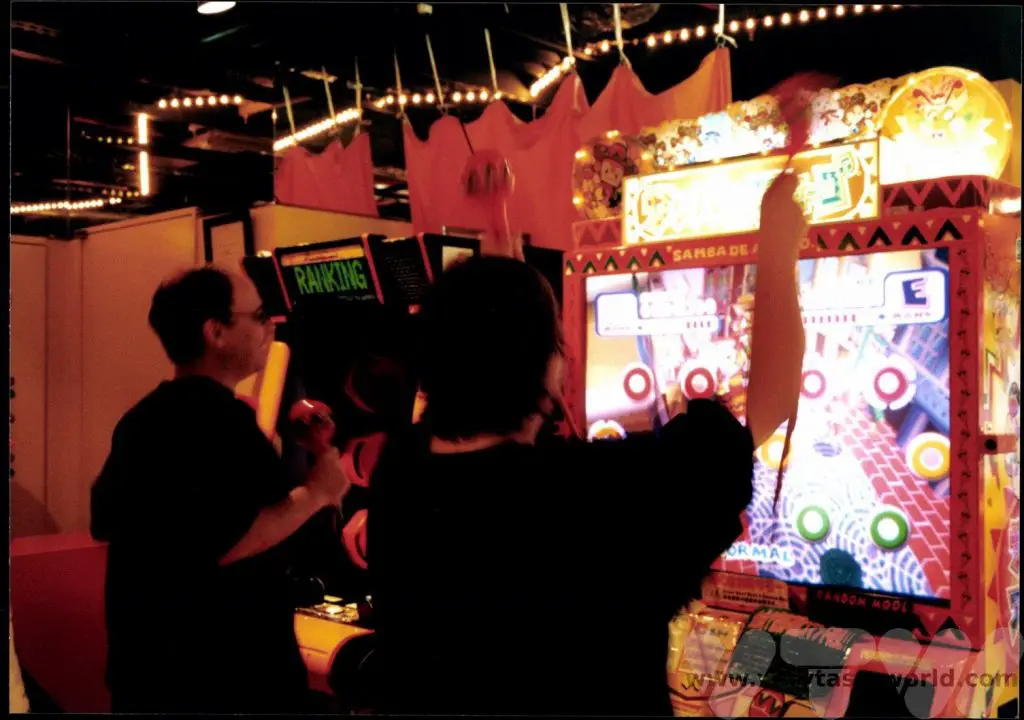
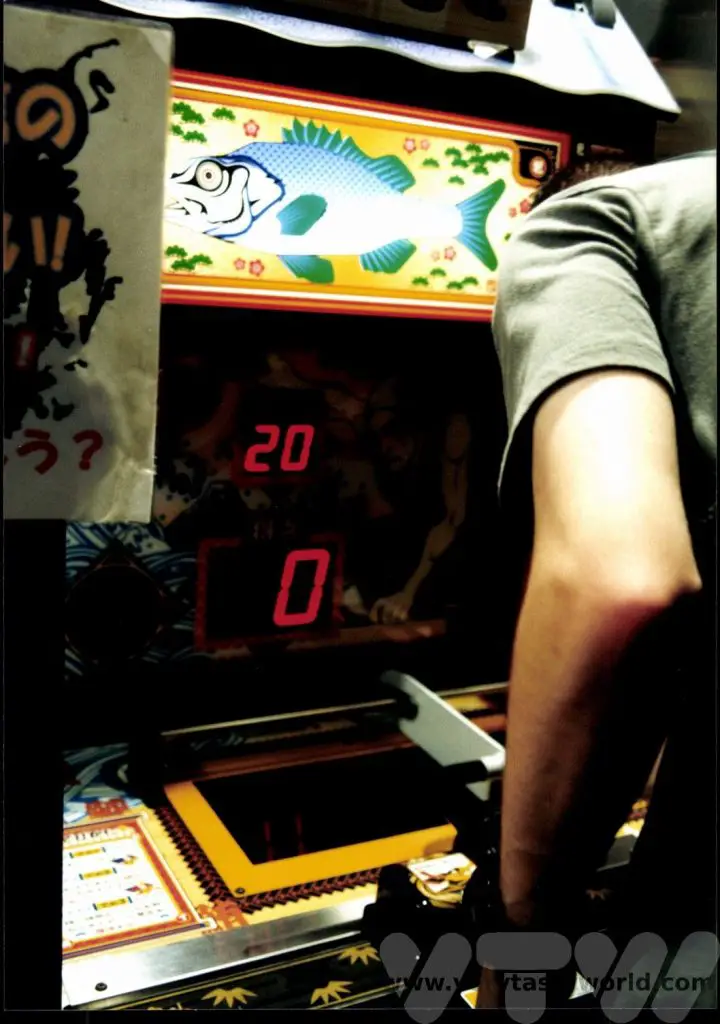
Just make sure you have a stash of 100 Yen coins.
Karaoke
Karaoke was invented in Japan and is now popular all over the world. The word derives from ‘kara’, meaning empty and ‘oke’ which is an abbreviation of ōkesutora (orchestra). In Japan you can visit karaoke establishments and hire a room for a set time period – just for you and your mates or travelling companions – thumb through the extensive book of songs (there will be loads in English) and sing your socks off. It’s great fun and there’s no need to worry about singing in front of strangers.

Big Echo is one of the most famous karaoke venues. You can also get a nomihodai – all you can drink – deal. There’s a phone where you can order drinks – although it would be helpful to be able to speak a bit of Japanese. The phone will also ring to let you know when you have 10 minutes before the room hire expires – the perfect time make Bohemian Rhapsody your final number!
Manga, Anime and Electronics
Japanese culture, particularly manga and anime, has become hugely popular all over the world and there are lots of opportunities to visit museums, such as the wonderful Studio Ghibli museum, and even museums located by some of the animation studios. There are some areas within certain cities which have hubs where you can go shopping for all the latest hi-tech gear or discover pop culture galore. Akihabara in Tokyo and DenDen town in Osaka offer loads of exciting places to explore for tech and culture fans alike.
Sumo
Sumo is Japan’s national sport and is fascinating to watch. There are tournaments six times a year (three in Tokyo, alternating with ones in Osaka, Nagoya and Fukuoka) You can spend a day at the sumo if your trip coincides with a basho.
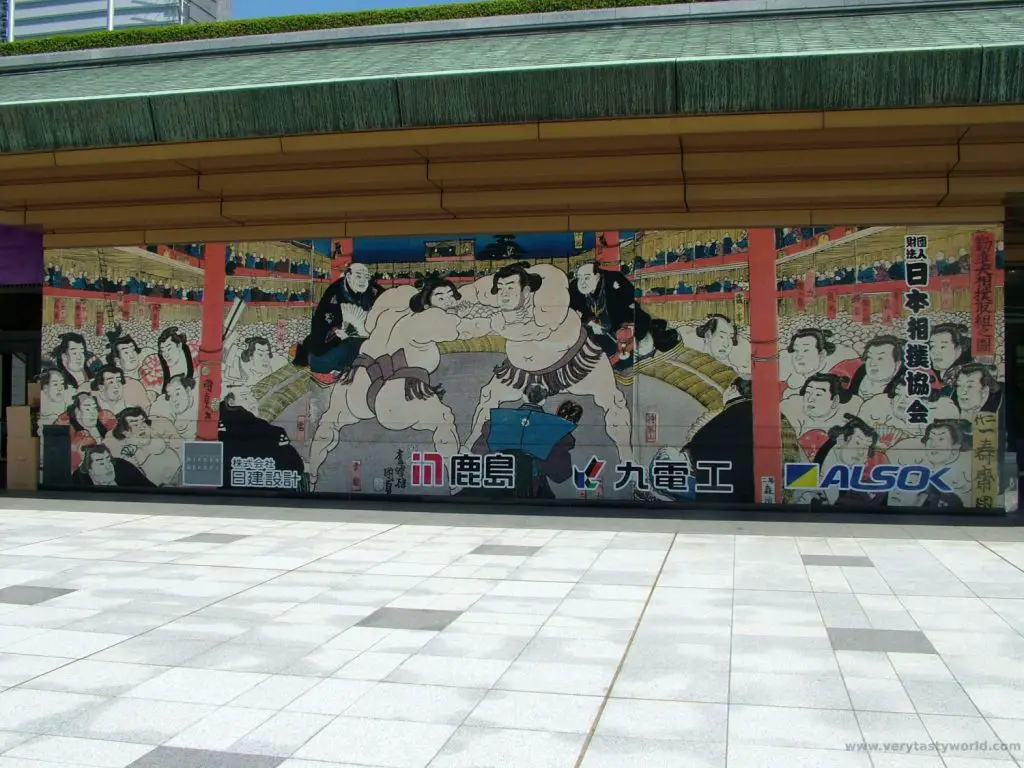
The rules of sumo are very simple: Two wrestlers face each other in a ring and, at the signal of mutual consent to begin, the bout commences. A wrestler loses when he is either forced out of the ring or touches the floor with any part of his body other than his feet.
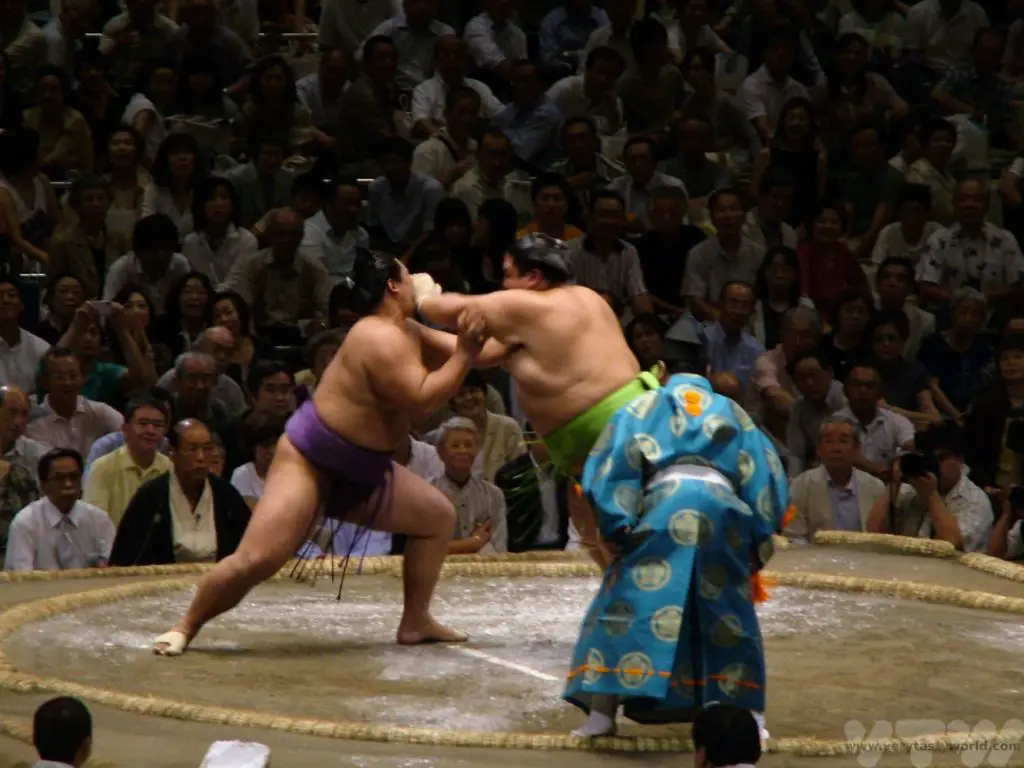
You can read about our day at the sumo in this post. And if you can’t attend, you can often watch sumo wrestlers training at their stables.
Pachinko
Pachinko is definitely the loudest and possibly the most impenetrable activity we have ever done in Japan. It’s kind of like a vertical pinball machine where you pay for a bucket of silver balls, put them in the machine and turn the nob. Sometimes you might win a whole bunch of silver balls. You exchange these for a prize (which can be a bit bizarre, such as a box of razor blades!) which can then be swapped for cash in the booth outside the pachinko parlour.
This is gambling, which isn’t strictly legal in Japan, which is why you win a ‘prize’ rather than directly winning cash. The most we have ever spent is 1000 Yen (a few pounds) and, of course, we lost. We didn’t have a clue what we were doing but it was lots of fun anyway. Although our ears were ringing after leaving the room.
Onsen
Because Japan is located in the Pacific Ring of Fire it is geothermally very active and has a lot of hot springs. And a country that has a lot of hot springs has a lot of hot spring resorts. Onsen are delightful places to relax and unwind, soaking in natural spring water. Some ryokan have their own onsen. A rotemburo is an outdoor onsen where you can relax and enjoy the natural surroundings. It’s worth knowing that some onsen are sex-segregated. We like bathing together, so tend to seek out private baths where we can relax together. Some of the ryokan we have stayed have a rotemburo which can be booked for a set time each evening.
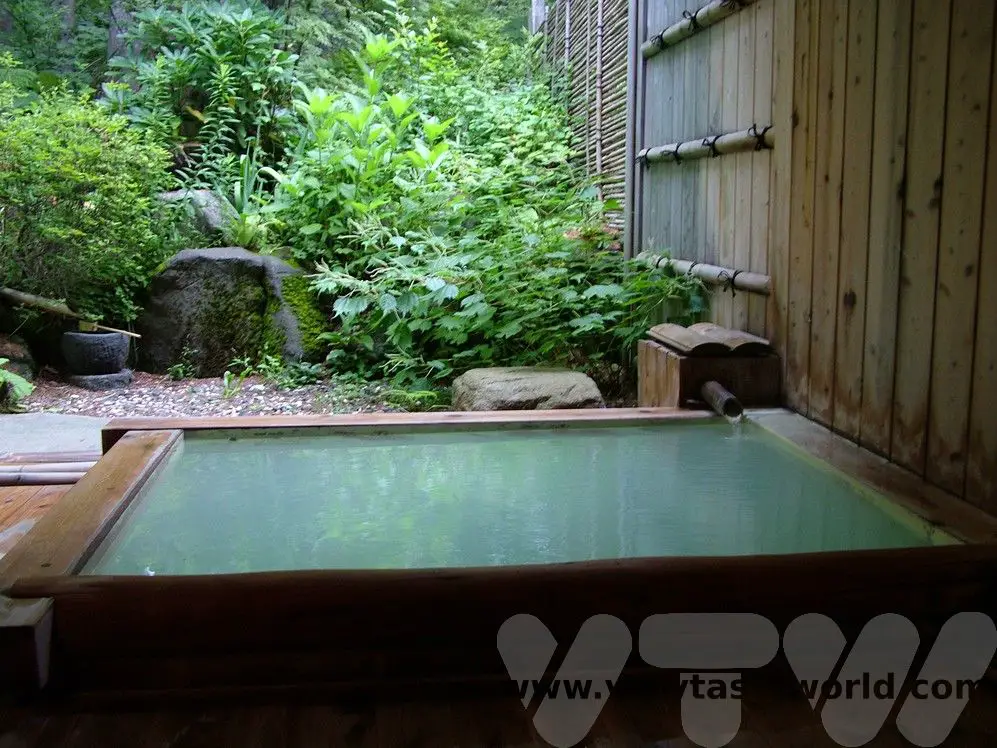
The bath etiquette is that you undress in the changing area then have a shower/wash before you get into the bath. Make sure you have thoroughly rinsed off all soapy water. This means that you are clean before bathing and can just enjoy a lovely relaxing time in the warm water.
Castles
There are thousands of castles all over Japan. These impressive fortresses, constructed from stone and wood, were often strategically located along trade routes and were designed to provide strong defences. Many become the residences of feudal lords, known as daimyo,
Many Japanese castles are reconstructions, having been destroyed by fire and rebuilt over the centuries.
Some of the best castles are to be found at Matsumoto – the black crow castle…

…and Himeji.
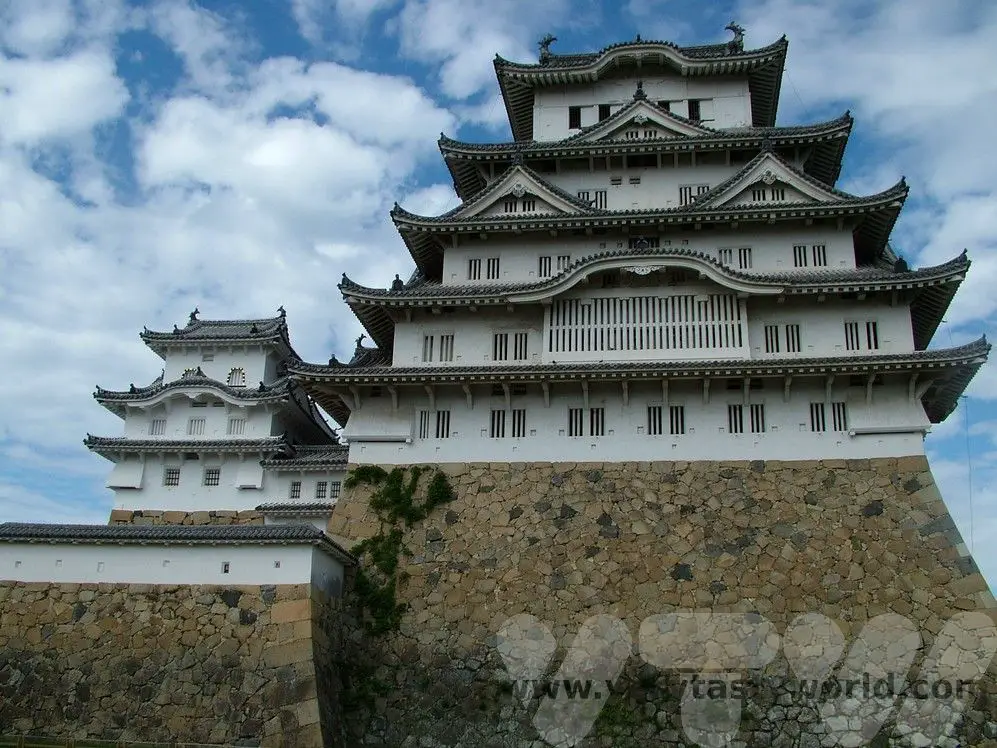
Gardens
Japanese gardens feature traditional designs that have their roots, if you will, in the country’s indigenous Shinto religion which recognises gods and spirits that are found in all things. Gardens often reflect the nature of the landscape and Japan’s distinctive seasons and use natural materials such as rocks, stones and water. Some gardens are very specialist, such as the zen gardens which comprise a minimalist landscape of rocks and stones.
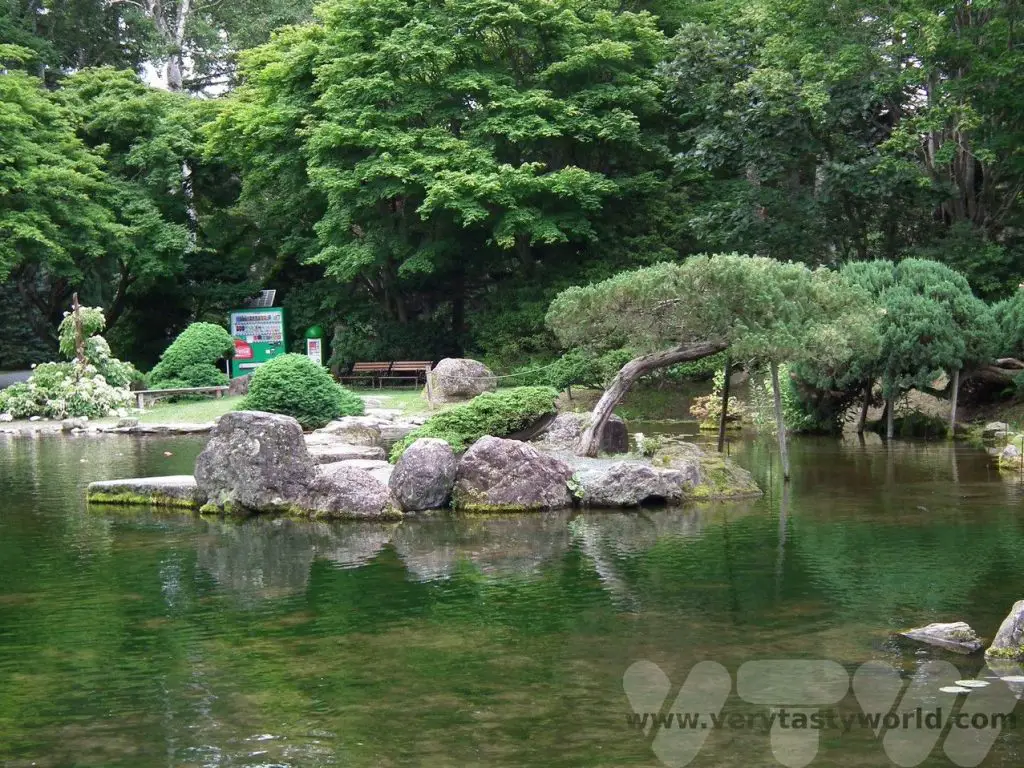
Planning a Trip To Japan – Top Places to Visit
Here are a few suggestions for places to visit which will hopefully give you a flavour of what Japan has to offer as well whet your appetite for some local regional dishes.
Honshu – the main island
Tokyo
Japan’s capital city is a sprawling metropolis. There are so many places to explore and things to do you could spend your entire holiday here. Popular districts are Shinjuku, Shibuya (the place where young people hang out), Asakusa (a laid-back area with old-world feel which is home to the Senso-ji temple), Akihabara (the cool hi-tech area which has a lot of manga and anime stores as well as the Tokyo Anime Center) and Roppongi (the area where a lot of overseas residents and visitors reside or hang out).
We tend to stay in Shinjuku as it’s very central. There are all sorts of things to do, including foodie tours.
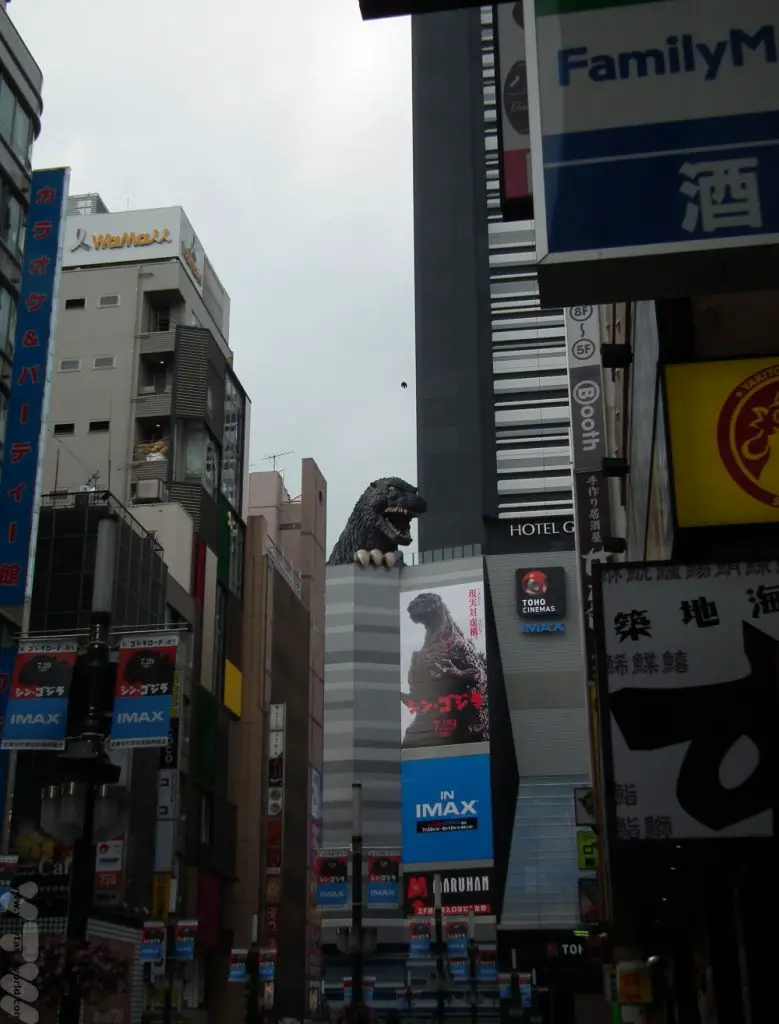
The Meiji shrine, dedicated to the deity of the Emperor Meiji is set in a lovely extensive park. It has a dramatic torii gate at its entrance.
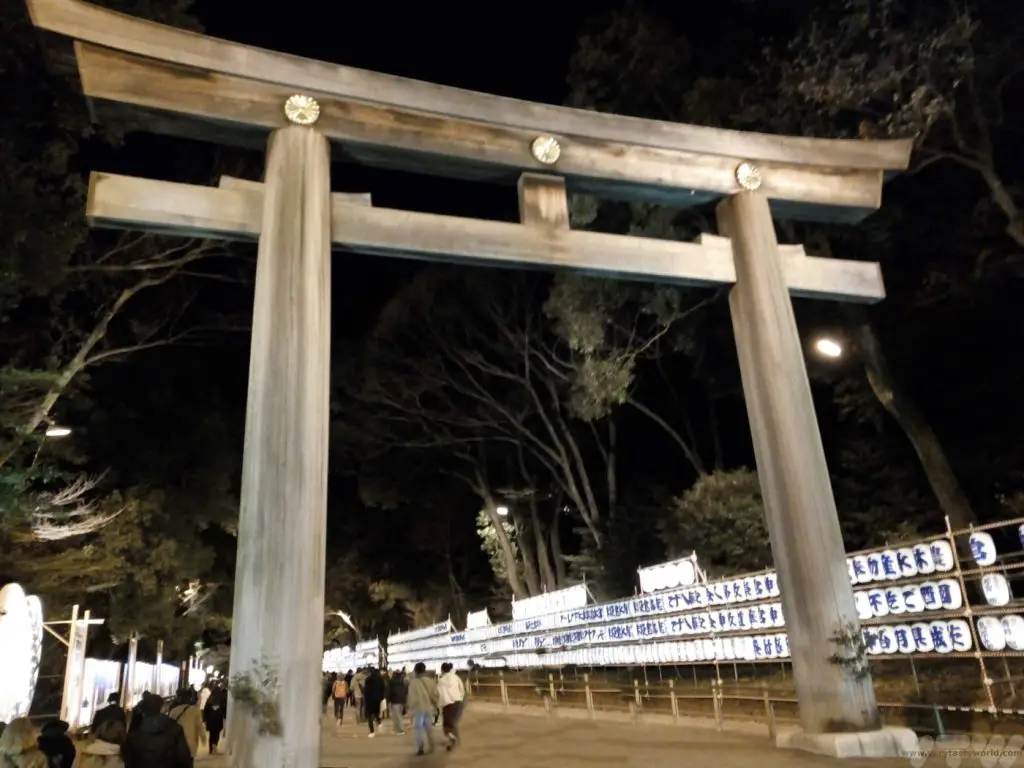
Shibuya is the location of the famous road crossing – known as ‘The Scramble’ – and seen in many films and TV series where over 2000 people can cross in a single cycle of the pedestrian lights.
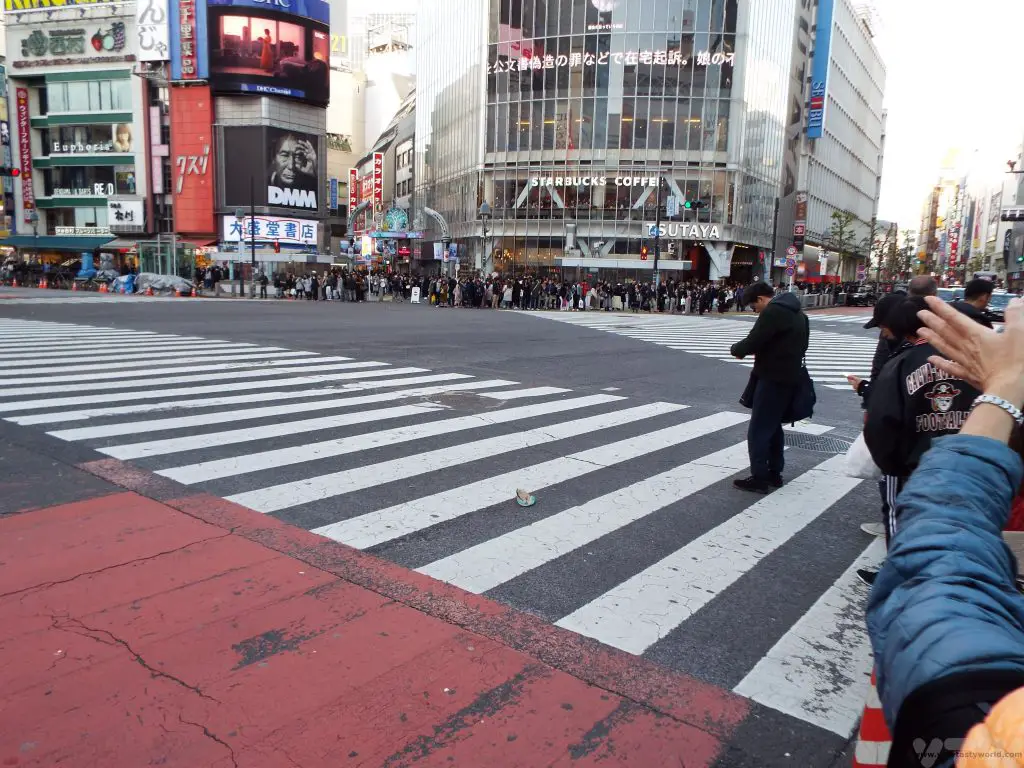
If you like the animations of Studio Ghibli, The Ghibli Museum in Mitaka is a must-see but you do have to book in advance.
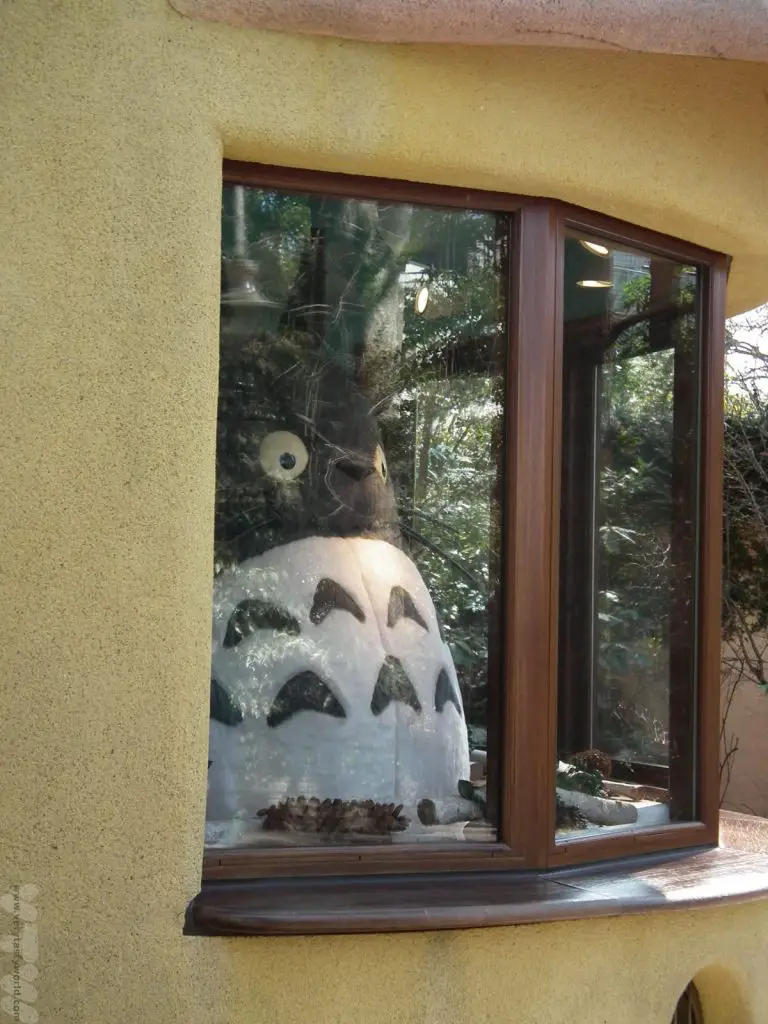
Odaiba is an entertainment hub on an artificial island set in Tokyo Bay. Cross the rainbow bridge to find all sorts of activities and shopping. And a monument that somehow seems familiar…
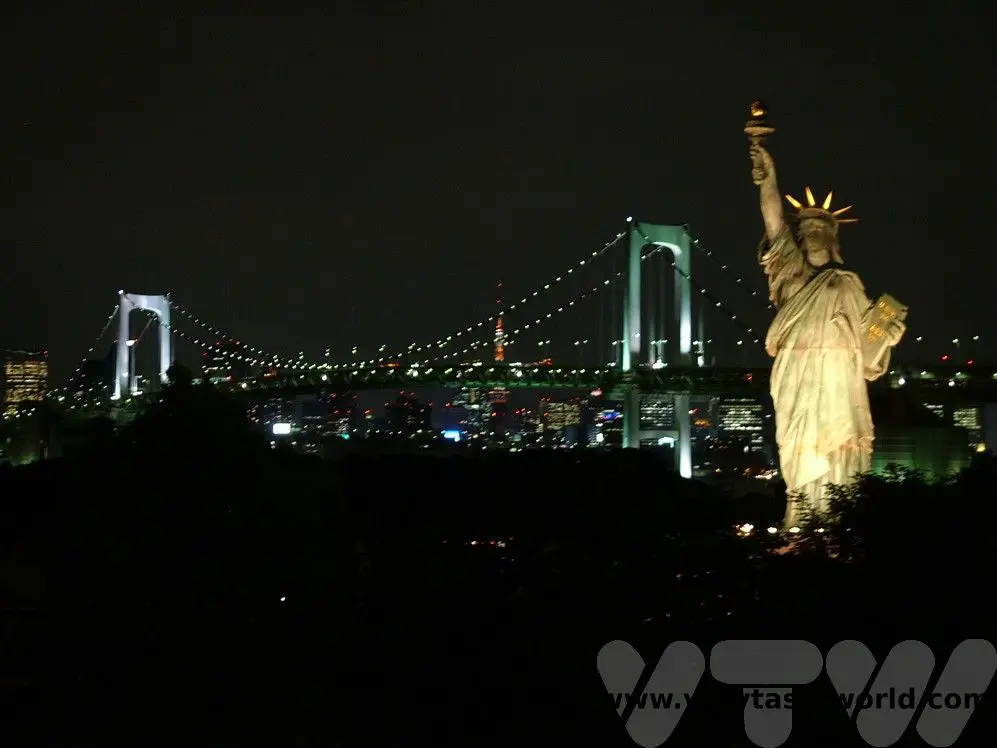
There are also plenty of day trips from Tokyo. Nikko is a historic city and the home of the Toshogu Shinto shrine.
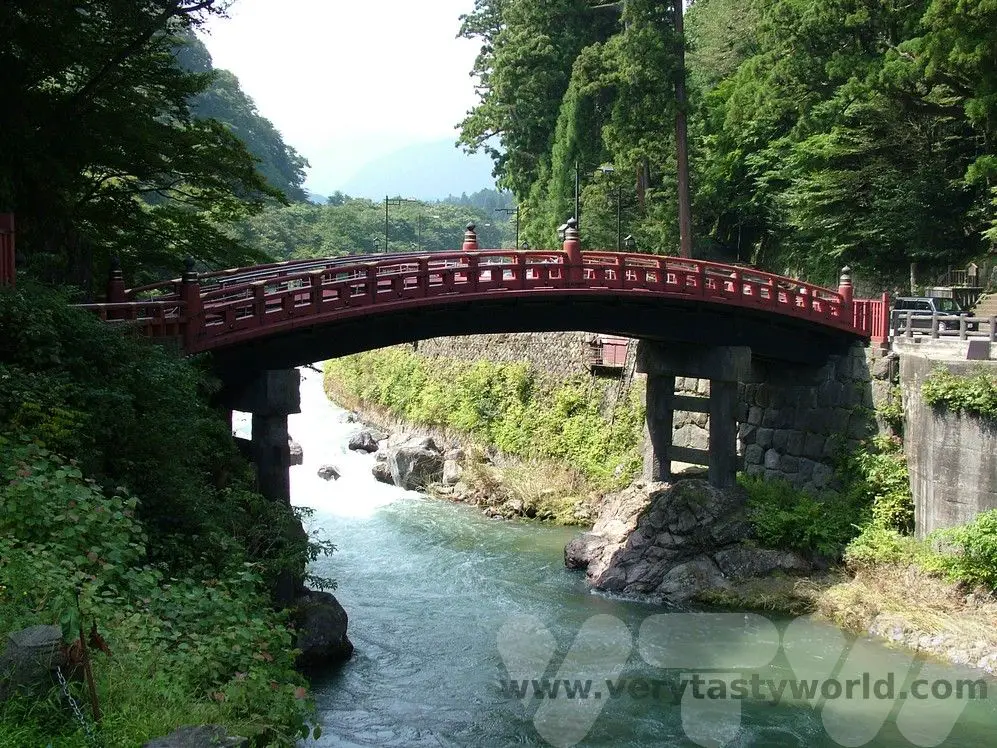
A tour of the Fuji Five Lakes area is a possibility from Tokyo. You might get a glimpse of Japan’s iconic mountain (if the weather is clear!) and sail on a pirate ship across Lake Ashinoko.
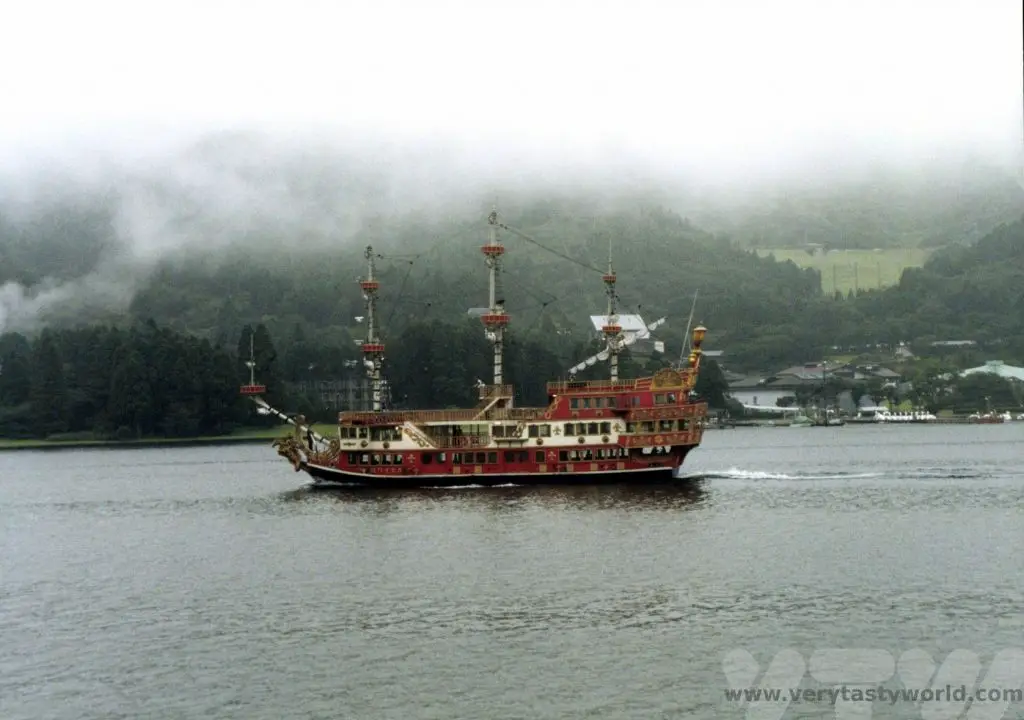
Osaka
A few hours from Tokyo on the bullet train Kansai’s commercial capital is a neon paradise and a fantastic place for foodies. Head out to the dotonbori area for a range of amazing restaurants and a vibrant nightlife.
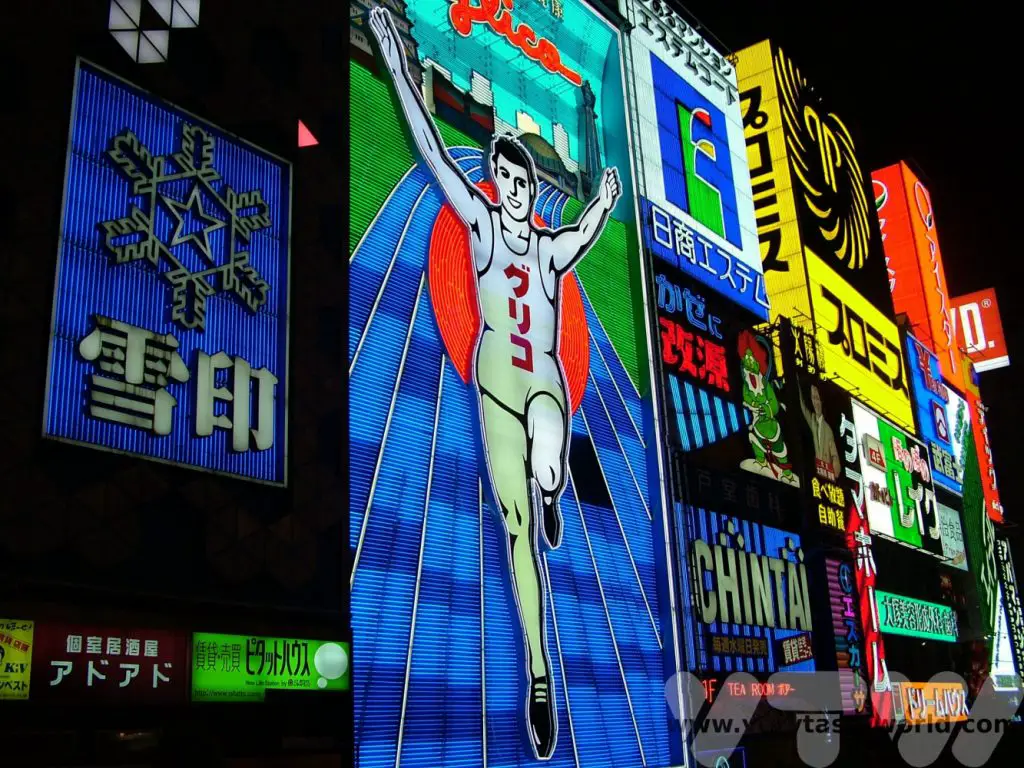
Typical Osaka dishes include okonomiyaki (kind of a cross between an pancake and a pizza) and takoyaki – octopus balls in batter.
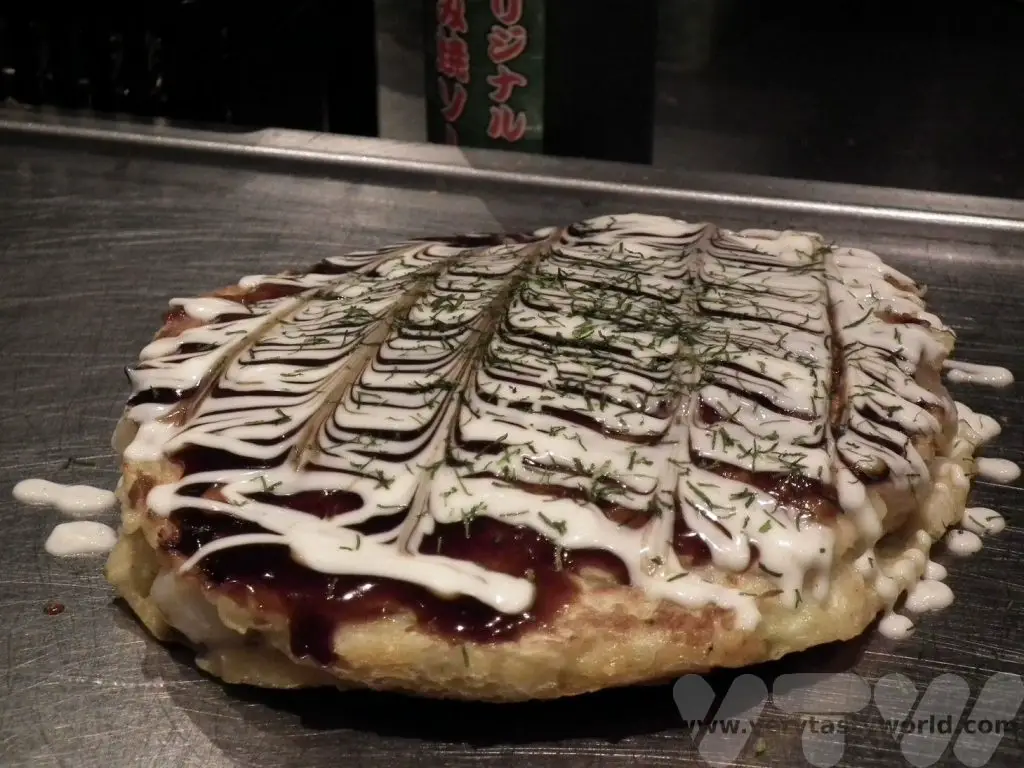
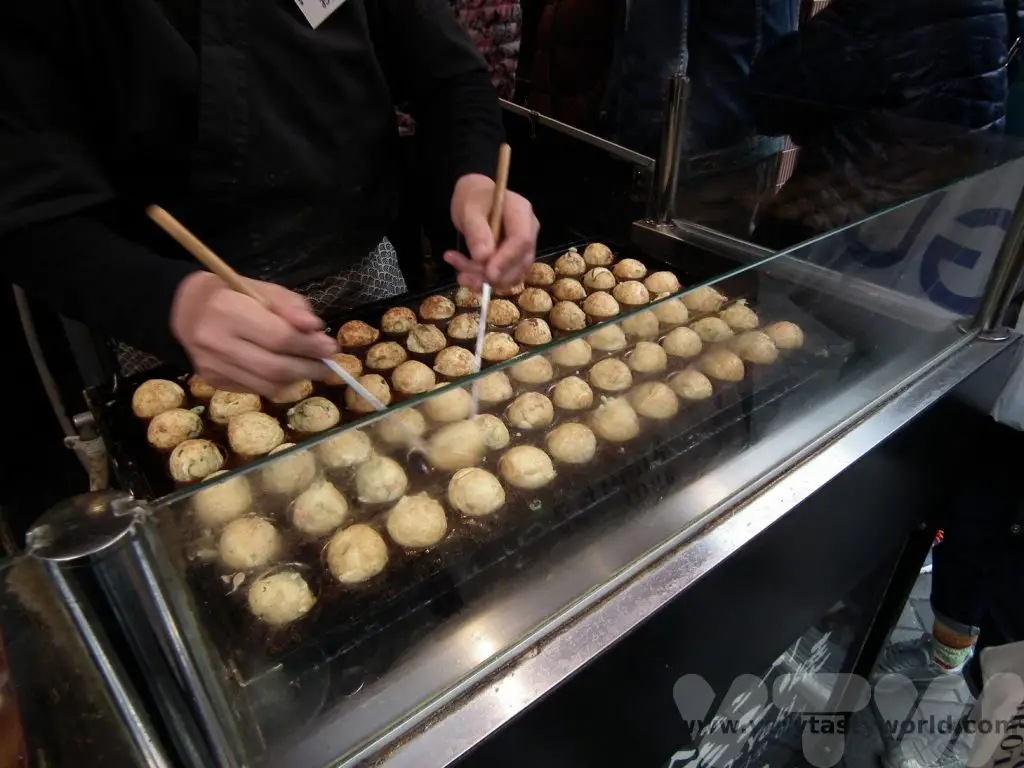
Nara
A tour of this ancient city offers lots of historic buildings, temples and pagodas to explore all set within a park. The highlight is Tōdai-ji which houses Daibutsu, a 15m-high bronze Buddha.
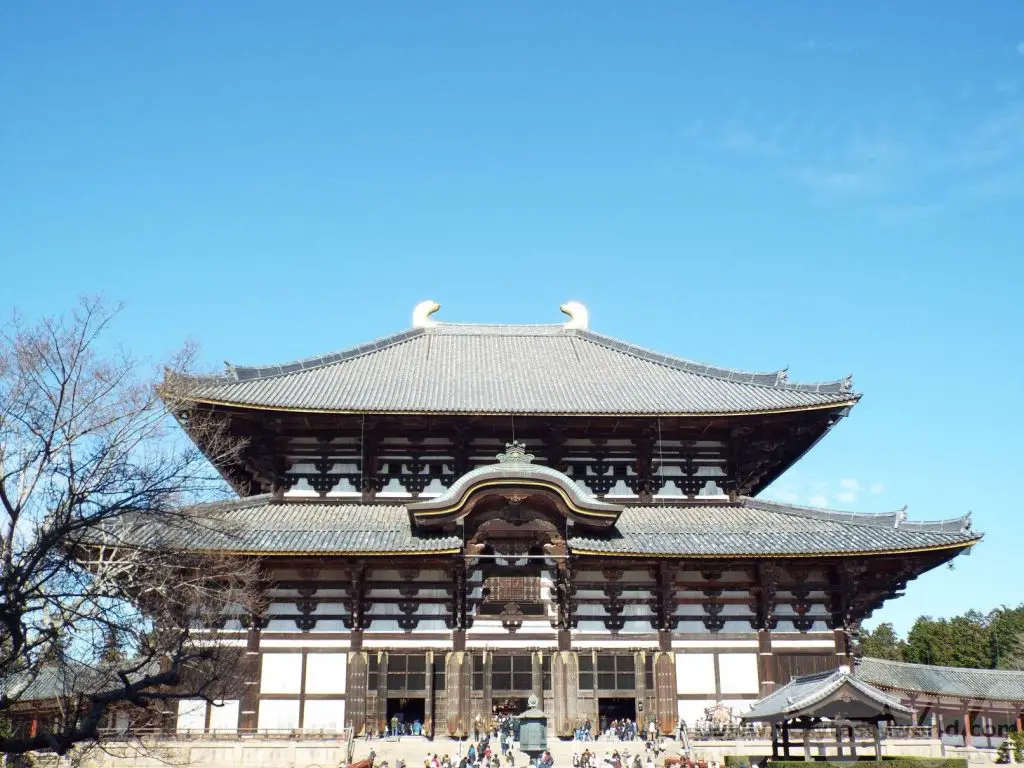
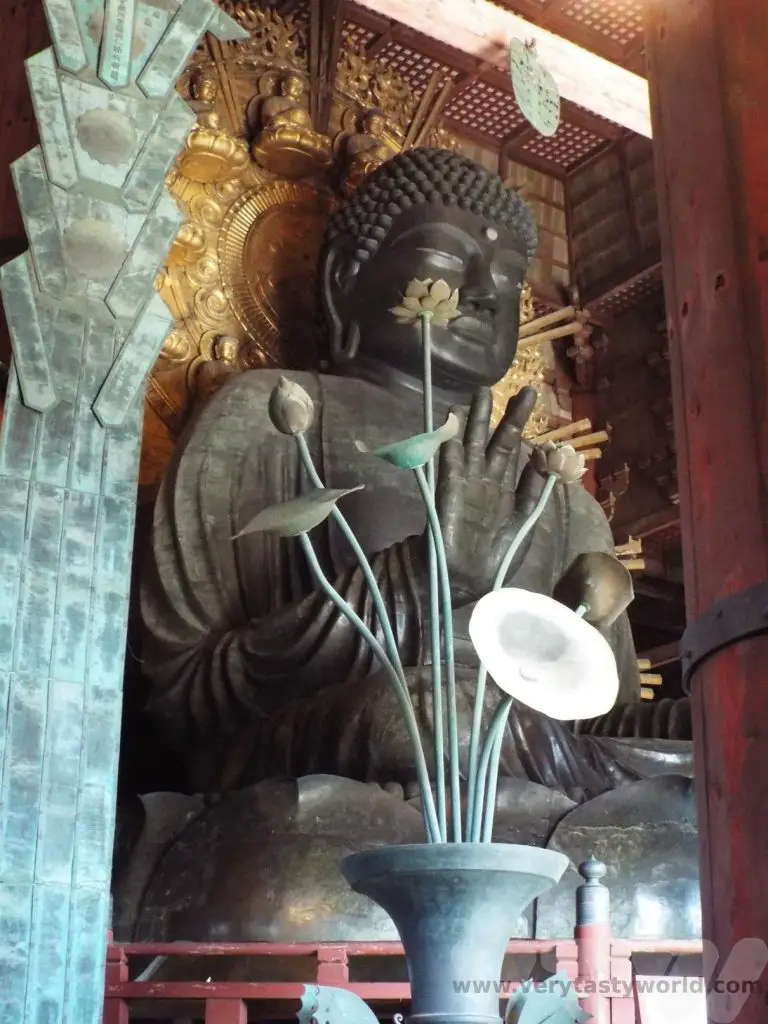
A fascinating and beautiful place, just watch out for the local deer who roam across the park – they are usually hungry!
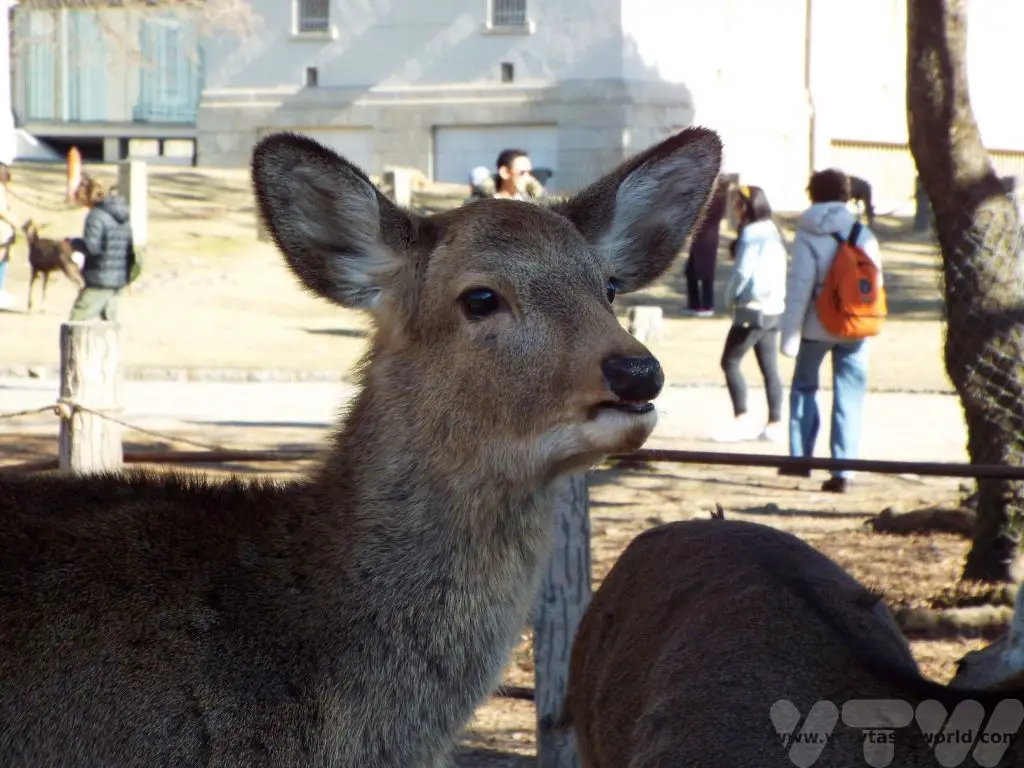
Kyoto
Japan’s former capital doesn’t look the part initially but has some beautiful and important historic places to visit. Just look closely and you will find a temple almost everywhere. A hop-on, hop-off bus tour is a great way to explore the city. Amongst the many treasures, there are some must-see highlights:
The Temple of the Golden Pavilion
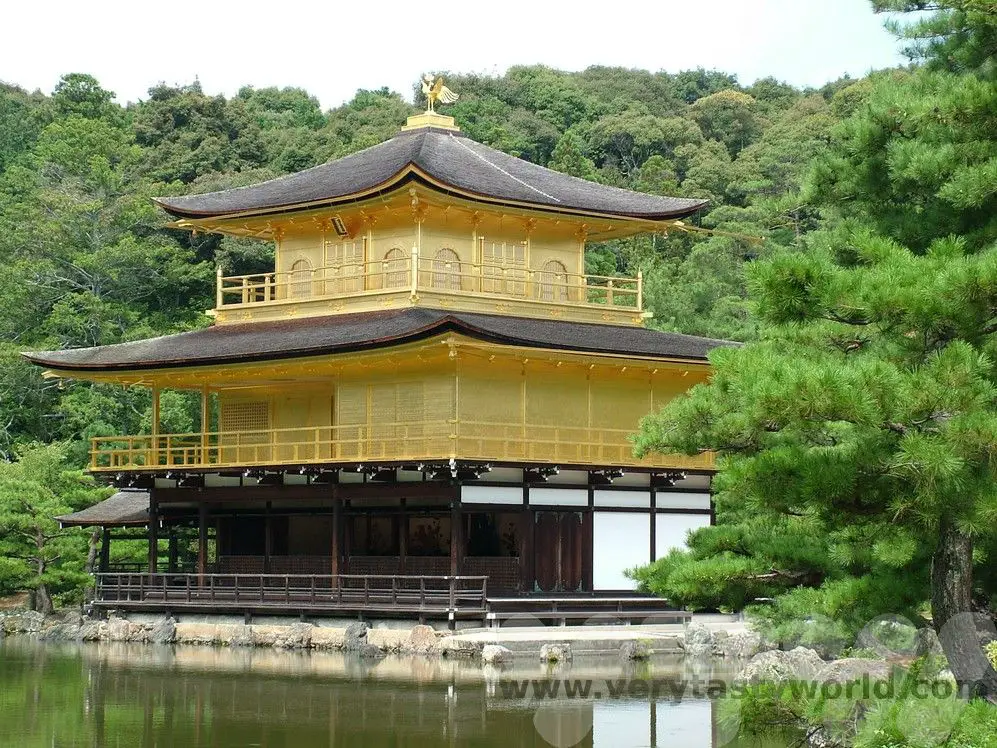
The Ryoanji zen garden is a place for contemplation
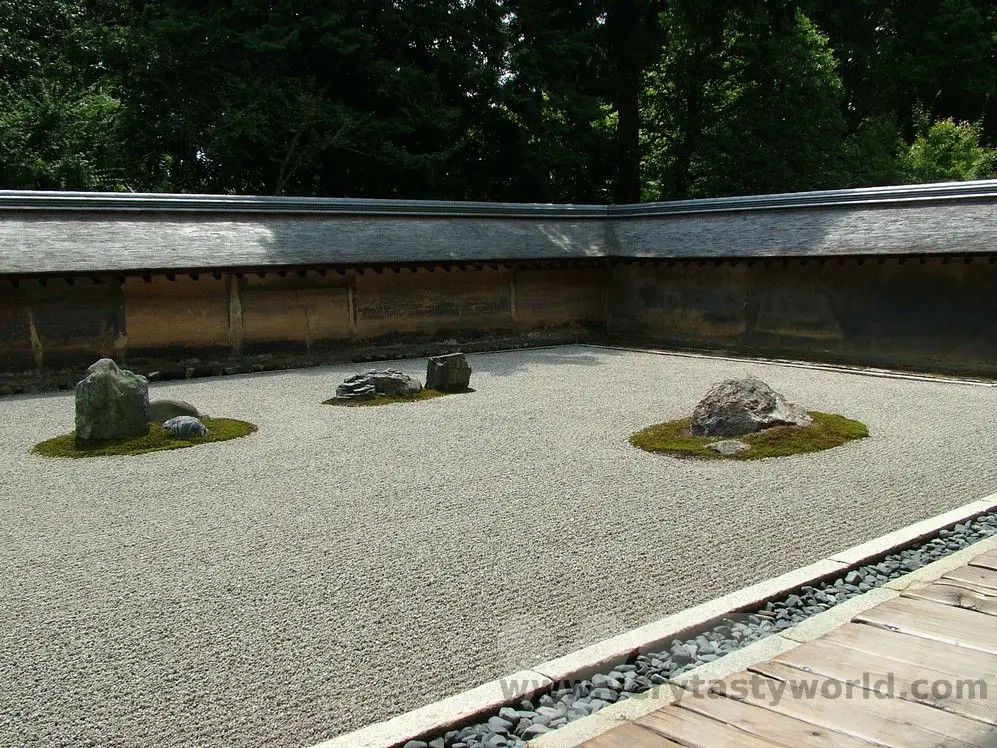
And the Fushimi Inari shrine, a short train ride outside the main city, with its plethora of vermillion torii (temple gates) to wander through.
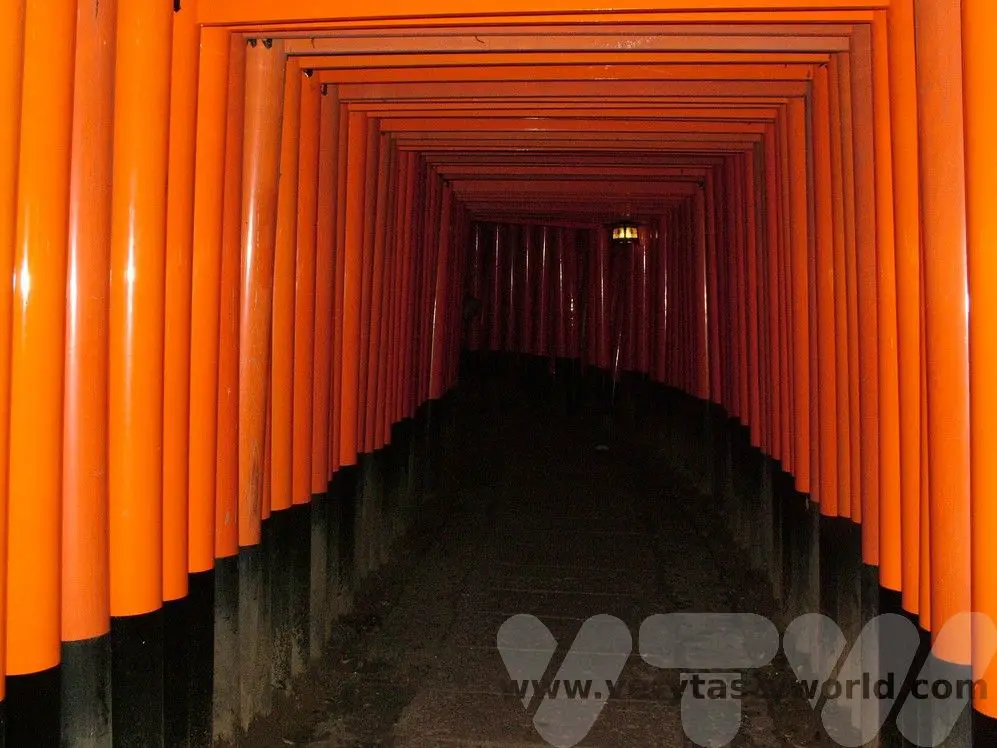
Hiroshima
A city with an horrific history, Hiroshima has recovered to become a modern, cosmopolitan city. The Peace Park and museum give a balanced history of the atomic bombing and, while it is a difficult place to visit, is also a peaceful and contemplative place.
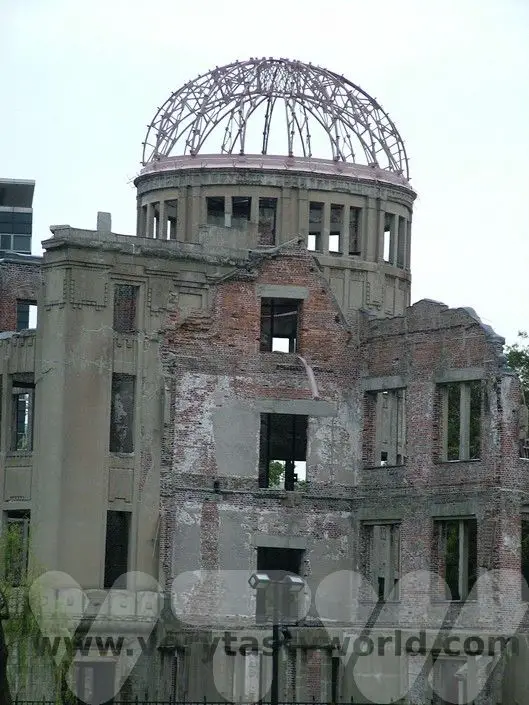
The Peace Park has a non-eternal flame which will be extinguished when the last nuclear weapon on earth has been decommissioned.
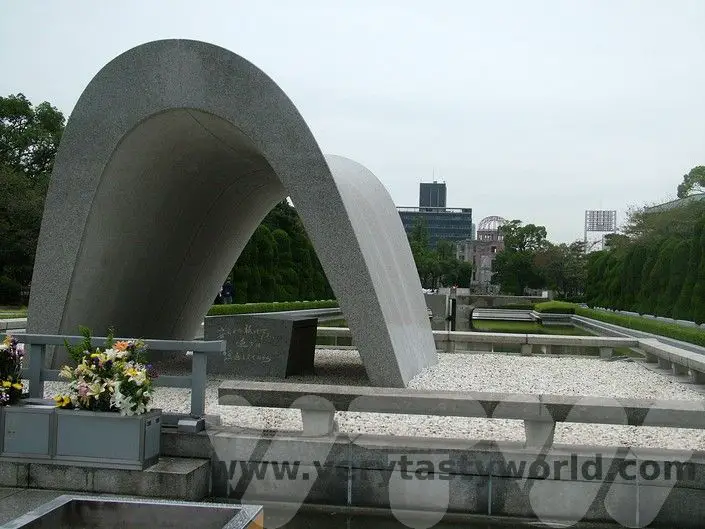
Don’t forget to visit the island of Miyajima which is a short journey away. Tours are available from Hiroshima. You can see the iconic Torii gate in the sea, one of the top three iconic views of Japan.
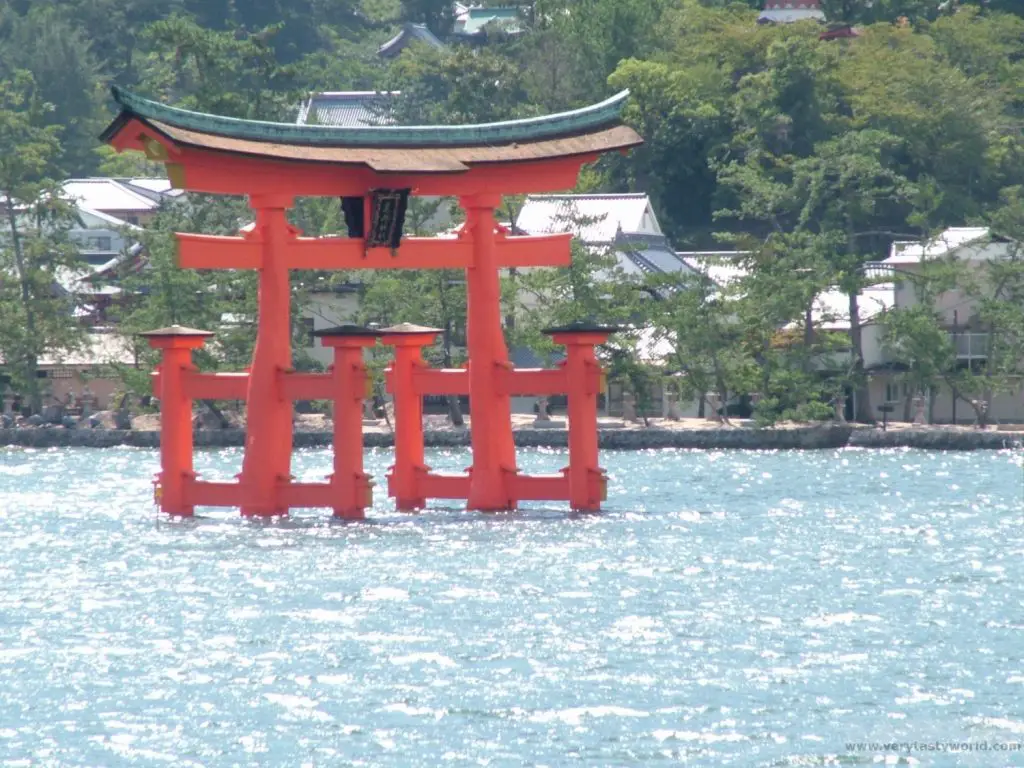
Japan Alps
If you enjoy hiking in splendid countryside, the Japan Alps are ideal. Kamikochi and Norikura Kogen are delightful places to visit.
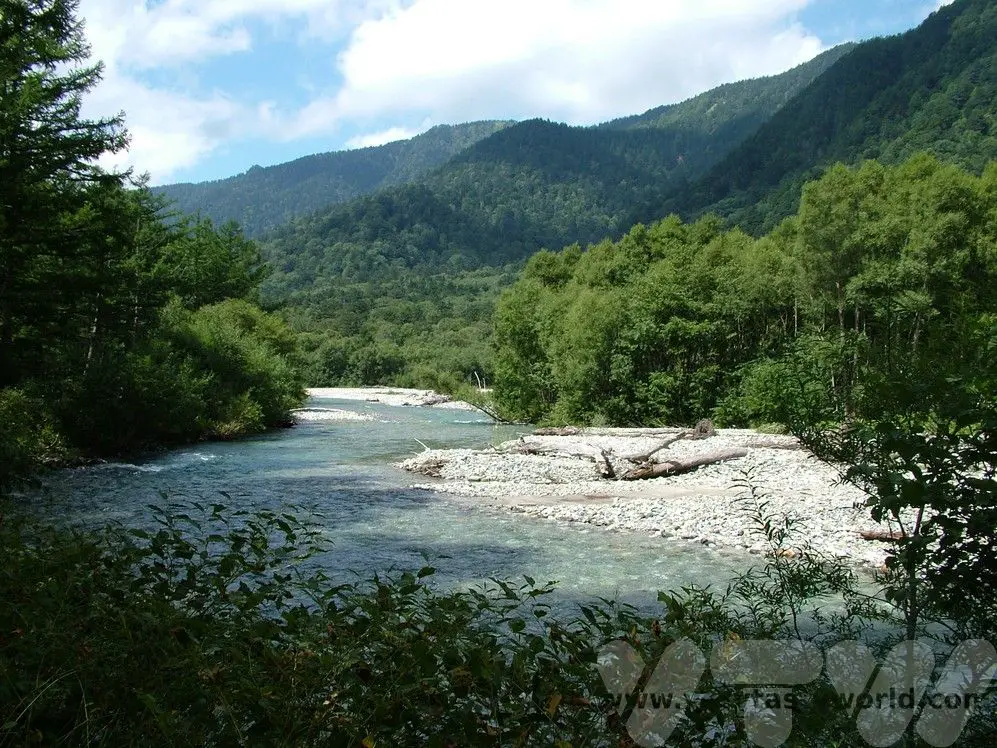
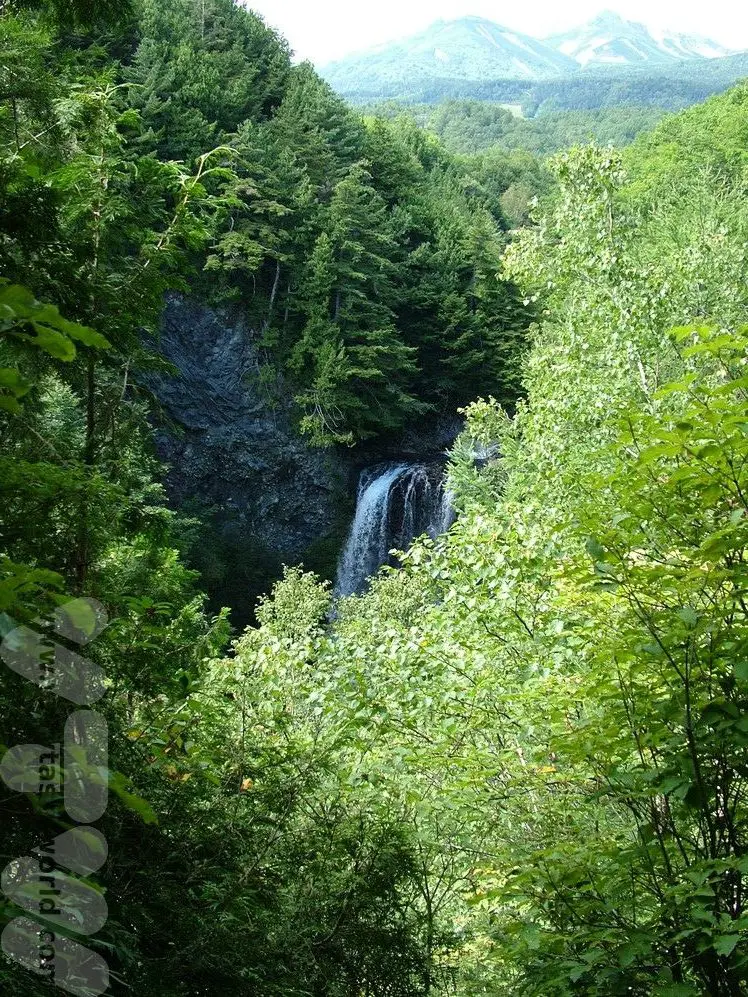
And the gassho houses of rural Honshu offer a fascinating glimpse into traditional rural life. You can stay in a farmhouse in Ainokura.
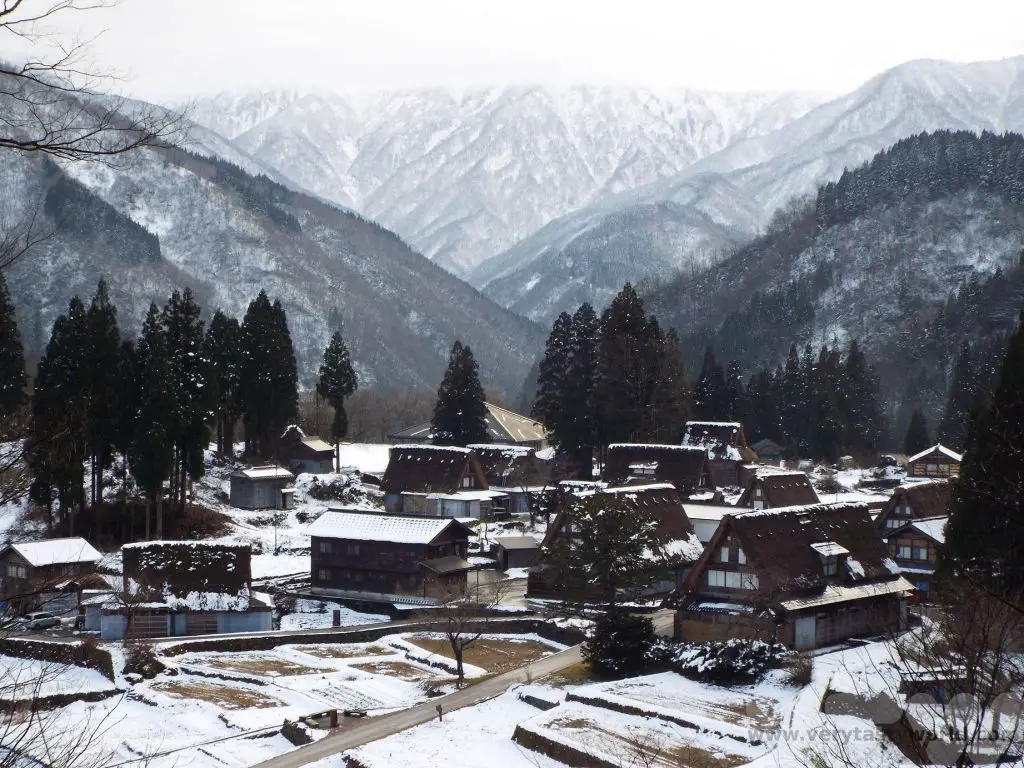
Staying in a gassho you are likely to try the local produce – fresh river fish and mountain vegetables.
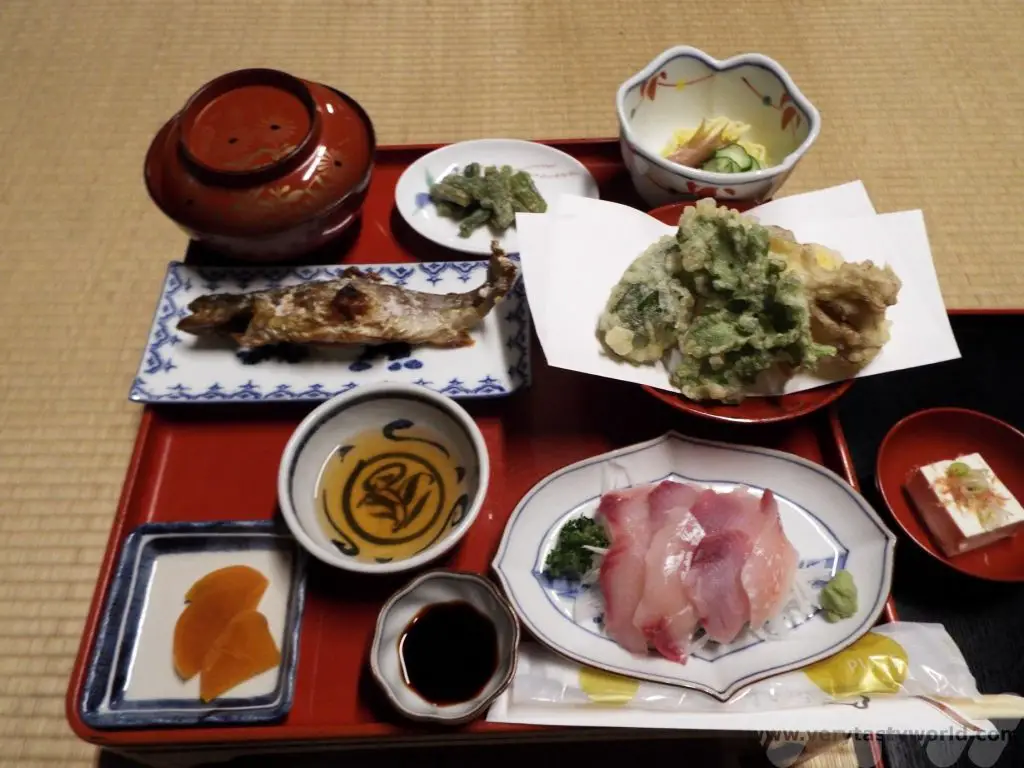
There are a number of tours available to visit these delightful villages.
Hokkaido – The Northern Island
Sapporo
The capital of Hokkaido is a laid back city. It has a snow festival every winter and you can view amazing snow sculptures in the extensive city park.
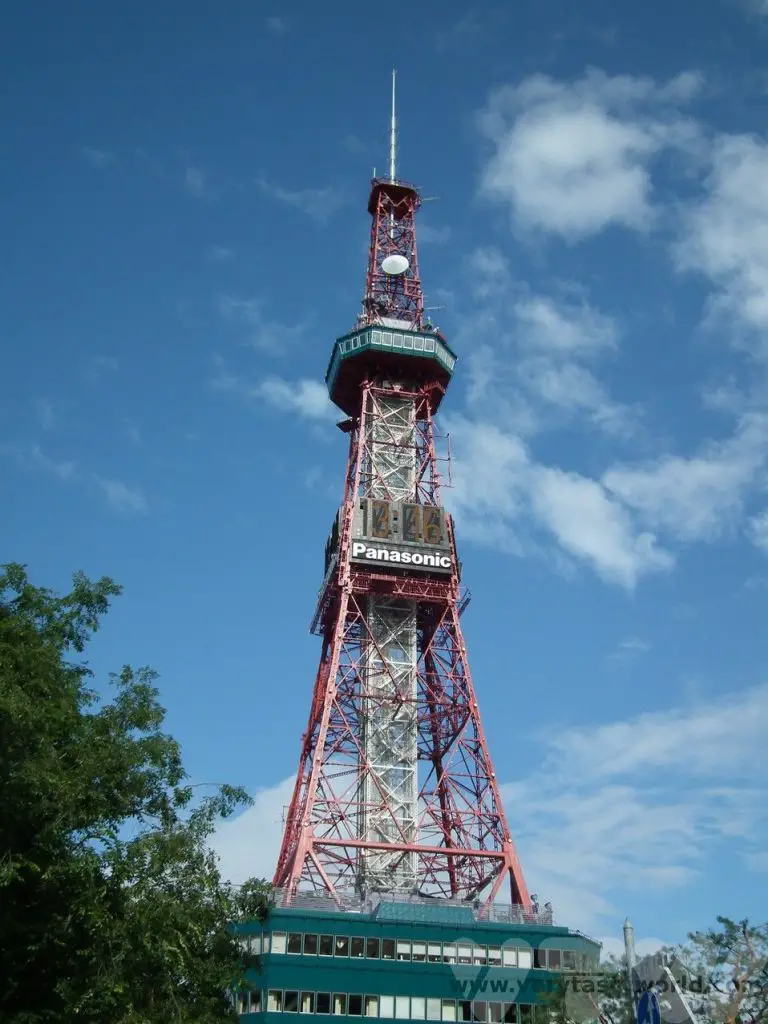
You can visit the Sapporo beer museum to learn about – and taste – some of Japan’s most famous beers.
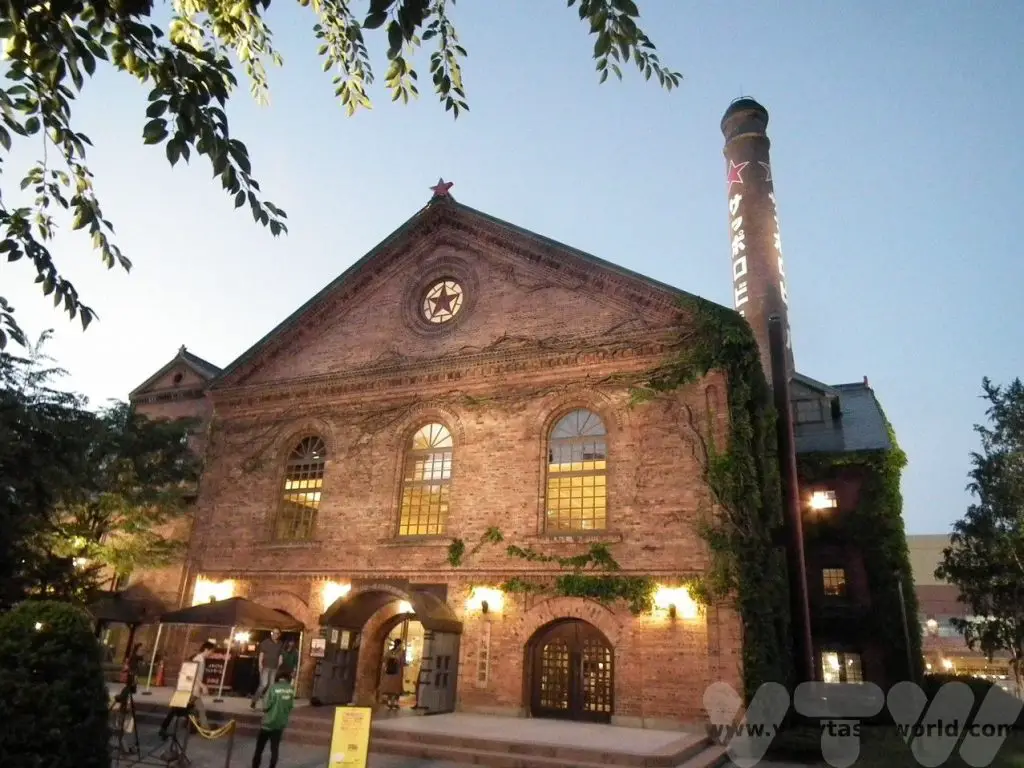
A day trip from Sapporo to Yoichi is a great opportunity to try Japanese whiskey at the Nikka distillery – the area has a similar soil type and climate conditions to Scotland. There are freebie samples in the tasting hall too!
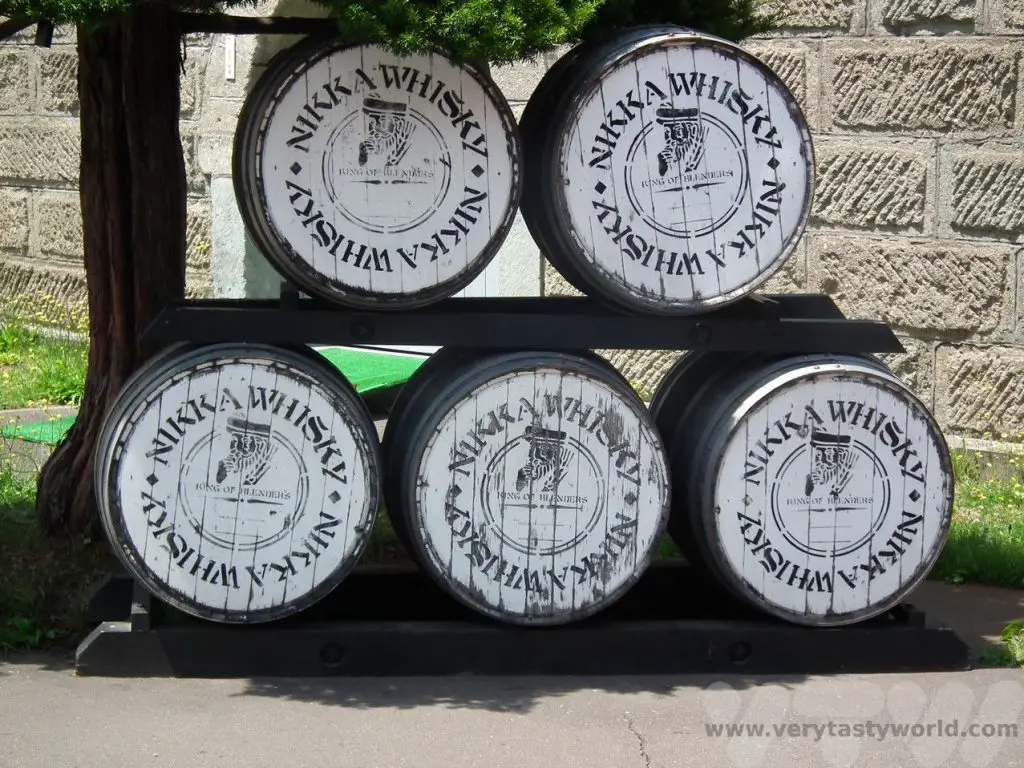
Hakodate
If you like seafood, particularly crab, head to Hakodate where you can enjoy crab for breakfast, lunch and dinner. Rice bowls are available for good prices at the market.
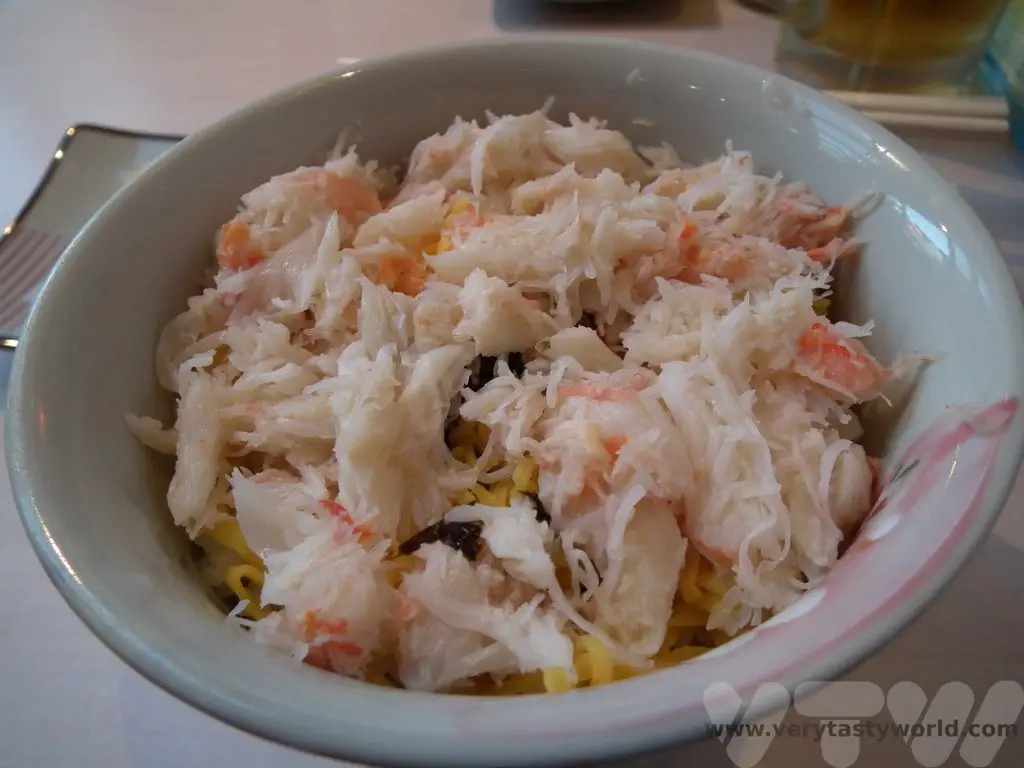
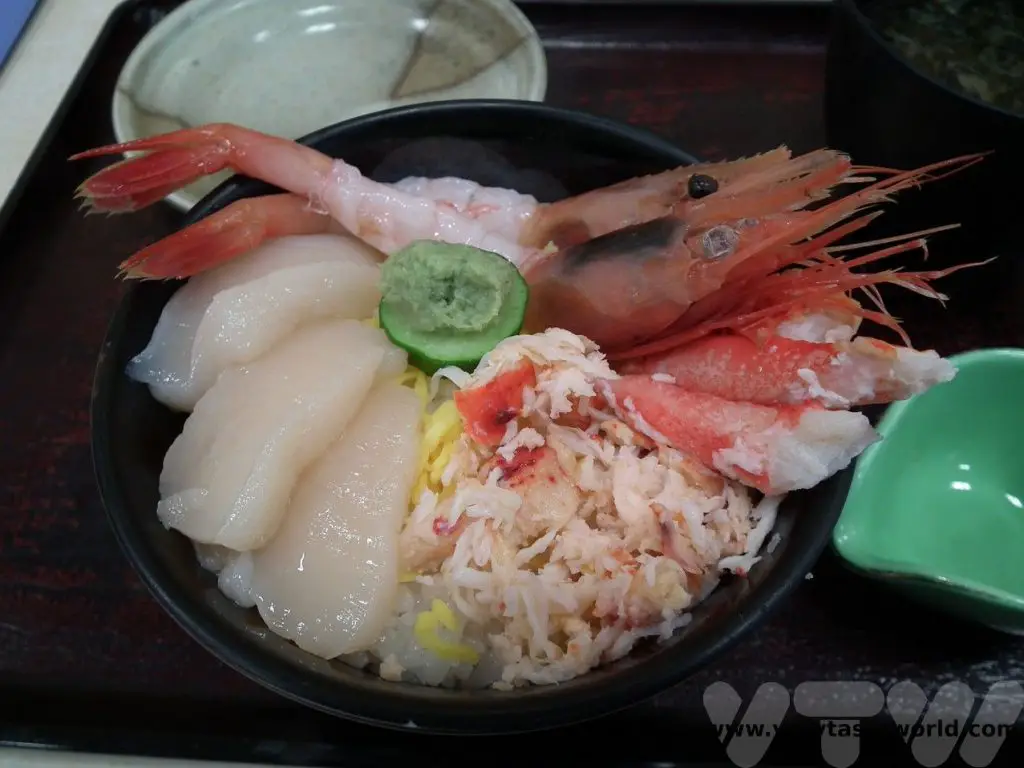
Hokkaido also has some wonderful countryside to explore – the Akan lake district is beautiful and the island is home to many red-crowned cranes.
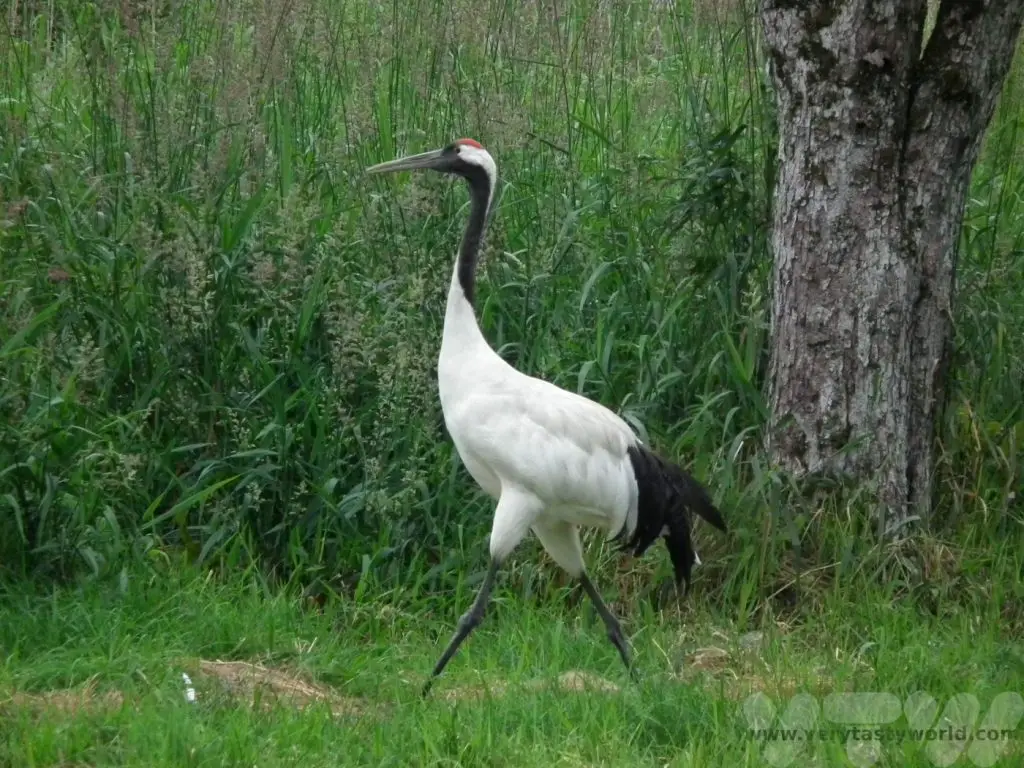
Kyushu – The Southern Island
Nagasaki
Another city famous for its history Nagasaki was the port city through which Japan traded with the outside world during the Tokugawa shogunate between 1639 and 1859 period, when the rest of the country was effectively isolated.
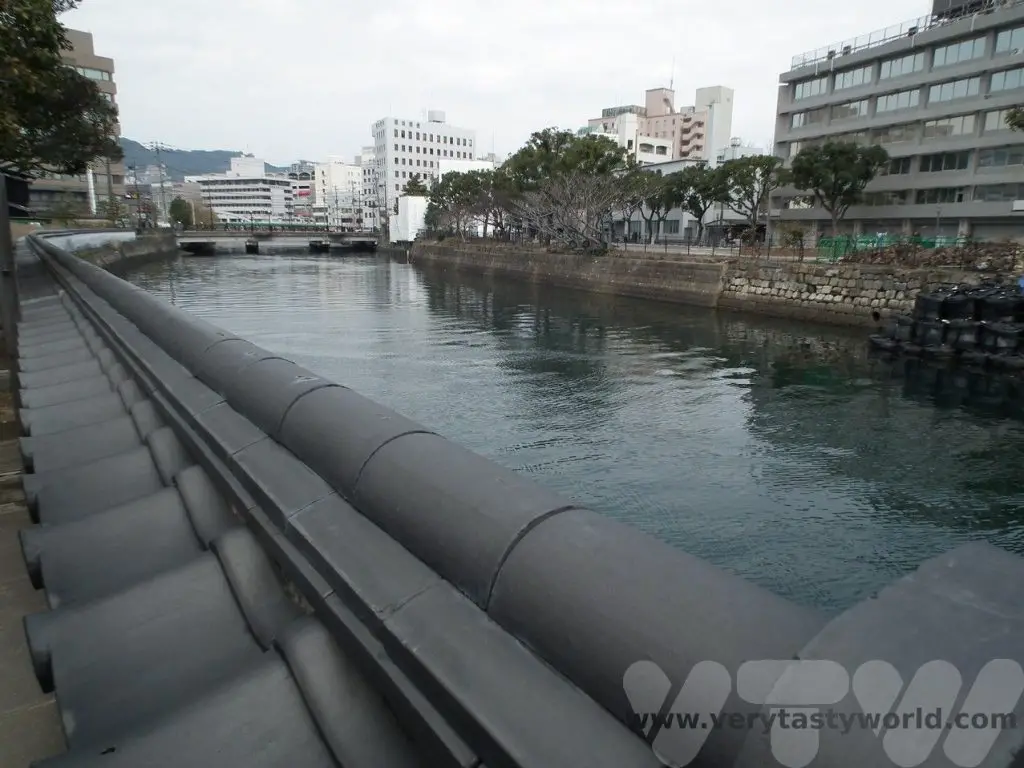
A major shipbuilding centre, it was the target for the second atomic bomb that was dropped on Japan. Like Hiroshima, the city has recovered and also has a museum about the bombing, with a significant emphasis on the call to ban nuclear weapons.
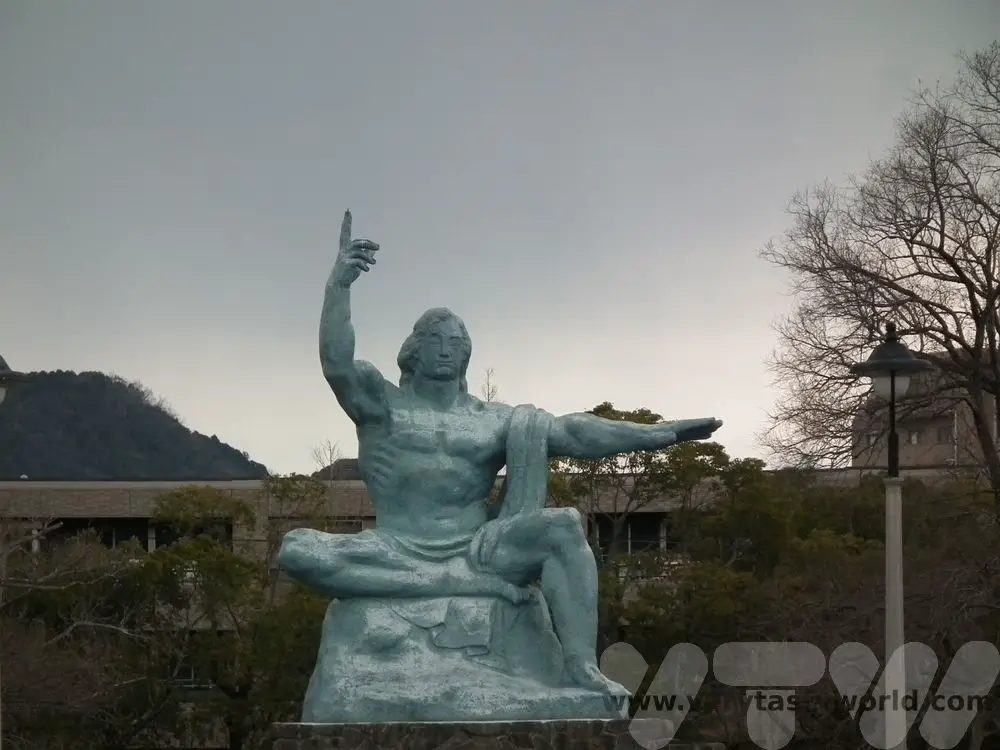
Nagasaki is famous for its champon noodle dish, inspired by Chinese cuisine. The noodles are boiled in the soup and hence acquire some its rich flavour.
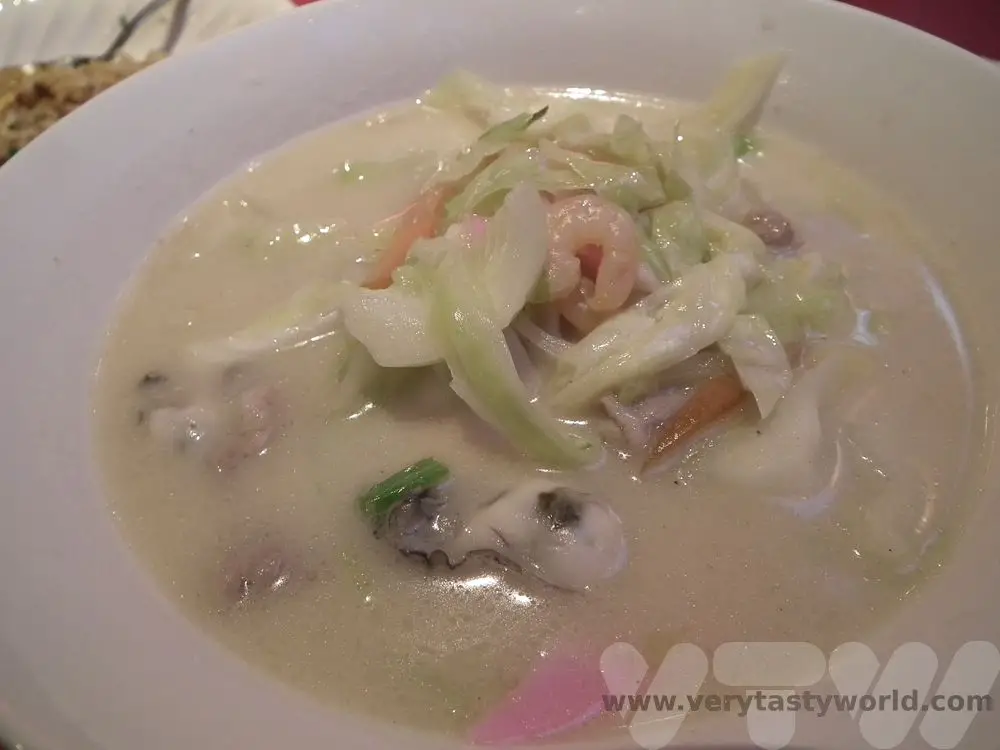
Kagoshima
This is a lively city in the shadow of the very active Sakurajima volcano.
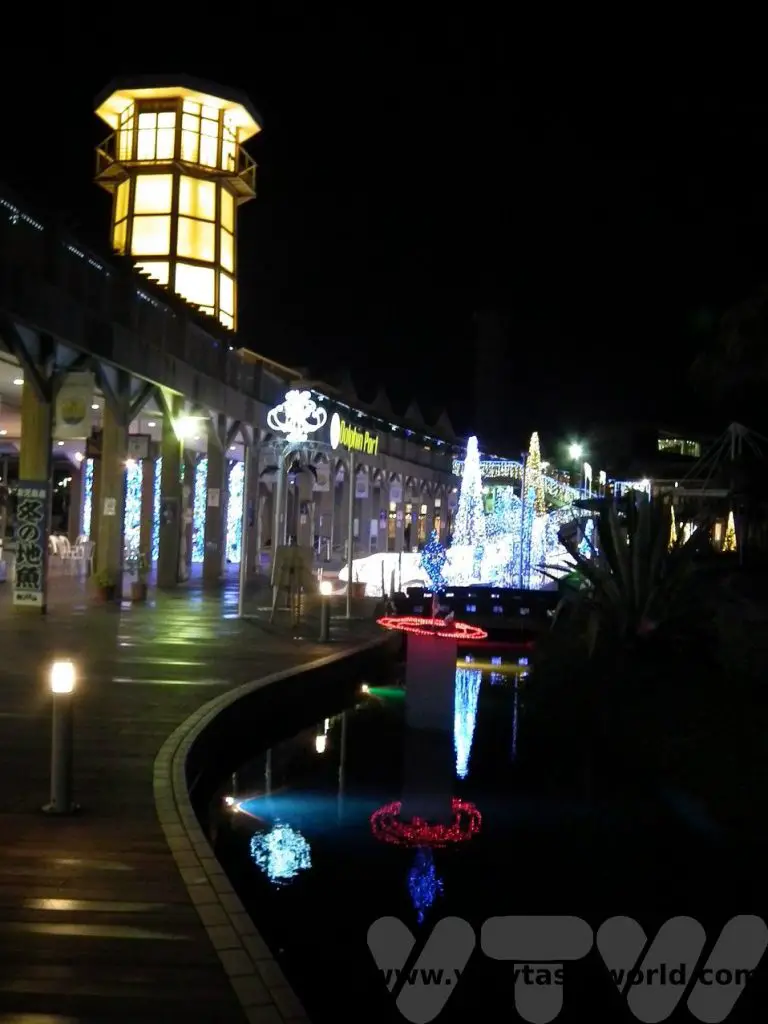
Sakurajima is still very active.
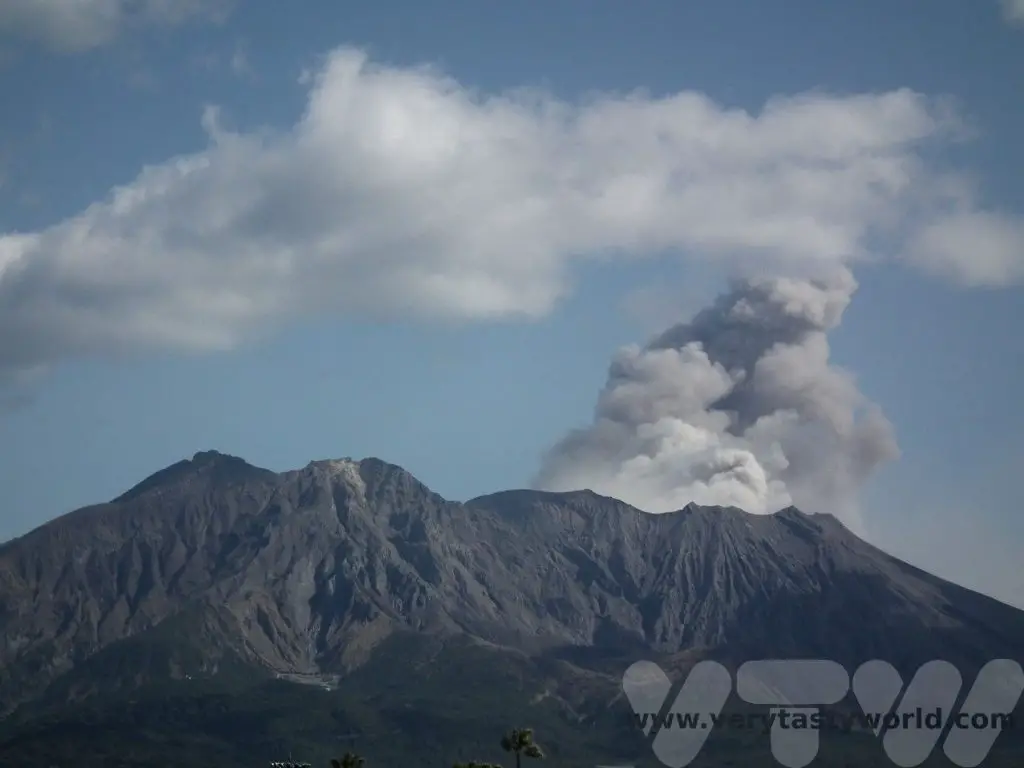
Kagoshima is famous for its kuro buta – black pork, from a specific breed of pig. The tonkotsu ramen, with its creamy umami broth and topped with pork slices, is sublime.
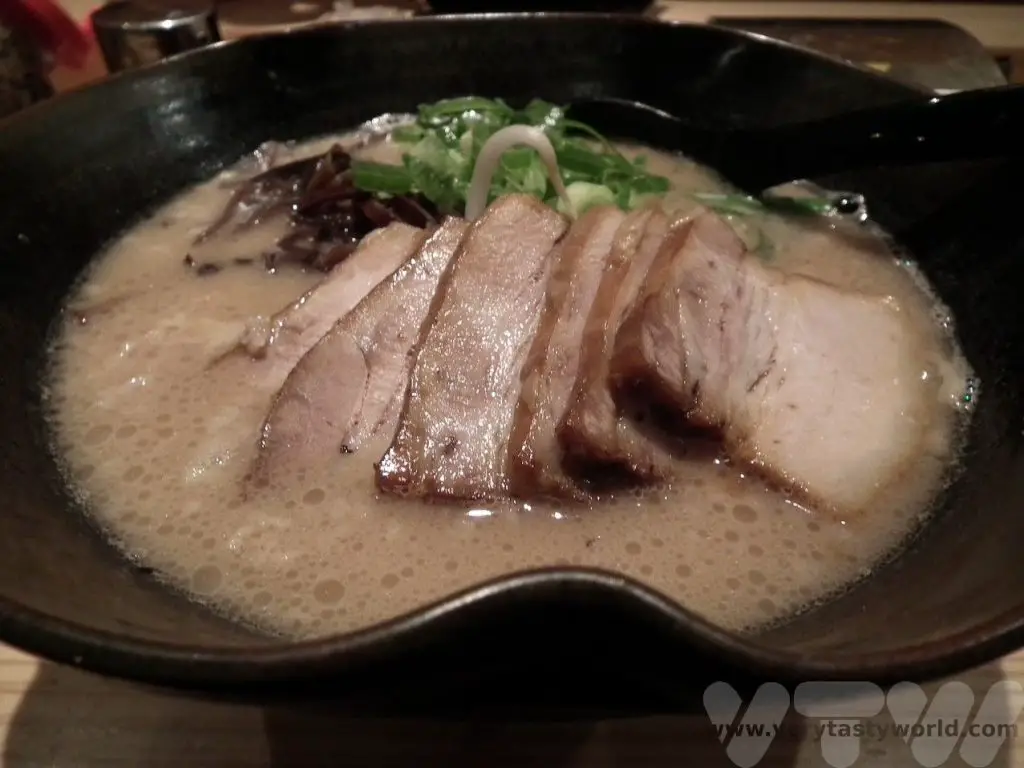
Beppu
Sometimes described as the Las Vegas of Japan (it isn’t really), Beppu is a resort town well known for its onsen hot springs.
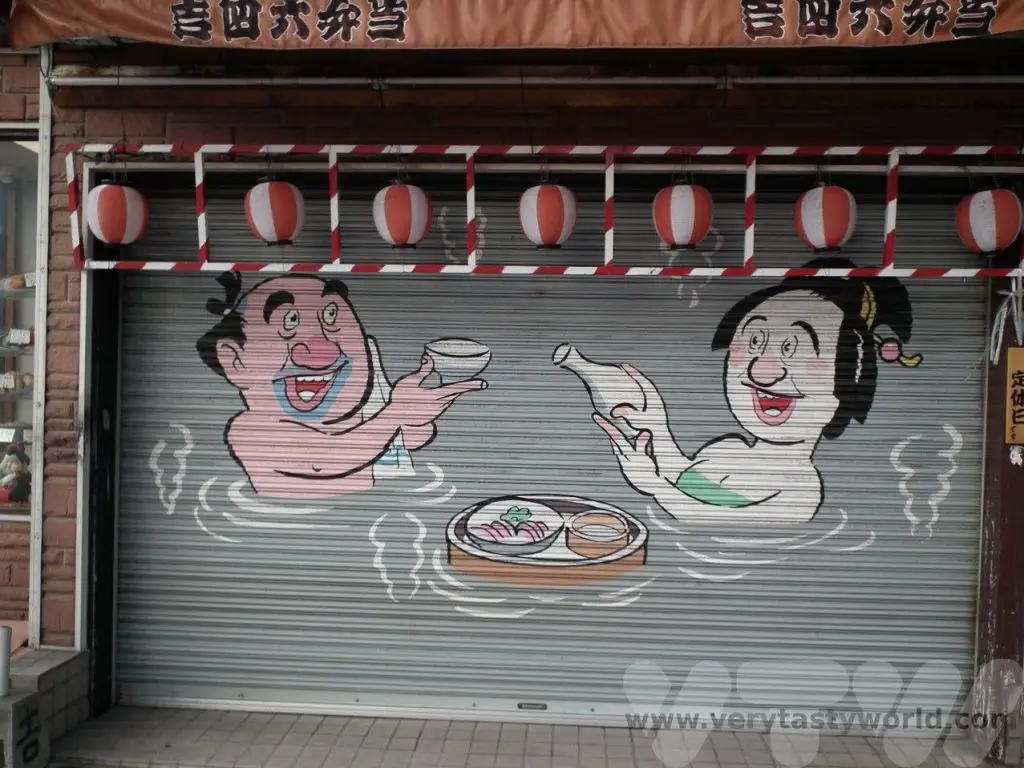
A place to relax and unwind, as well as to visit the “Hells” – thermal hot springs each of which has a specific theme.
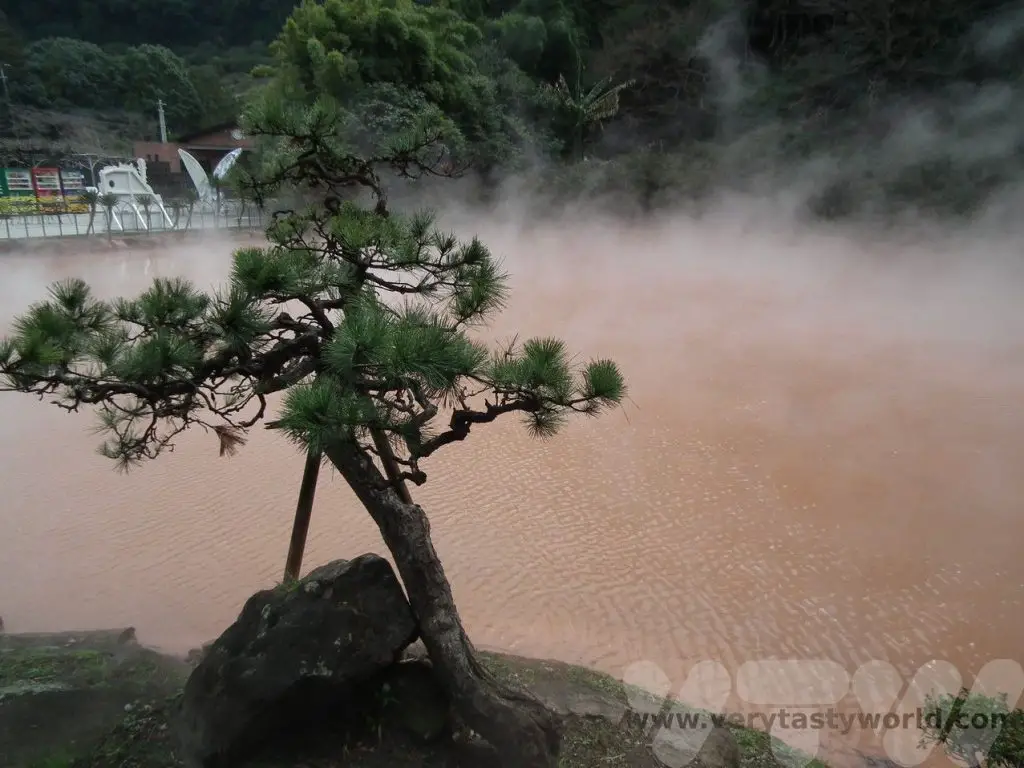
Yakushima
A ferry ride away from Kagoshima this small island is a wonderful place to explore. It was the inspiration for the setting of Hayao Miyazaki’s Princess Mononoke anime.
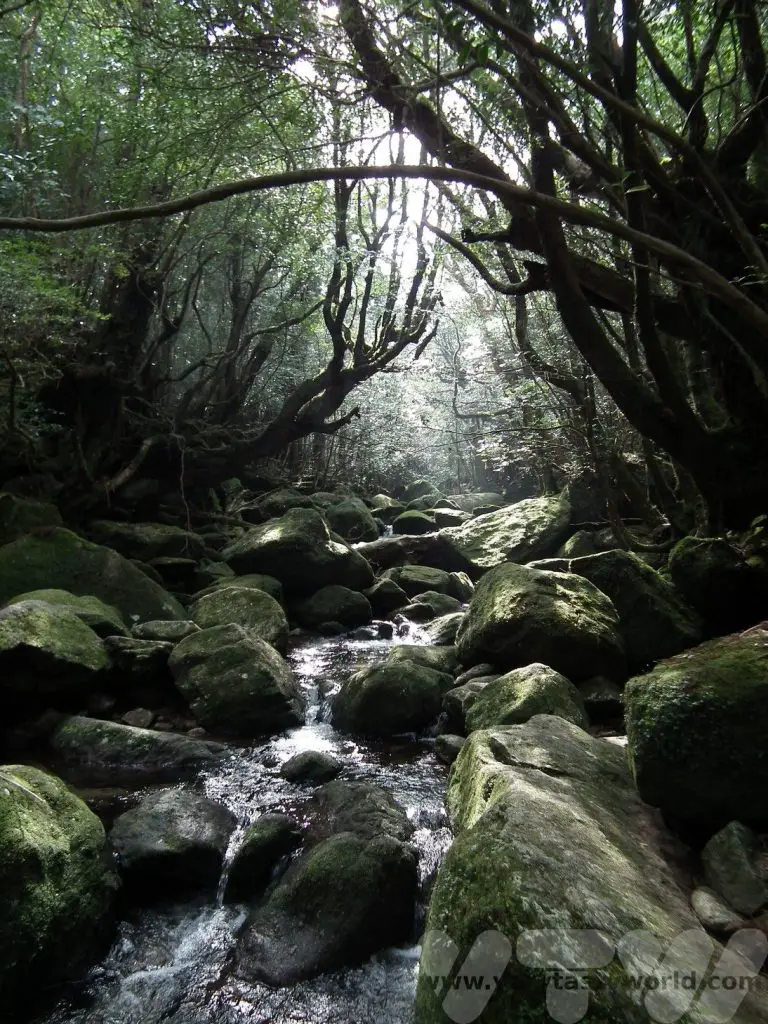
The cuisine on Yakushima is fresh, local seafood and vegetables and is delicious.
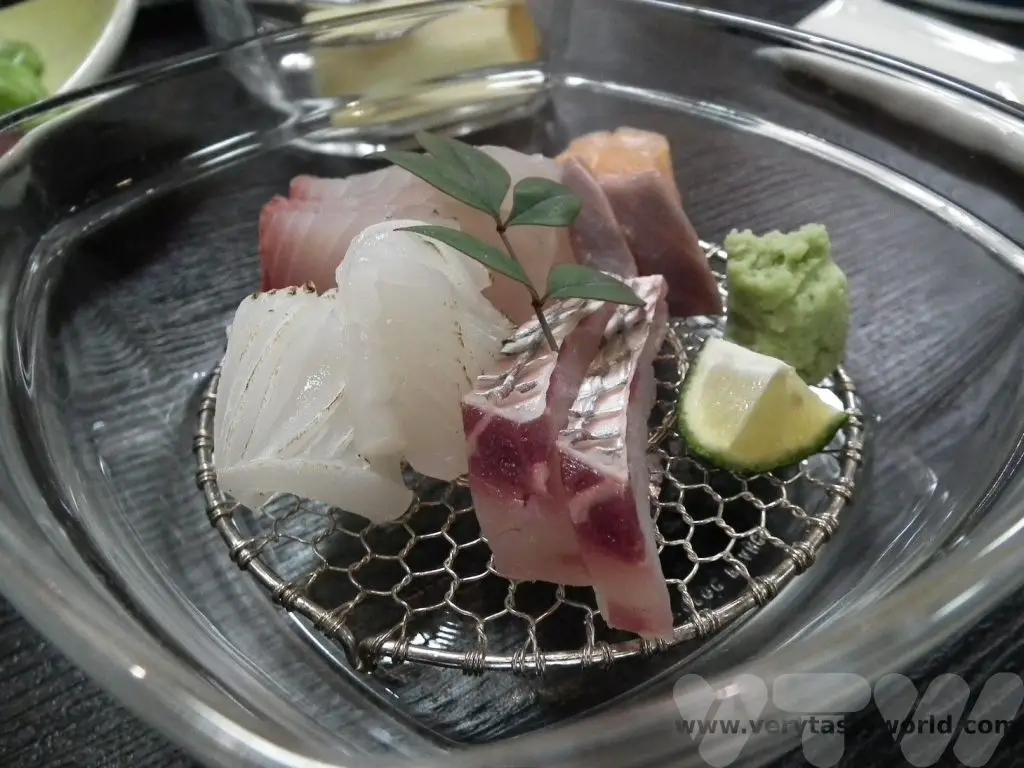
Shikoku
The fourth largest of Japan’s major islands Shikoku offers an opportunity to experience a more rural Japan. It has a pilgrimage route, dedicated to the 9th-century monk Kukai, which comprises 88 Buddhist temples over a 1200km route.
Okinawa
Okinawa is an archipelago south of the main islands and offers a very different view of Japan. It’s sometimes known as the ‘Hawaii of Japan’ and is off the beaten track. It has broad, sandy beaches and crystal clear water as well as a great natural beauty. It also has its own cuisine which offers a variety of dishes that are a contrast to mainland Japanese food.
Japan has so many other amazing places to visit, this post could have gone on for several more pages. Hopefully this has offered a taste of the many wonderful things Japan can offer. We can’t recommend a visit highly enough. We’re already planning our next trip…
Related Posts You May Enjoy

- Recipe: Simmered Shiitake Mushrooms

- How to Use Public Transport in Japan

- RECIPE Oyakodon Donburi

- Planning a Trip to Japan

- The Makanai: Cooking for the Maiko House

- Setsubun Food – Bean Throwing Day

- The Gassho Farmhouses of Rural Japan

- Recipe: Japanese Simmered Pork Belly – Buta no Kakuni

- RECIPE: How to Make Umeboshi

Tourist Attractions In Ethiopia
Ethiopia is a country we had long wanted to visit. When we visited Armenia in the late 1990s a number of people we met were travelling there because they seemed – to us youngsters – to have visited everywhere else. On a trip to the beautiful Armenian rock-hewn Geghard Monastery a couple told us about the underground churches of Lalibela and in that moment Ethiopia was added to the To-Visit list. It would be many years before we could make the journey but we found a local company who were able to offer us a tour.
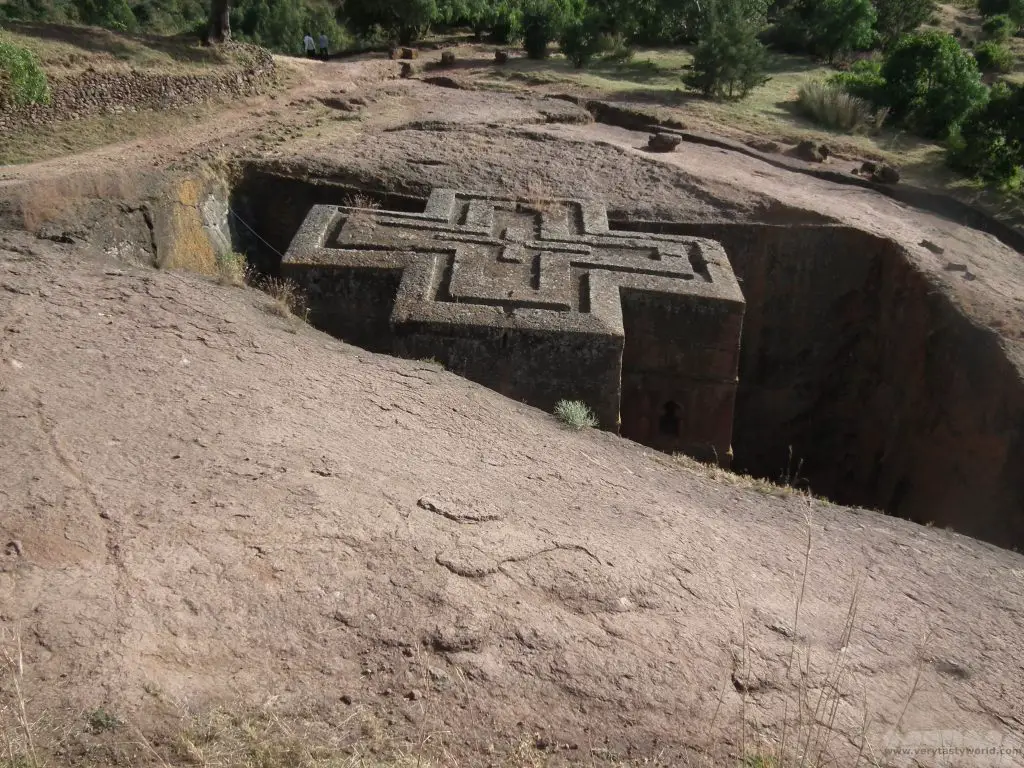
Although it was Lalibela that piqued our interest, we discovered that this wonderful country has so much more to offer than its star attraction. With a rich history, stunning landscapes and amazing wildlife, here is our guide to the tourist attractions in Ethiopia.
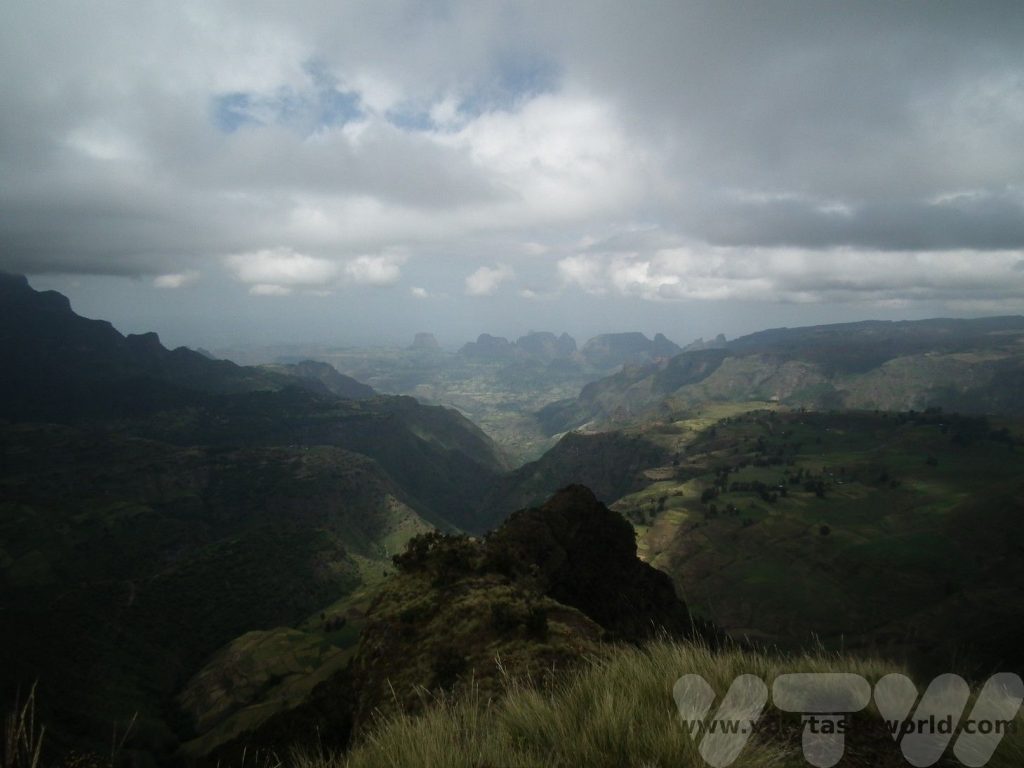
A Northern Ethiopia Itinerary
Ethiopia is huge. Our itinerary covered some of the best historical sites and spectacular landscapes in the northern part of the country. Although the route involved a lot of driving, we also needed to fly between key locations. This itinerary took 13 days to complete. This post is intended to provide an overview of the tourist attractions. We have some other posts on the blog that provide more detail about some of the places we visited.
Addis Ababa
We started off in Addis, Ethiopia’s sprawling capital city. Emperor Menelik’s third wife Empress Taytu Betul settled in the region in 1886. Eventually the emperor established himself there in 1887 and the city started developing. Addis became the capital in 1889 after It has continued to expand to this day. Its name means ‘new flower’. It is a lively, bustling city and a centre of commerce. The Merkato district is home to the largest open market in Africa. There are plenty of interesting places to visit .
National History Museum
This museum houses a collection of artefacts, set out in chronological order, depicting Ethiopia’s long and fascinating history.
One of the most interesting exhibits is that of ‘Lucy’ – a 3.2 million year old skeleton, who was discovered in the mid-1970s and became enormously famous as the oldest human. Lucy is no longer the oldest since ‘Ardi’ was discovered – she predated Lucy by about 1.2 million years, but she was a local lass as well, suggesting that Ethiopia could well have been the place where humans evolved to stand upright.
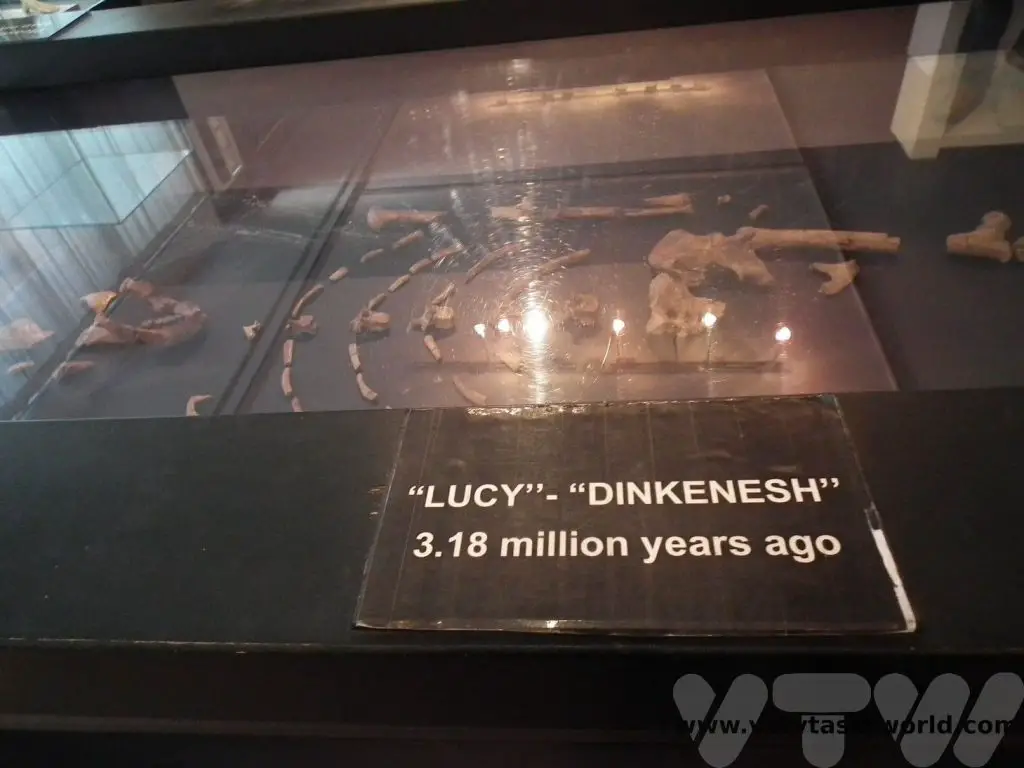
Ethnographic Museum
This museum, located at Addis university, exhibits all sorts of cultural artefacts, including tools, clothing and cooking implements.
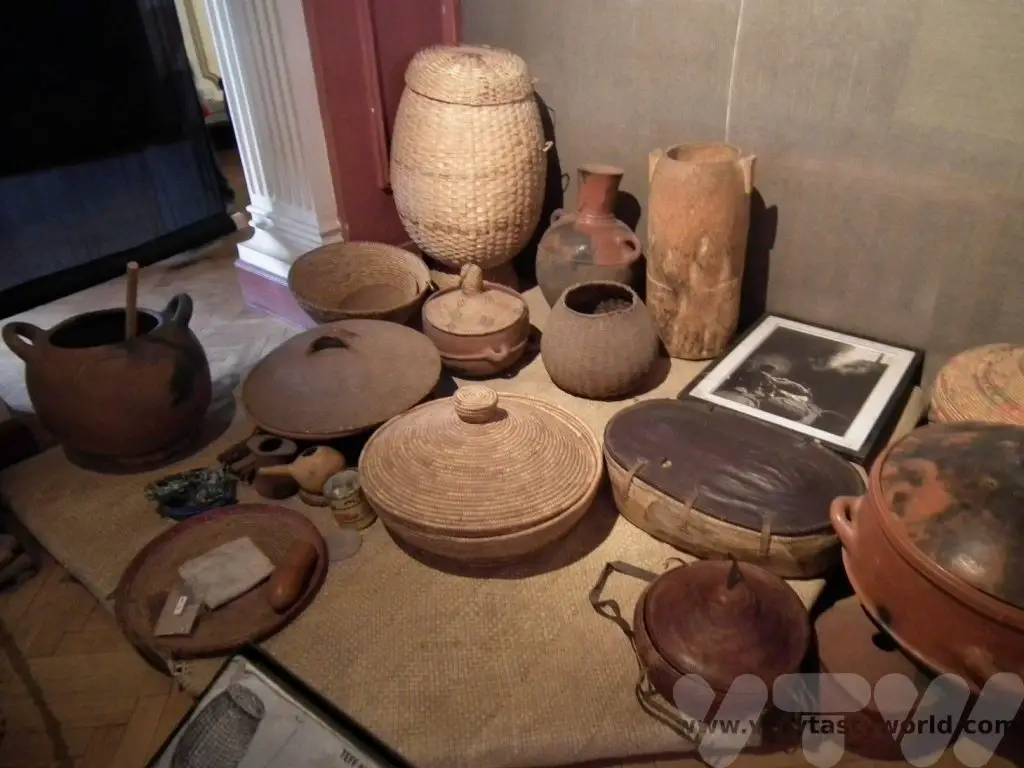
A coffee ceremony set – something that is hugely important in Ethiopian culture.
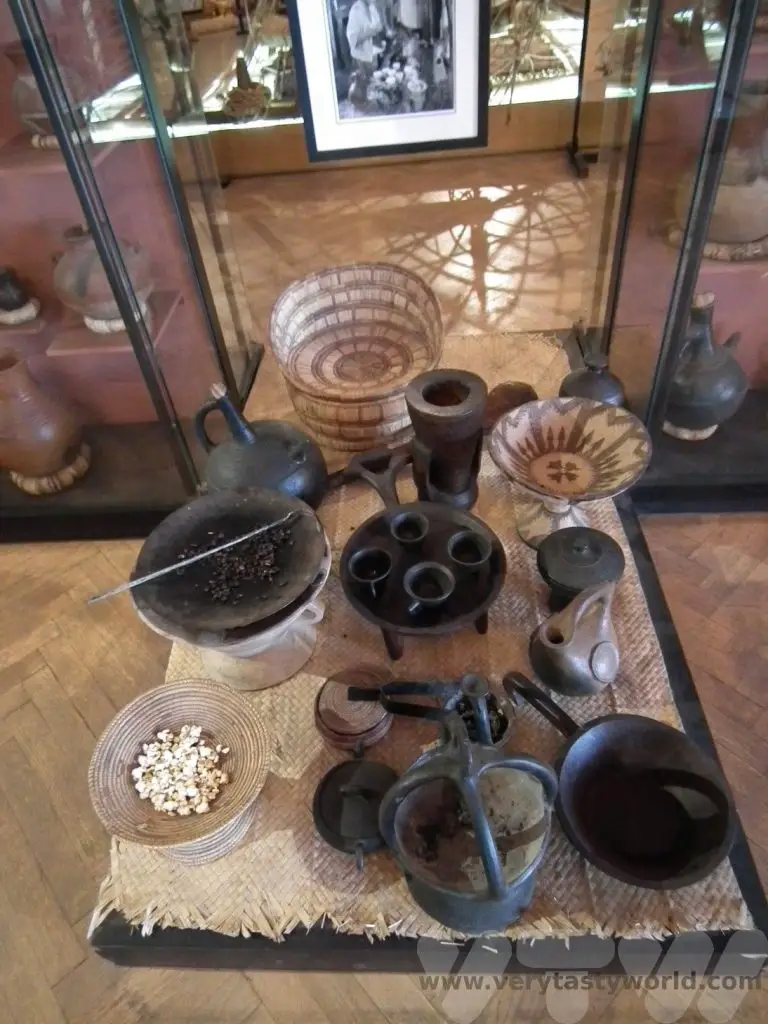
The entrance is interesting – it has a staircase to nowhere constructed by the Italians who occupied Ethiopia from 1935/6 until 1941. Each step represents a year of Mussolini’s power. But at the top of the staircase is the Lion of Judah, which represents the Ethiopian monarchy. It was placed there as an insult to the occupation.
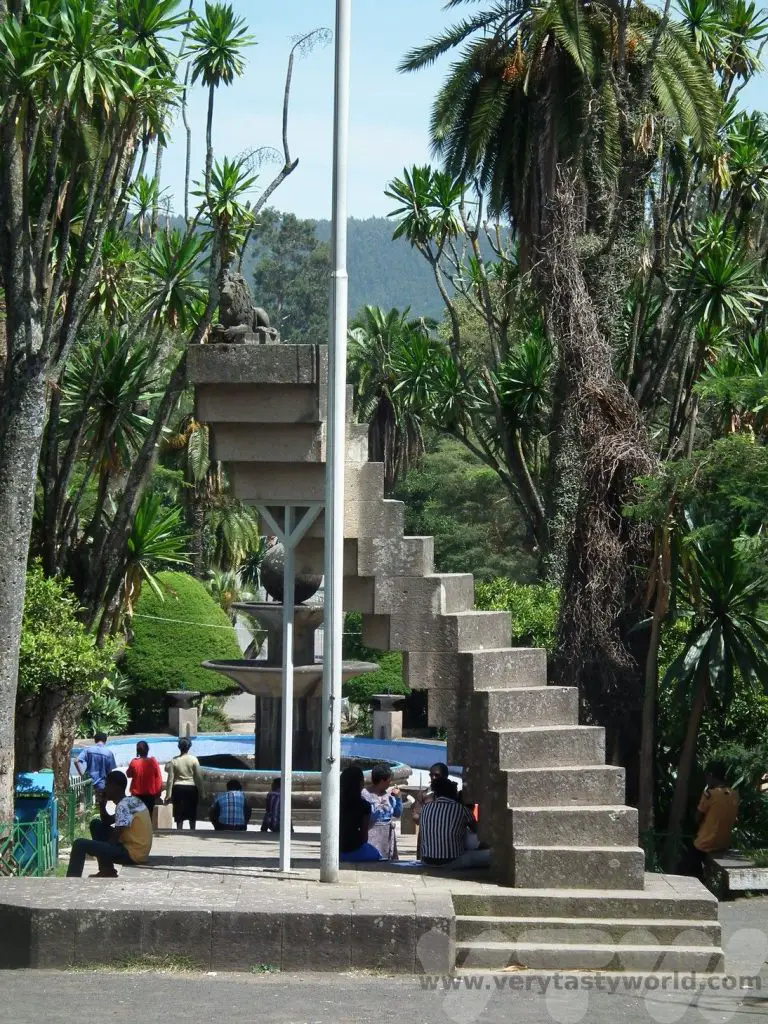
Day trip to Bishoftu
A visit to the resort town of Bishoftu (formerly known as Debrezeit) which is located around 50km southeast of Addis, is a popular day trip. There are five crater lakes to visit. These formed following a number of volcanic eruptions which created the craters that then filled with water over the years.
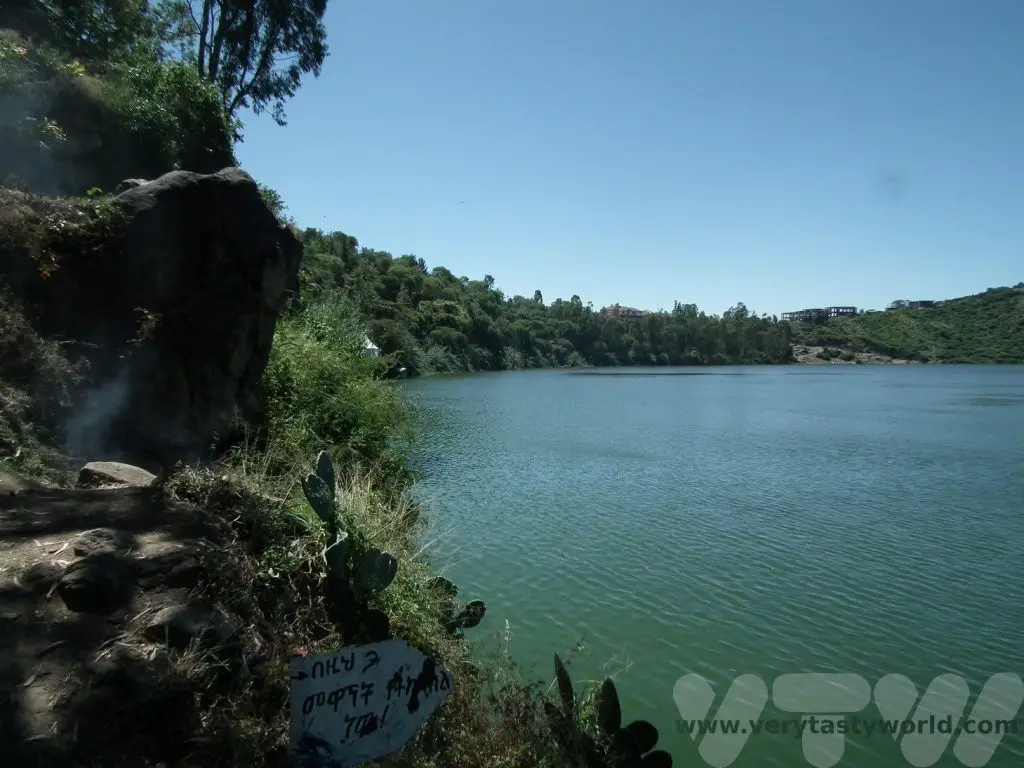
It’s a very pleasant area to go walking and there are plenty of places to enjoy a nice meal with some drinks while observing the plethora of birds that can be found in the area. These cormorants were enjoying drying their wings in the sunshine.
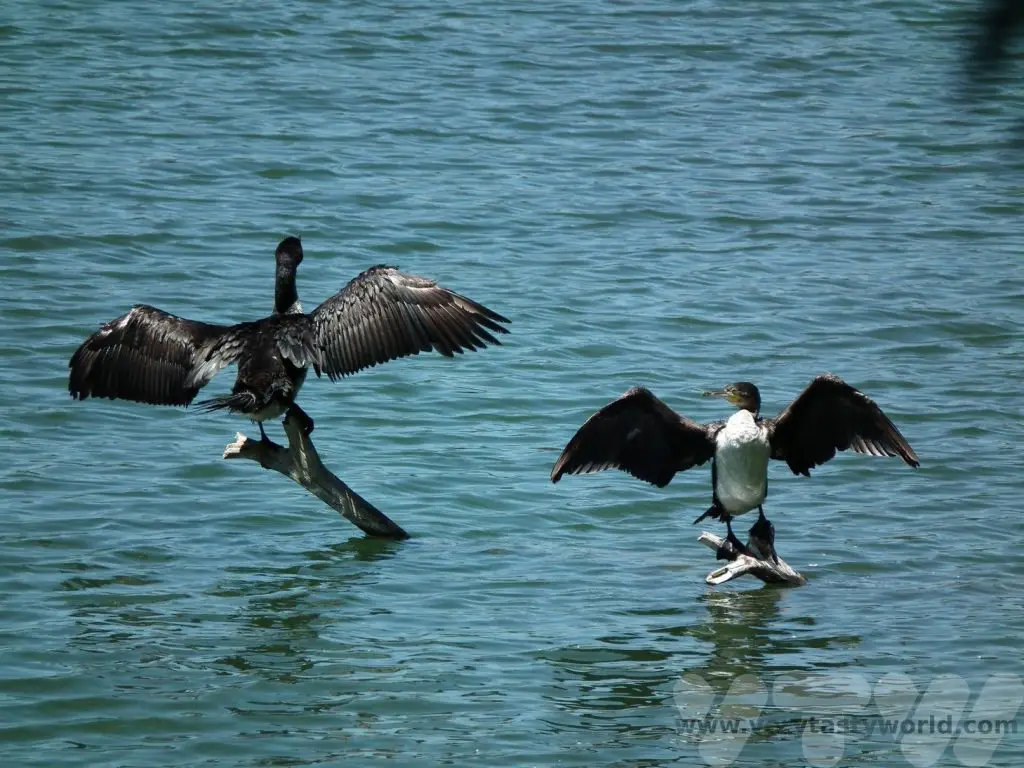
Fly to Bahirdar
Lake Tana
We flew from Addis to the town of Bahirdar. Its main attraction is Lake Tana which is the source of the Blue Nile. It’s a lovely place to visit where you can see a variety of wildlife and, of course, the amazing Blue Nile waterfall.
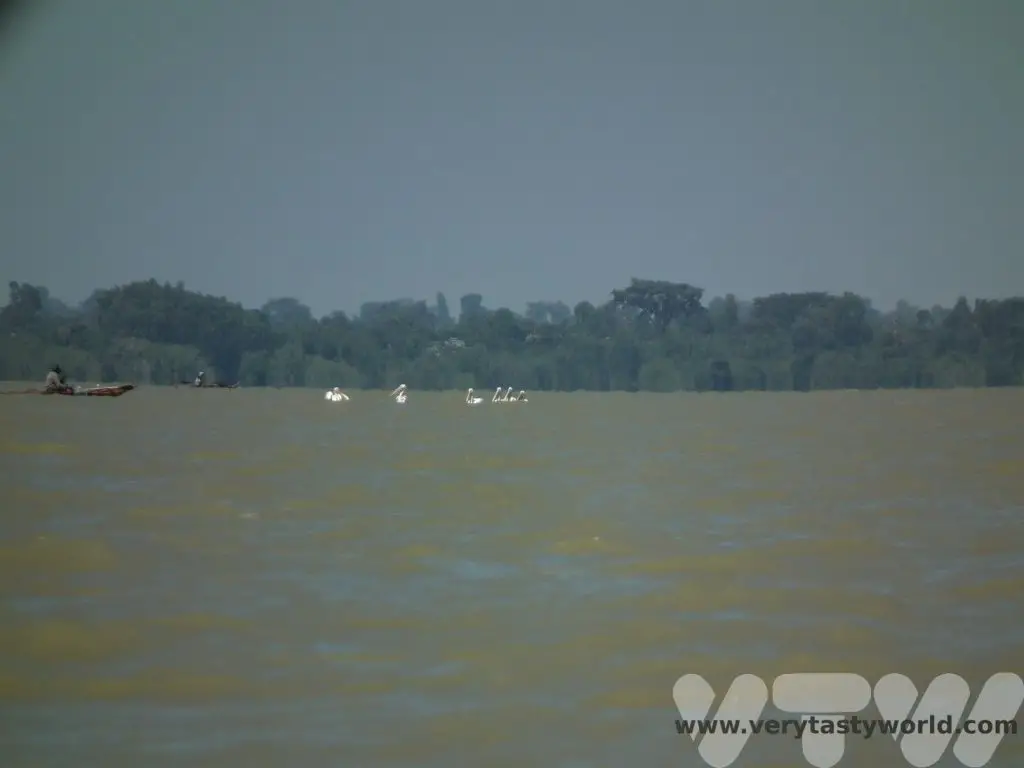
A boat trip across the lake took us to the the Zege peninsualar where we visited the Ura Kidanne Mehret convent. This is a living church where services still take place.
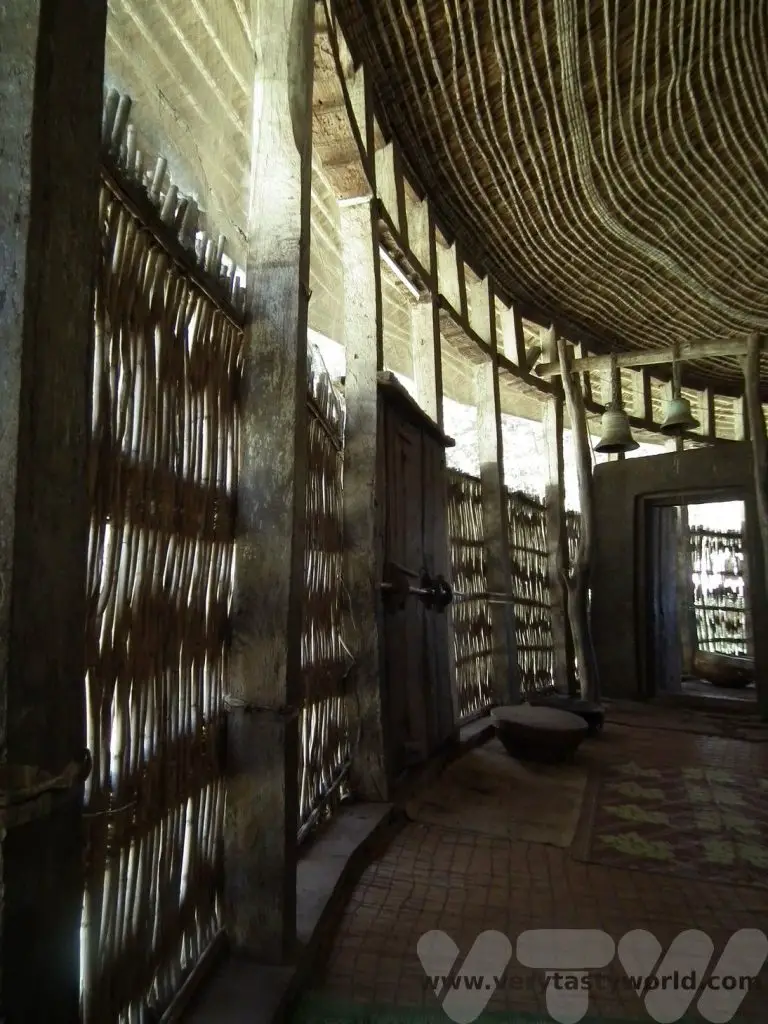
The structure is circular and the inside is decorated with beautiful centuries-old murals, many painted by Alaga Engida. We would see these distinctive designs through out this region.
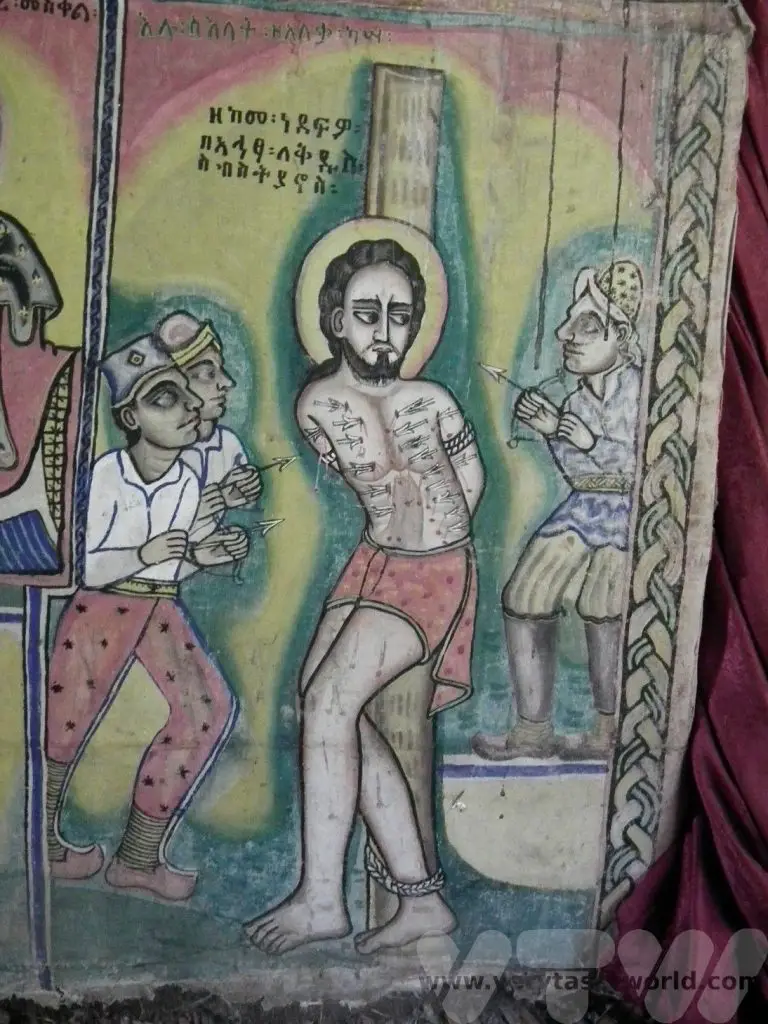
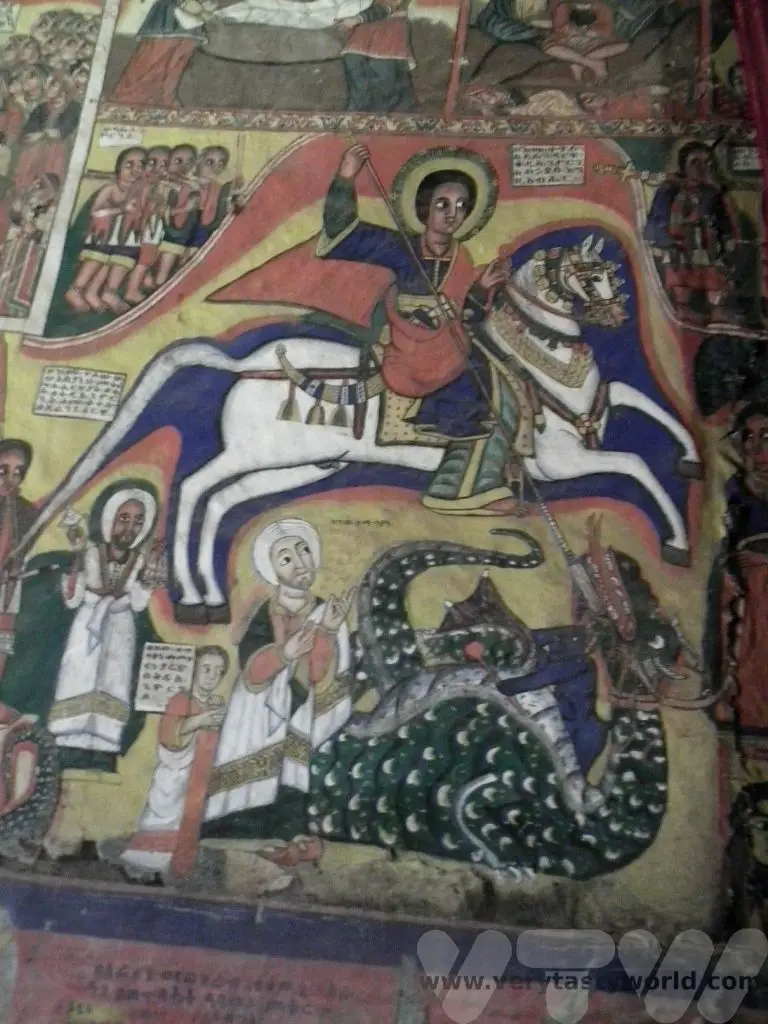
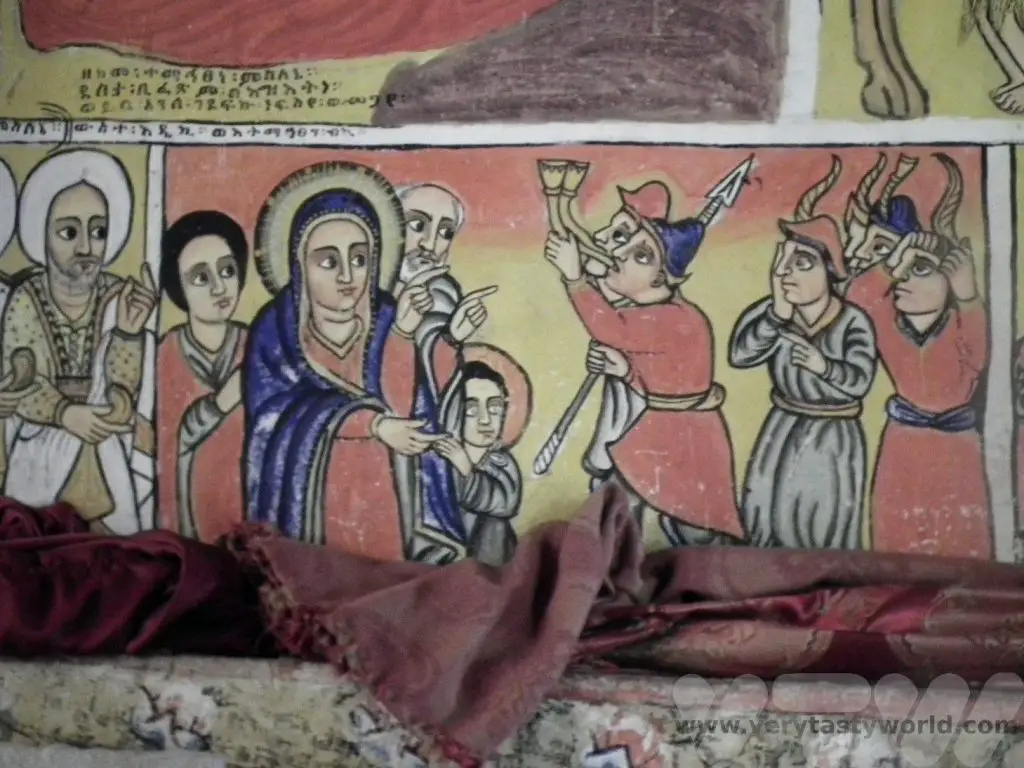
We saw lots of wildlife on the boat trip on the way back.
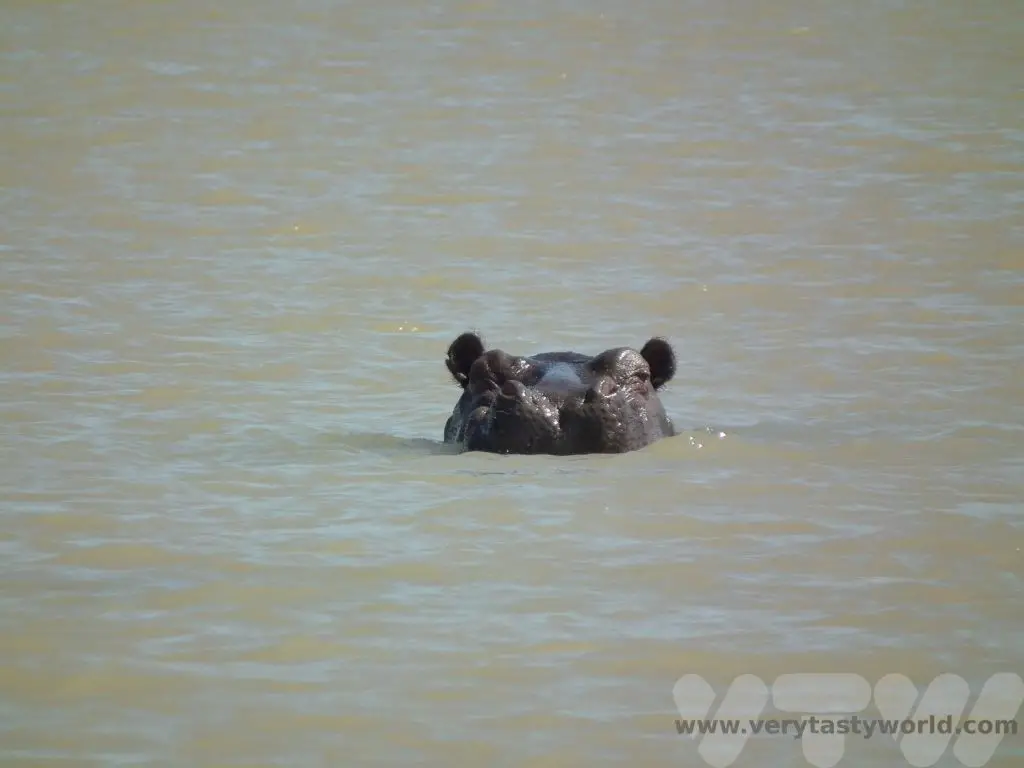

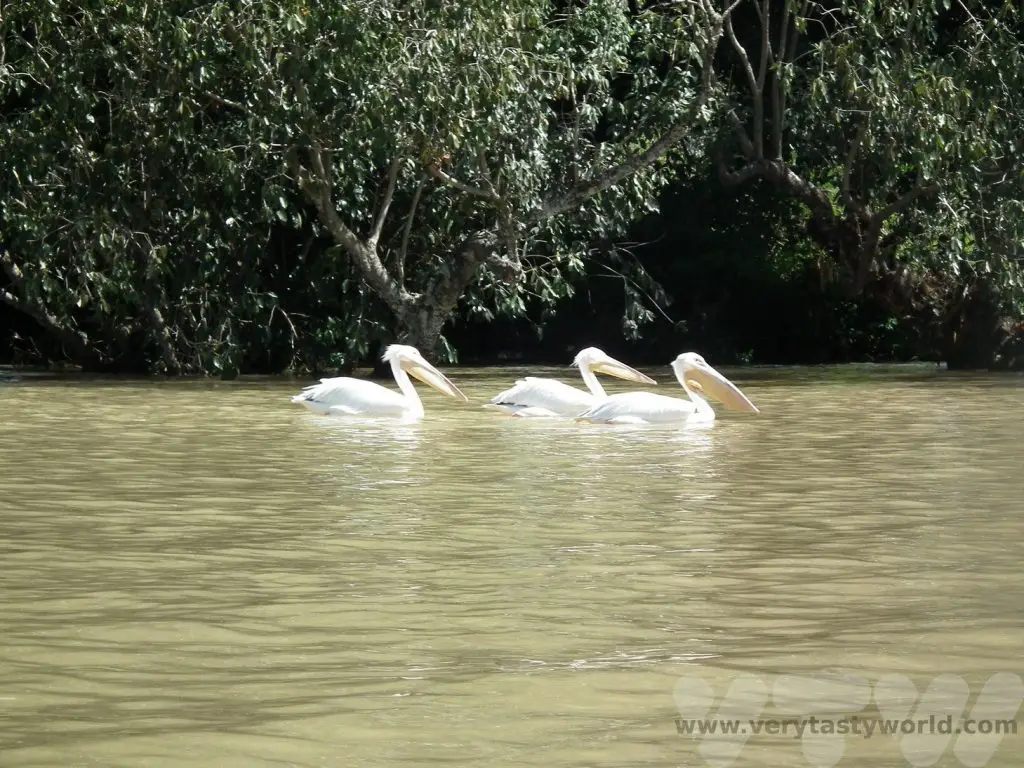
Lake Tana is the source of the Blue Nile and is located around 30 km from the lake itself is the Blue Nile waterfall. The 42m high falls are known as Tis Abay, meaning ‘great smoke’ in Amharic, which is a far more romantic name than Blue Nile Waterfall. The moniker is highly appropriate- they are spectacular. But it’s worth noting that they are spectacular in the rainy season. There is a hydro-electric power station which regulates much of the water flow these days, so it’s worth checking whether you are likely to see a cascade or a dribble.
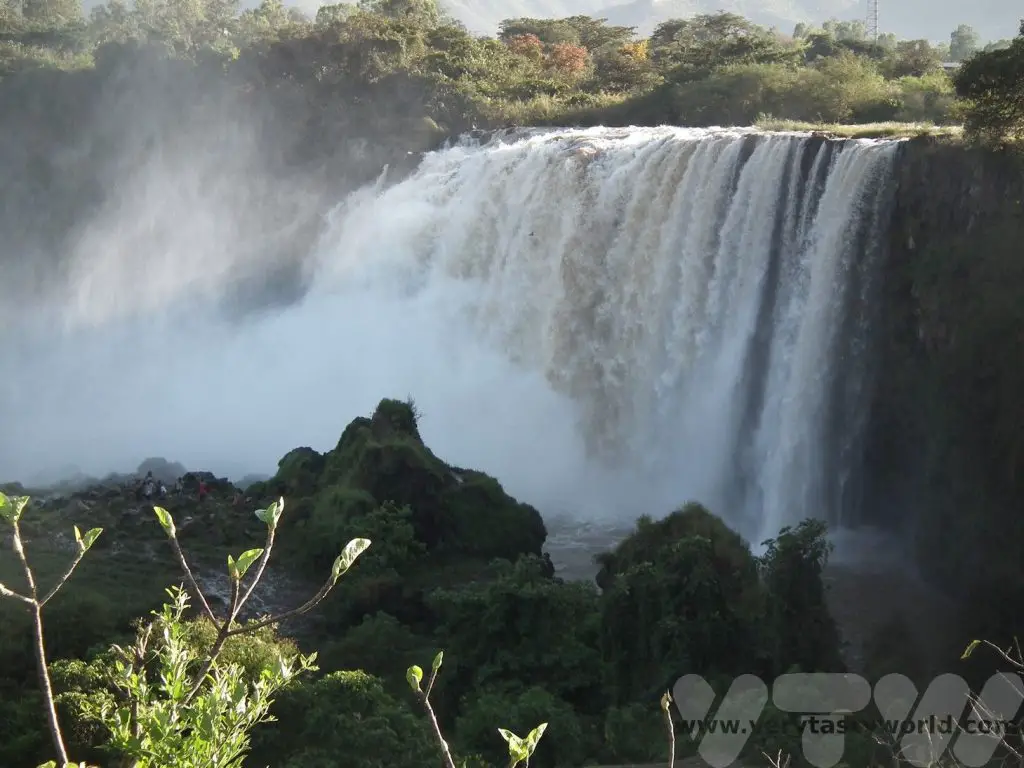
Drive to Gondar
The City of Gondar
Gondar sounds like a city from Lord of the Rings and also looks like a city from Lord of the Rings. It has a grand history. It was the central location of the Ethiopian government and home of the Ethiopian emperors for several centuries and is a UNESCO heritage site.
Established by Emperor Fasilides in the 17th century, the city of Gondar boasts a number of castles and palaces that were residences to successive Ethiopian leaders. The buildings are particularly interesting because they resemble European mediaeval castles.
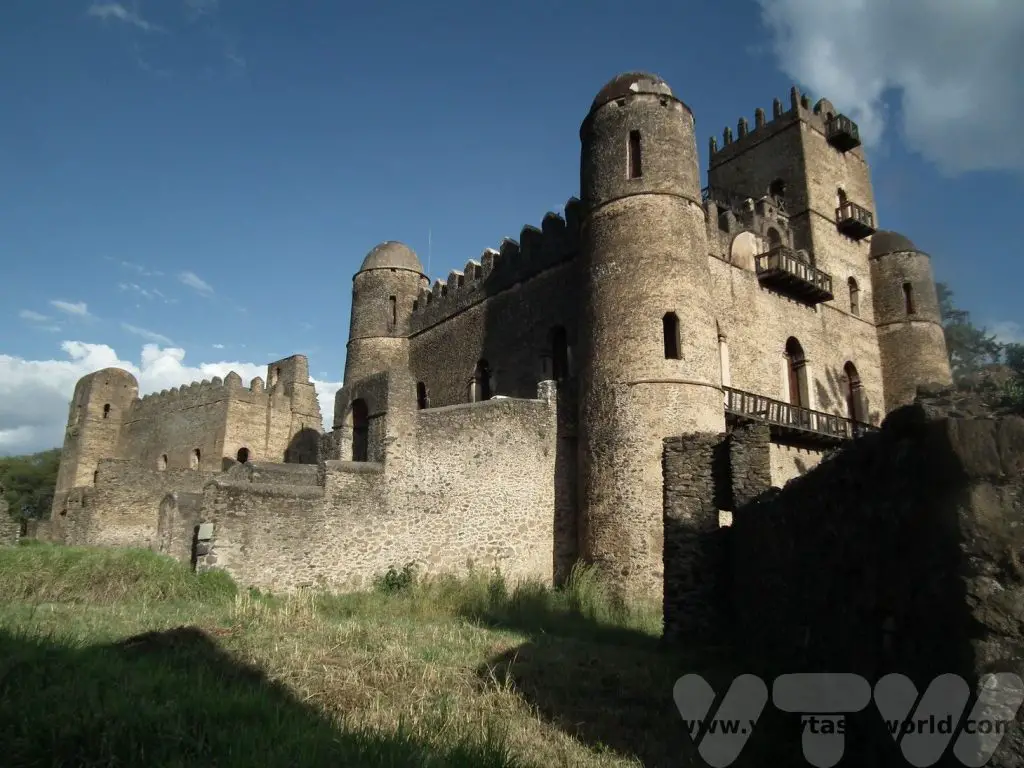
The history of the emperors is fascinating. There are all sorts of tales of skullduggery – poisonings, murders and mysterious deaths. It is possible to explore the ruins of the castles, palaces and royal baths.
Fasilides was emperor of Ethiopia from 1632 until 1667 and decided to establish Gondar as the capital of Ethiopia. He built the Royal Enclosure which was further developed by his successors. A little way out of town he also constructed a remarkable bath complex, compete with bathing pool, tower and bridge. It is considered a sacred site to this day.
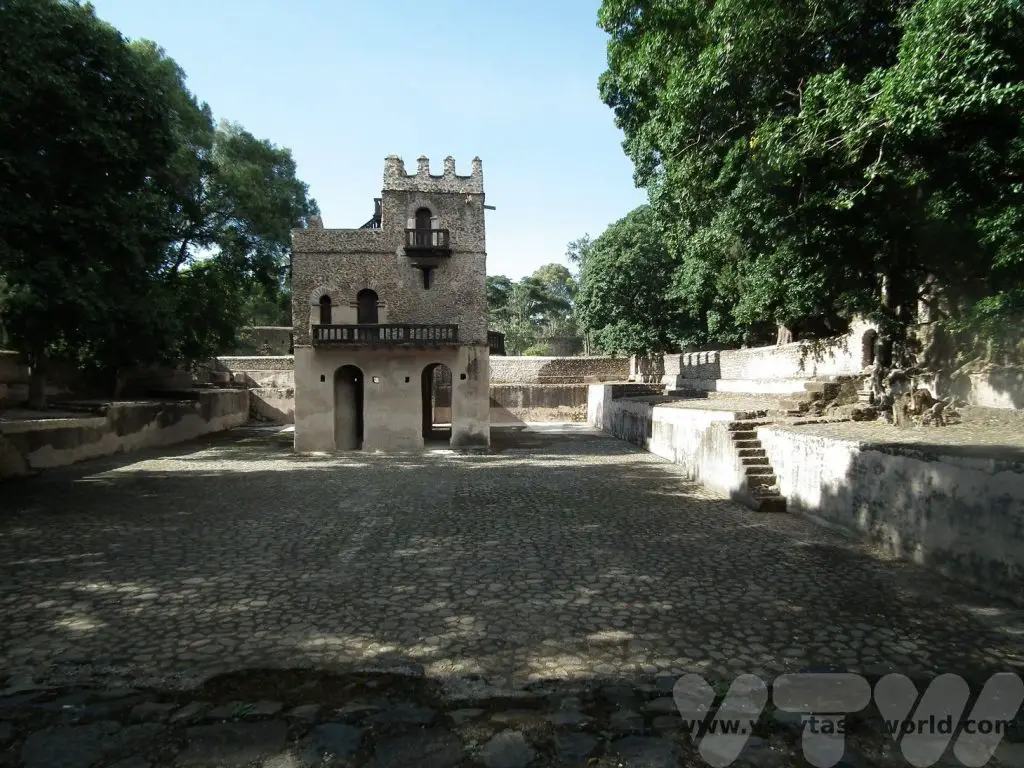
Simien Mountains
On leaving Gondar we got into a van and had a bumpy ride to the spectacular Simien mountains national park. This is another UNESCO world heritage site. There are plenty of opportunities to go hiking amidst spectacular scenery and have a drink at the highest bar in Africa.
In the Simien mountains you can walk among wild gelada monkeys in fields scented of wild thyme, a magical experience.
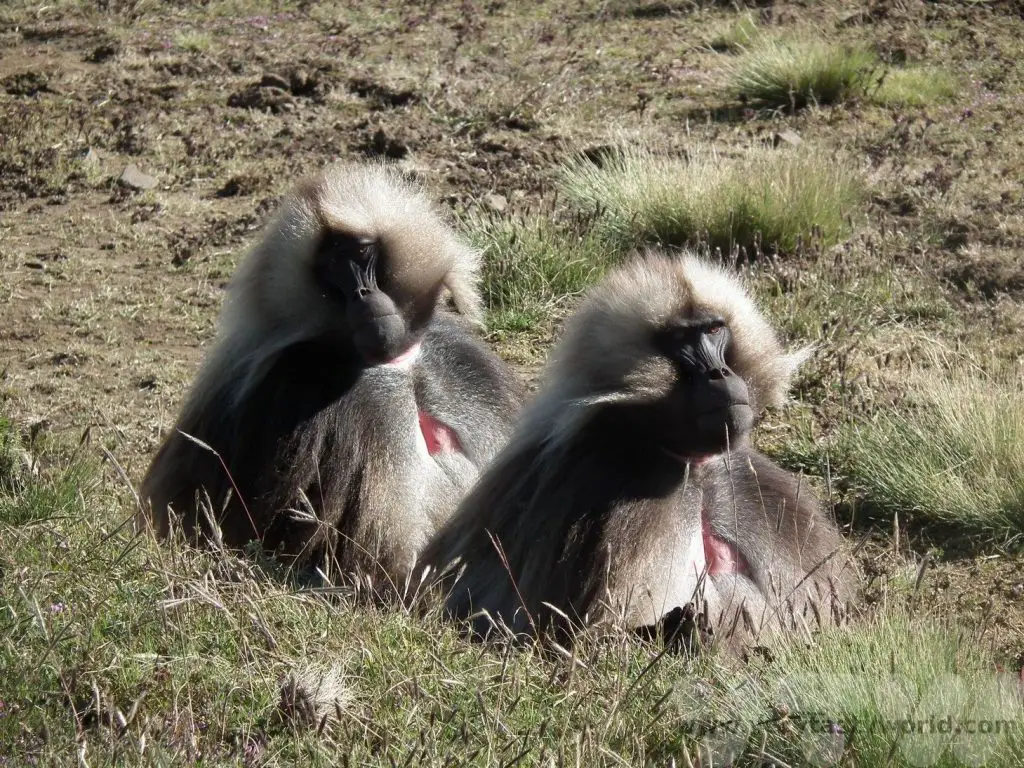
You can read more about the fascinating history of Gondar and see the beauty of the Simien mountains.
Fly to Lalibela
We caught a flight from Gondar to Lalibela where we spent a couple of days exploring the astonishing rock-hewn churches. They were as spectacular as we had been promised many years before.
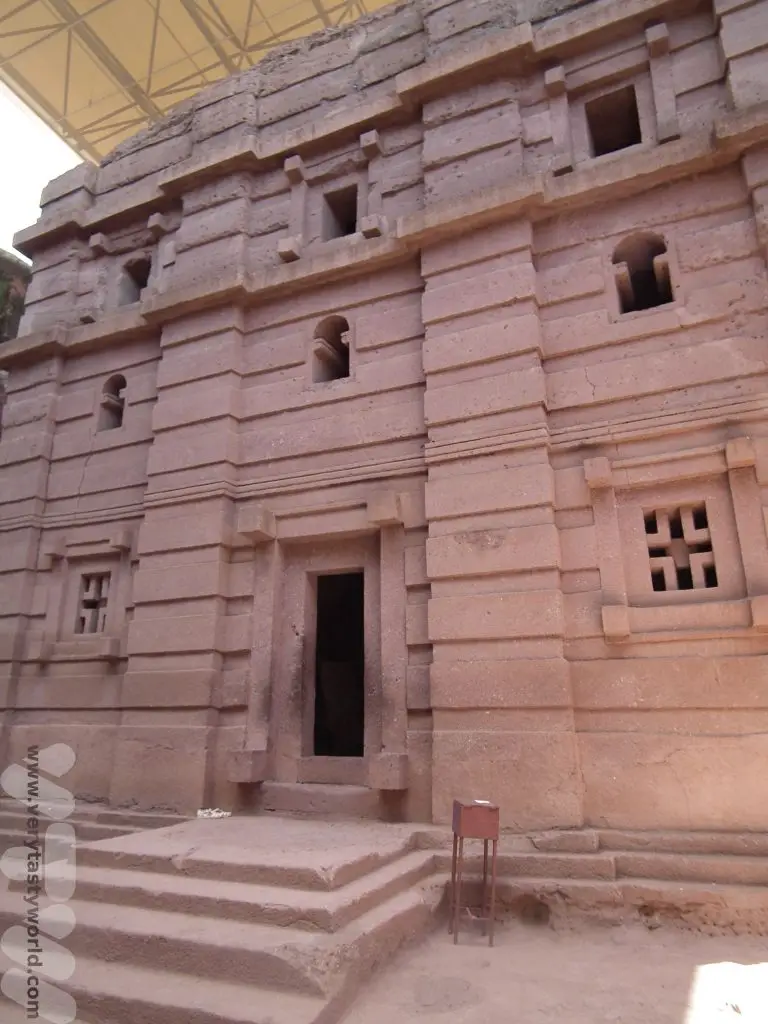
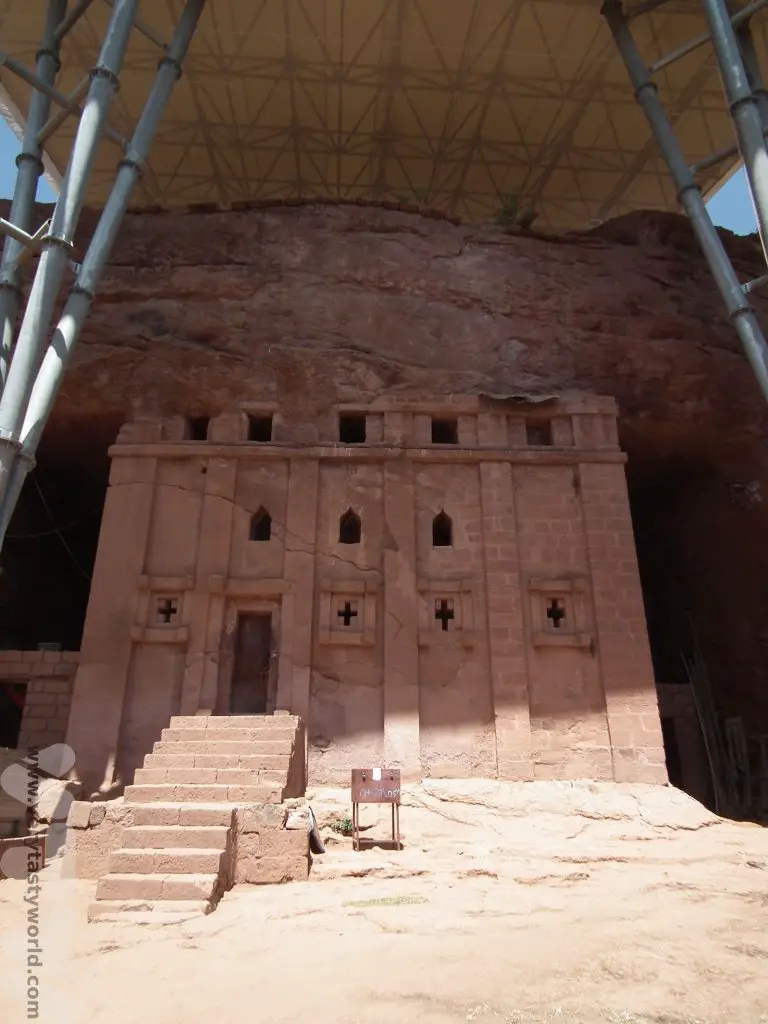

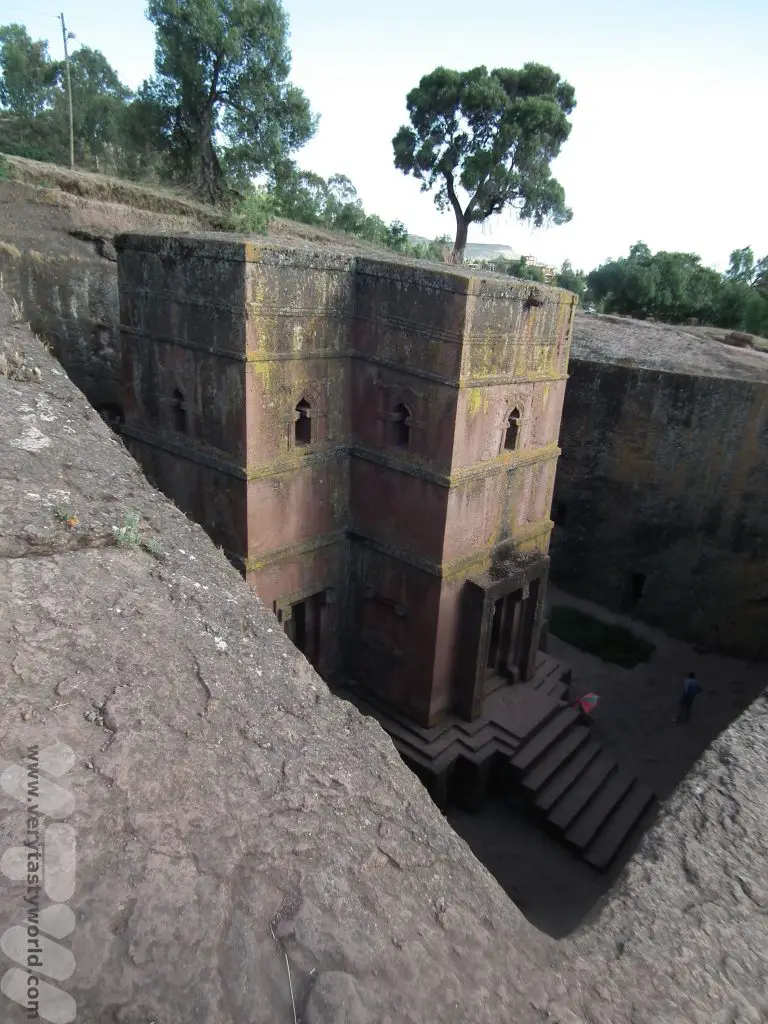
Another UNESCO world heritage site the churches date from the 7th to the 13th centuries. They are remarkable because rather than being constructed from the ground up, they have been hewn from within the rock, using basic tools such as chisels and hammers, and were built from the top down. This meant that they couldn’t be seen from a distance.
Fly to Tigray
More history beckoned when we flew to the far north of the country to the region of Tigray. Tigray has had a difficult history in recent times. It was the location of the Ethiopian famine of the 1980s, which prompted the Band Aid and Live Aid appeals. And recently it has been engaged in a civil war between the Tigray People’s Liberation Front and the Ethiopian government. A peace treaty was signed in November 2022 and we very much hope that tourism will be able to be revived in the area once more.
Axum
First stop was Axum, which has a history dating back to 400 BCE. It was the capital of the Aksumite empire which ruled the region until the 10th century. It is famous for its towering stelae, obelisks that are around 1700 years old. They were designed as impressive grave markers for royal burial chambers. They are huge – the tallest is 33m. Some of them have fallen and others were taken, notably King Ezana’s obelisk which was transported to Rome after Italy’s occupation of Ethiopia ended.
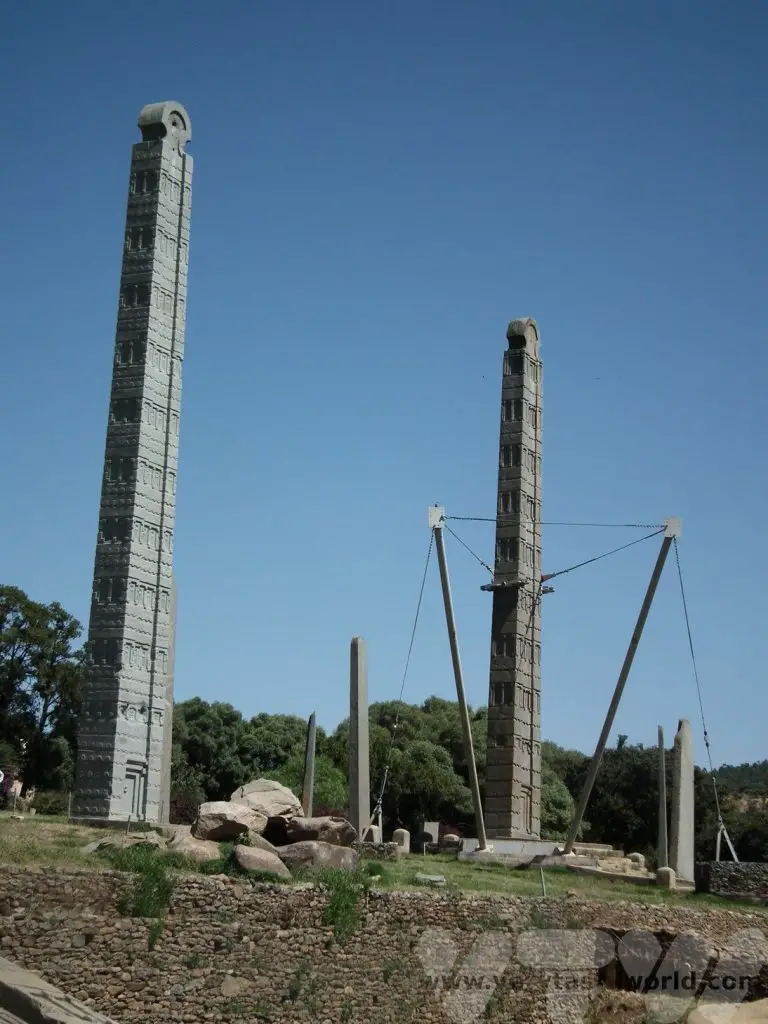
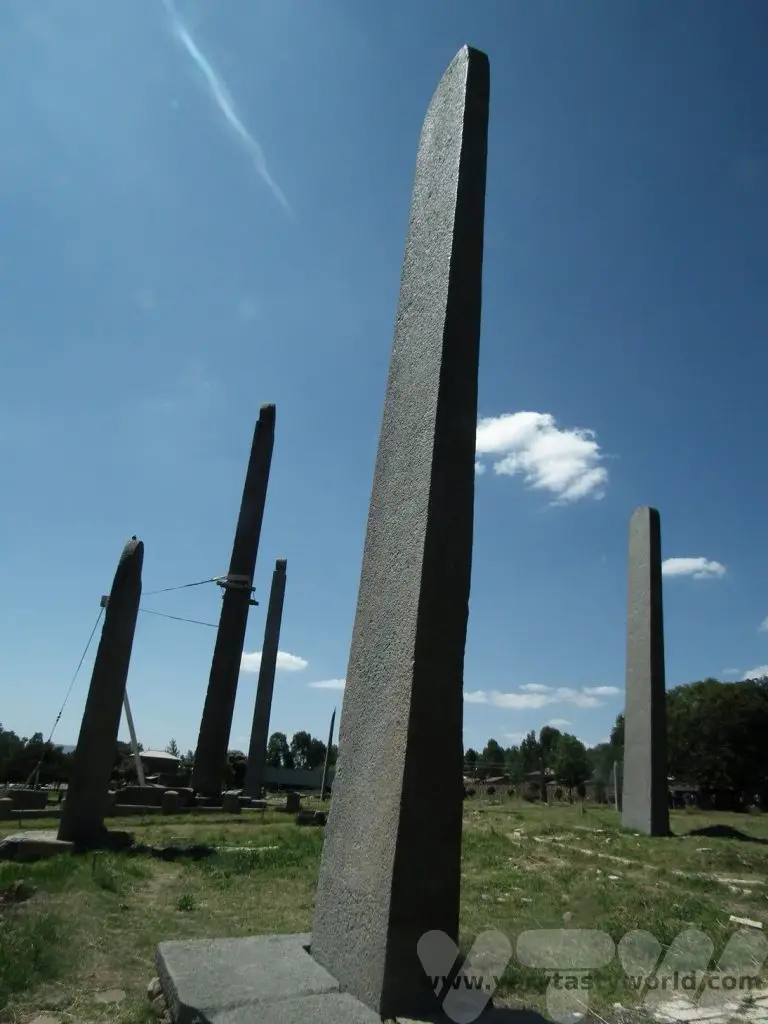
The Aksumite Empire ended in the 10th century and the emperors of Ethiopia moved southwards, eventually settling in Gondar some centuries later, when Fasilides established his government there.
Churches of Our Lady Mary of Zion
Axum is also home to two important churches. The church of Our Lady Mary of Zion was built by Fasilides in 1665. It is rumoured to have housed the Ark of the Covenant.
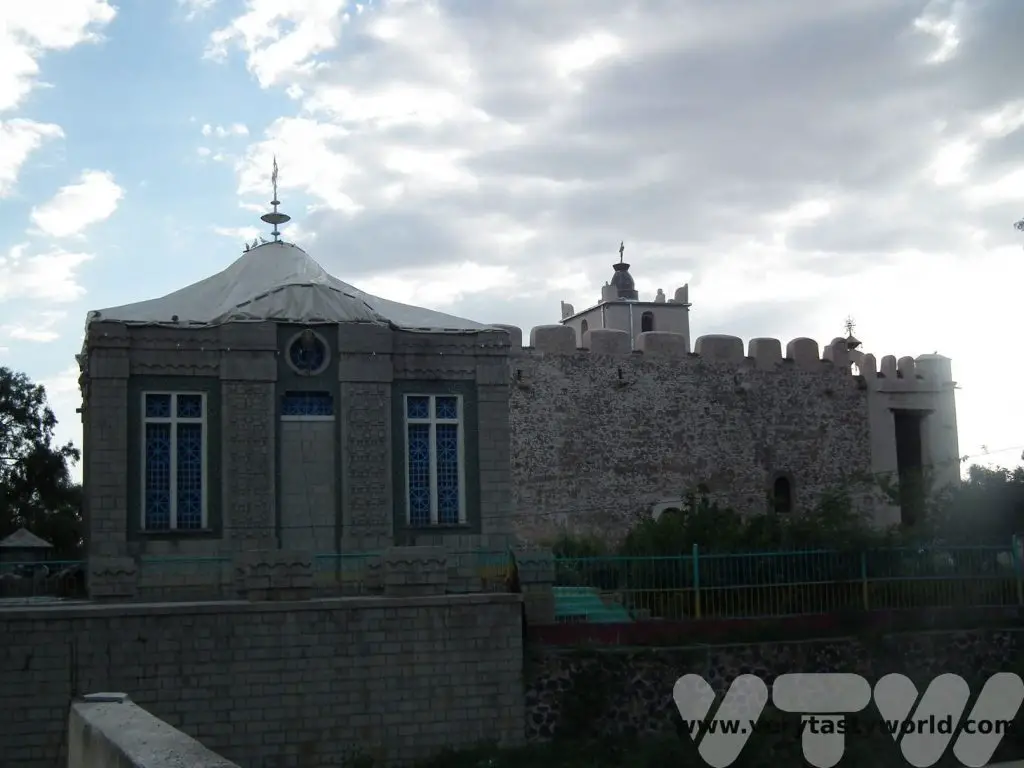
Emperor Haile Selassie built a new cathedral of St Mary of Zion next to the old church. It is possible to enter this church and to watch the services.
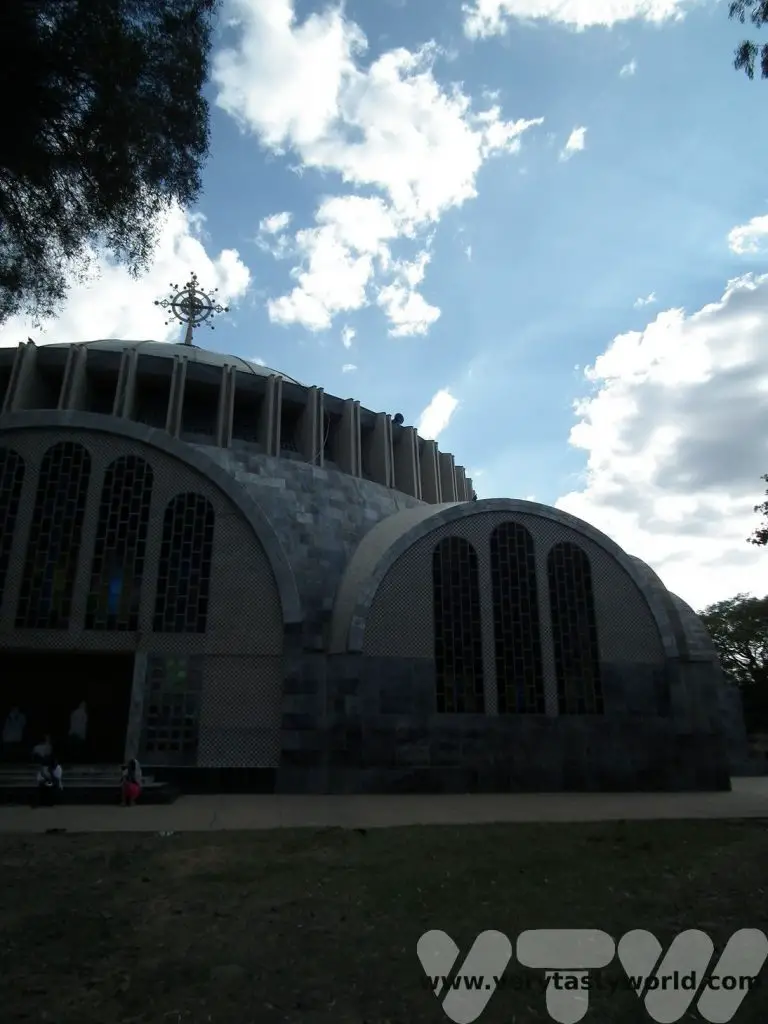
Tombs of the Kings
A few kilometres out of the town of Axum are the Tombs of the Kings which date from the 3rd century.
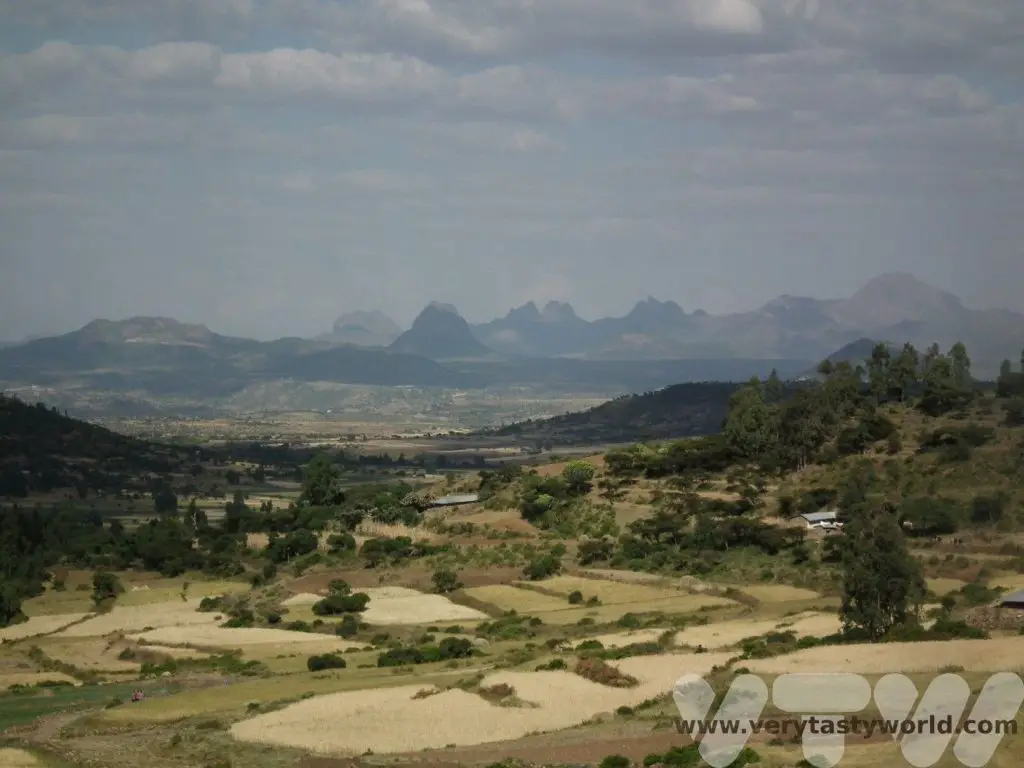
King Kaleb’s tomb is located here. Kaleb was king of Axum between 514–542 CE.
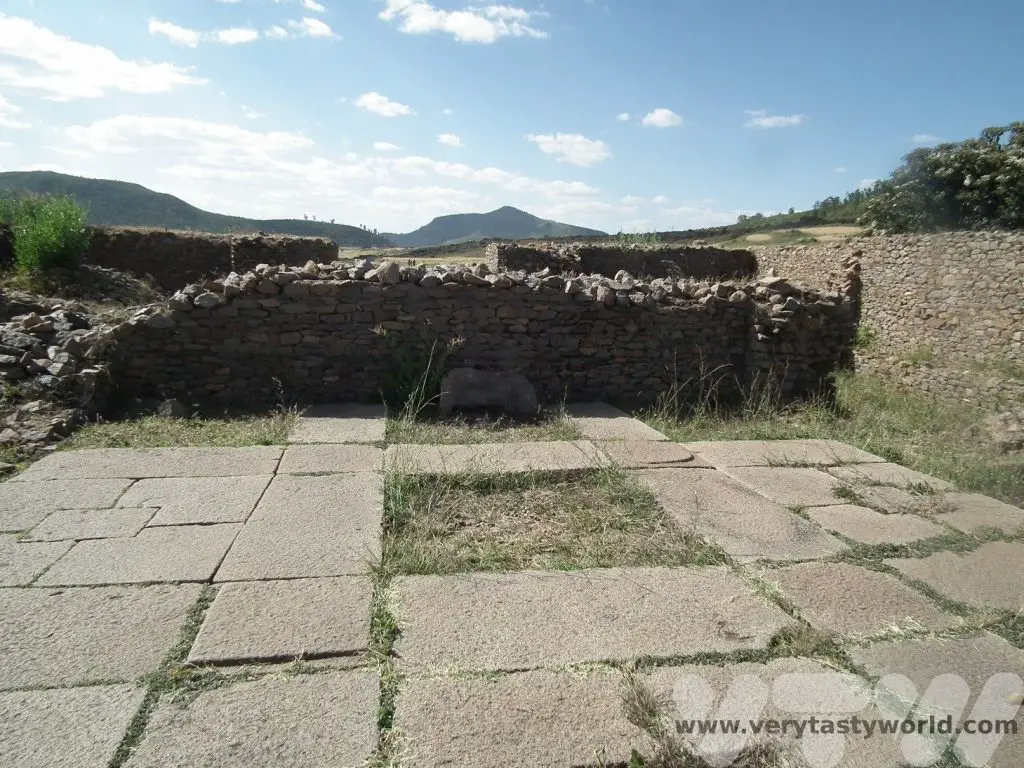
Nearby is the Ezana Stone, a stelae, which shows an inscription in three different languages: Ethiopian Ge’ez, South Arabian Sabaean, and Greek. It’s similar to the Rosetta Stone.
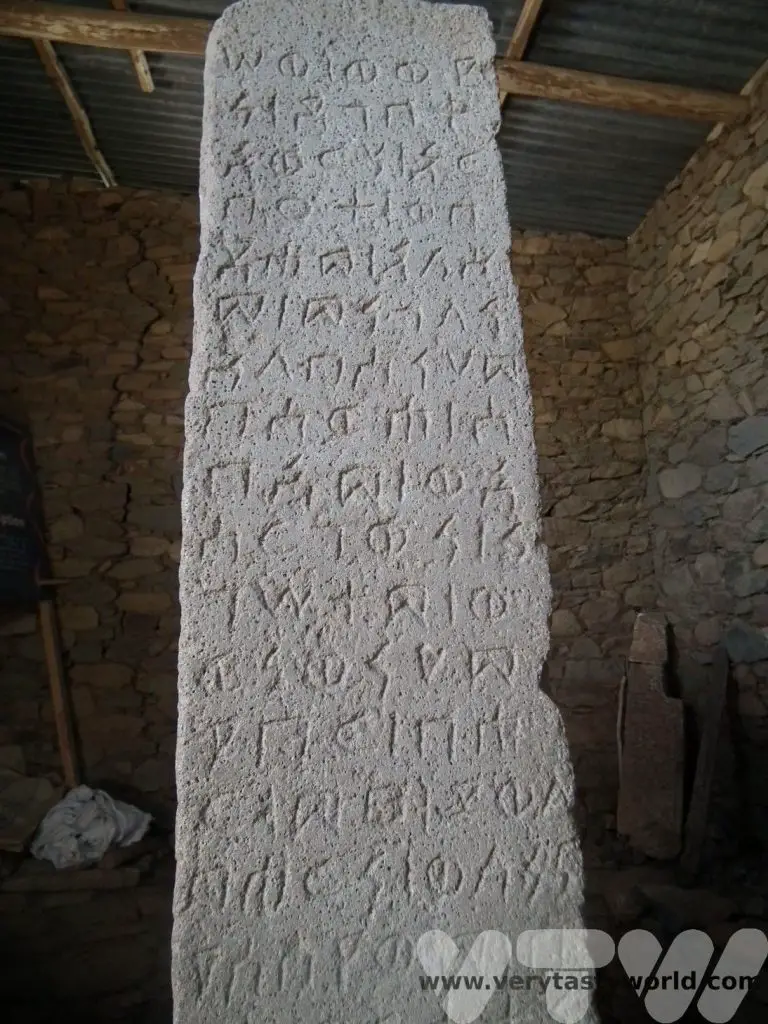
Beware though, the stone is cursed and anyone who touches it is likely to meet an untimely end. (No, we didn’t dare!)
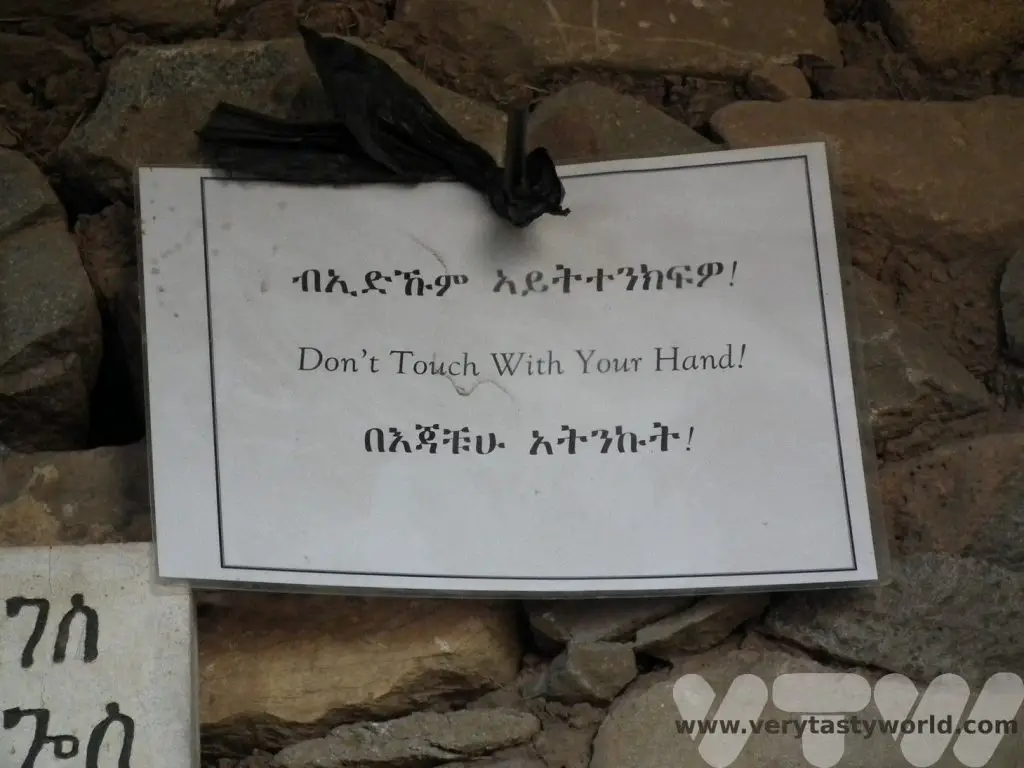
Gheralta
The final stage of our journey through the Tigray region involved a drive across the countryside to Gheralta where we could view the rock churches of Tigray.
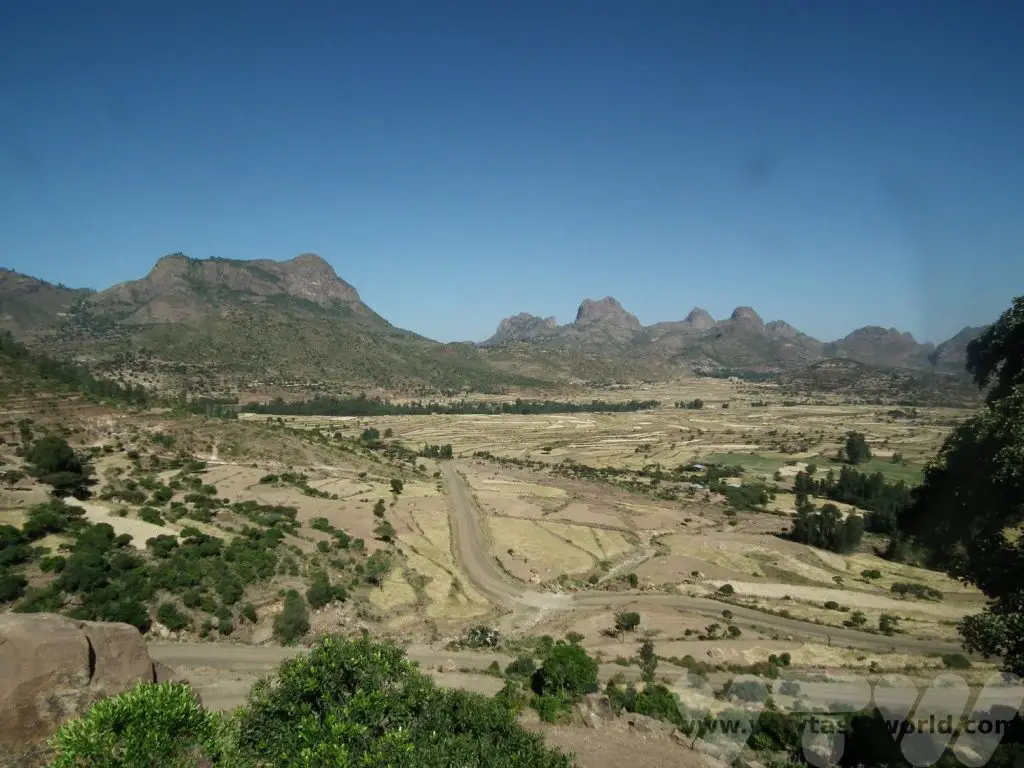
There are over 100 churches in the regions, largely dating from the 6th to the 14th centuries and they are mainly carved into cliff sides or rocky outcrops.
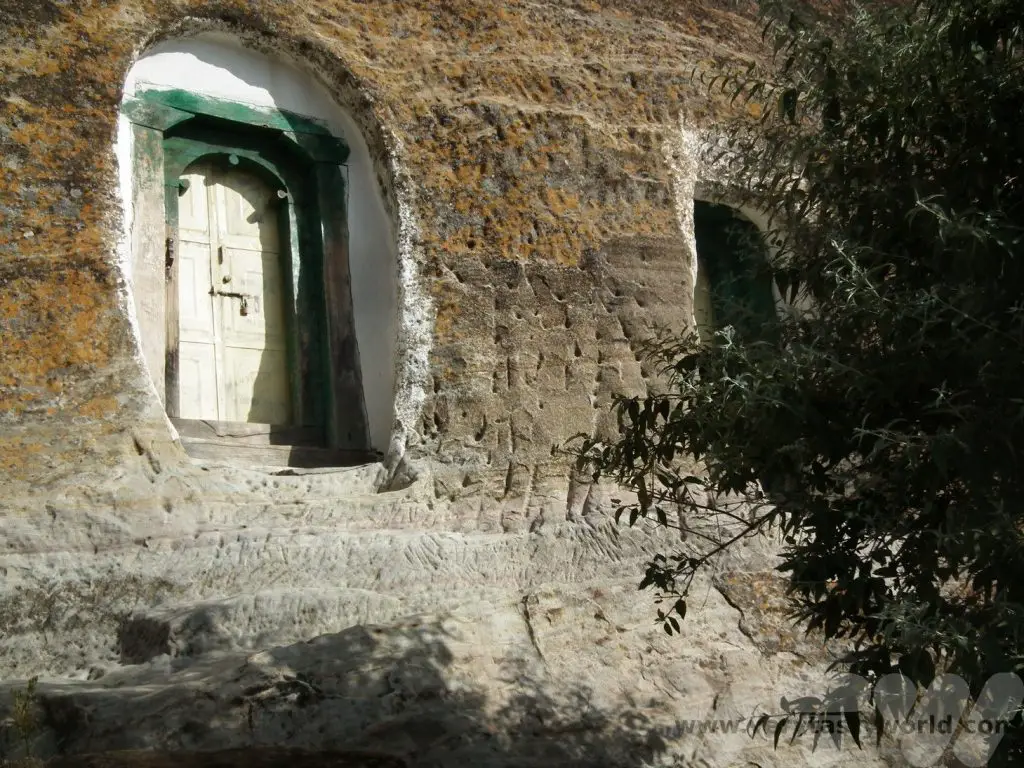
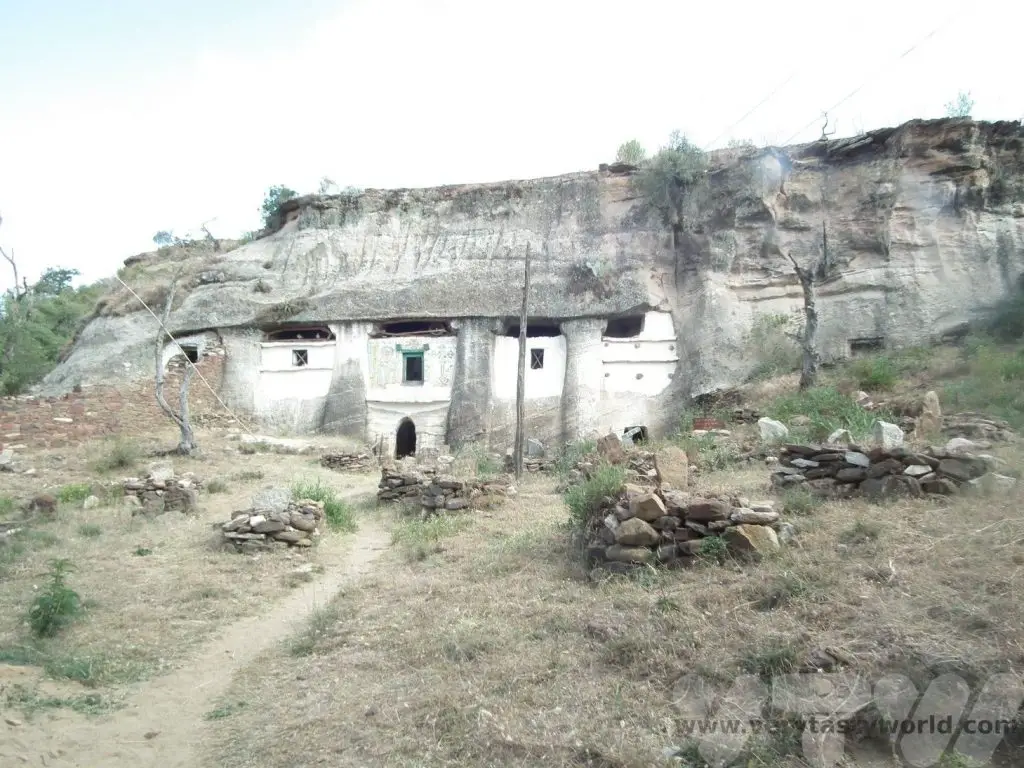
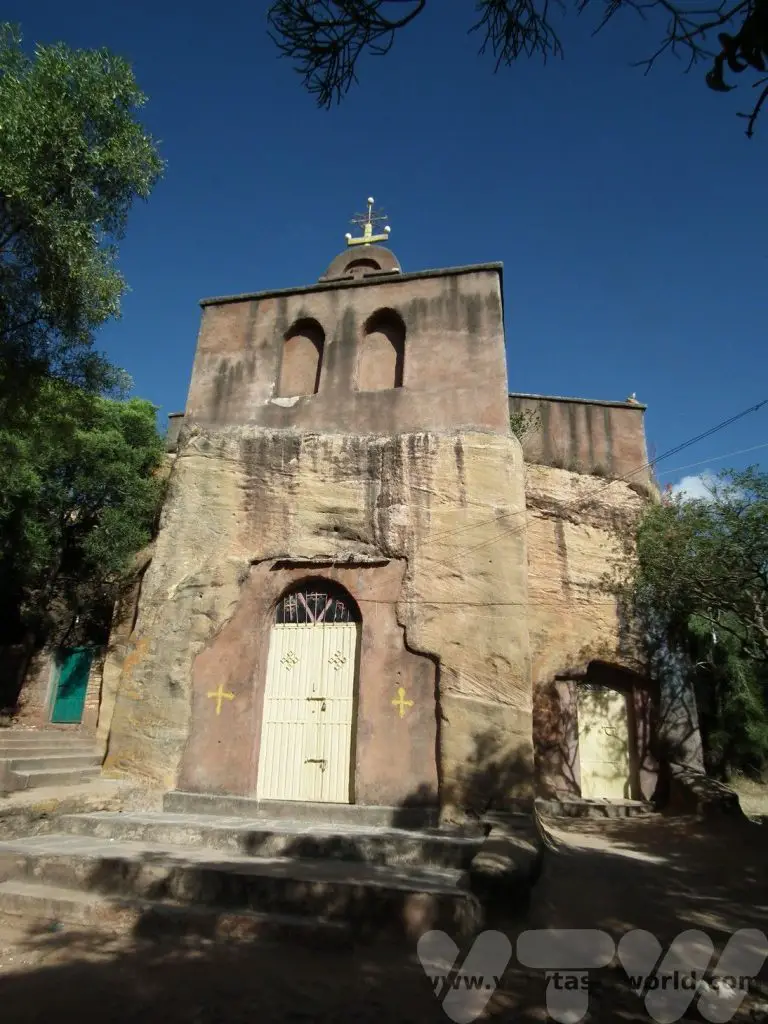
And that concluded our Ethiopian itinerary. We drove to Mekele, the major city in the region, and caught a flight back to Addis before our return home.
Ethiopian Food
Something that intrigued us before we arrived was Ethiopian food: we had absolutely no idea about what to expect. A quick internet search revealed ‘injera’: Ethiopian traditional bread.
We still had no idea what to expect.
Injera is a flatbread that looks like a cross between a dirty dishcloth and a sponge.
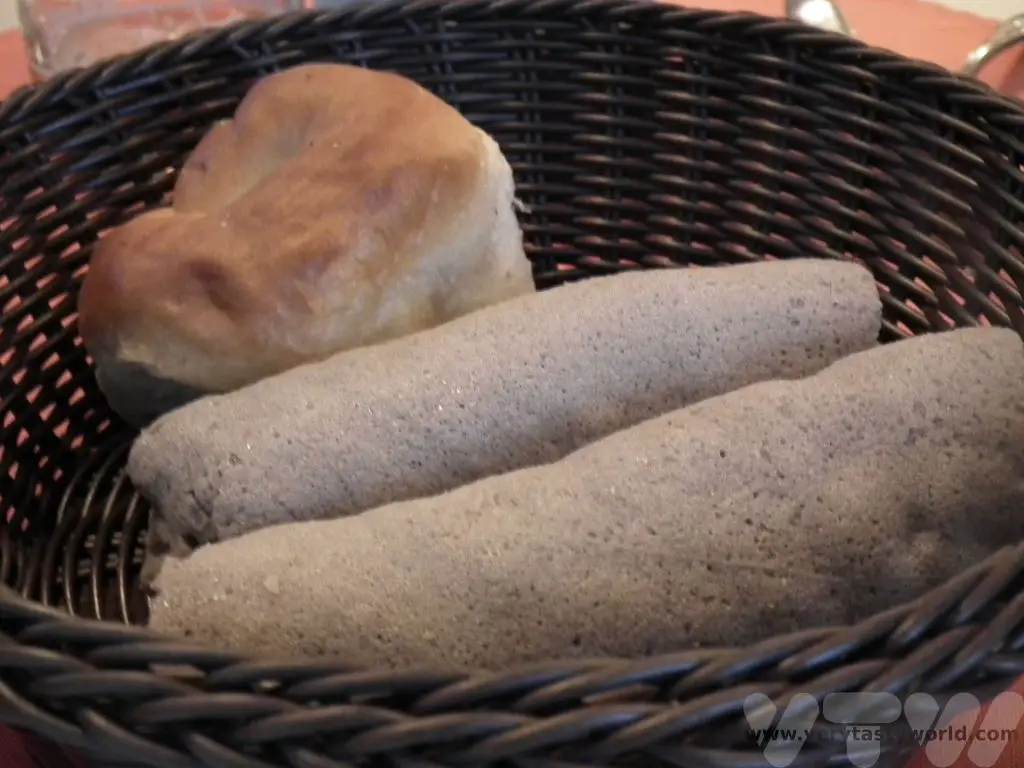
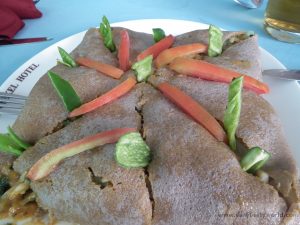
It really doesn’t look enticing at all. This was about as attractive as it got.
Actually, it tastes really good. It has soft texture and a slightly sour flavour. Injera is made from teff, apparently the world’s latest superfood – a grain that is highly nutritious. Injera is made using a fermenting process rather like sourdough or dosas. A combination of teff flour and water are combined to make a batter which takes a few days to ferment. When the mixture is bubbly and smells sour it is ready. It can be fried on a skillet (on one side only) until the characteristic bubbles appear in the surface.
It is often served laid out flat with stew (wat) or with meat and vegetables placed on top – you can pull off chunks of the injera to scoop up the stew. So it serves as plate, cutlery and delicious food.
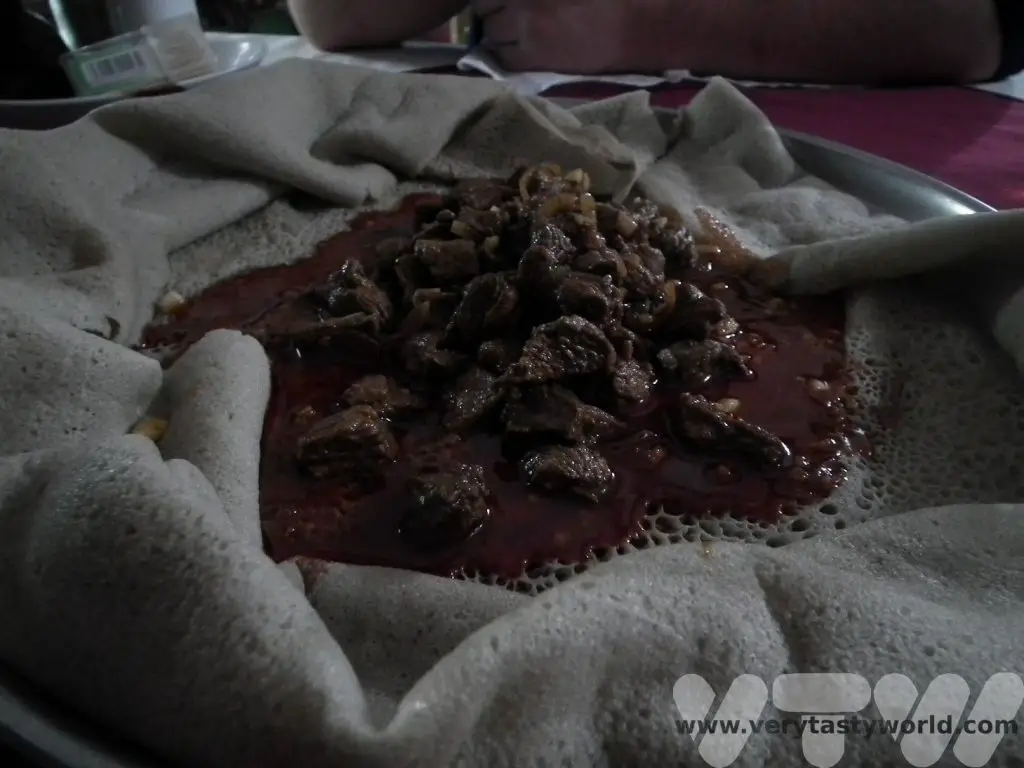
The local people we met were quite surprised that we were willing to eat injera and that we enjoyed spicy food.
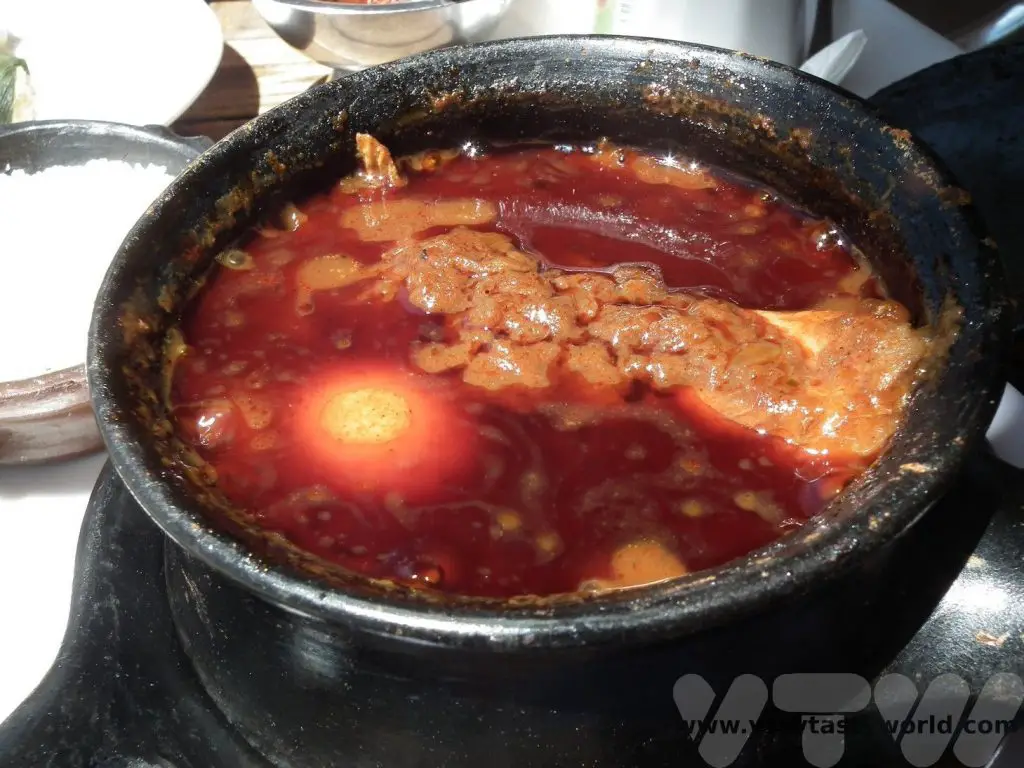
In the UK the county of Yorkshire is renowned for providing large portions of food. Ethiopian portions are so enormous that we quickly discovered that one meal between the two of us was more than enough to fill us up. We generally only needed to eat brekkie, then we shared all other meals.
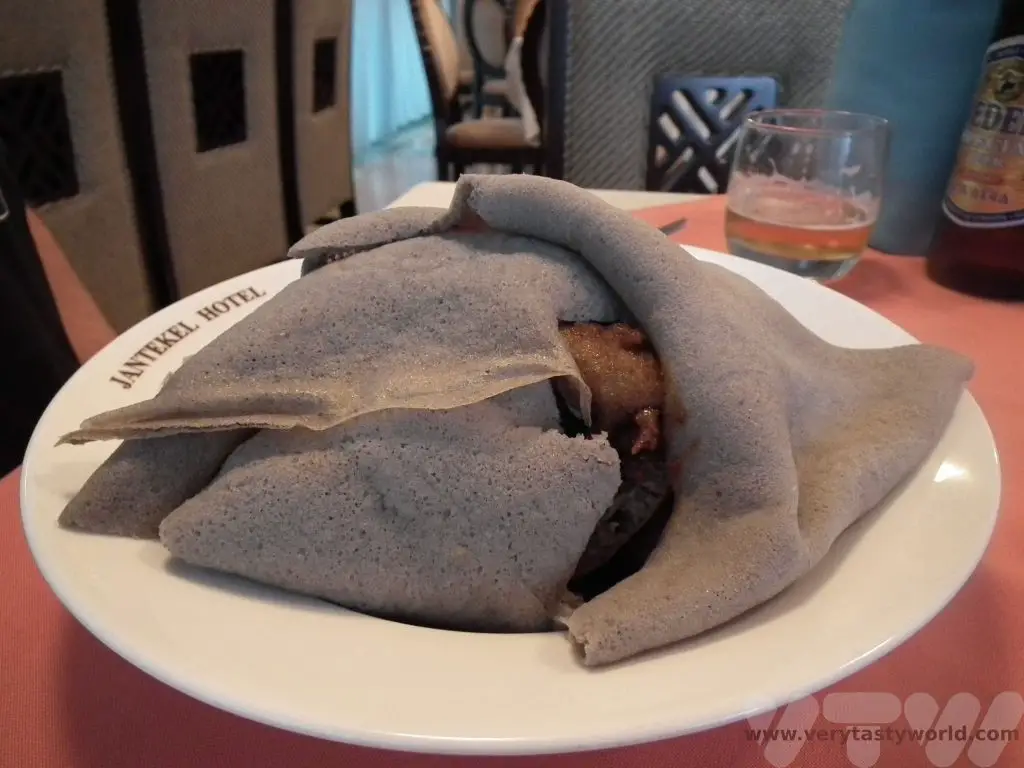
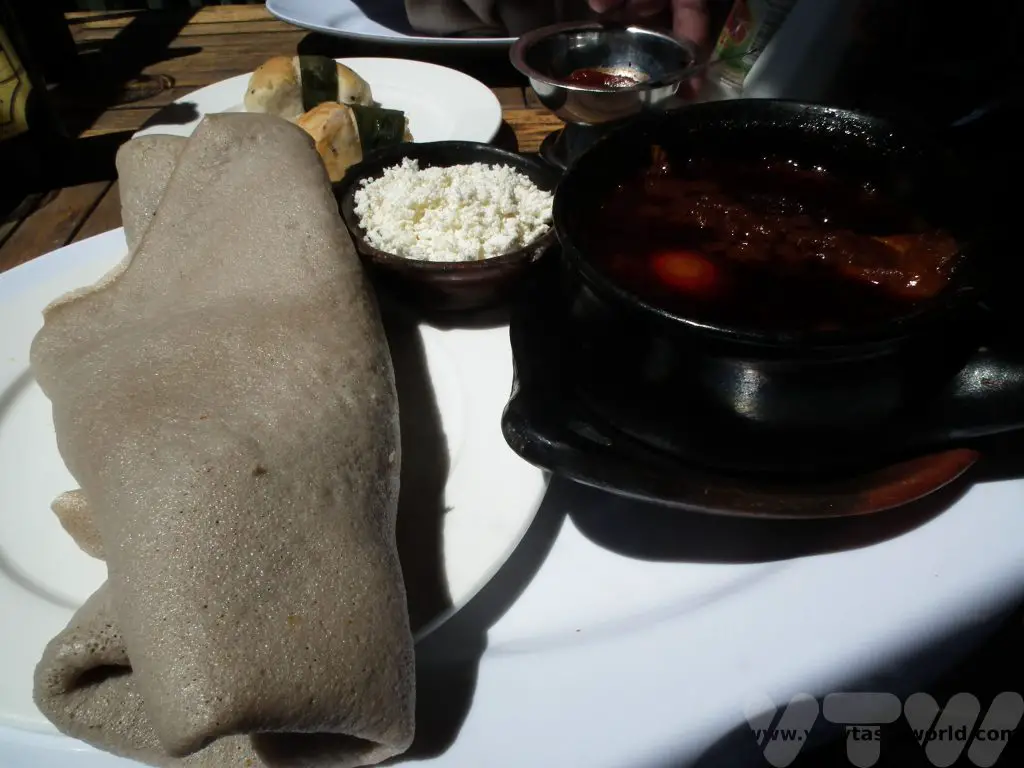
Ethiopian Coffee
Ethiopia can claim to be the country where the coffea arabica originates. Coffee has been grown in Ethiopia for centuries and it forms an important part of the culture.
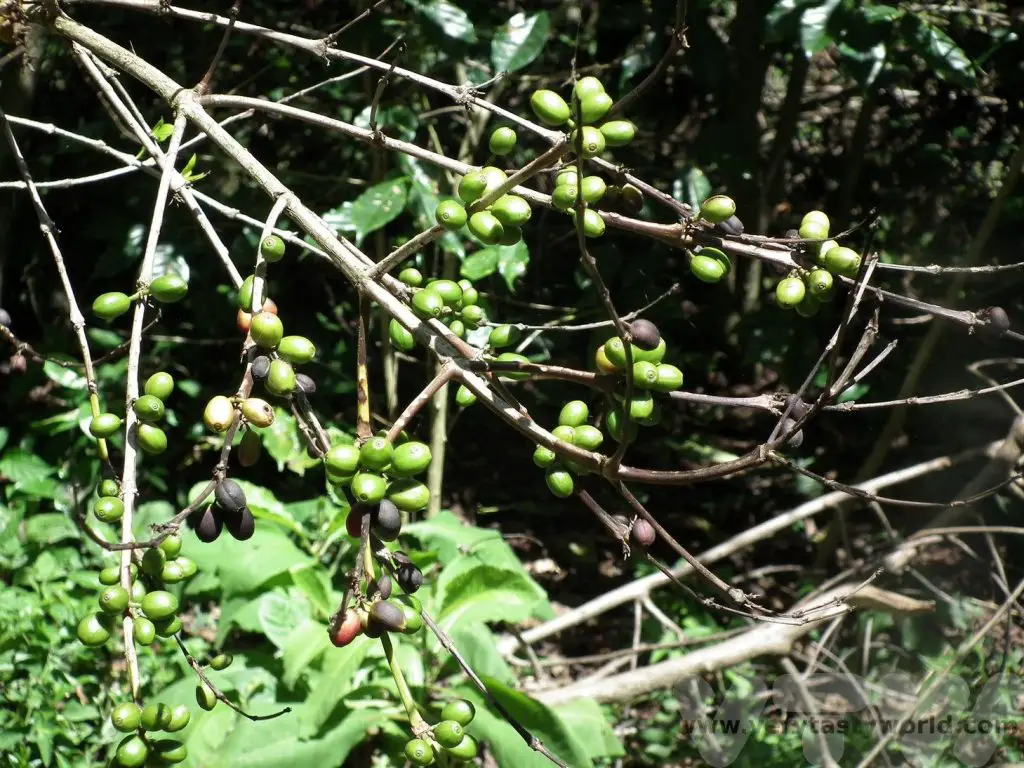
Coffee ceremony is highly social activity and the ceremony is usually performed by the female members of a household. The process starts with green coffee beans which are roasted in a pan over a flame and then ground using a mortar and pestle. Then the ground coffee is placed into a pot which has a spherical base and long neck and water added. It then boils on the flame so that the coffee can infuse and is then filtered using a sieve. The finished drink is poured from height into small cups. The grounds may be brewed a couple more times.
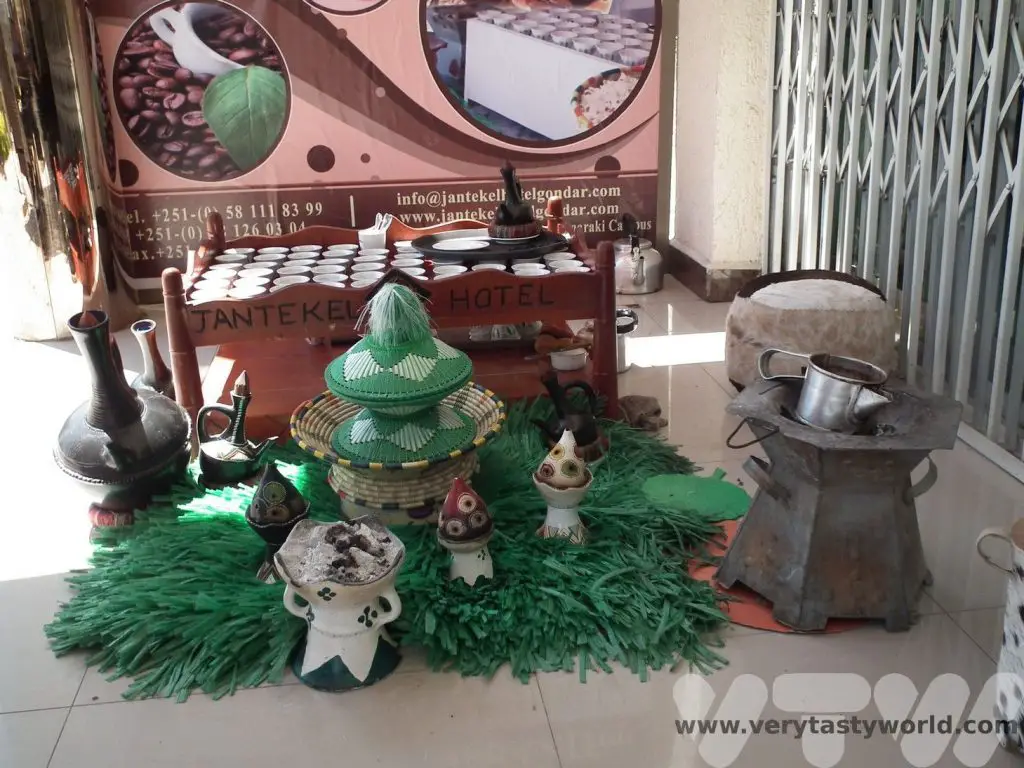
It is also possible to drink home-made beer in Ethiopia. Bars aren’t common in rural areas so you need to know someone local because the beer is only available in private homes. These are called tella places. We were lucky to have a guide who invited us to a tella place to enjoy the beer. It’s a beer brewed with teff or sometimes sorghum and the variety we tried was quite light – around 3%. Drinking beer in a home was a nice way to enjoy a tipple with local people.
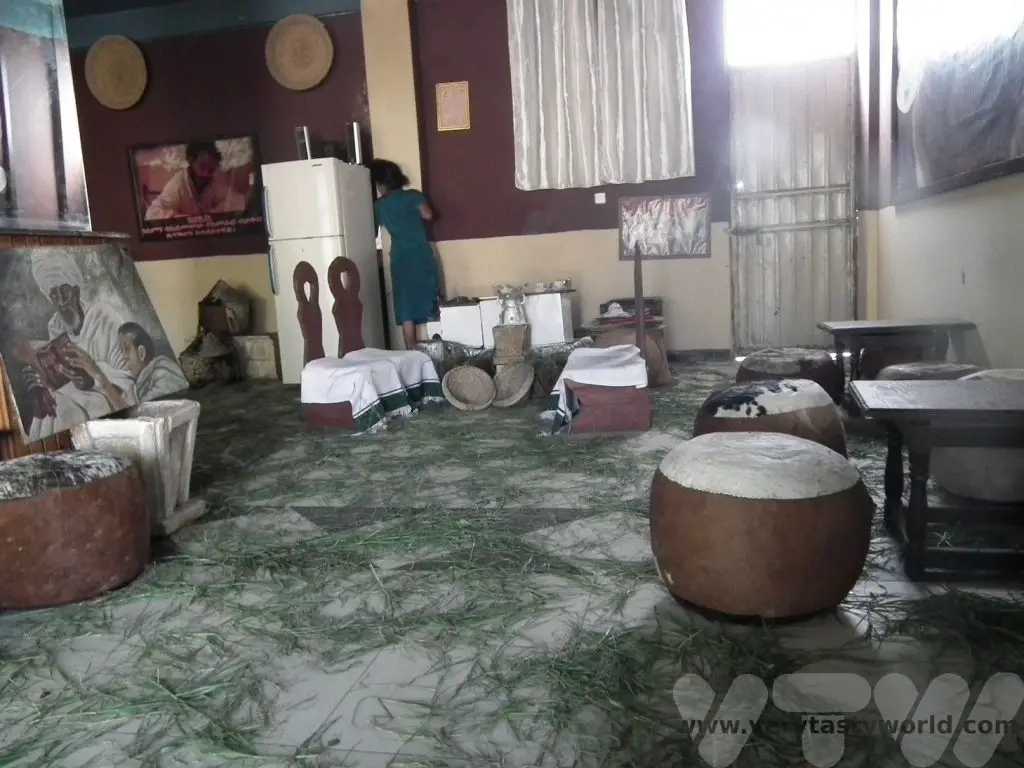
Some Interesting Facts About Ethiopia For Travellers
Because Ethiopia isn’t located too far from the equator daylight and nighttime are pretty much equal all through the year. The Ethiopian time system is very different to ours and uses a 12 hour clock. Sunrise, at 6am, is 12:00 dawn time. Night starts at 12:00 dusk, which is the equivalent to 6pm international time. While many tour guides will work on international time, it can get a little confusing if you are looking at a local clock, especially if you have a flight to catch.
Additionally, Ethiopia has thirteen months in its year. This means that, at the time of writing in 2023, it is still 2015.
Another interesting element to Ethiopian culture is that many people follow the Ethiopian Orthodox church and hence don’t eat meat on Wednesdays and Fridays. This is great for vegetarian/vegan visitors as there is a good selection of veggie food available. Ravenous meat-eaters don’t need to worry though, hotels and restaurants will still offer meat on those days.
Ethiopia has so much to offer – a fascinating history and culture, remarkable architecture and really beautiful landscapes and wildlife. We received a warm welcome wherever we visited and would love to return to explore the south of the country.
Related Posts You May Enjoy

- Mora Mora on the RN7 Madagascar – A Road Trip

- Tree Climbing Lions, Hippo Hordes and Safari Shenanigans in Uganda

- Tourist Attractions In Ethiopia

- Kibale National Park Chimpanzee Trekking

- Visit Ethiopia – Gondar and the Simien Mountains

- Ziwa Rhino Sanctuary Uganda

A Northern Ireland Road Trip
Northern Ireland is blessed with vibrant cities, beautiful countryside and a stunning coastline. We visited this lovely country as part of a road trip around much of the island of Ireland. We flew into Belfast airport and hired a car which gave us maximum flexibility to explore. Here’s a Northern Ireland road trip itinerary for spending two to three days in this lovely country. It can be extended or compressed, depending on how much time you have and how long you wish to spend at some of the attractions.
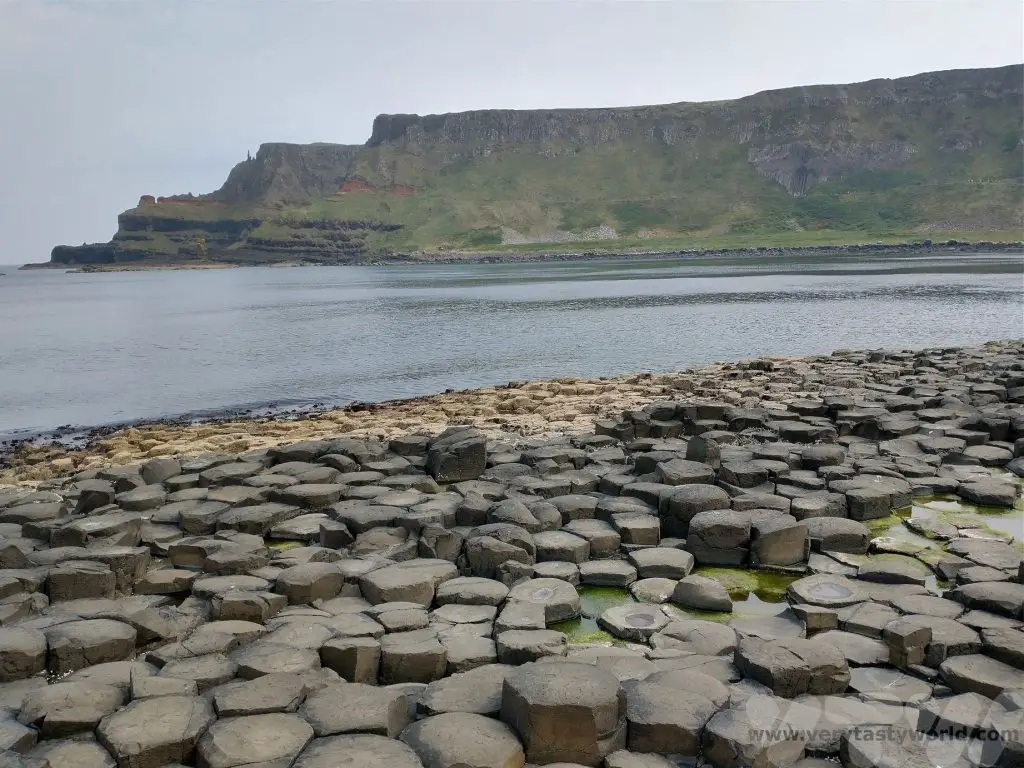
Belfast
Belfast is the capital city of Northern Ireland and is probably one of the liveliest places we’ve visited. The city’s name derives from Béal Feirste which means ‘mouth of the sandbar’. Although there have been settlements in the area since Neolithic times, Belfast town was established in the 17th century by Sir Arthur Chichester. It grew rapidly over the years as a trading centre and industrial hub. Most of Ireland seceded from British rule in 1921 to form the Irish Free State but six counties in the north of the island remained part of the UK and Belfast become the capital city of these.
Arriving in Belfast
We flew into Belfast airport, picked up our car and drove the short journey into the city. We arrived at at 4 pm on a Saturday evening, and the place was already throbbing – bars were full, and everyone was dressed up and ready to go out. A walk through the city was interspersed by raucous mobile bars filled by revellers and fuelled by boozy pedal power.
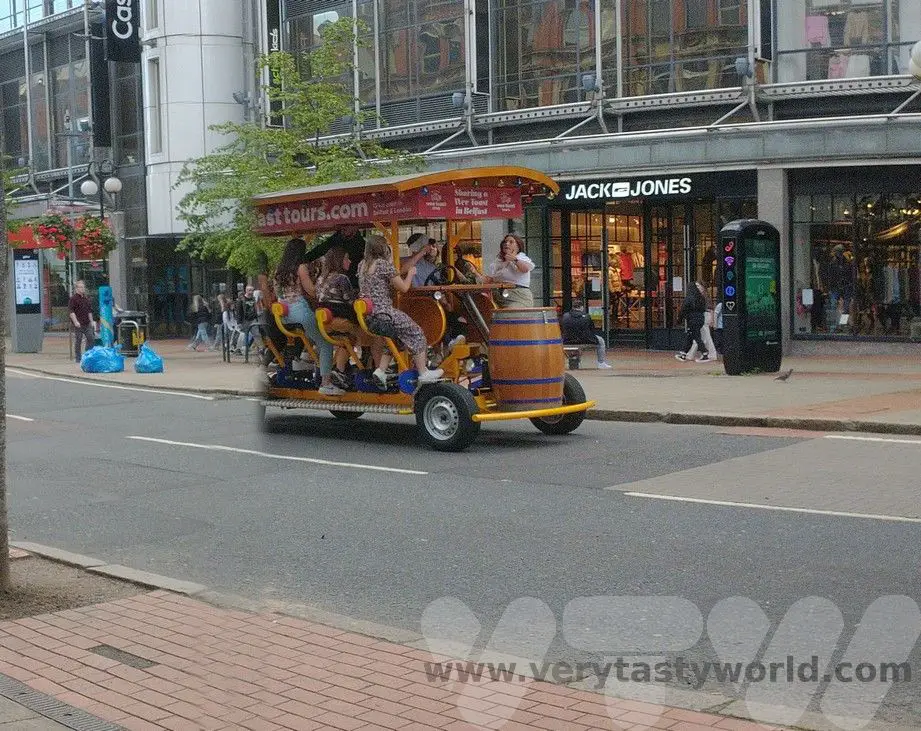
The following day we spent some time in the city. Belfast is a great place to explore on foot and has a number of impressive buildings:
The City Hall in Donegall Square council building is the civic building of Belfast City Council.
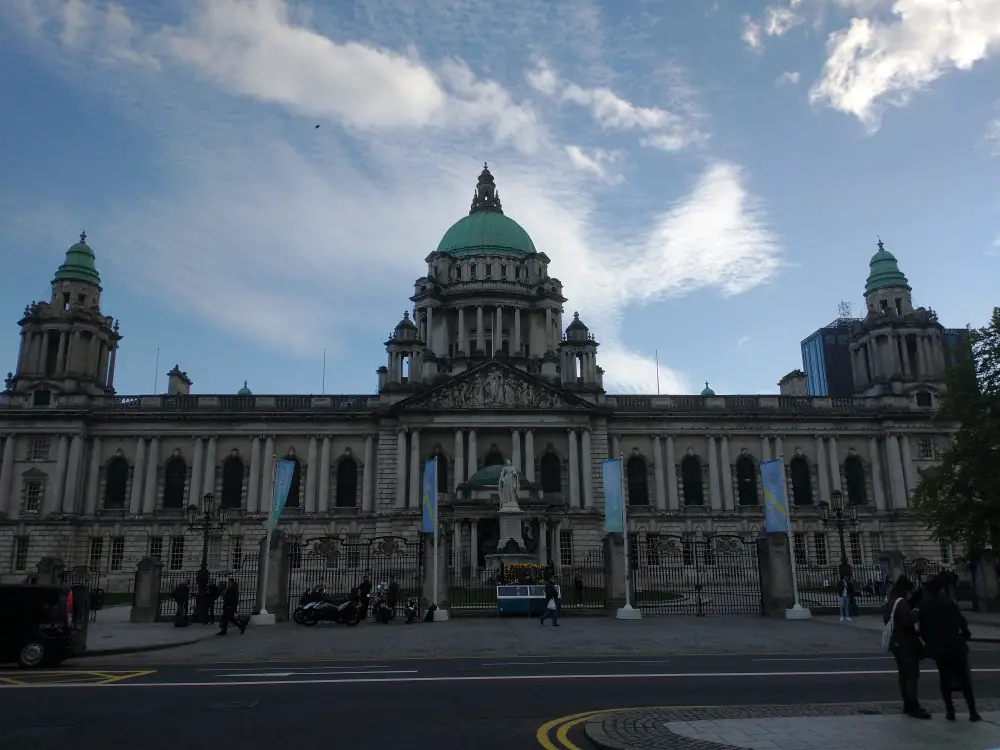
Belfast Cathedral, the Cathedral Church of St Anne, dates from 1899. In the background of the picture below you can see a very thin spire. It’s so slim it looks like a spike. It’s called the Spire of Hope and was designed to be extremely lightweight because the cathedral is suffering from subsidence into the silty mud it was built upon. Hence, with no chance of it having a full spire or bell tower, this elegant, svelte and minimalist spire was installed in 2007.
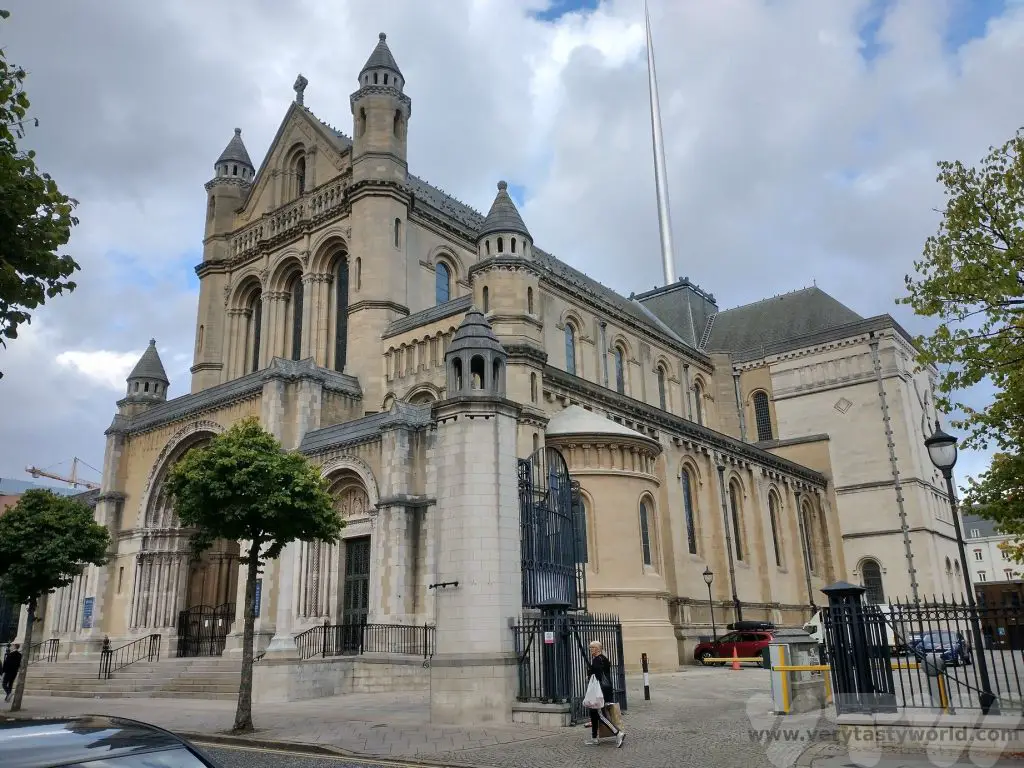
The Albert Memorial Clock Tower was built in 1869. It was designed by WJ Barre who won a competition to design a memorial to Queen Victoria’s late husband, Albert the prince consort.
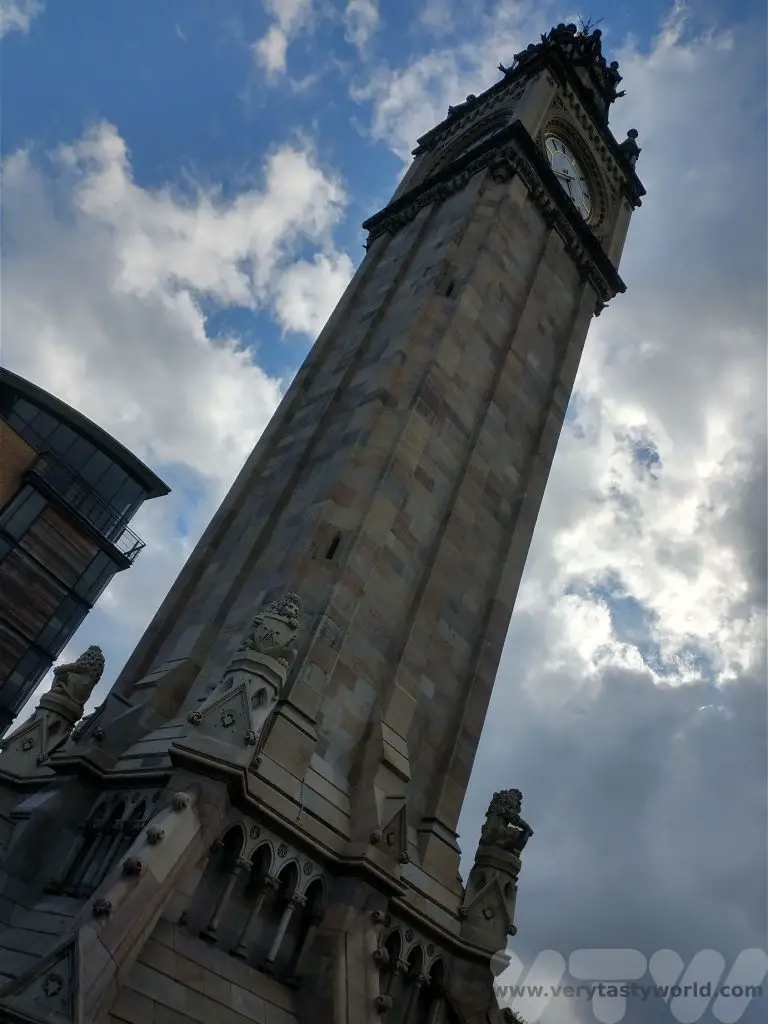
Belfast also has an impressive street art scene.
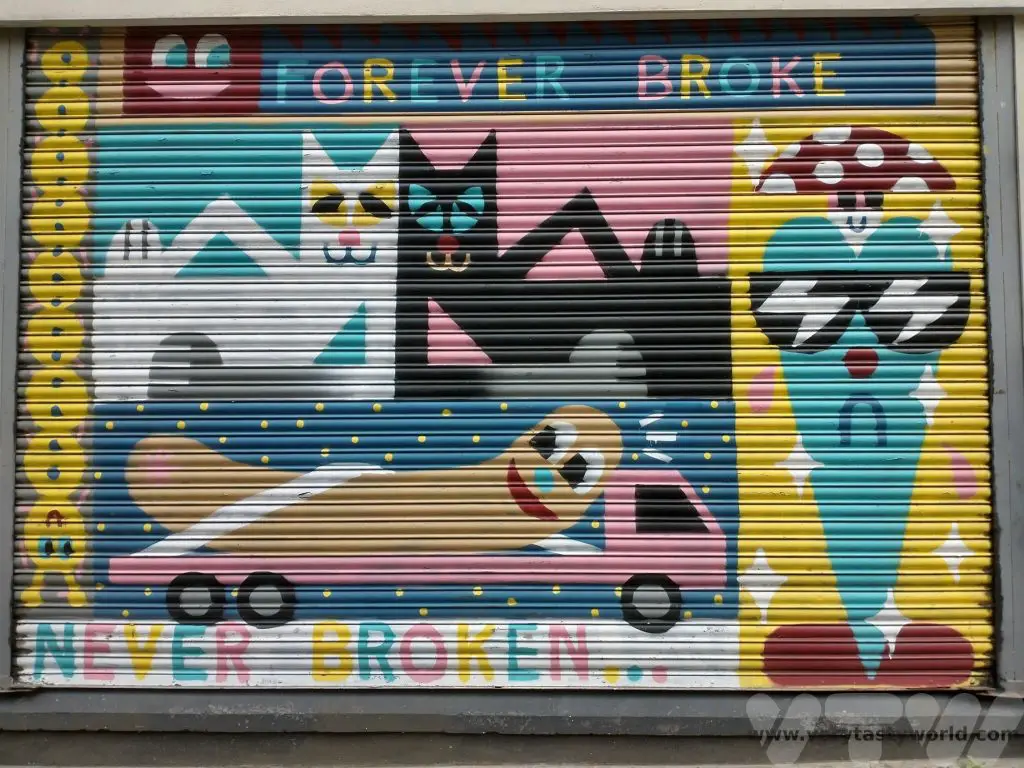
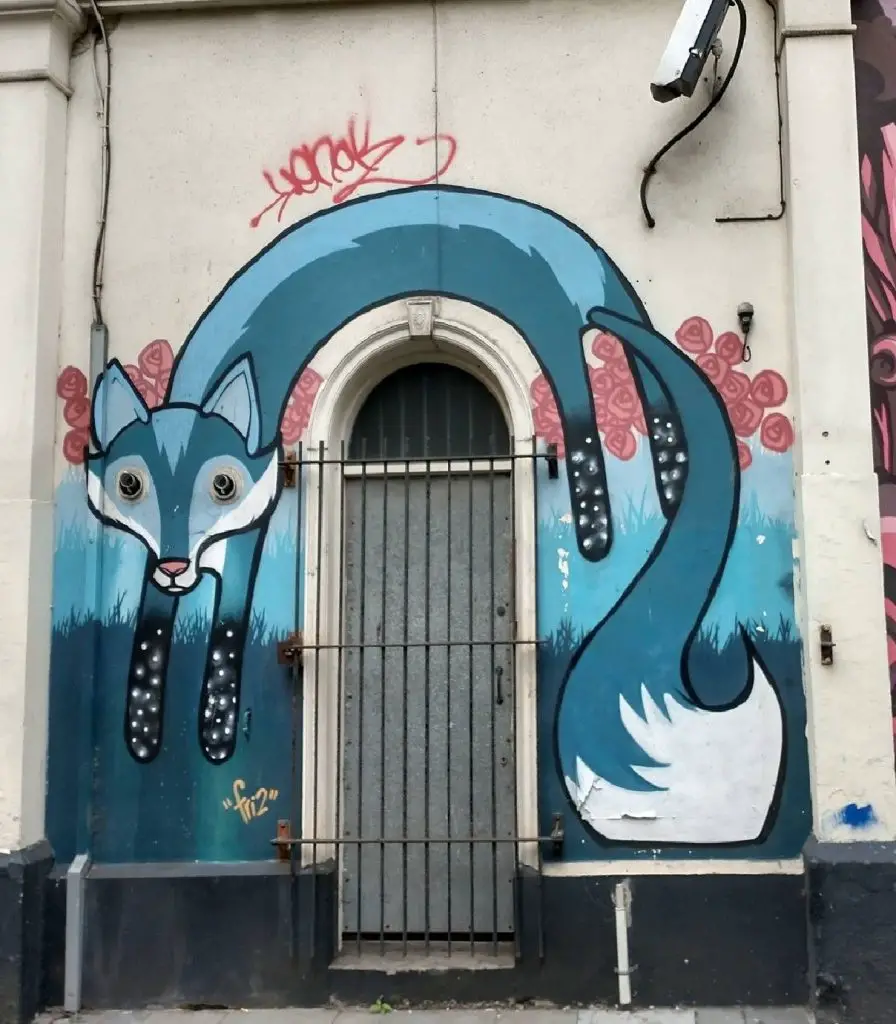
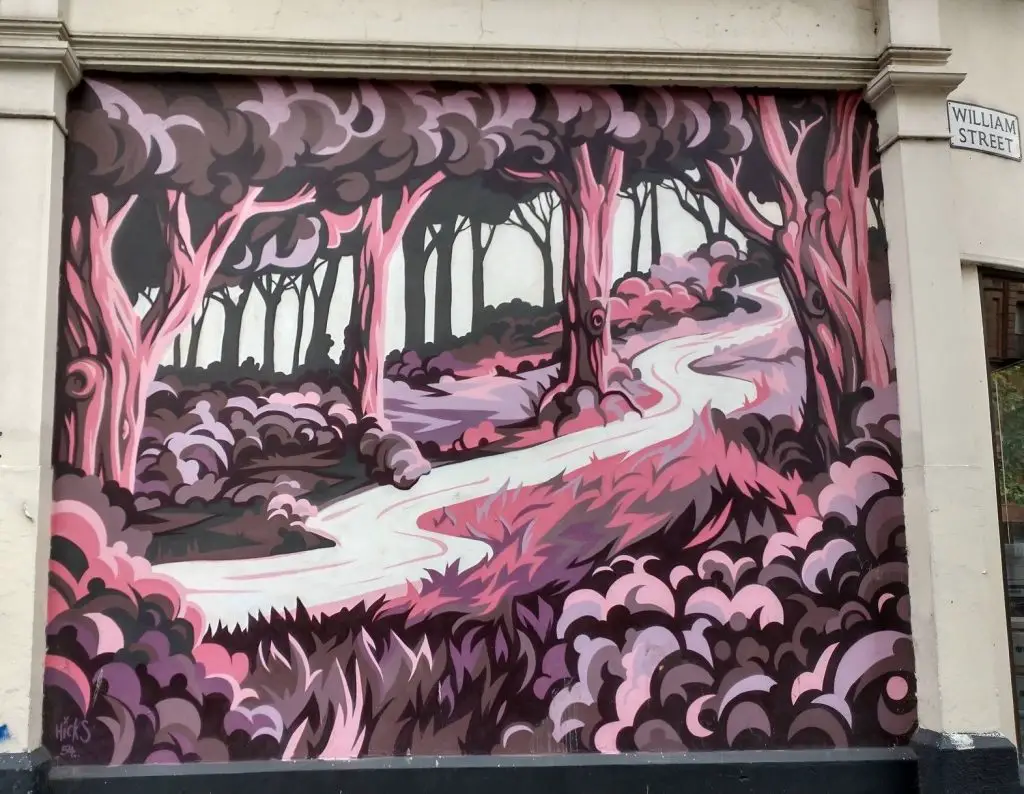
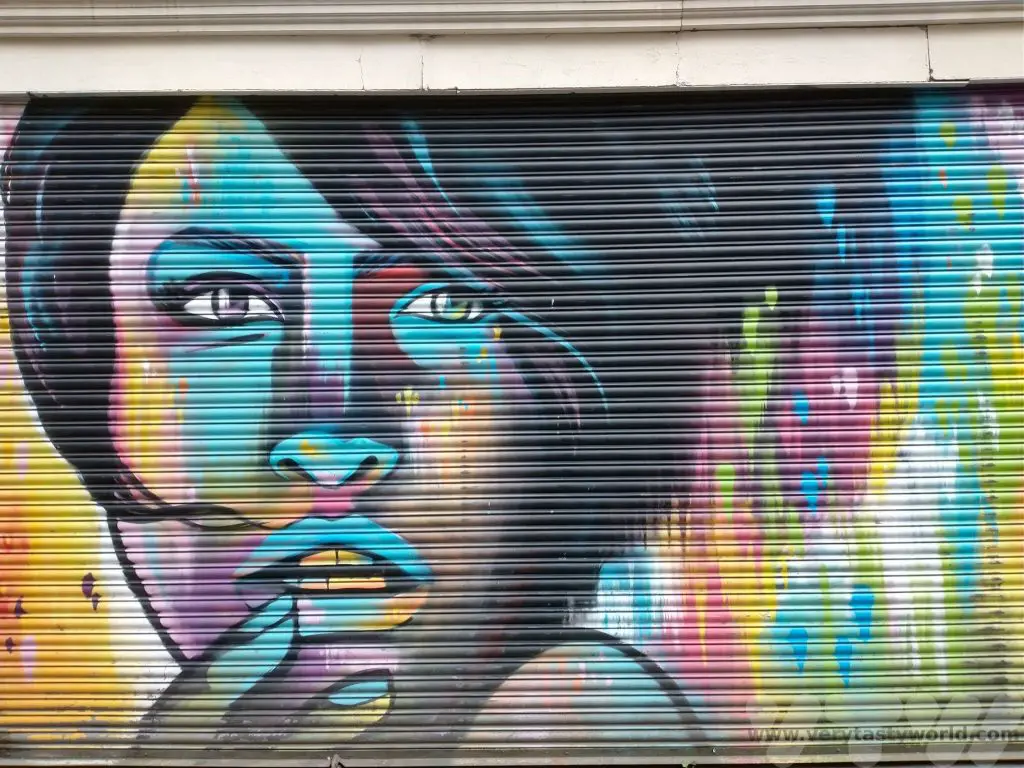
Things to Do in Belfast
The Titanic Experience is Belfast’s most popular tourist attraction. It’s worth setting aside a few hours to spend in this area.
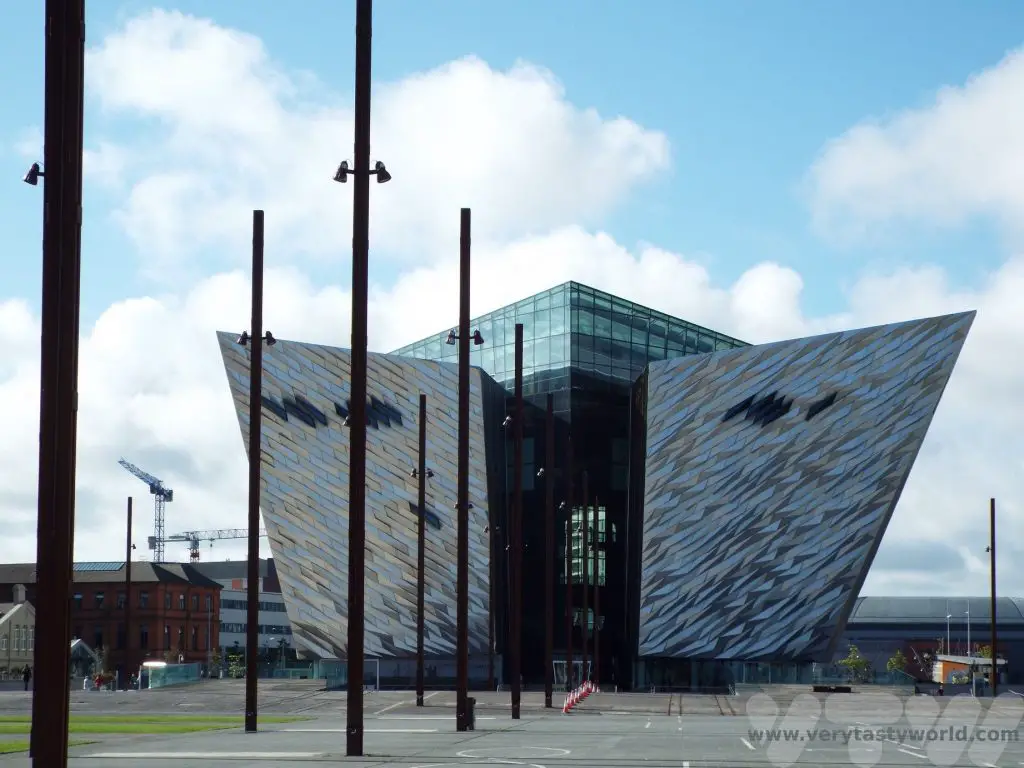
Housed in a gargantuan building located in the Titanic Quarter on the site of the former Harland & Wolff shipyard, visitors can embark on an extensive and highly interactive tour which shows the history of possibly the world’s most famous ship.
The tour depicts the story of the ship from its conception to the discovery of the wreck in its watery grave. It sets the narrative in the social context of Belfast’s history, notably its industries and particularly its shipyards. It also shows the construction process and includes a gentle theme park style ride through a mock-up of the shipyard.
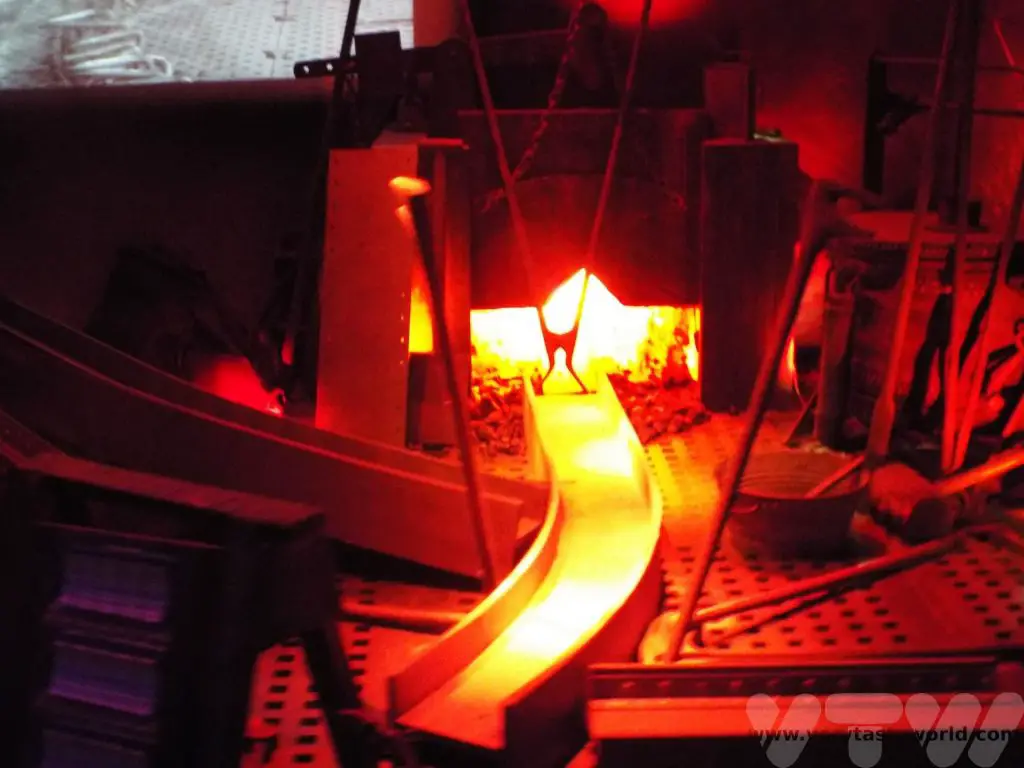
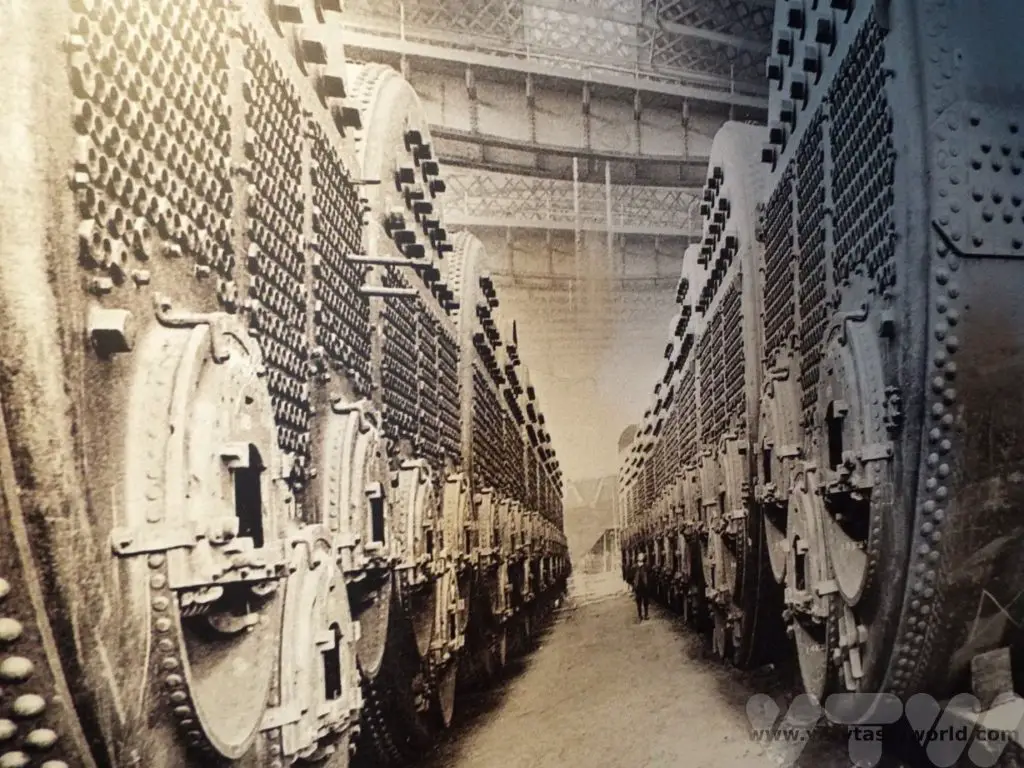
There are detailed displays showing how the ship was fitted out. It was interesting to learn about the facilities that were available for the different classes of passenger.
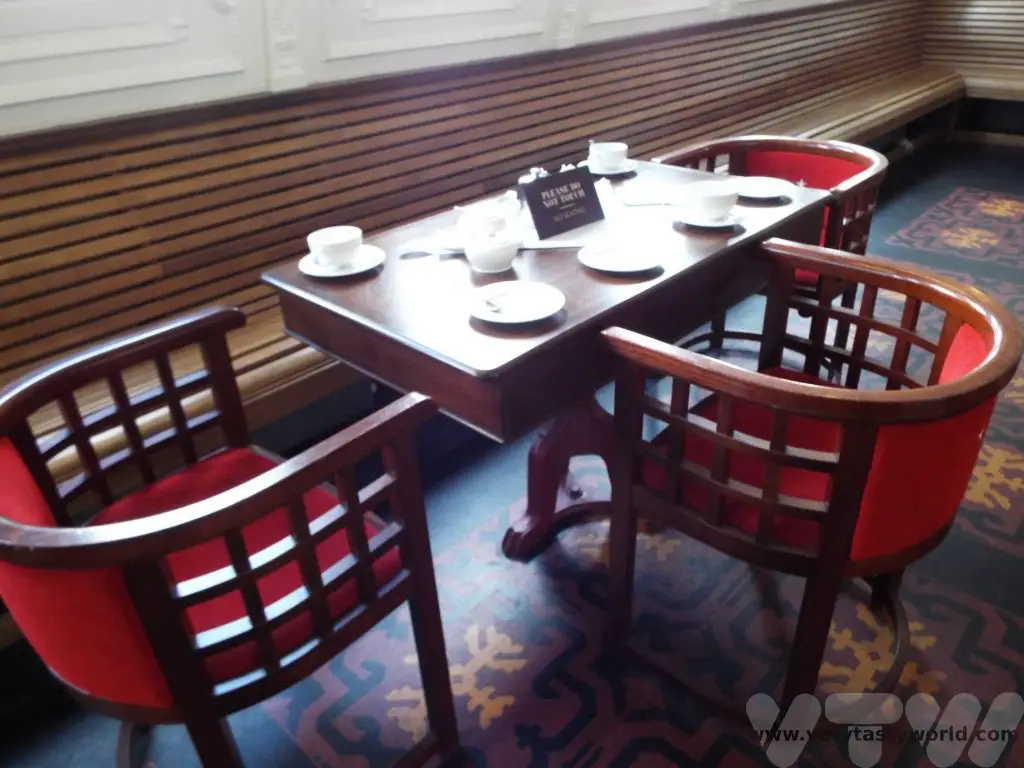
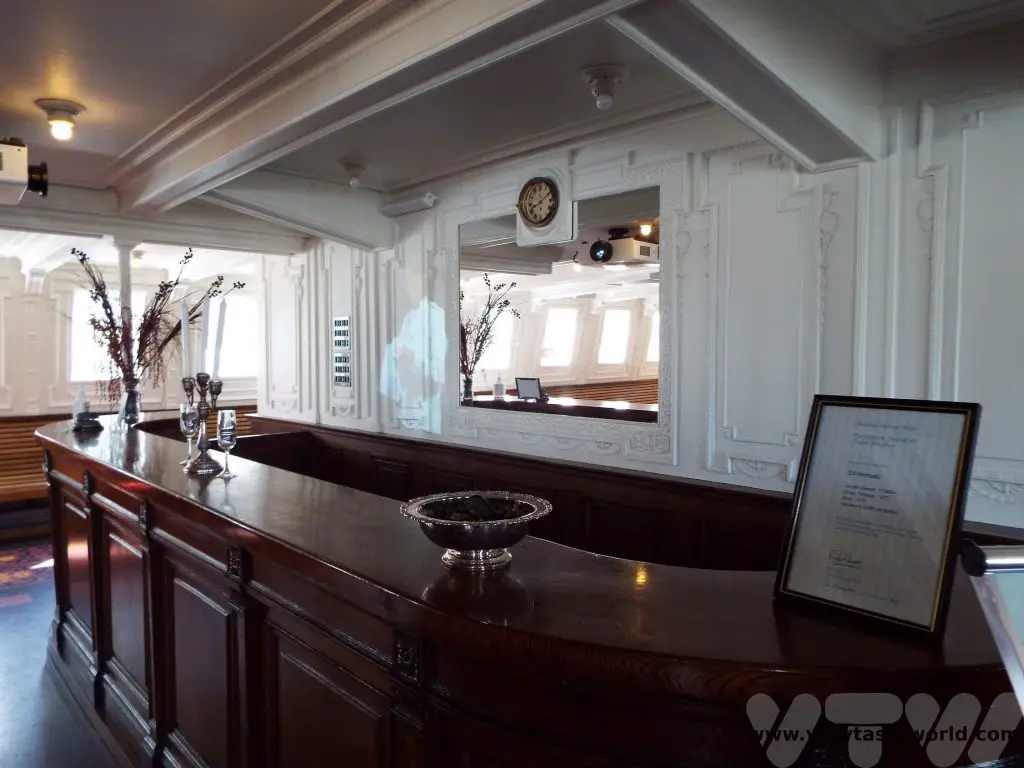
It provides information about the launch and the Titanic’s disastrous maiden voyage as well as the search for the elusive wreck, which was discovered many decades later, and the depiction of the disaster in the media and on film.
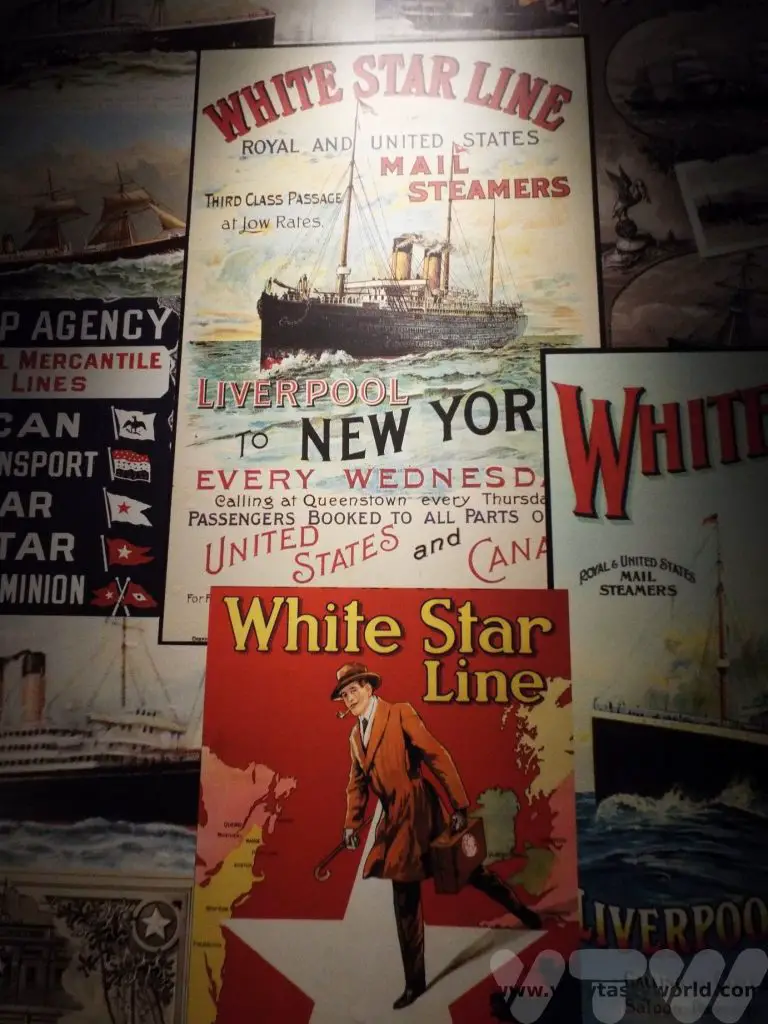
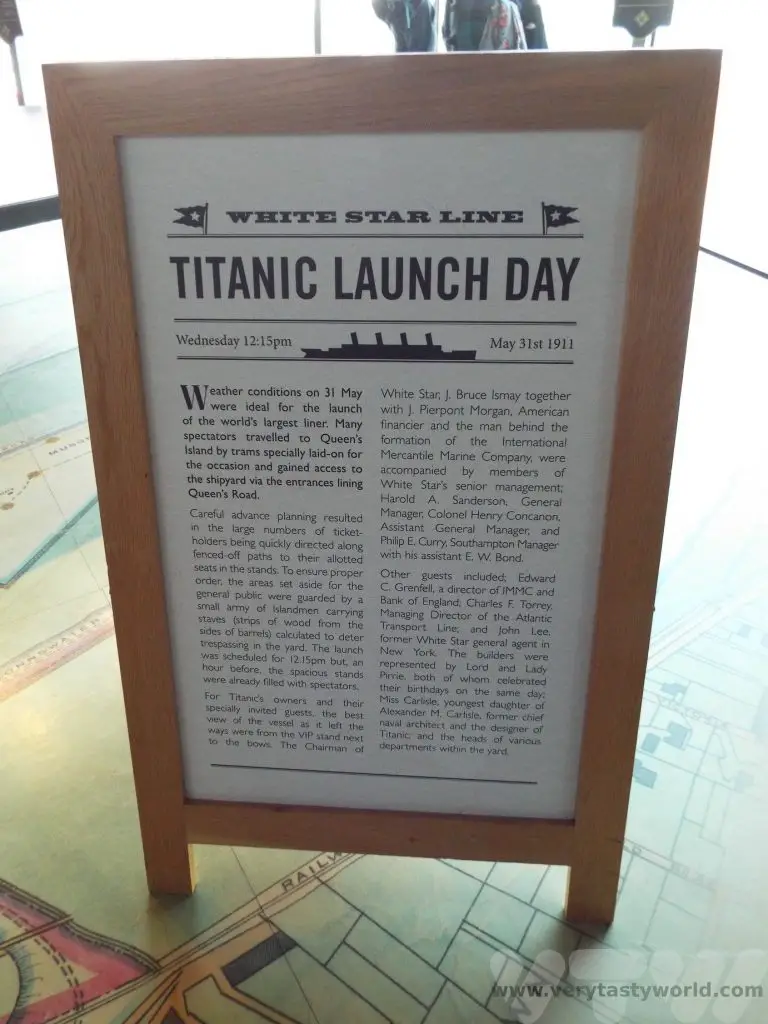
Included in our ticket price was a visit to the SS Nomadic which is located in a dry dock outside the main building. This was another White Star Line ship (the last surviving in the world), built at the same time as the Titanic but exactly one quarter of the size.
She was the tender ship which transferred passengers from the docks in Cherbourg to the Titanic. Because of its size the Titanic itself was moored in deep water away from the shore.
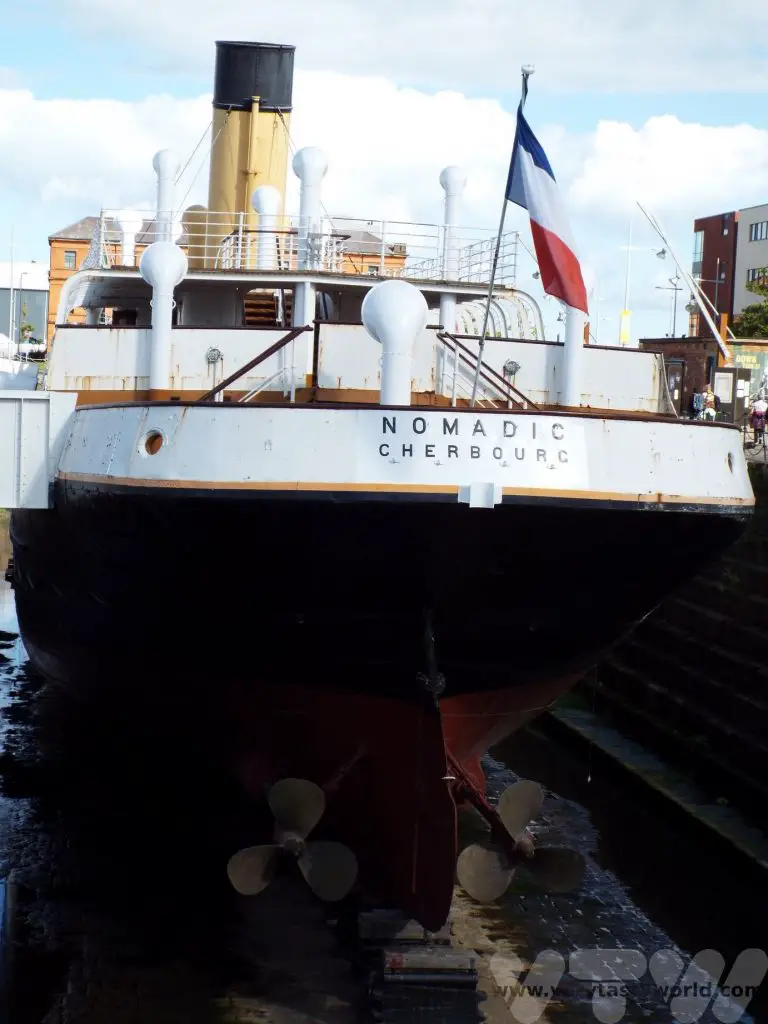
Since our visit, the Titanic Experience has been revamped and the reimagined experience, with an emphasis on telling the story of many of the people involved with the Titanic, launched in March 2023.
While you’re in the area, the Maritime Mile on the waterfront has a lot to discover, from historic attractions showcasing the area’s maritime history, art installations and a bunch of restaurants and shops.
Other Belfast attractions include the Crumlin Road Gaol, a prison that was operational between 1845 and 1996. It has been renovated and is now open to visitors.
Ulster Museum offers an extensive collection of artefacts, covering history, science and the natural world, as well as an art gallery.
Game of Thrones
With so many beautiful locations, it’s easy to see why this country has a thriving film and television industry. Northern Ireland offered one of the primary settings for the filming of the popular TV series Game of Thrones. Producers HBO hired Titanic Studios, a building located just behind the Titanic Experience, for much of the filming and they also used exterior locations dotted all over Northern Ireland.
If you are looking to see all the Game of Thrones locations there are several tours available in Belfast or, if you are driving yourself, you will spot loads of brown tourist signs on the roads indicating where to visit. Just south of Belfast is the Game of Thrones studio tour for fans of the show.
The Titanic Quarter has some Game of Thrones stained glass windows located along the waterfront as a tribute to the series.
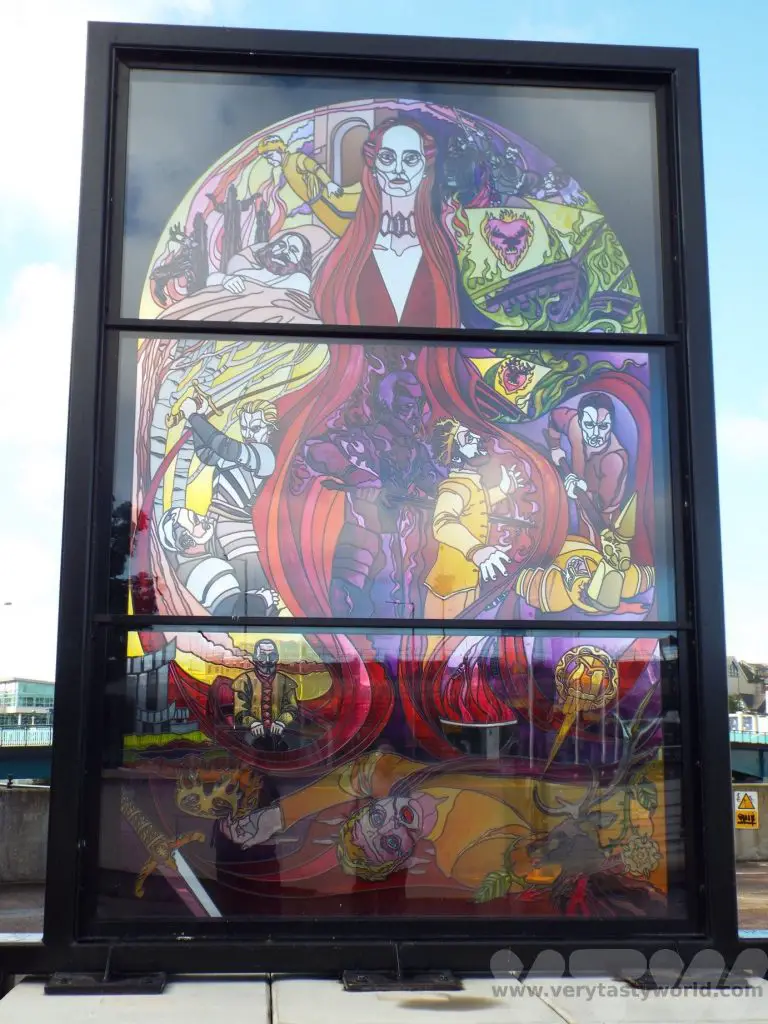
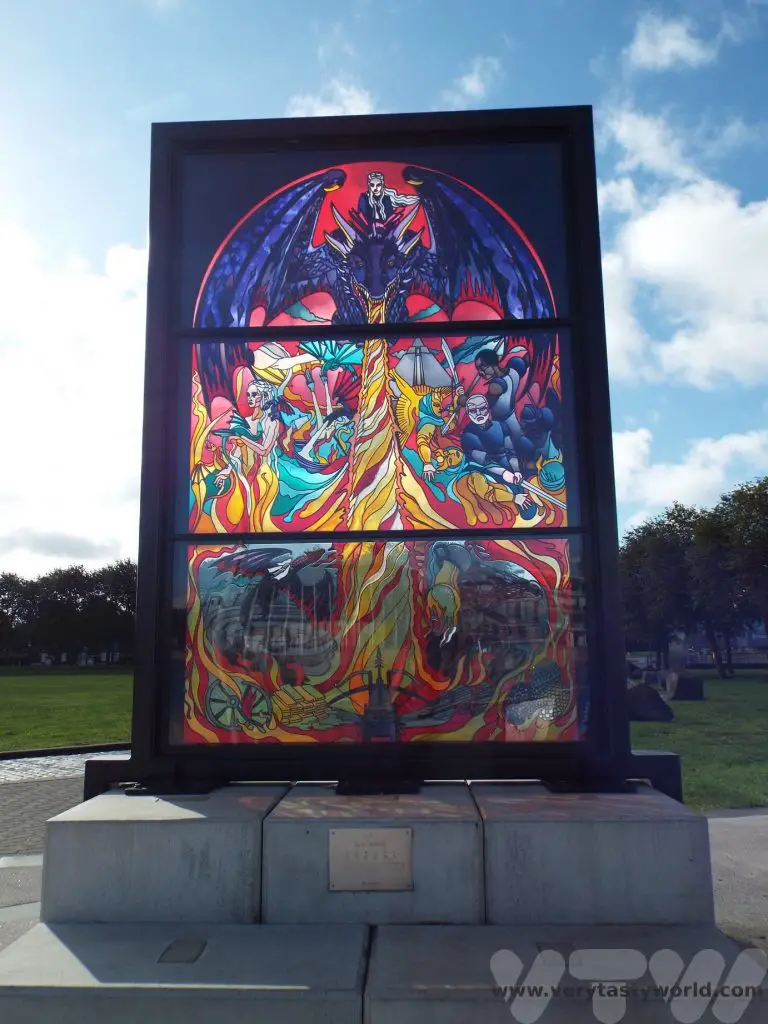
Driving To The Antrim Coast
We decided to spend a day on our Northern Ireland road trip driving from Belfast to Derry visiting many attractions along with way.
We headed out from Belfast to the Antrim coast, taking a quick detour to the Dark Hedges. This is an avenue of gnarled and twisted beech trees which were planted in the 18th century, one of many locations made famous by Game of Thrones. The trees are located on the Bregagh Road, Stranocum – follow the brown road signs to a car park which is very close by.
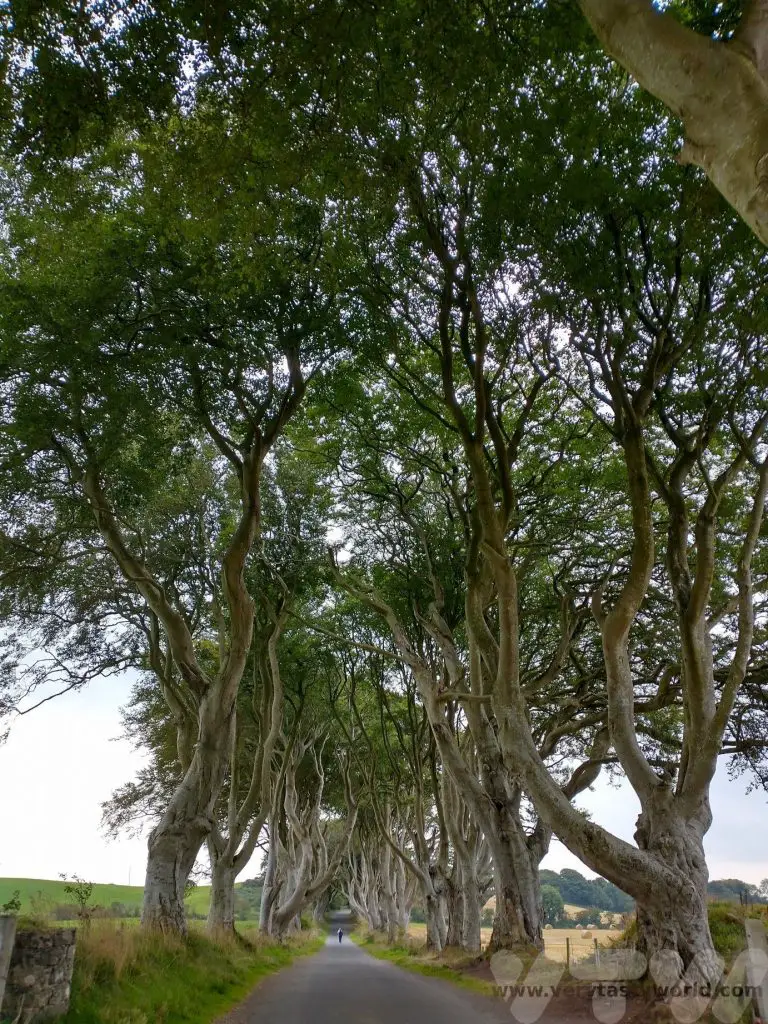
The Antrim Coastline is a place of great beauty and it’s a pleasure to drive along it. There are two locations that are unmissable.
Carrick-A-Rede Rope Bridge
The Carrick-A-Rede rope bridge was originally constructed by salmon fishermen over 350 years ago, it links the mainland with the teeny island of Carrickarede. The bridge has been rebuilt several times over the years. The current bridge is 20 metres across and is at a height of 30m above the sea.
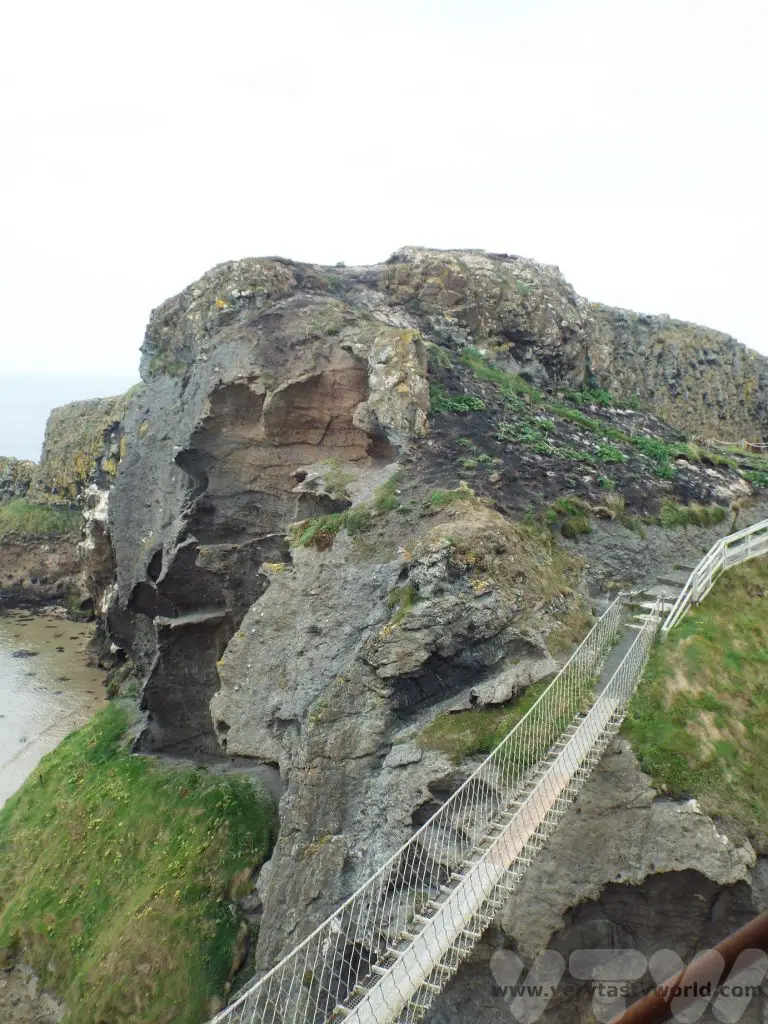
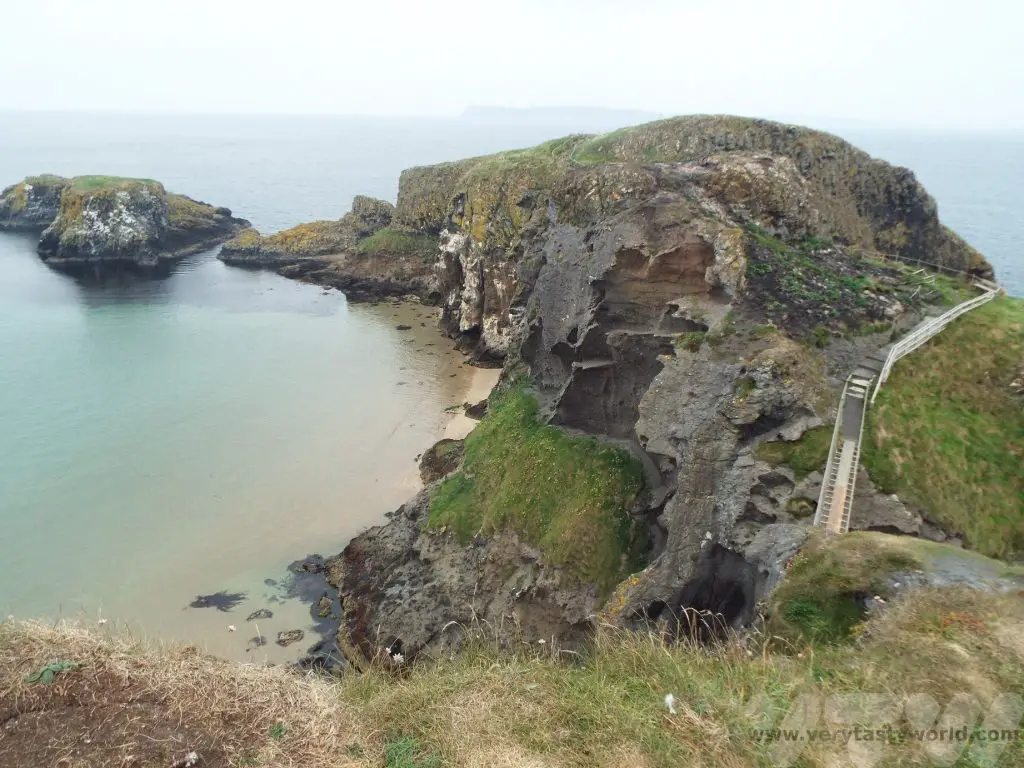
The car park is located on the North Antrim Coastal Path, just under a kilometre from Ballintoy village. Visitors need to prebook in order to cross the bridge. There is a car park (a fee applies) and the island is located along a coastal path – just follow the signs.
Sometimes the bridge is closed so it’s worth checking the National Trust website before visiting. Even if you can’t use the bridge it’s a stunningly beautiful walk along the coastline.
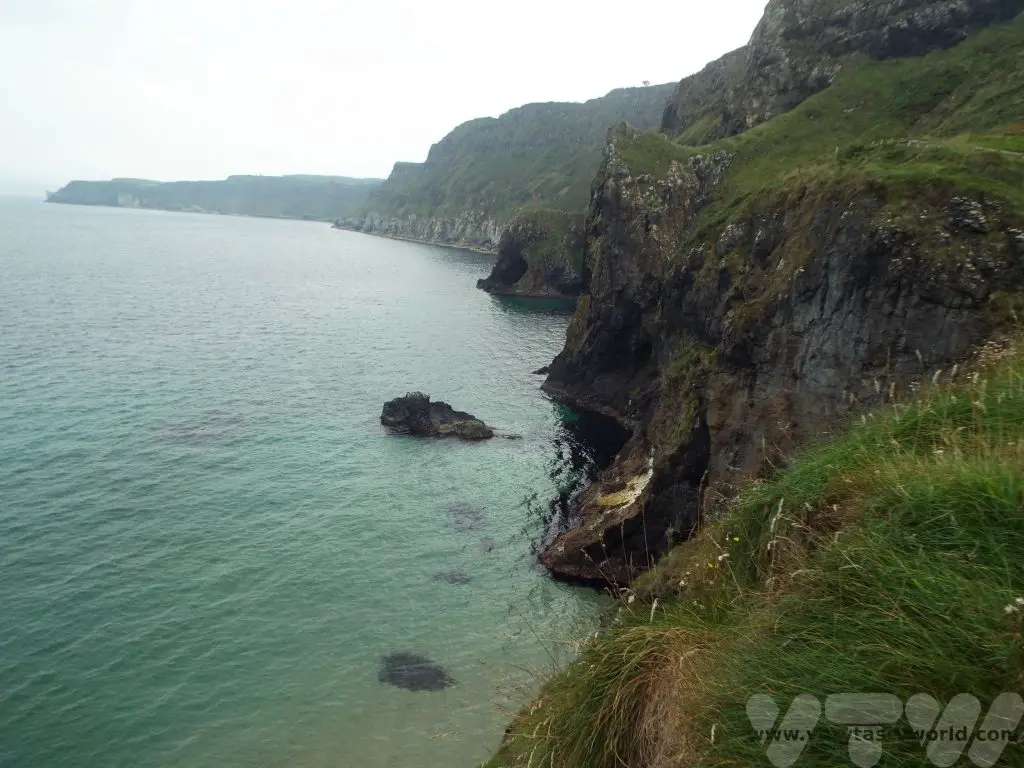
Giant’s Causeway
Around 11km along the coast from Carrick-A-Rede, the Giant’s Causeway was one of the attractions we had most wanted to visit on our trip. Mitch’s Geography A-level is entirely to blame, as it has been for all sorts of geographical attractions that we’ve visited over the years, from glaciers to oxbow lakes. Northern Ireland’s only UNESCO heritage site, the Giant’s Causeway is a wonder of nature.

It comprises some 40,000 basalt columns, largely in hexagonal shapes, that all interlock. They formed over 60 million years ago following volcanic eruptions which forced the layers of molten basalt to develop and then solidify on the chalk beds. As the lava cooled it contracted to form the columns, the relatively even rate of cooling determining that the liquid basalt settled into the characteristic shapes. But the cooling wasn’t totally uniform, so while most of the columns on the causeway are hexagonal, there are a few with more sides.
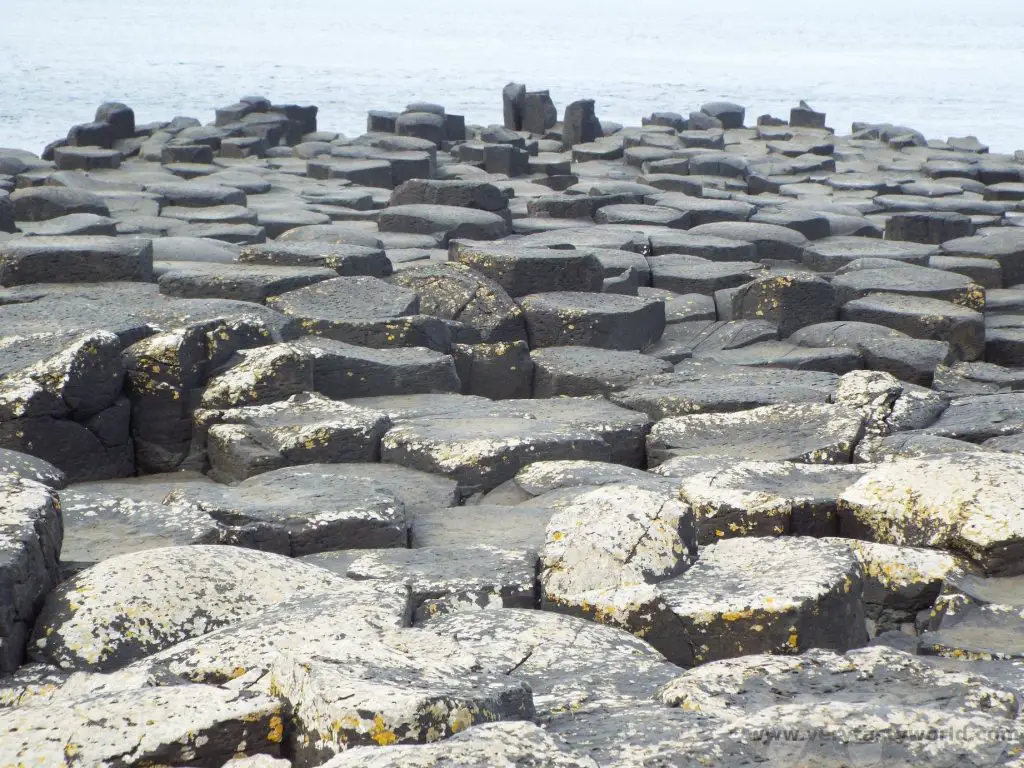
The causeway really is marvellous and, unsurprisingly, this is the most Instagrammed spot in Ireland. It’s possible to walk on the basalt columns themselves and there are a number of short hikes in the area that will take you to and from the visitor’s centre. Make sure you wear suitable walking shoes, the causeway can get slippery.
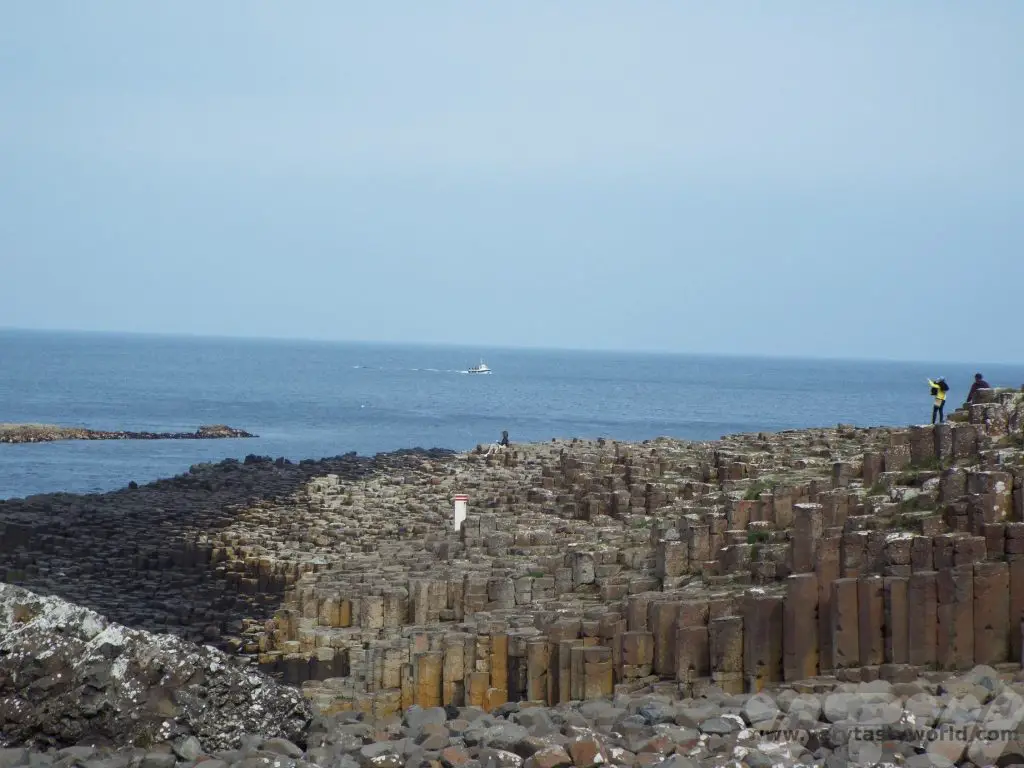
But alongside the geological wonder lies a legend. The giant of the eponymous causeway is Finn Macool who built it in order to take on rival giant Benandonner from Scotland. But Macool later learned that Benandonner was a much larger giant and would have presented a real challenge in a battle. So Finn’s wife had a very clever idea.
When they heard about the imminent visit from his rival she wrapped Finn up in baby clothes and placed him in a giant cradle. Benandonner arrived and was informed that Finn was not at home. And he was so shocked at the size of a ‘baby’ giant, he figured that the adult Macool must be enormous so he fled Ireland, destroying the causeway behind him to ensure that Finn wouldn’t follow.
Further Finn Legends
Finn was also the giant reputed to have scooped out a large portion of soil in Northern Ireland to chuck at his Scottish rival. Unfortunately he missed and it ended up in the sea, forming either the Isle of Man or Ailsa Craig. The scooped out hole in the earth became Lough Neagh.
There are all sorts of other legends about the various rock formations in the area. Finn’s giant camel, which was apparently his only form of transport when he wanted to cover long distances, can be seen on the approach to the causeway. Sadly it was turned to stone. There is most definitely a camel-shaped rock in the picture below.
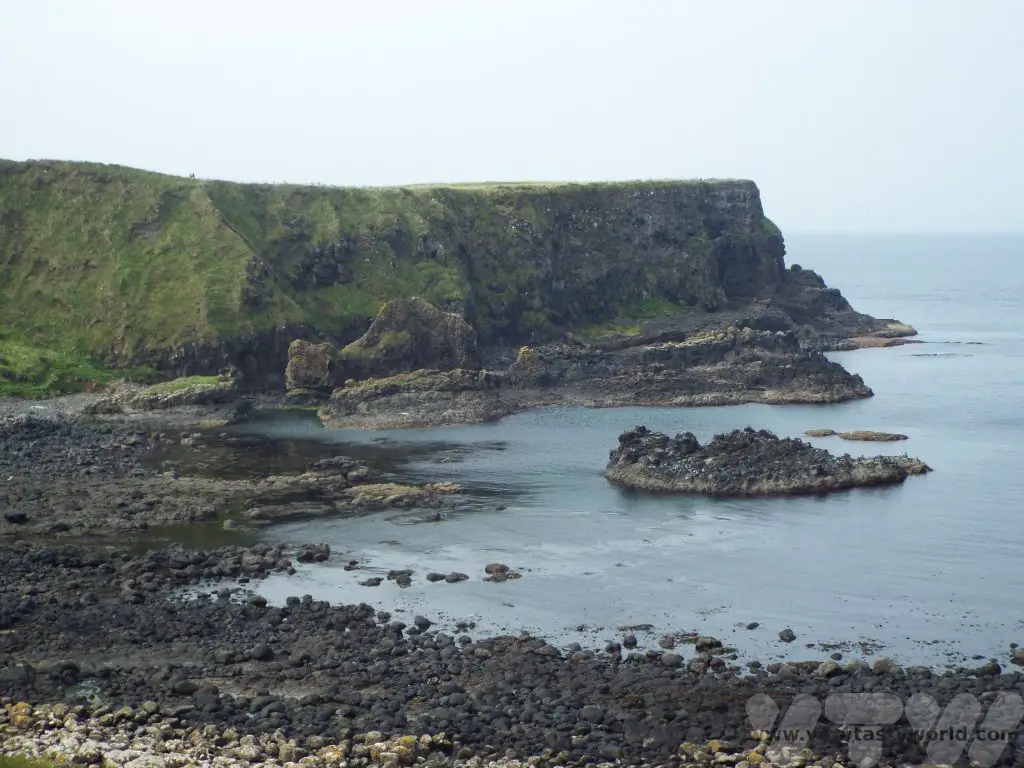
And apparently he used to play the organ – there are organ pipes on the headland overlooking the causeway, which are also basalt stacks.
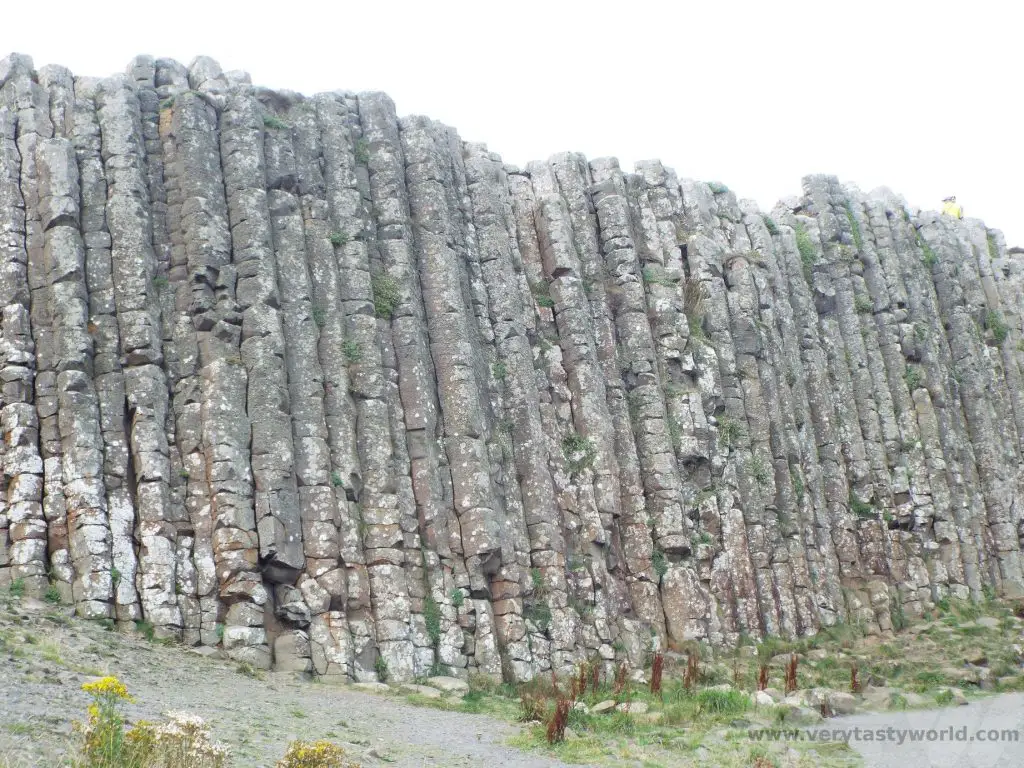
The Giant’s Causeway is a National Trust site, so members can visit and park for free. It’s advisable to pre-book tickets online, especially if you want a space at the local car park if travelling by car. The visitor’s centre has lots of information about the site and runs free guided walks for visitors – you are provided with a headset, because it can get very windy, and this ensures you can hear the commentary. We recommend a tour as the guides provide loads of geological information as well as stories of the giant’s legends.
Bushmill’s Distillery
Moving inland, Bushmill’s is Northern Ireland’s best known whiskey distillery and the oldest working distillery in the world. It dates from 1608 when King James granted a licence and is named for all the mills located on the nearby River Bush. It offers distillery tours and tastings.
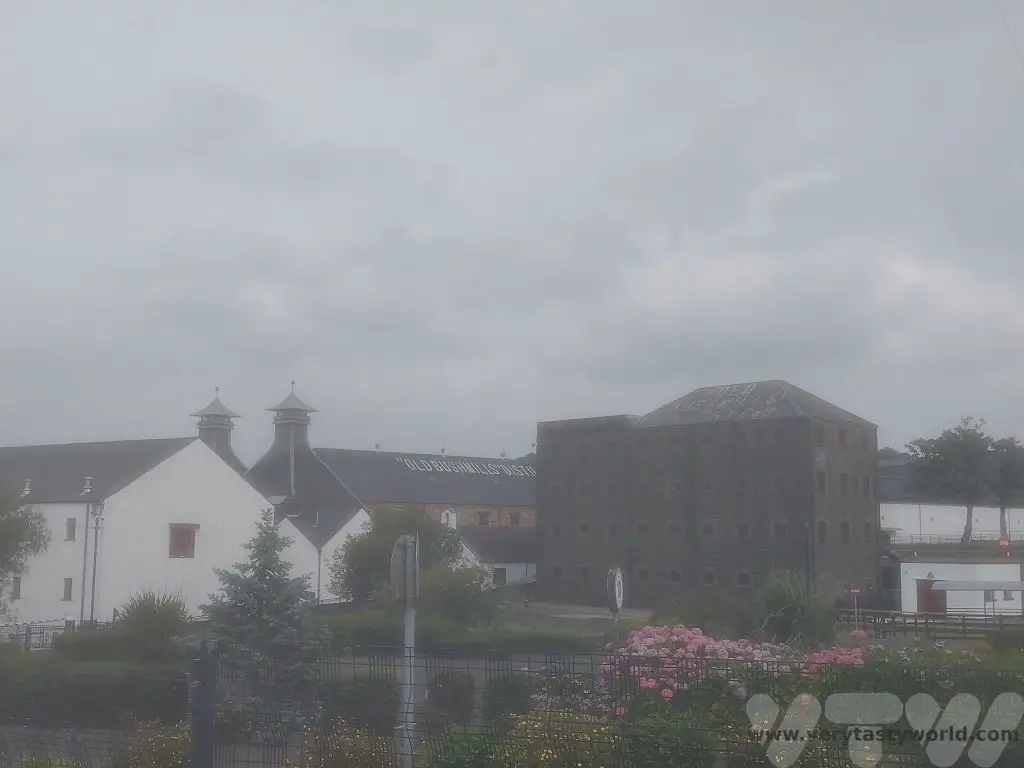
Old-Fashioned Seaside
If you’re looking for a bit of beach time, head back to the coast and then travel west to Portstewart or Portrush which are both popular locations. Portrush offers amusement parks and arcades whereas Portstewart enjoys a long beach with promenade. Portstewart also boasts Morelli’s ice cream parlour, established in 1927, which has a fantastic reputation for really good ice cream.
Derry
Continuing in a westerly direction we arrived at Derry – also known as Londonderry. It is the second largest city in Northern Ireland.
This is the only city in Ireland to have retained its original walls and is considered to be amongst the best walled cities in Europe. Walking the city walls is an essential activity in Derry.
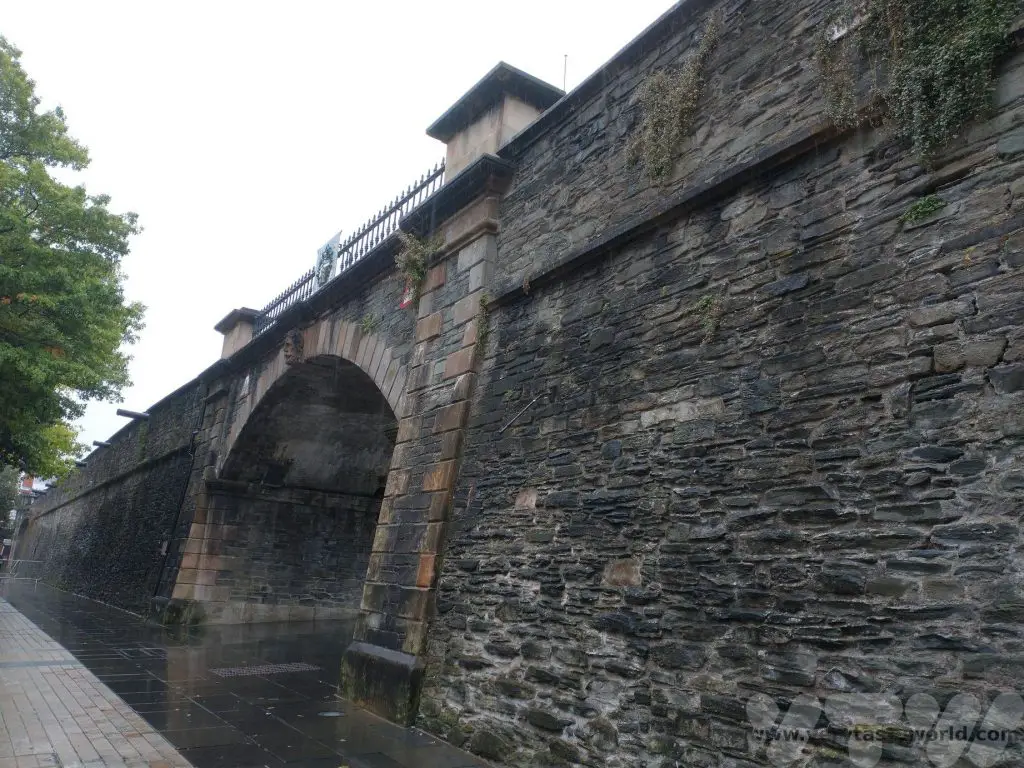
The walls were built in the 17th century by the Irish Society in order to protect the city from English and Scottish settlers. The Siege of Derry started in 1689 when apprentices locked the gates against invading forces loyal to James II. Eventually, the king himself arrived to demand a surrender but the citizens refused. The siege lasted several months and the walls were never breached – ships on the river Foyle eventually managed to get supplies to the hungry but stubborn Derry folk.
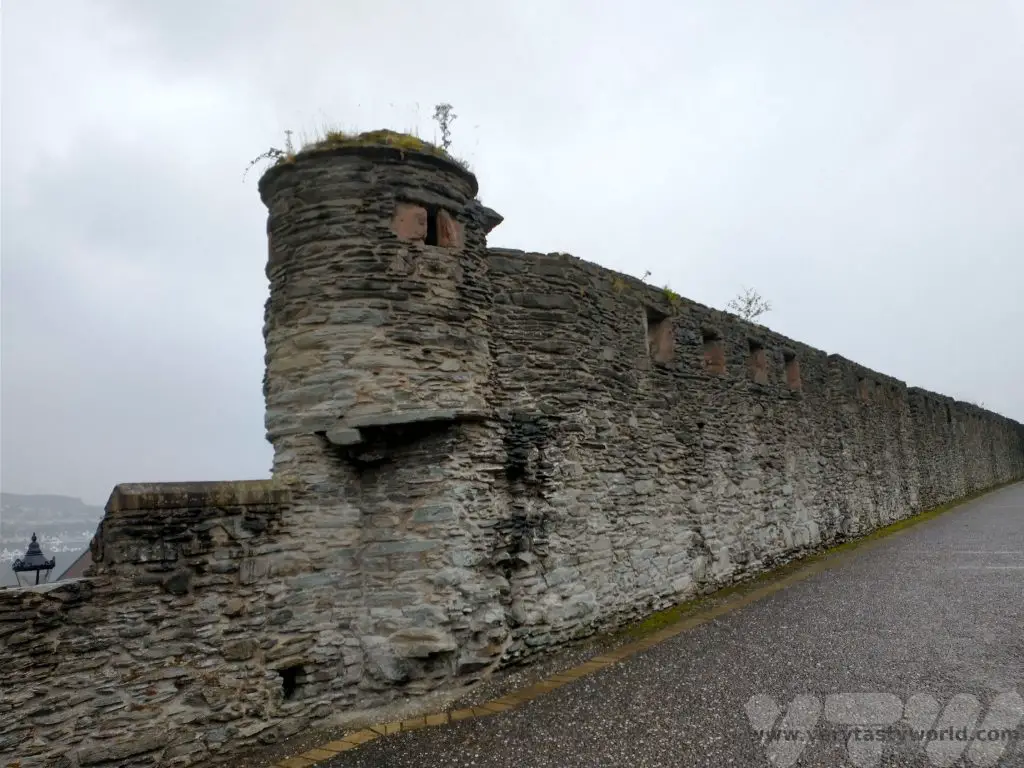
The city walls are around 1.5km in length and take around 20-30 mins to walk around. There are seven gates: Shipquay Gate, Butcher Gate, Bishop’s Gate and Ferryquay Gate are the four original gates, with New Gate, Castle Gate and Magazine Gate being added later. Many defensive cannon can still be seen.
St Columb’s cathedral is is dedicated to Saint Columba who was an Irish monk who set up a Christian settlement to the area and then brought Christianity to Scotland after being exiled from Ireland. Construction on the cathedral started in 1628 and it is the first cathedral to have been built following the Reformation in the UK.
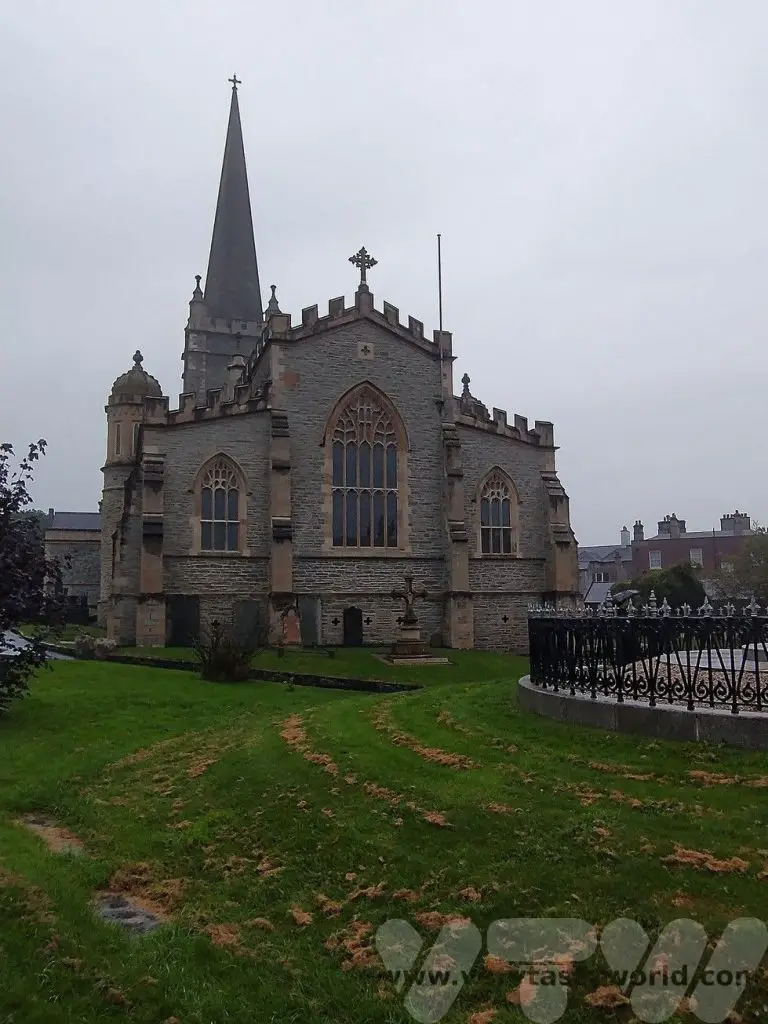
Derry’s beautiful Guildhall is where the city council meet. Completed in 1890 the design of the distinctive clock tower was influenced by the Elizabeth Tower in London, more commonly known as Big Ben (which is actually the bell of the great clock).
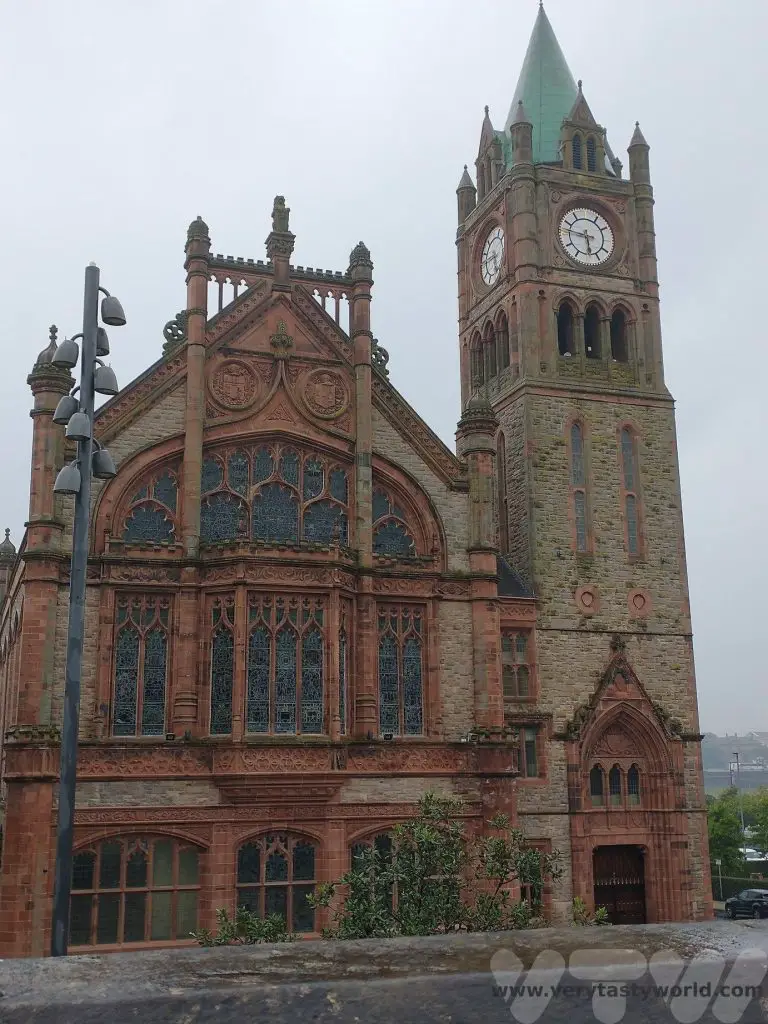
Derry has a history of sectarian tension and is the place where the conflict known as the Troubles began. The Battle of the Bogside took place in 1969 and this area was also the location of the Bloody Sunday incident in 1972. The Museum of Free Derry is dedicated to the struggle for civil rights in the region in the context of the creation of Free Derry in the 1960s and 1970s.
The street art has a political edge.
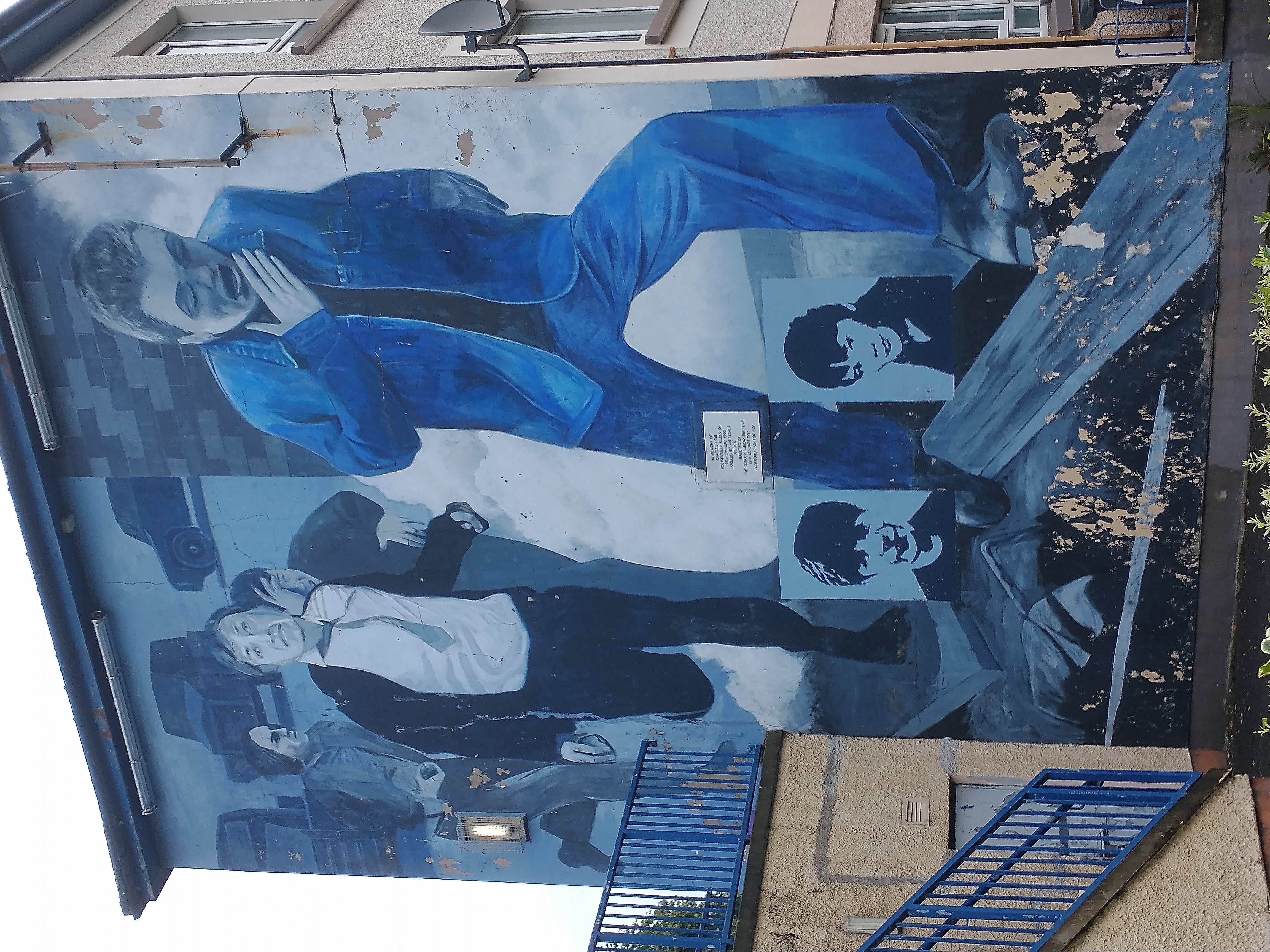
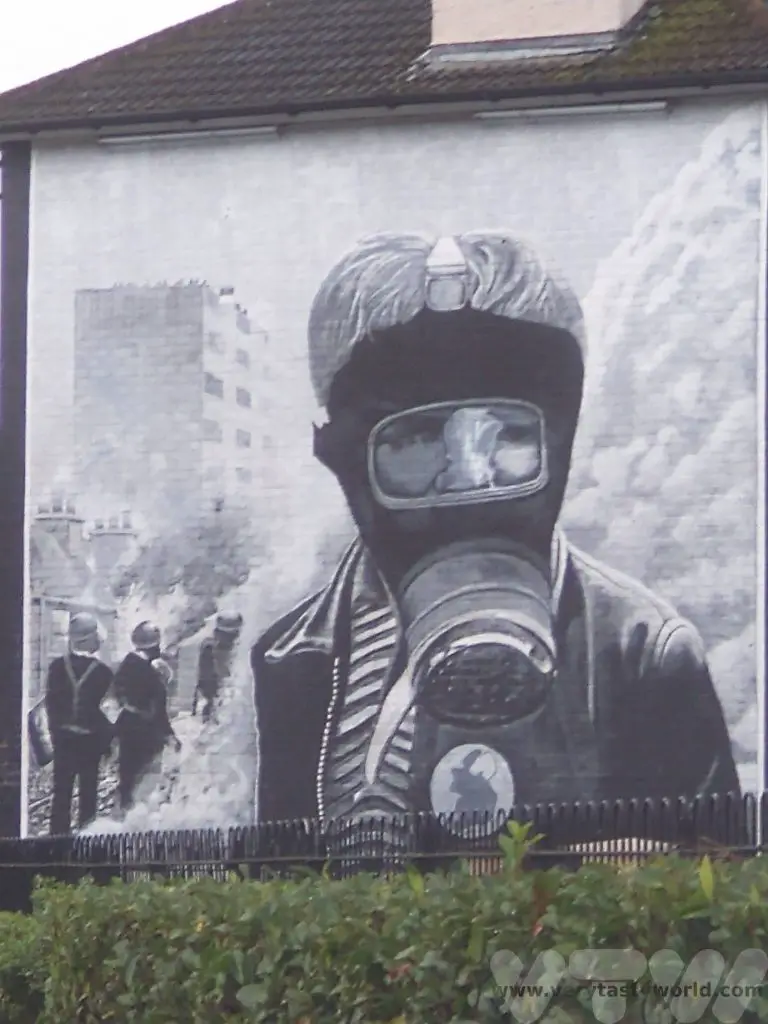

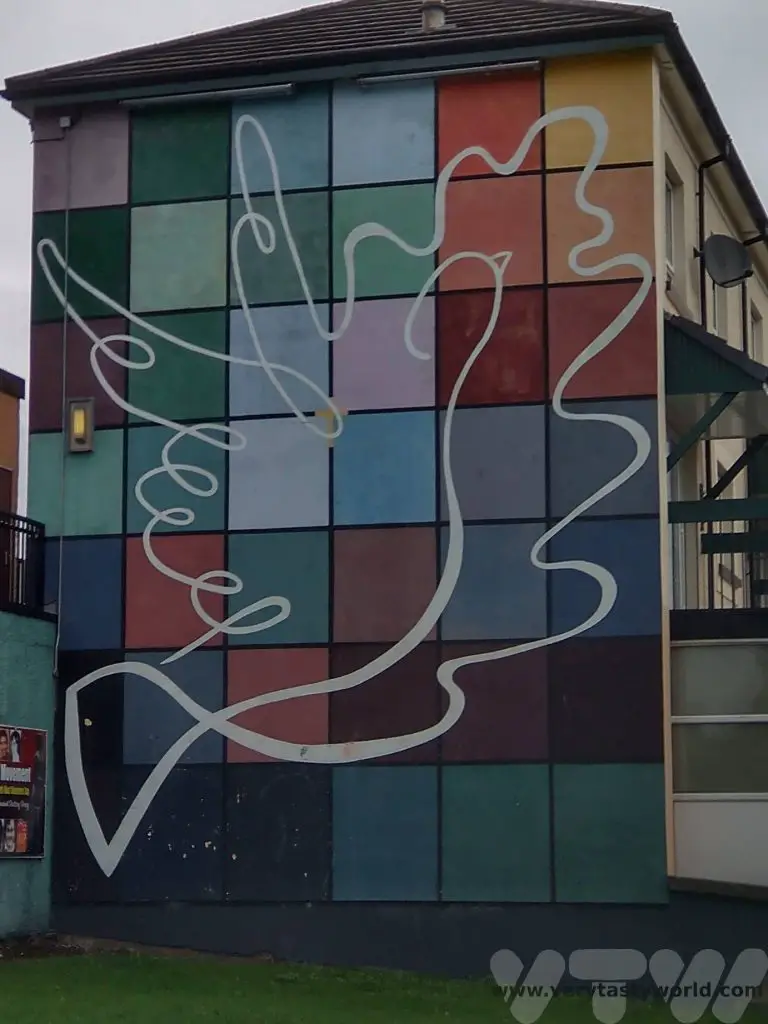
Free Derry corner is a landmark in the Bogside area where nationalists declared an autonomous area in the 1960s and 70s. Originally graffiti on the gable wall of a terraced house, the houses were demolished in later years but the wall remains.

The Good Friday Agreement in 1998 ended a significant amount of the violence associated with the Troubles. It acknowledged that that the majority of the people of Northern Ireland wished to remain a part of the United Kingdom and that a substantial section of the people of Northern Ireland, and the majority of the people of the island of Ireland, wished to bring about a united Ireland.
The Derry Peace Bridge was opened in 2011. It’s a bicycle and footbridge which crosses the River Foyle and links the Waterside area, which is mainly unionist, with Cityside, which is largely nationalist.
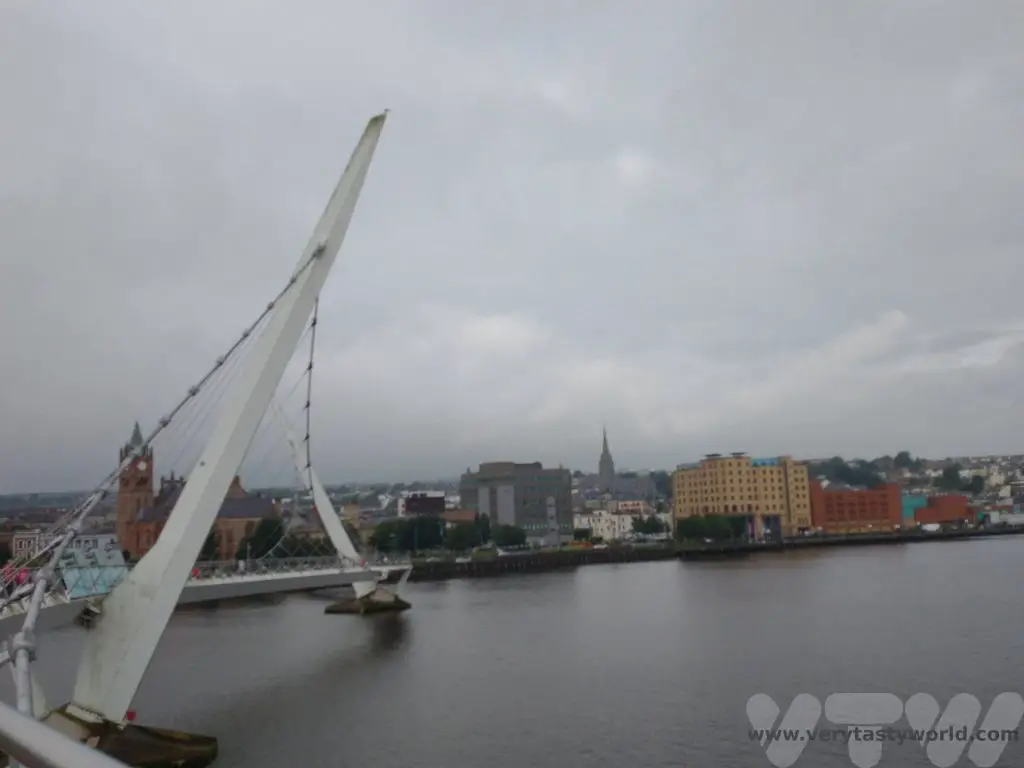
Browns in Town
A recommendation for foodies is Browns in Town, a sister restaurant to the fine dining establishment Browns Bonds Hill, a Michelin-starred restaurant with an excellent reputation. Located on Strand Rd, Browns in Town offers modern Irish cuisine – fine dining at exceptional prices. We enjoyed pan seared scallops with smoked beef, celeriac and a red wine jus, a pork wellington with jus, and pressed beef, served with a side order of champ – an Irish dish comprising creamy mashed potato with spring onion (and lashings of delicious butter).
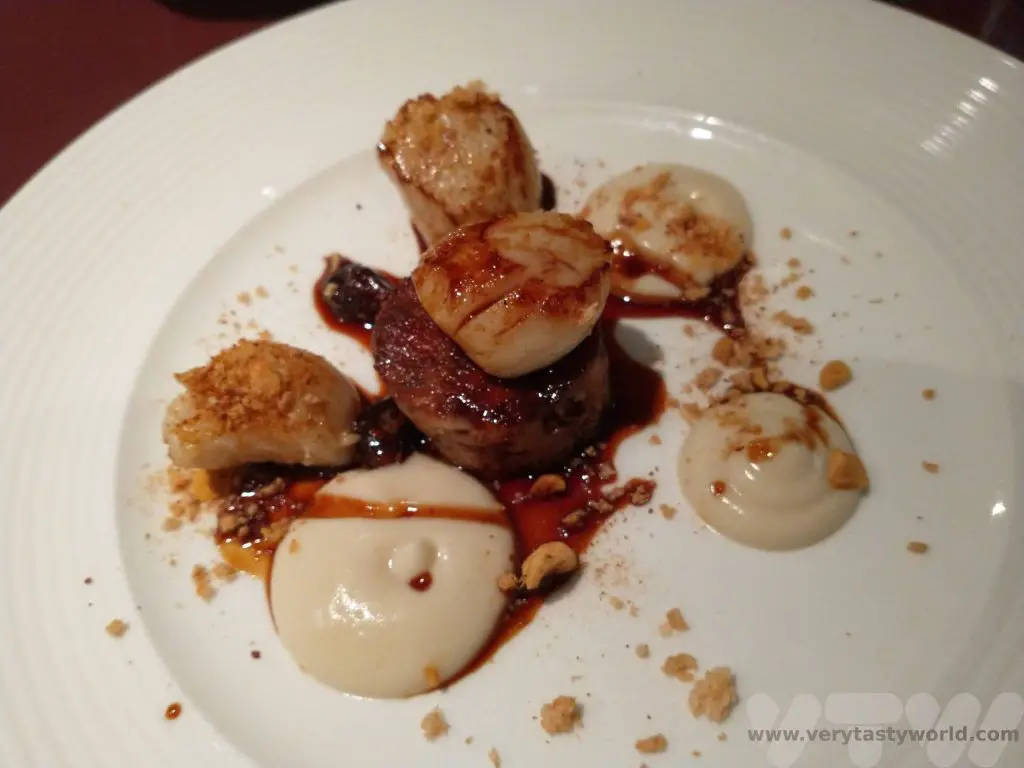
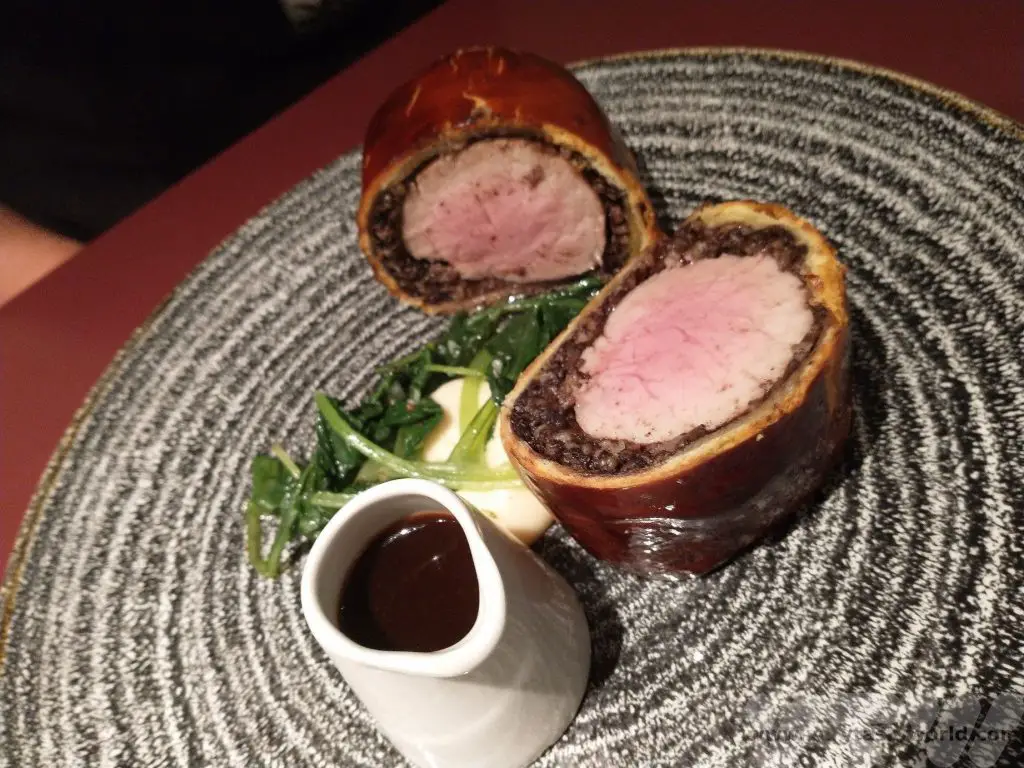
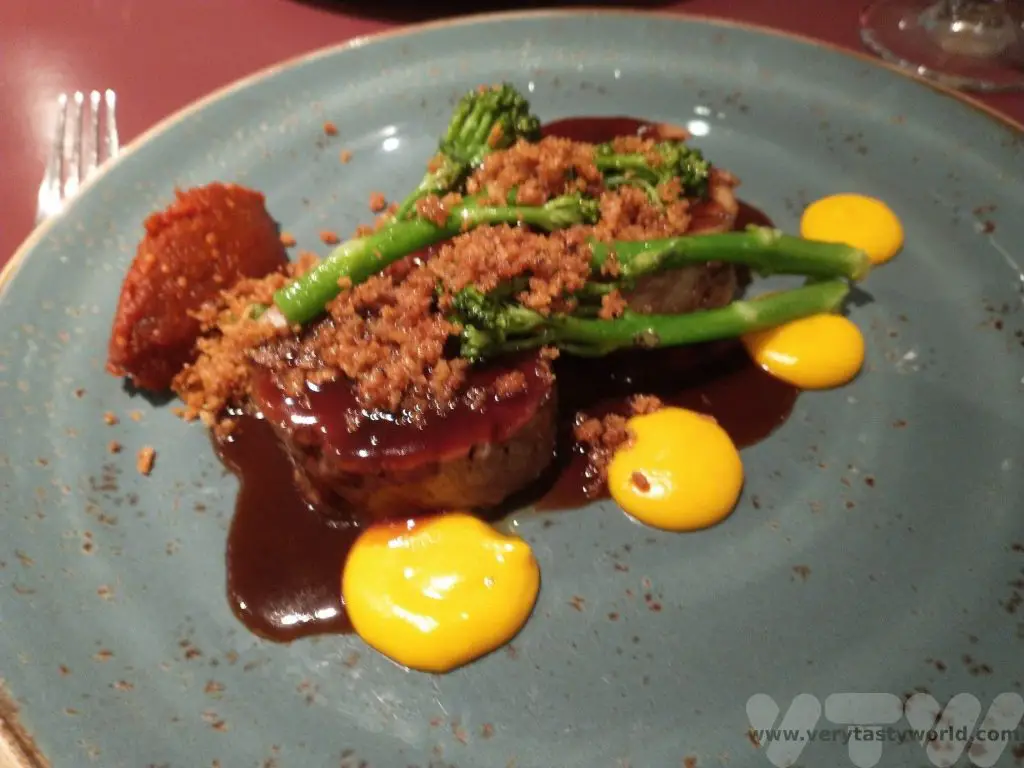
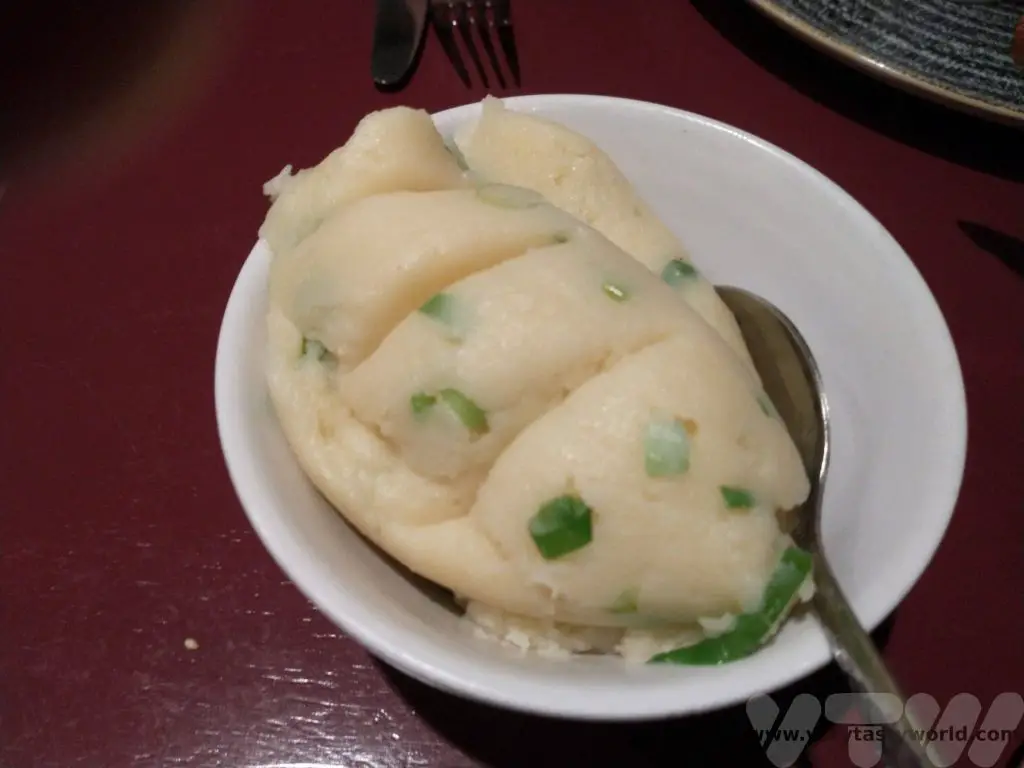
We visited Northern Ireland as part of a longer road trip where we also followed much of the Wild Atlantic Way in the Republic of Ireland. We can highly recommend this beautiful area with its very friendly people as a great place to enjoy a few days.
Belfast is just a couple of hours’ drive from Dublin. This blog post by faheyjamestravel has a list of things you can do there.

RECIPE: Biryani Raita Recipe
There are many cuisines around the world that use yoghurt-based dips or sauces to accompany particular dishes. Tzatziki is a Greek dish which incorporates cucumber and herbs into a Greek yoghurt. Salatat Khyar is an Arabic salad which is similar to tzakziki in that it uses cucumber and mint with the yoghurt but can be eaten as a standalone salad. And then there’s raita, often used in Indian cuisine as an accompaniment to ‘cool’ the spiciness of a main dish. This biryani raita recipe is simplicity itself to make and really delicious.
Yogurt is ideal to counteract the heat of chillies in any dish it accompanies. There’s a protein called casein which is found in dairy products. It binds to the active component of chillies which is called capsaicin and is the main cause of the burning sensation in the mouth. The casein helps soothe the burn. If you eat a spicy chilli, a drink of milk will help quash the heat far better than water.
(The combination of chilli and cheese in Bhutan’s national dish is cleverly designed to be spicy but the intense heat is tempered by the cheese.)
Raita uses cucumber but it can also have other vegetables such as onion and carrot, often diced. This dish can easily be adapted to incorporate different vegetables or even spices. If you wanted to add a warm earthiness, chuck in a teaspoon of cumin. Or add a touch of fire with a teaspoon of chilli or paprika. Harissa is a nice addition for a Middle Eastern dish. Similarly, you can vary the herbs – mint is a lovely alternative to the coriander or you can just add both in.
Our biryani raita is fantastically flexible in accompanying so many different types of dish.
Biryani Raita Recipe
Ingredients
3 heaped tbs plain natural yoghurt
2 garlic cloves (use 1 if you’re not so keen on garlic or are planning on kissing someone later on in the day)
Juice of half a lemon
Half a cucumber
2 spring onions (green onions)
Bunch of coriander/cilantro (mint also works really wall, or combine the two)
Pinch of salt. We particularly like crystal salt rather than table salt
Method
Grate the cucumber.
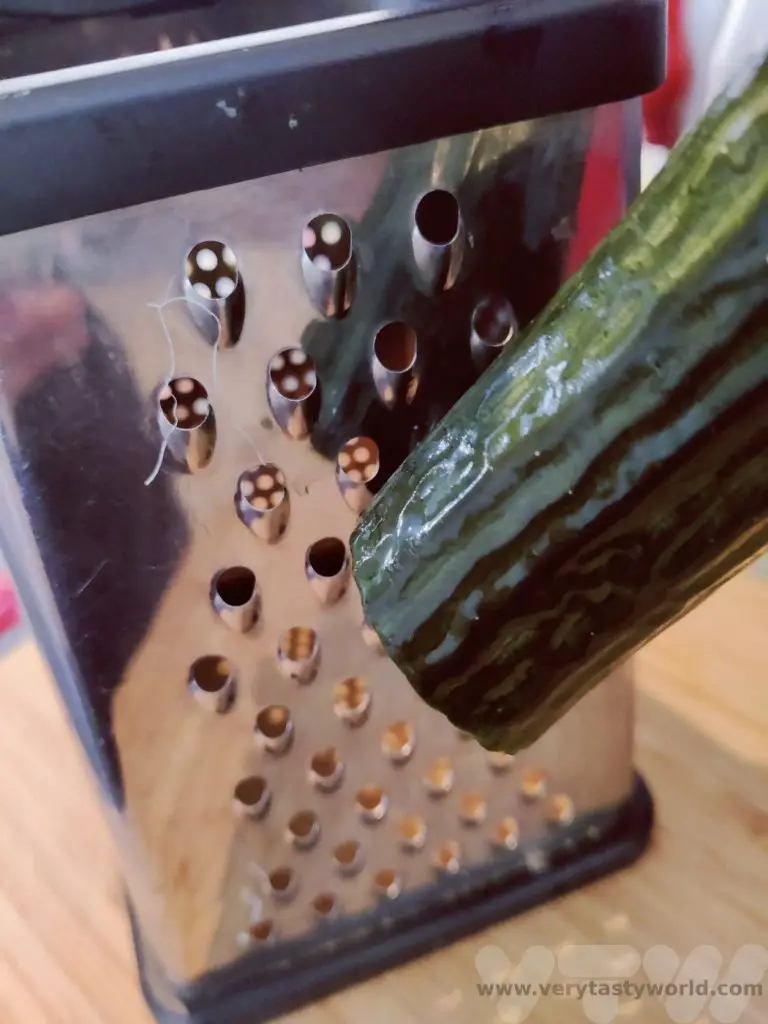
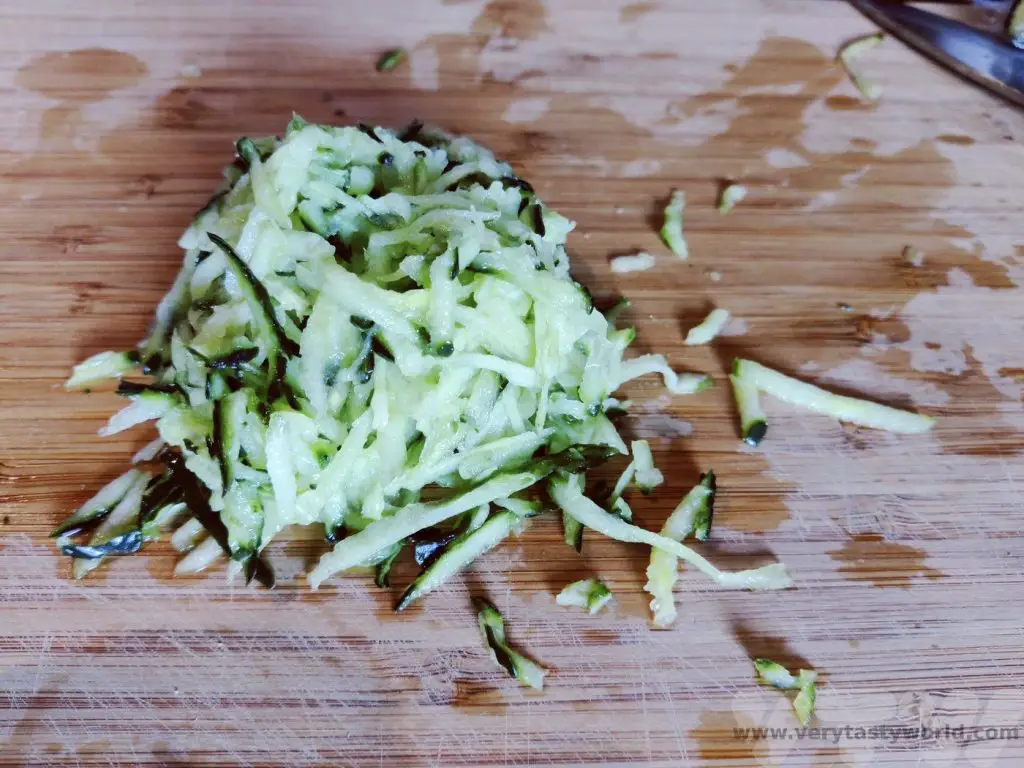
Gather up grated cucumber and squeeze the water out.
If you wish you can wrap the grated cucumber in a tea towel to absorb the rest of the water. It’s important to get as much water out of the cucumber as possible to avoid the raita becoming watery.
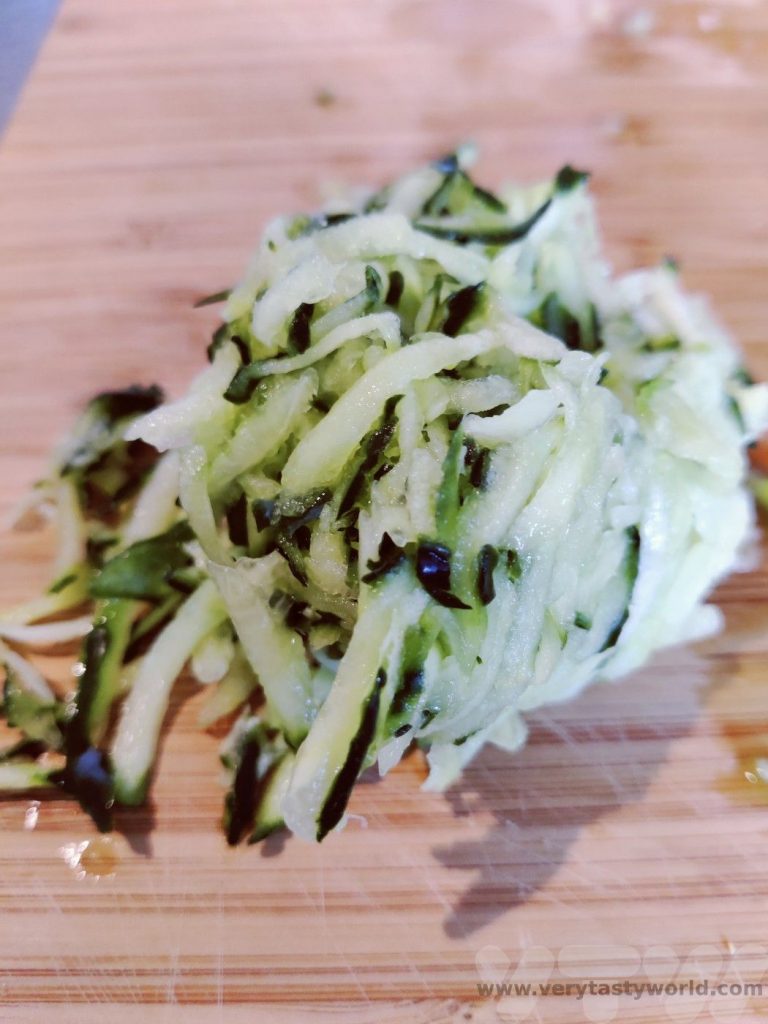
Finely chop the spring onions and coriander.
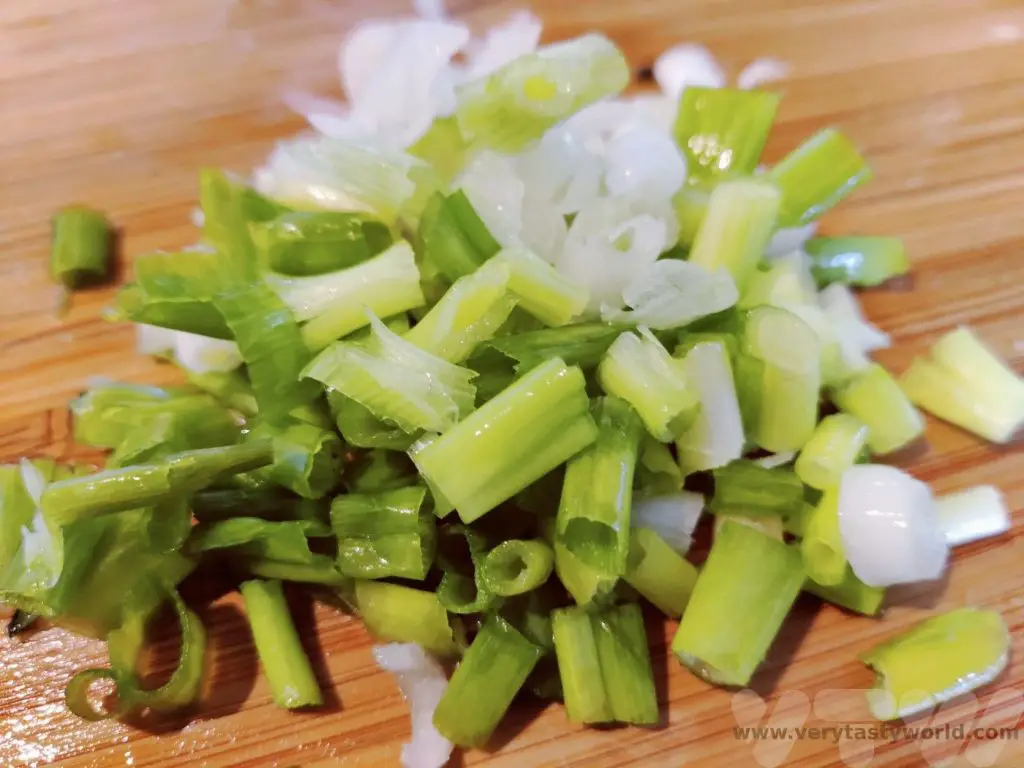
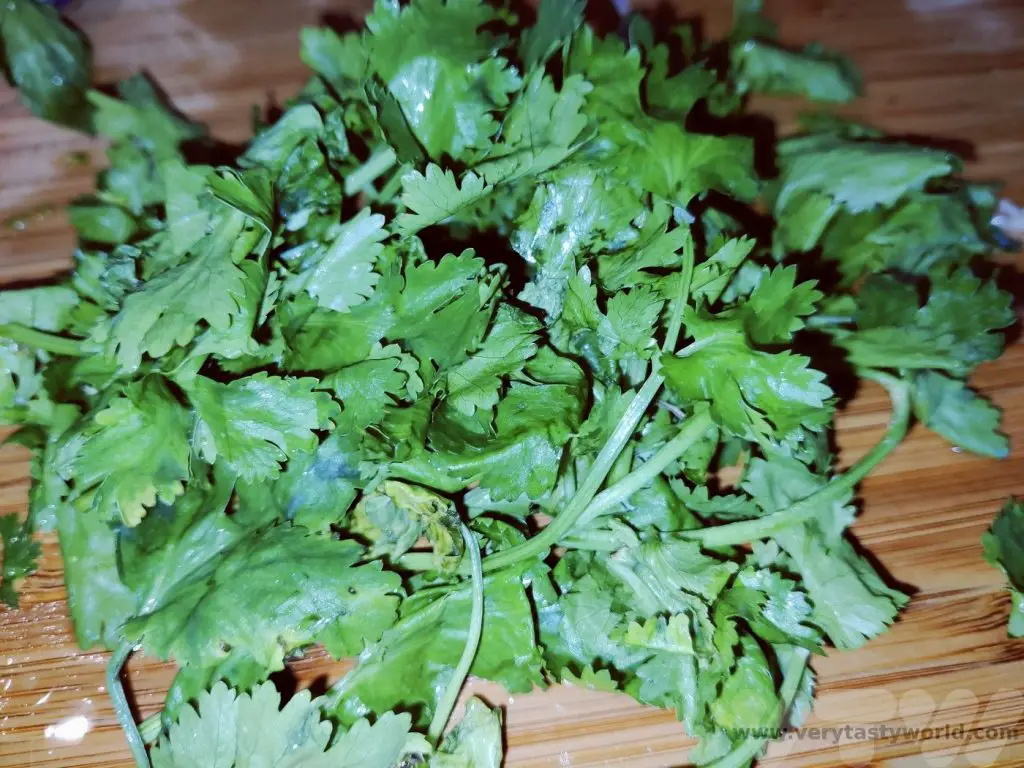
Place yoghurt in a bowl. Add the cucumber, spring onions and coriander.
Grate the garlic into the bowl – we find that a microplane grater is perfect for this. Our you could use a standard garlic press.
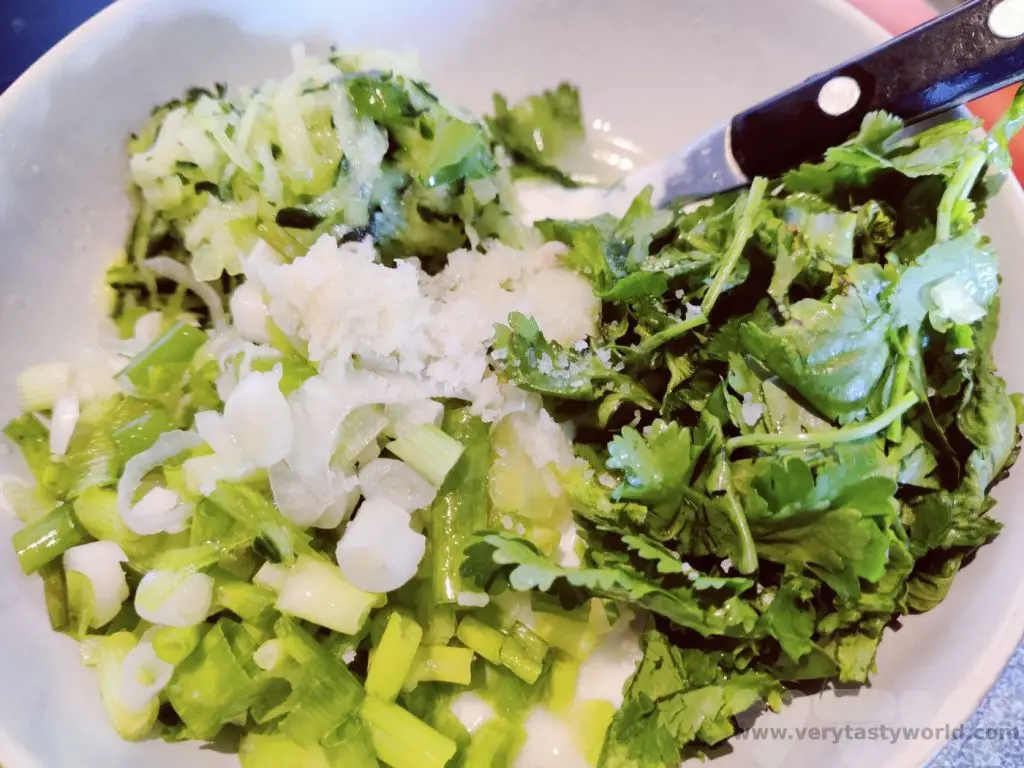
Squeeze the lemon to extract its juice, making sure that none of the pips end up in the mixture, and add the salt.
Mix together.
Ready to serve.
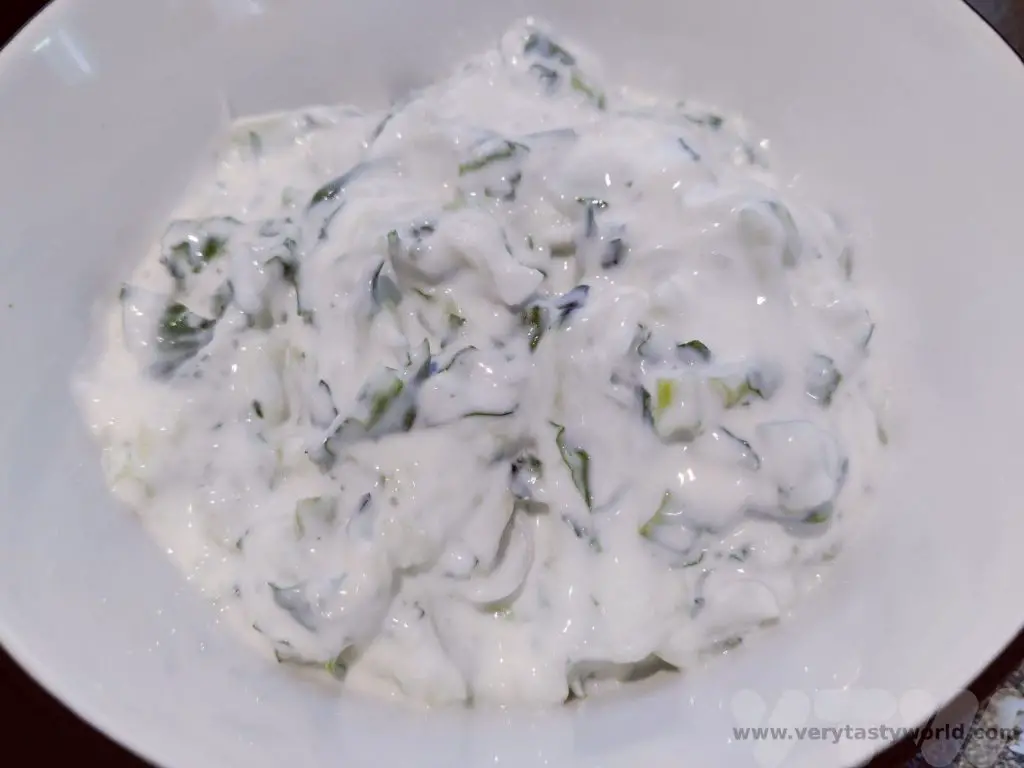
This works brilliantly to accompany a biryani, and cool it down if it’s particularly chilli hot.
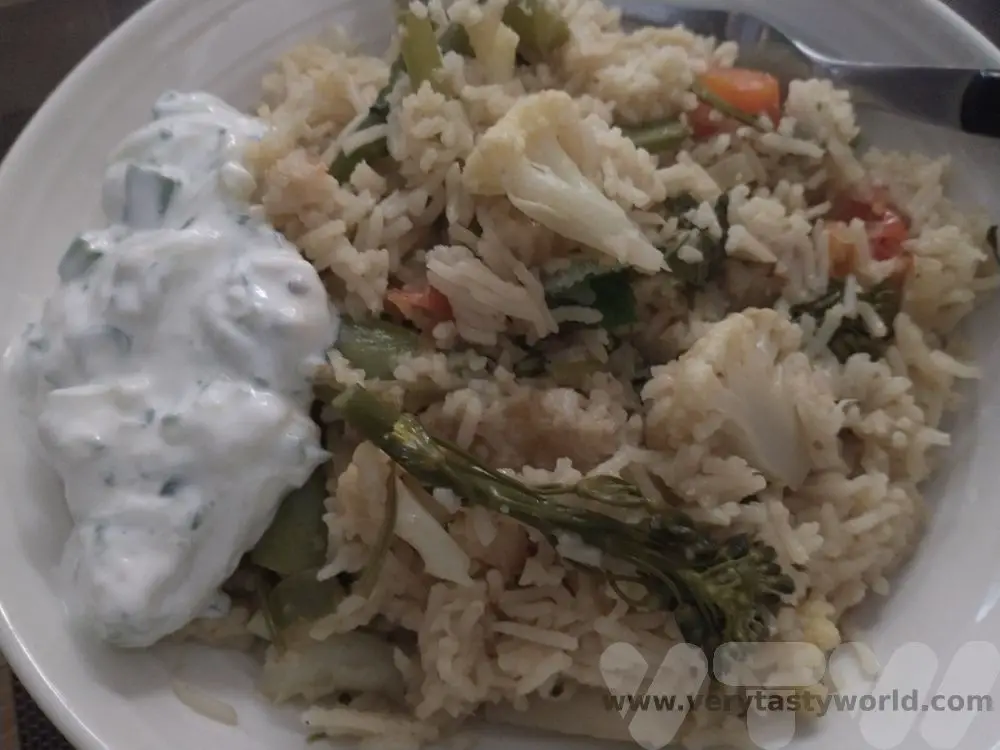
Or a delicious dollop as a great accompaniment to felafel in a wrap.
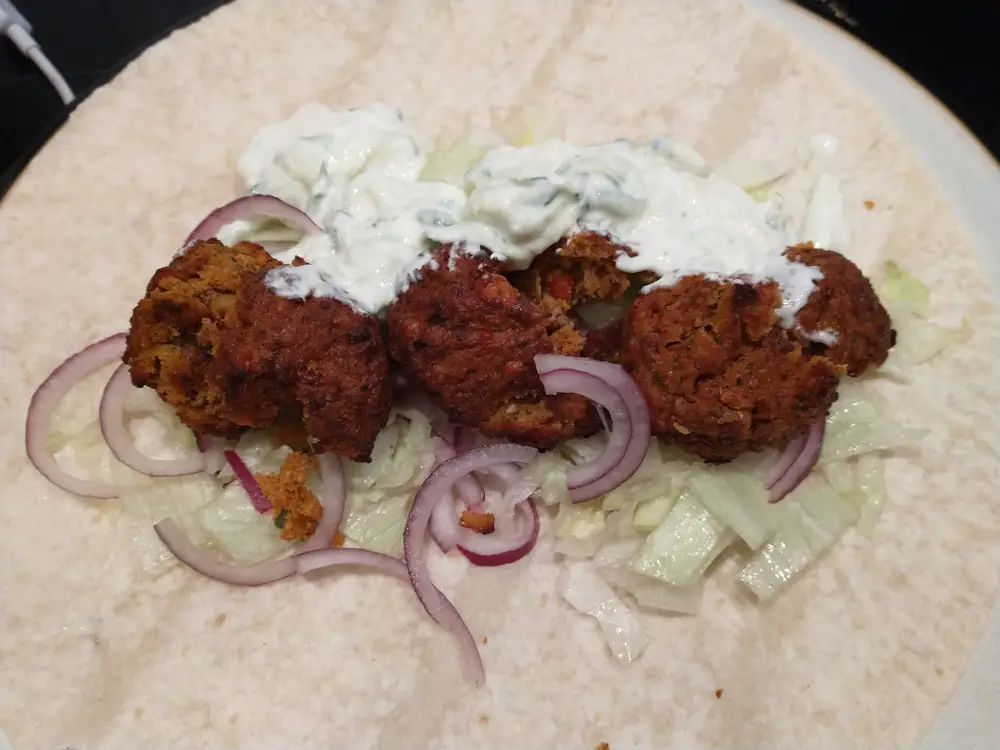
Or to accompany a Middle Eastern mezze. Here with home-made dolma (stuffed vine leaves), baba ganoush (aubergine dip) and tabbouleh (cous cous herb salad).
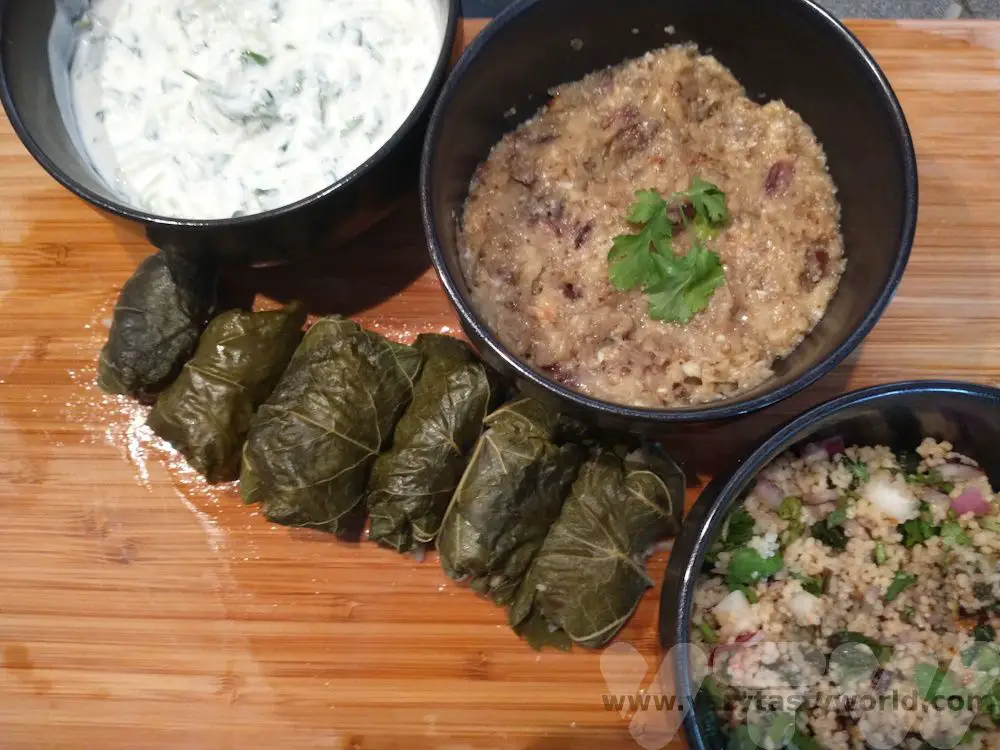
Related Posts You May Enjoy

- RECIPE Oyakodon Donburi
- Zero Waste Recipes Before Your Holiday
- RECIPE: Vegetable Biryani Tamil Nadu Style
- RECIPE: Vegan Wild Garlic Pesto
- Recipe: Venetian Pasta Sauce
- RECIPE: Biryani Raita Recipe
- RECIPE: How to Make Costa Rica’s Gallo Pinto
- Recipe: Japanese Simmered Pork Belly – Buta no Kakuni
- RECIPE: How to Make Umeboshi

The Makanai: Cooking for the Maiko House
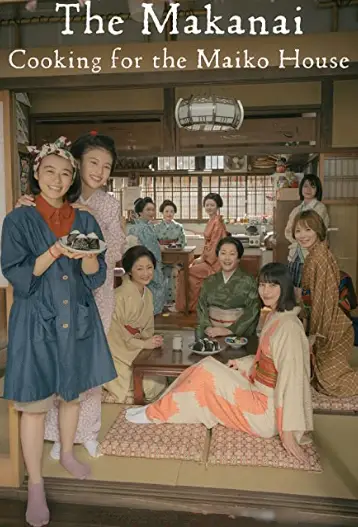
Director: Koreeda Hirokazu(是枝 裕和)
From the manga by Aiko Koyama
Starring: Nana Mori,Natsuki Deguchi,Aju Makita
Cuisine: Japanese
Country (of film origin): Japan
TV Rating: 9/10
Foodie Rating: 9/10
Review: Cuisine and culture combine in an emotional and educational entertainment about Kyoto life, friends, futures and food.
There’s a line in anarchic 80s British TV show The Young Ones when punk student Vivyan, talking about a TV show, yells, “It’s so bloody nice!” Whereas his character despised feelgood TV, you just can’t help falling for the voie de vivre while watching The Makanai, a charming and quite delightful Netflix series. Based on the manga Kiyo in Kyoto: From the Maiko House by Aiko Koyama, the teleplay is written and partly directed by Koreeda Hirokazu, whose Palm d’Or winning film Shoplifters ( 2018) takes a very different perspective on food and society.
Kiyo Nozuki (Nana Mori) and Sumire Herai (Natsuki Deguchi) are two best friends from Aomori prefecture who leave the cold northern region of Japan to become maiko in Kyoto. Maiko are apprentice geiko (the Kyoto term for geisha) and the sixteen year olds will join the Saka establishment and train in the arts of traditional singing and dancing. This is a whole new world for the pair as they need to learn the etiquette and the correct way to address their superiors and other maiko in their house – the geiko are ‘mother’ and their maiko companions are referred to as ‘sister’. It’s hard work and the daily routines preparing for the coveted roles are tough as they train and practice new skills.
In fact, it’s so tough that Kiyo just can not meet the requirements of the training and the mothers sadly inform her that she will not become a maiko. However, they recognise that she is a hard worker and a great cook, so Kiyo stays in the maiko house to become a worthwhile addition to the business as a makanai. It is her job to purchase all the food and prepare delicious meals for the household. So she dedicates herself to getting up early in the morning to embark on shopping trips to familiarise herself with market vendors so that she can obtain the necessary ingredients.
It is fortunate that her grandmother taught her to cook because the plethora of delicious dishes that Kiyo can produce is awesome in its variety and each meal looks utterly delicious. Fortunate for foodie viewers the creation of these dishes is shown in vignettes which will not only have your mouth watering, they will provide lots of inspiration for future recipes.
And so we follow Sumire’s journey as she becomes a talented apprentice with huge potential to progress to becoming a respected maiko and Kiyo, who could have been immensely jealous of her friend’s success, is unwaveringly supportive and genuinely happy in her new role.
Traditional events, integral to Kyoto culture and cuisine, are depicted through the whole series. Perhaps the most significant event occurs in episode seven by which time Kiyo is fully established as the makanai. The geiko and maiko ladies start the new year by attending a formal ceremony. But Sumire falls ill and loses her appetite, and it is down to Kiyo to cook up some comfort food. She is advised to produce a traditional Kyoto based remedy – udon noodles in broth – which requires distinct ingredients and implementation that the exceptional cook must learn to create.
Her regular market proprietors advise on the best venues in obscure parts of town to get the required ingredients to make an exemplary dashi (broth). A prodigious bonito flake creator marks the beginning of her quest and an exemplary kombu (kelp) nori (seaweed) producer introduces her to perfectly dried sheets of seaweed. This is as much a learning experience for the viewer as it is for our protagonist, although we can but dream of such delicacies.
The Makanai: Cooking for the Maiko House is a series unlike anything you have ever seen before. It is so full of companionship and understanding you genuinely take delight in the niceness portrayed; it’s as sweet as some of the immaculate desserts that Kiyo creates. When a series makes you want to have a delicately shaped egg sandwich and deep fry the crusts for an additional snacky surprise you know you have seen something different and delightful.
This is also a show about food and cookery in that the creation of the meals are an important element the story. And therein lies the show’s only real problem – you want there to be an ingredients list before each episode so you can make the dish afterwards. We’re definitely going to try some of the goodies that the maiko enjoyed. Be warned though – make sure you eat before watching or face inevitable pangs of hunger…
Related Posts You May Enjoy
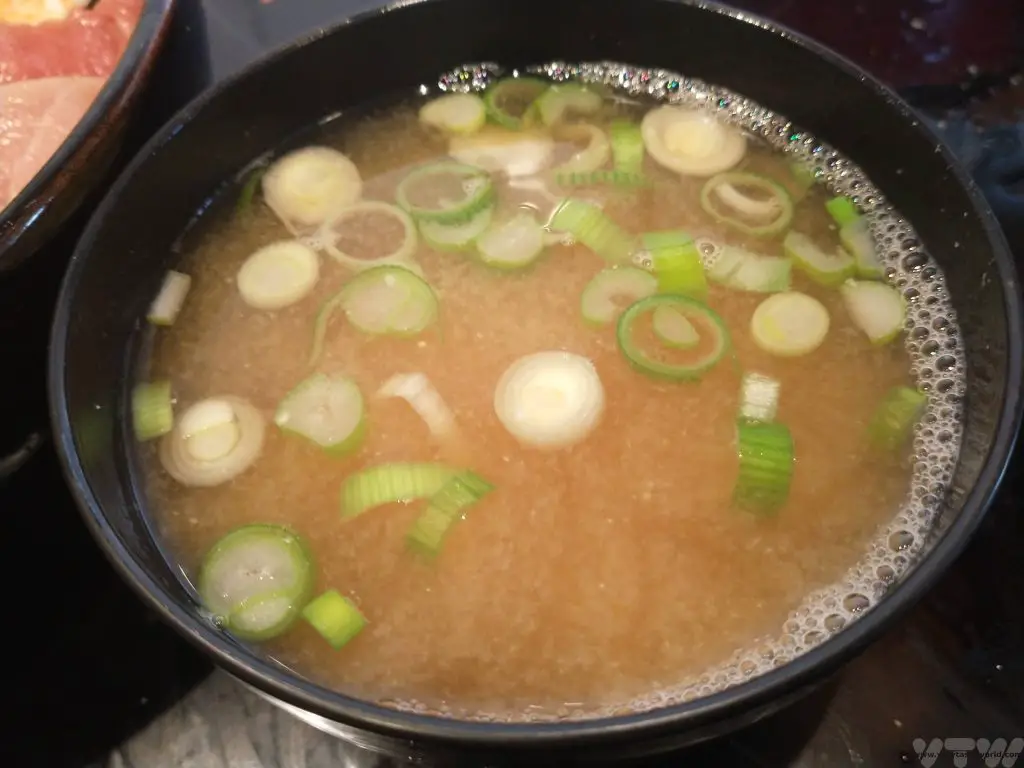
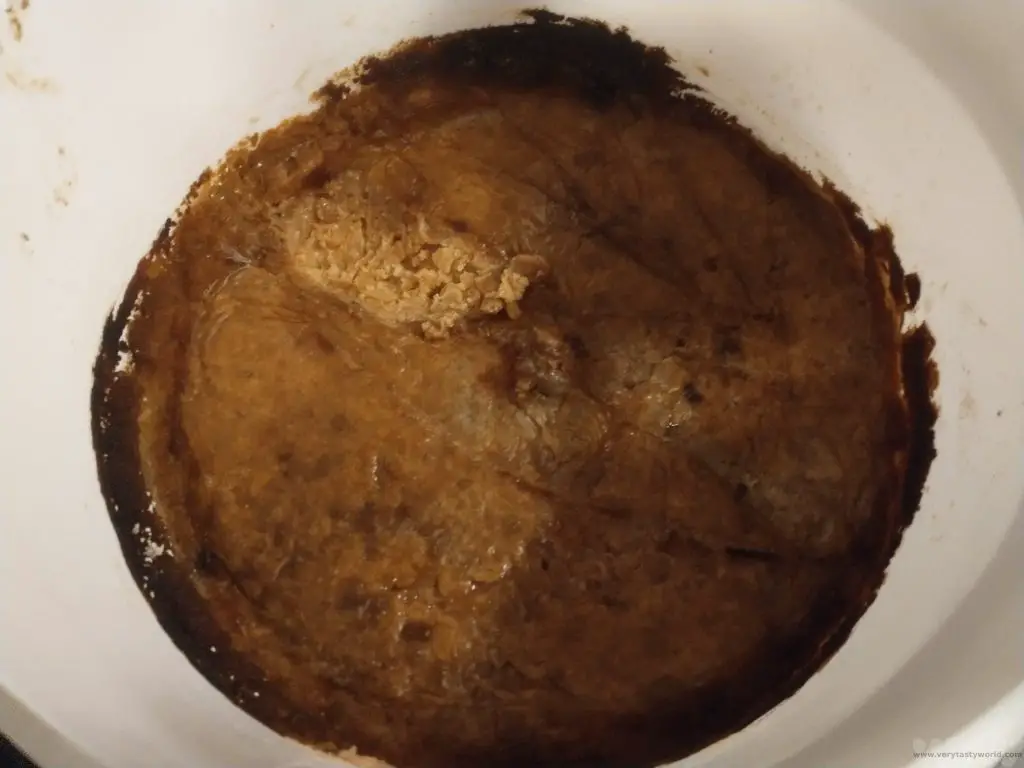

- The Makanai: Cooking for the Maiko House
- Film Review: Bao (2018)
- Film Review: Jadoo (Kings of Curry 2013)
- Film Review: Ramen Girl (2008)
- Film Review: Nina’s Heavenly Delights (2006)
- Film Review: Chocolat (2000)

- RECIPE Oyakodon Donburi
- Zero Waste Recipes Before Your Holiday
- RECIPE: Vegetable Biryani Tamil Nadu Style
- RECIPE: Vegan Wild Garlic Pesto
- Recipe: Venetian Pasta Sauce
- RECIPE: Biryani Raita Recipe
- RECIPE: How to Make Costa Rica’s Gallo Pinto
- Recipe: Japanese Simmered Pork Belly – Buta no Kakuni
- RECIPE: How to Make Umeboshi
